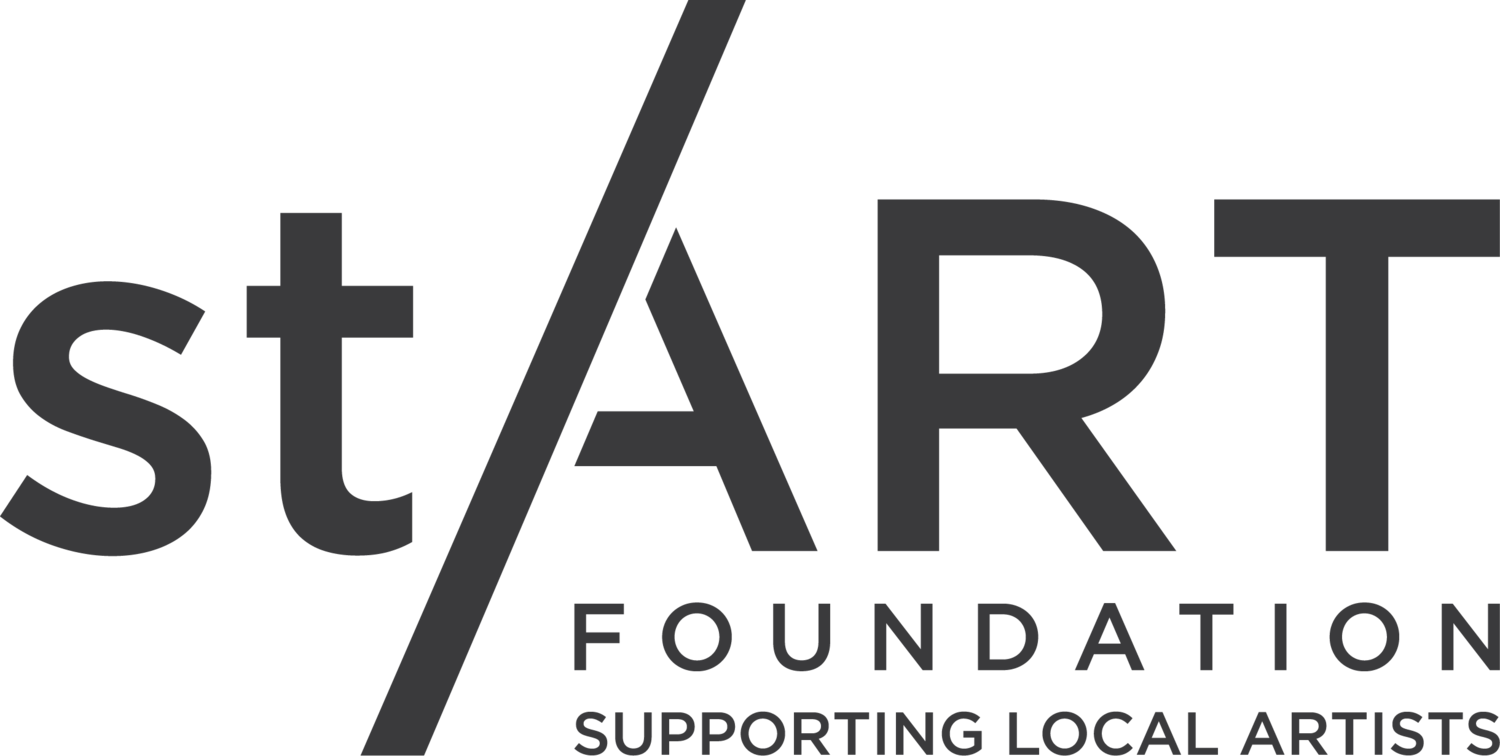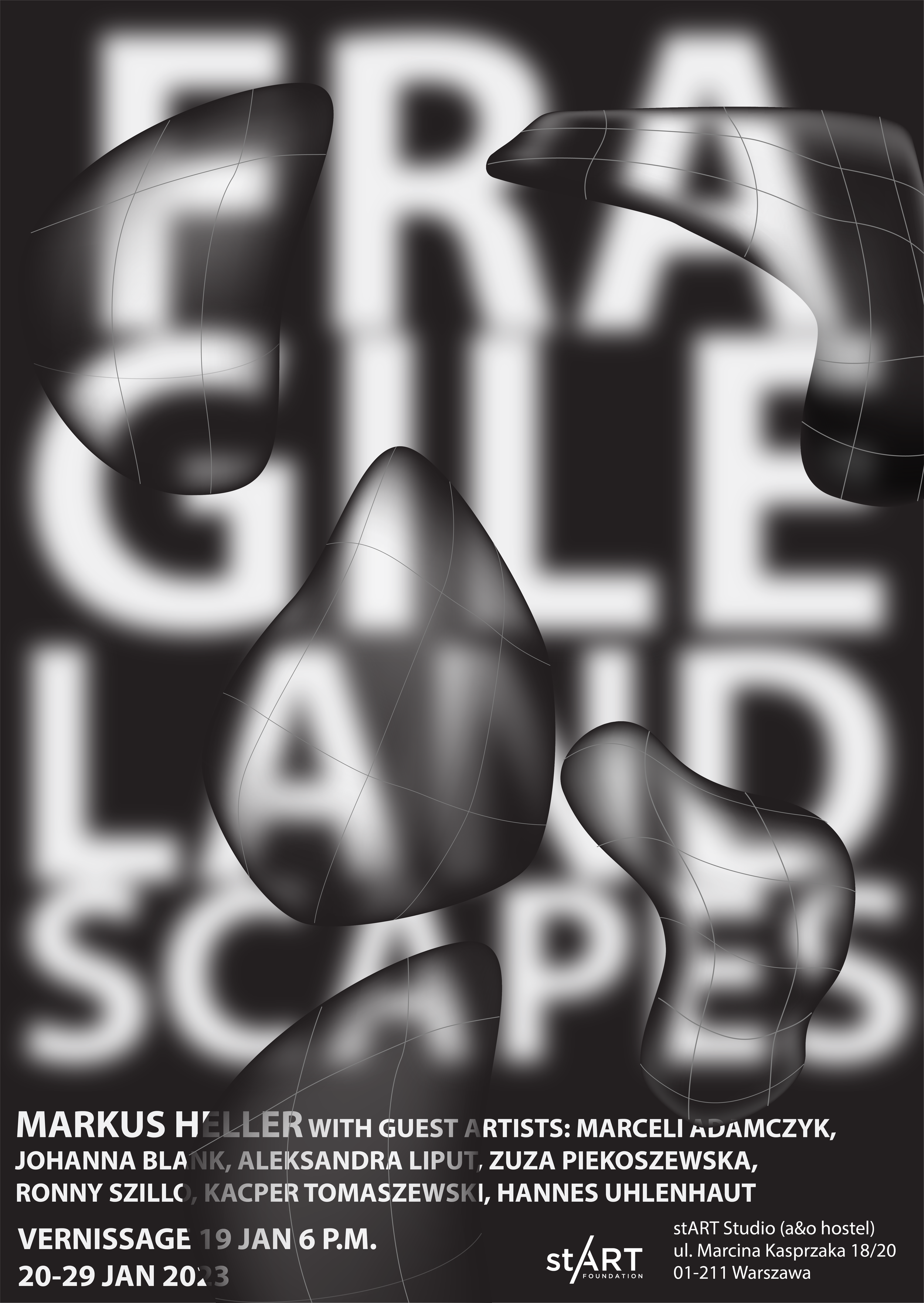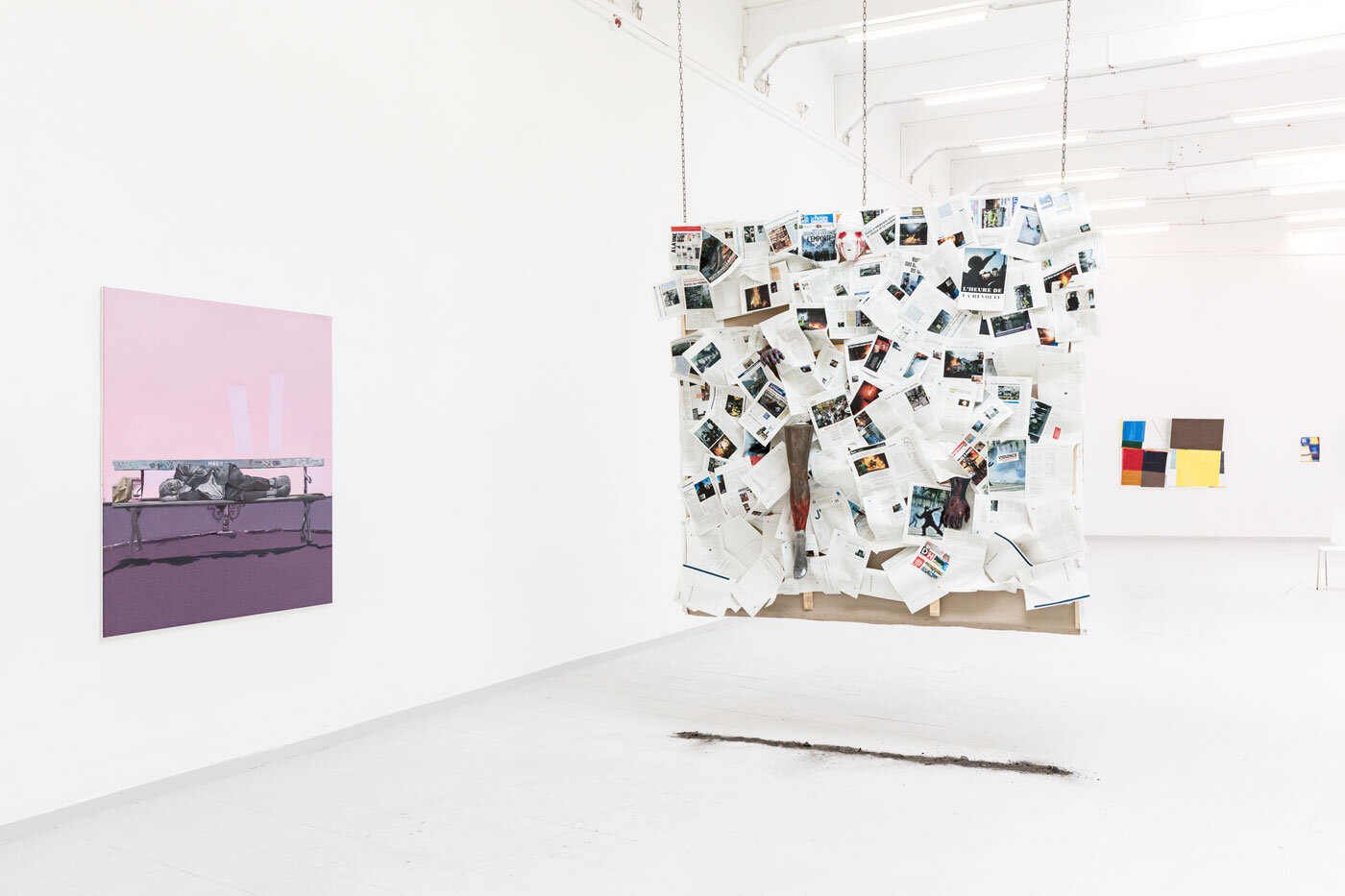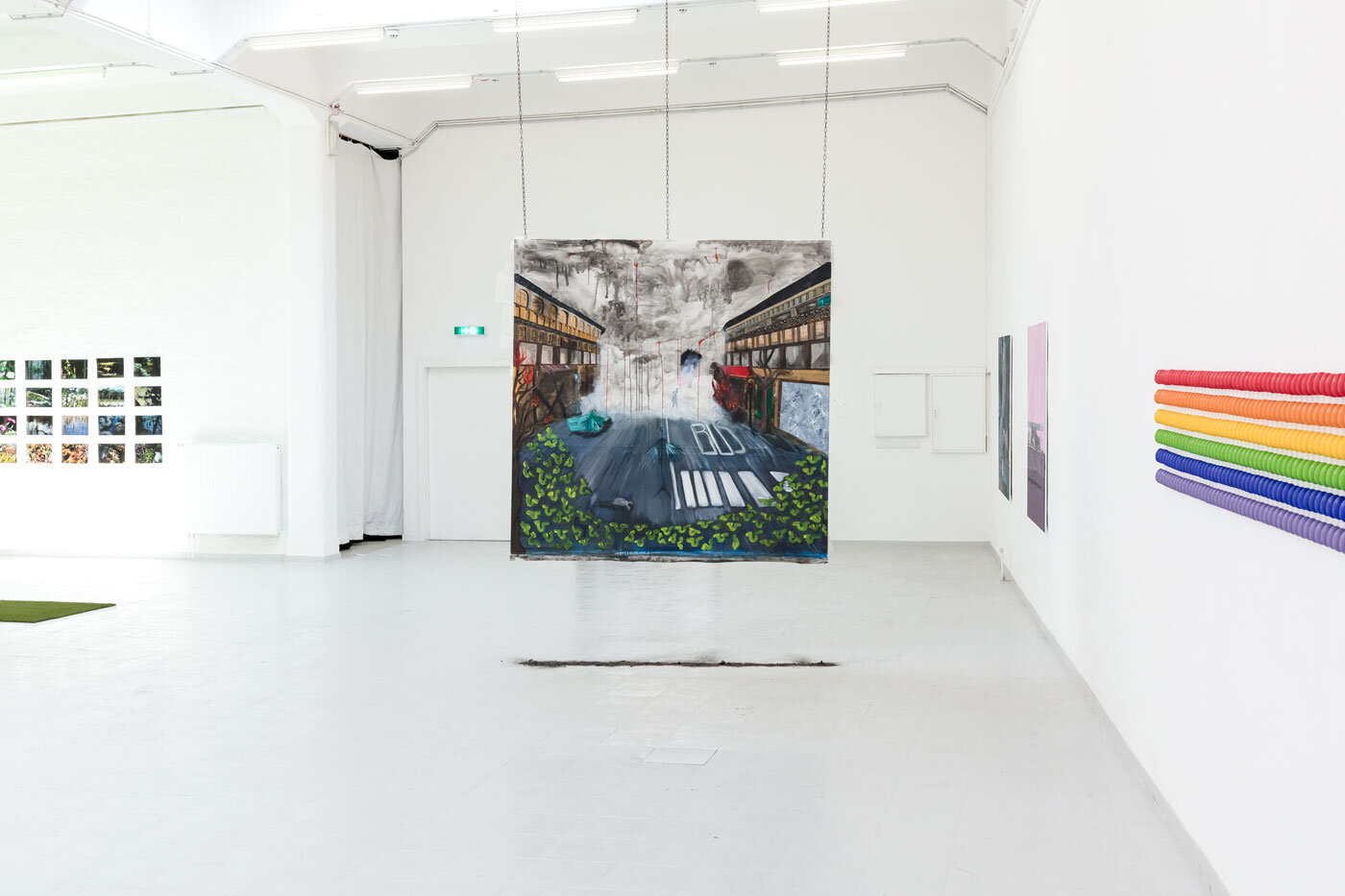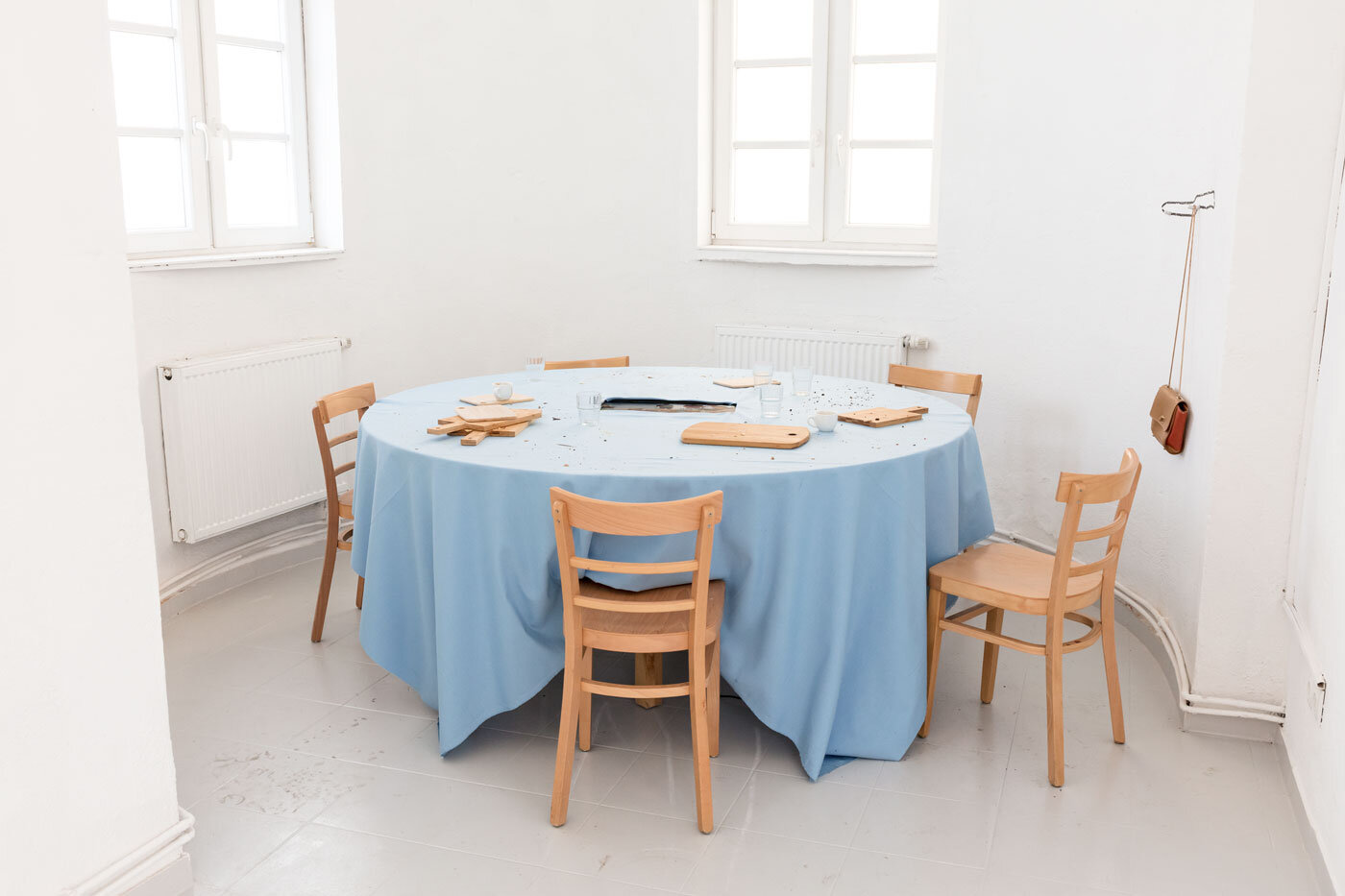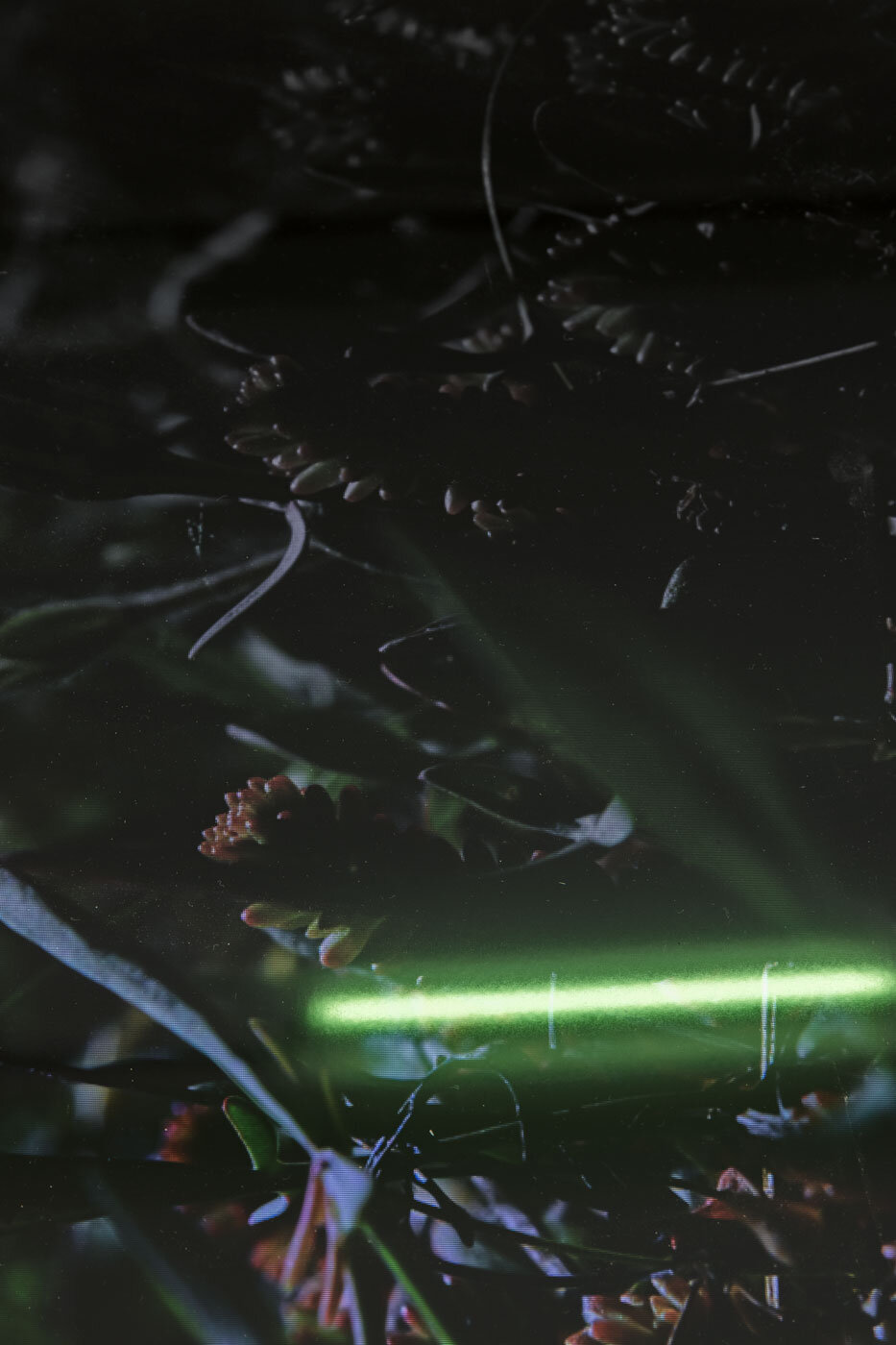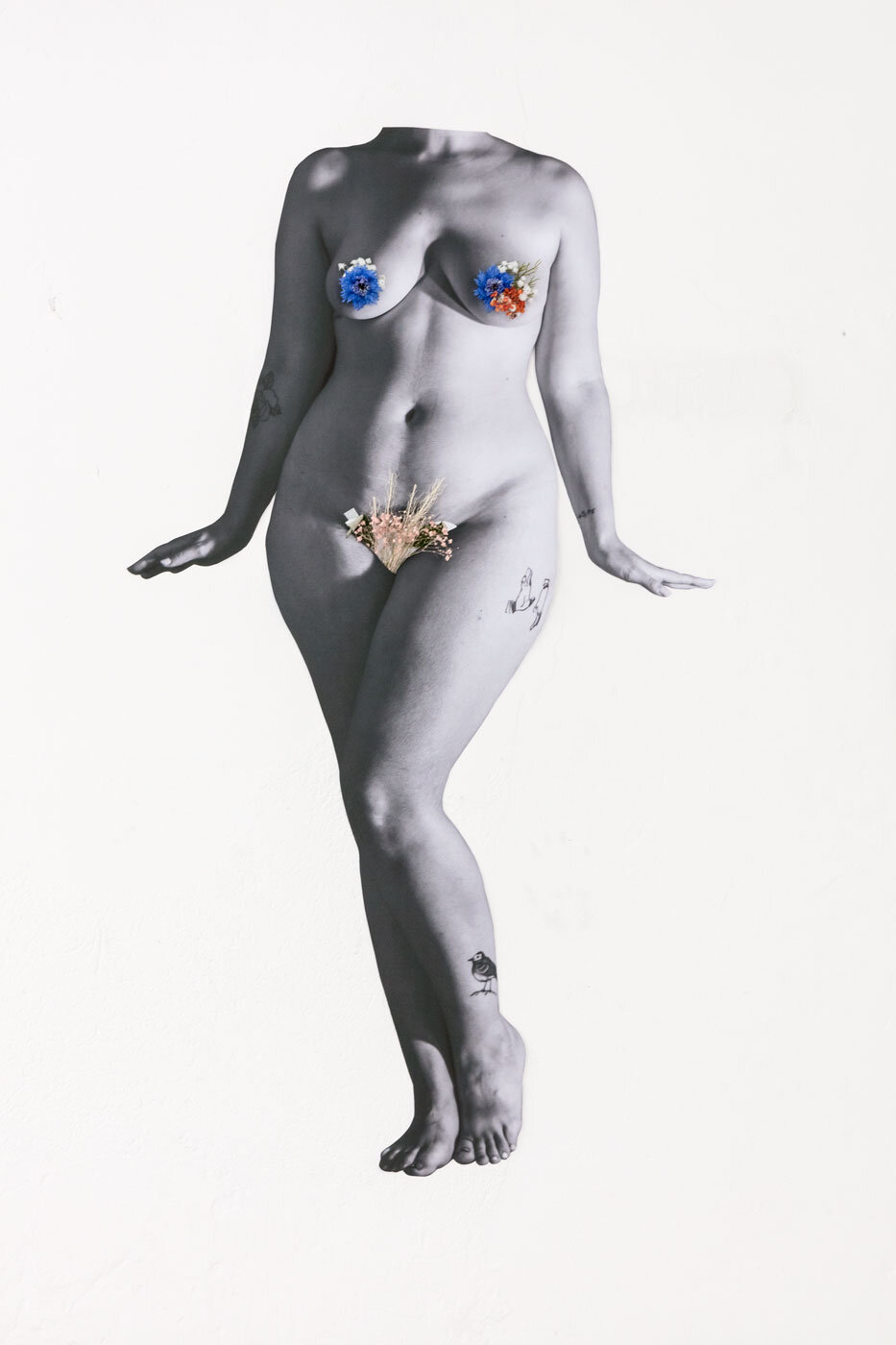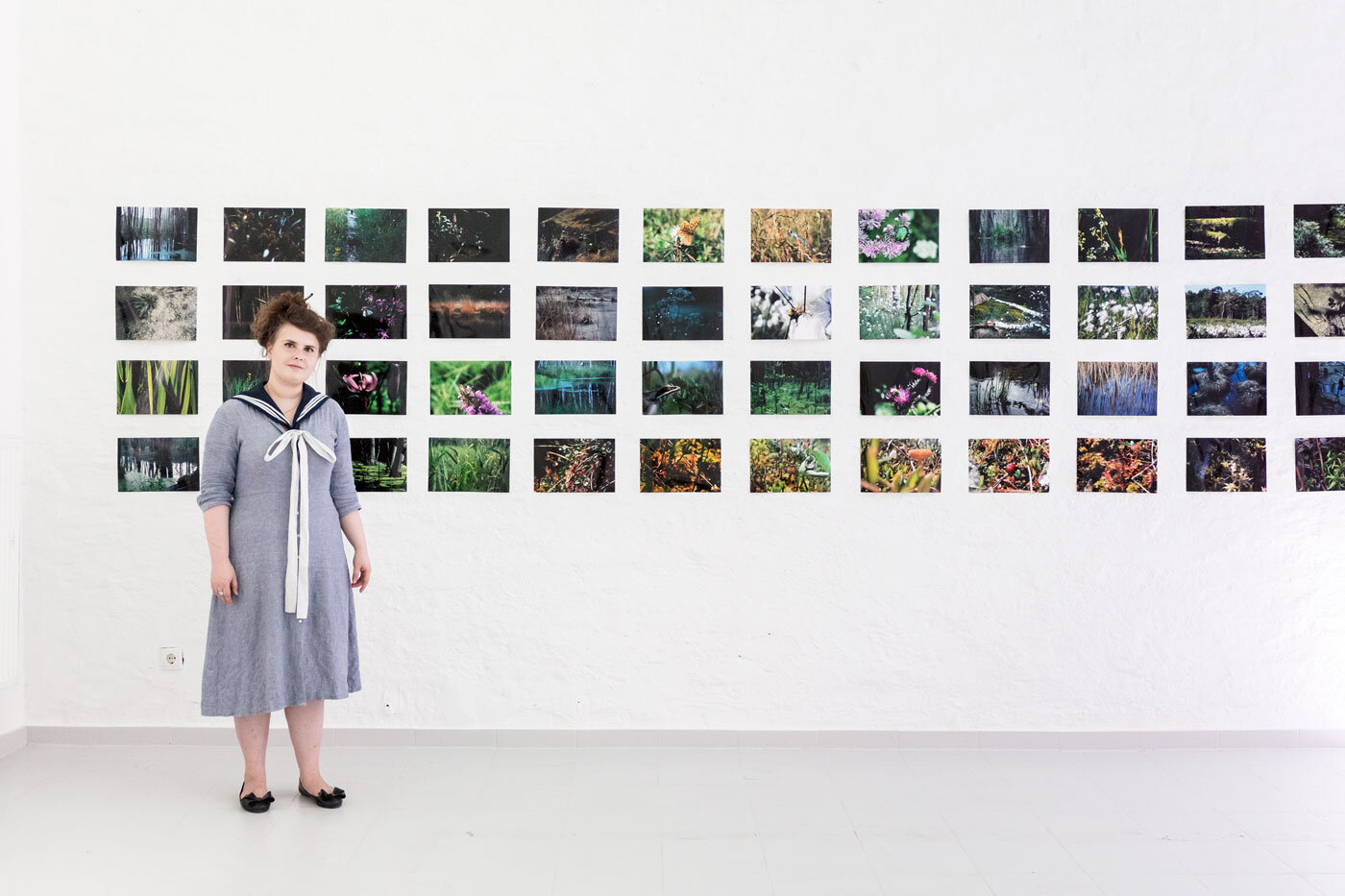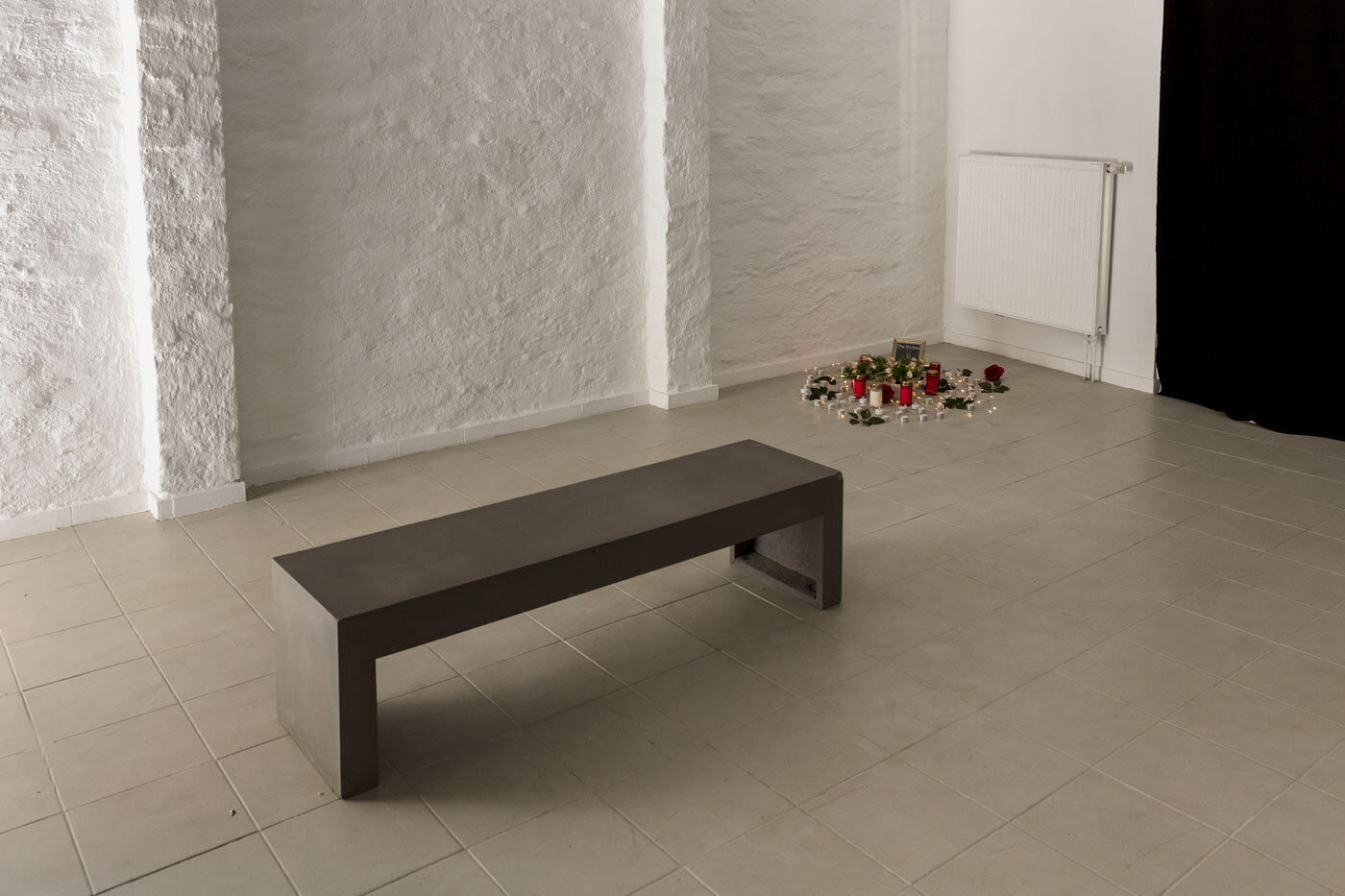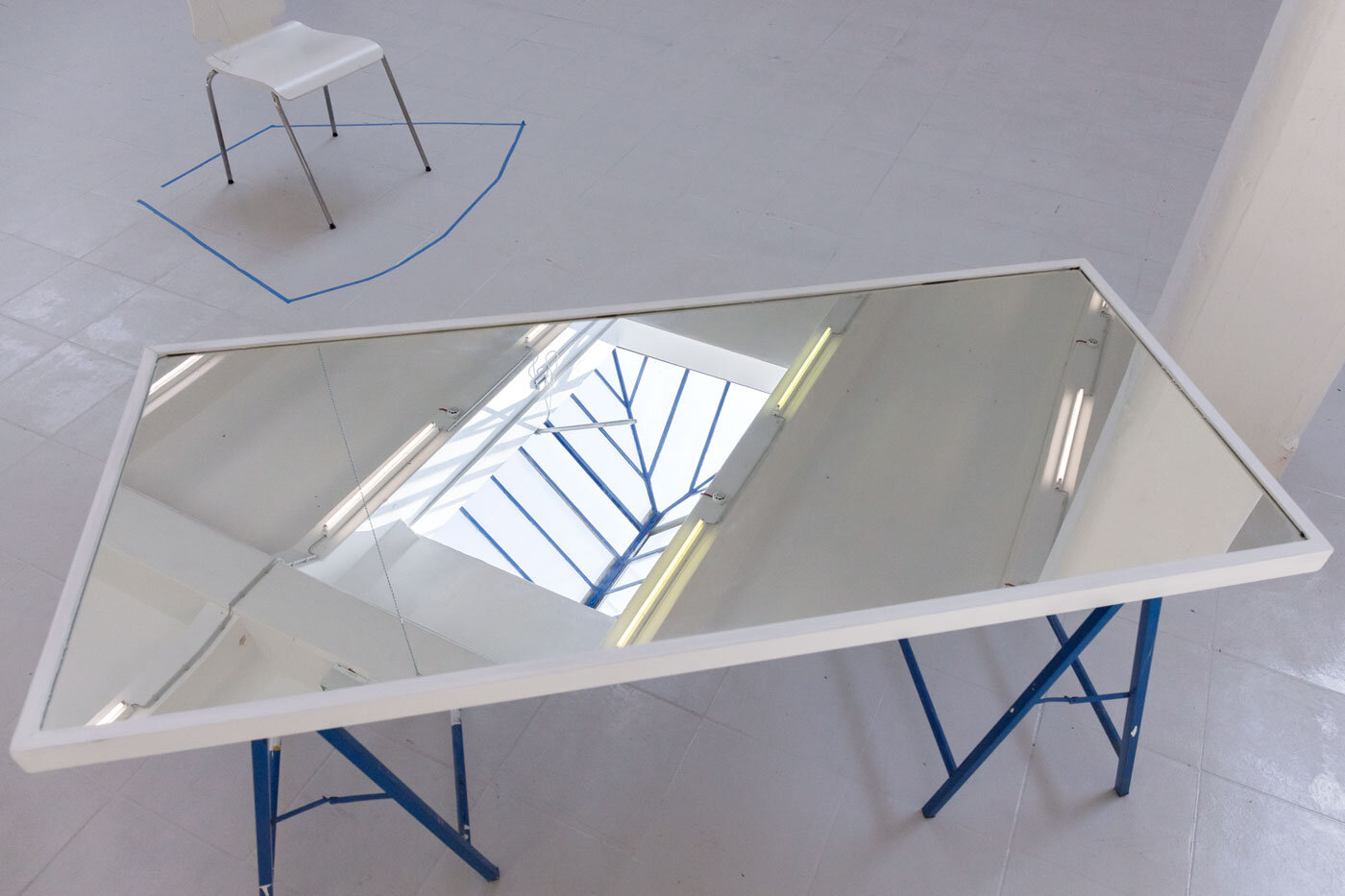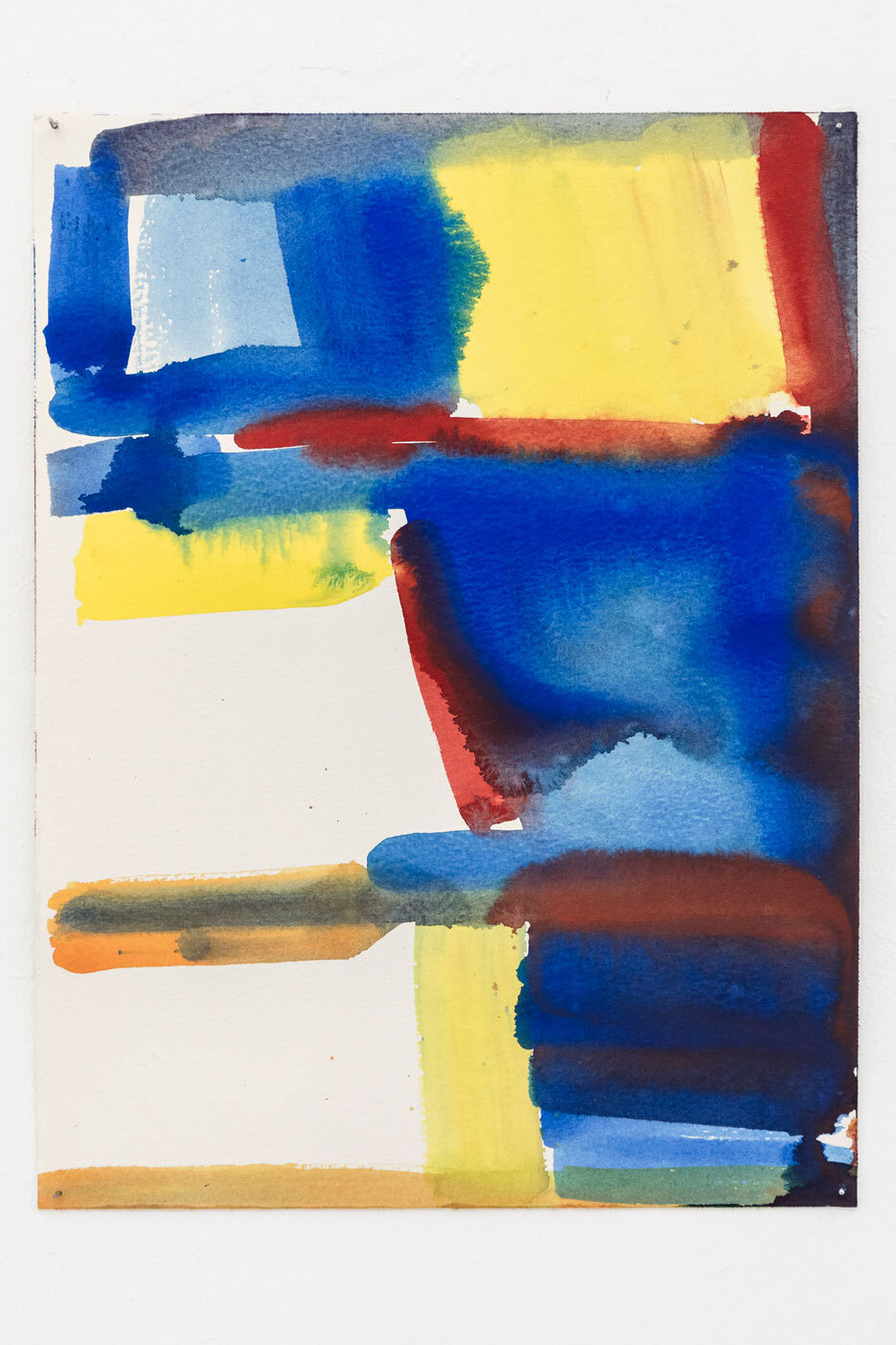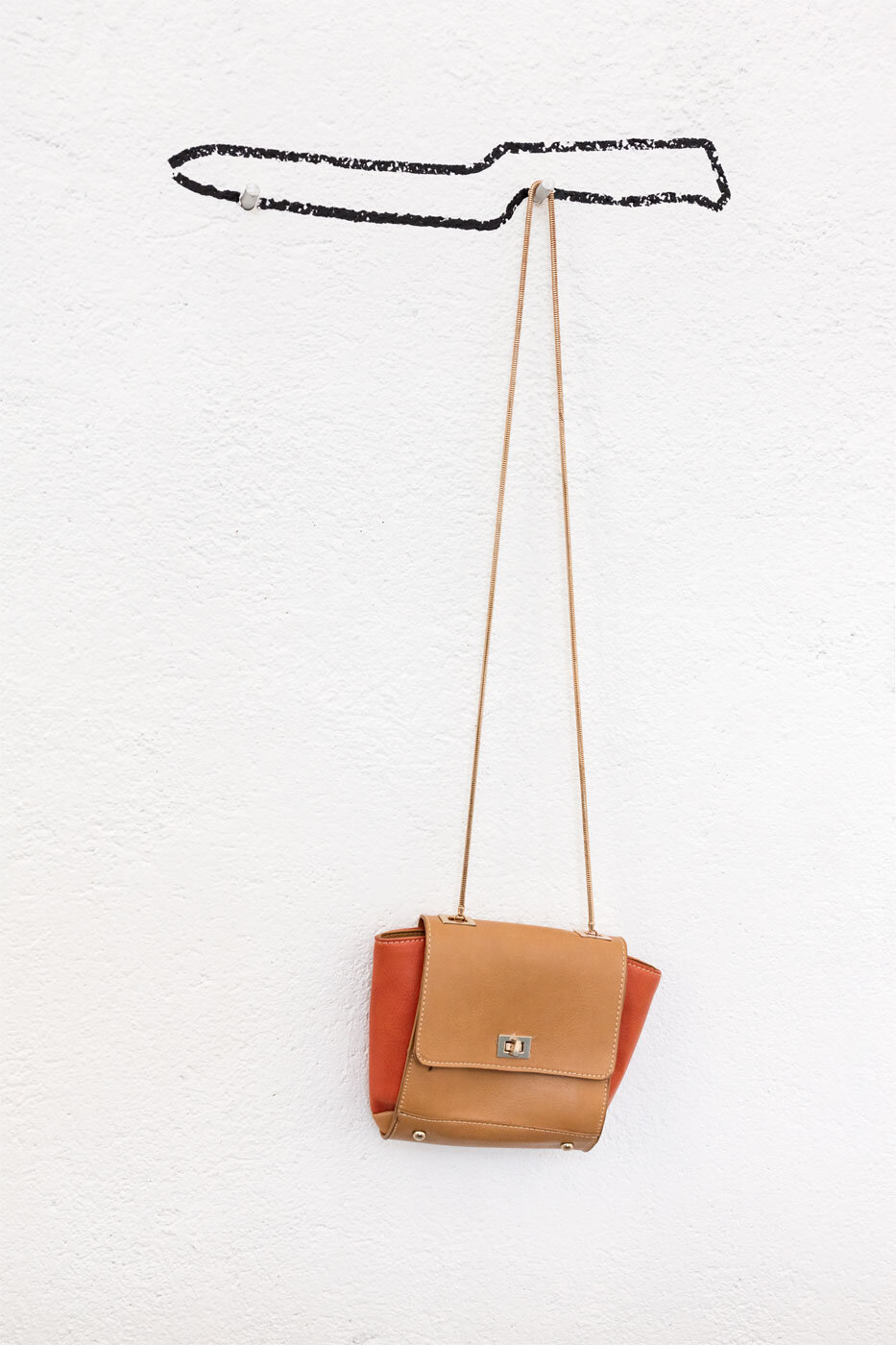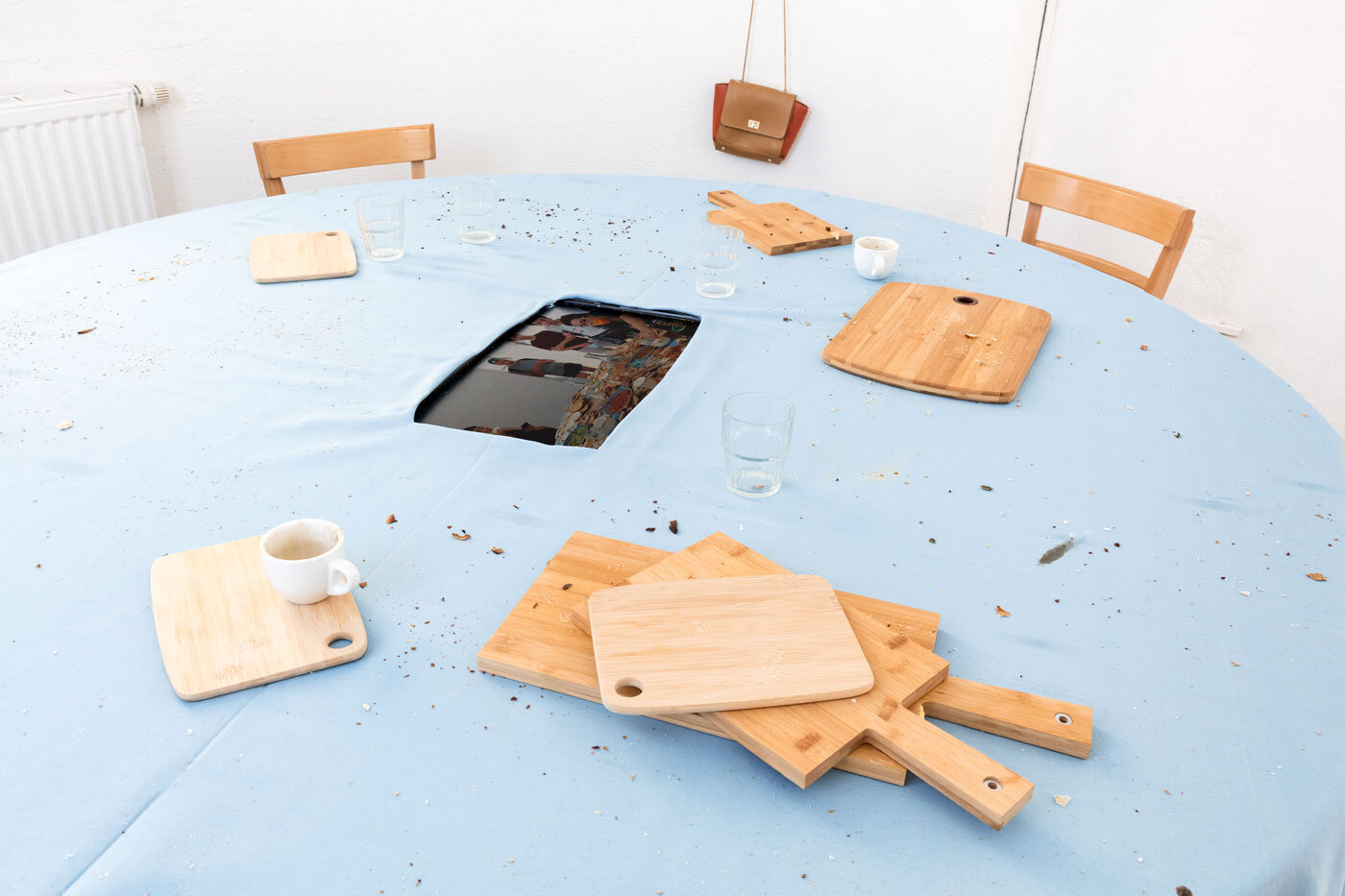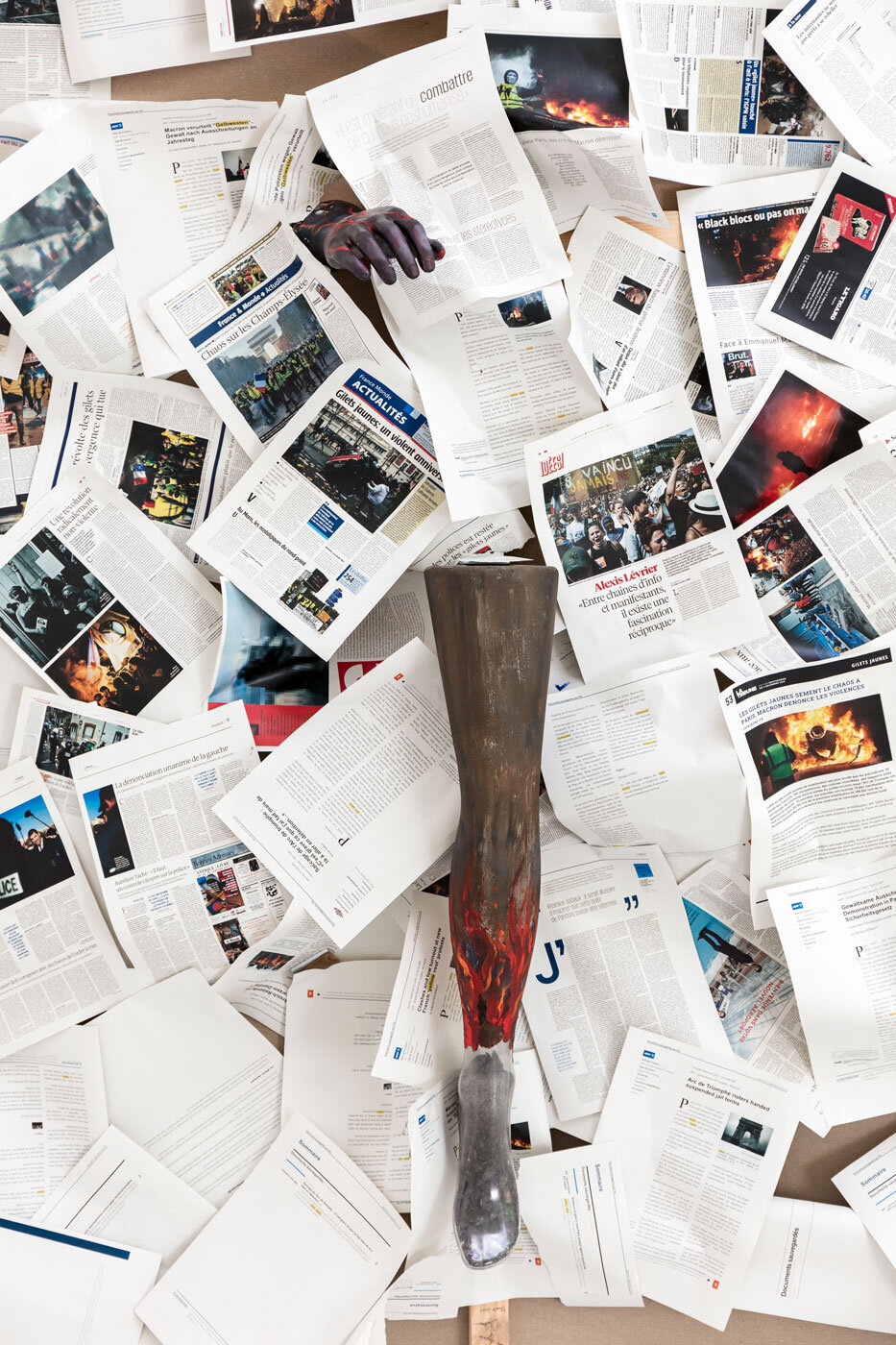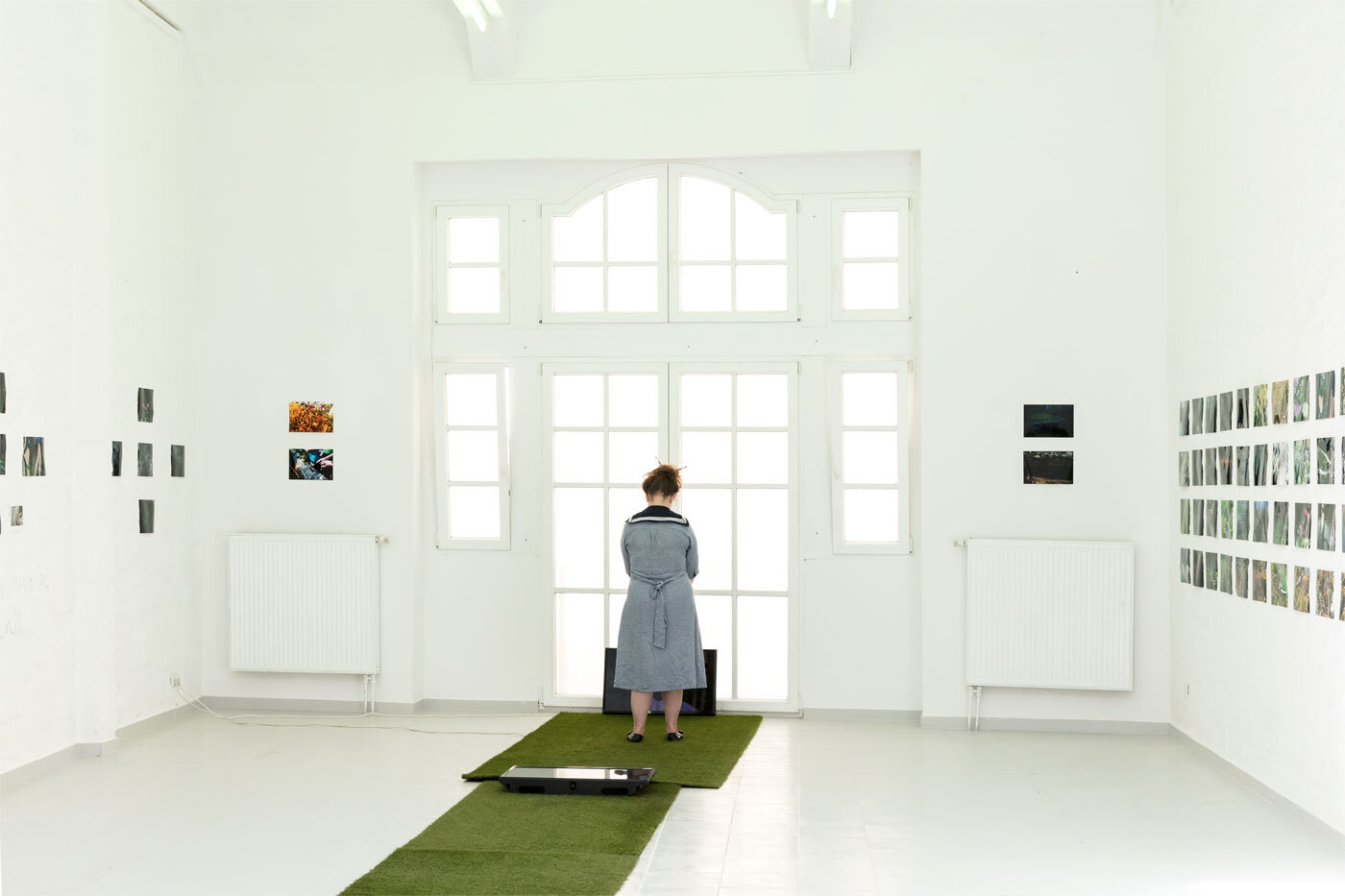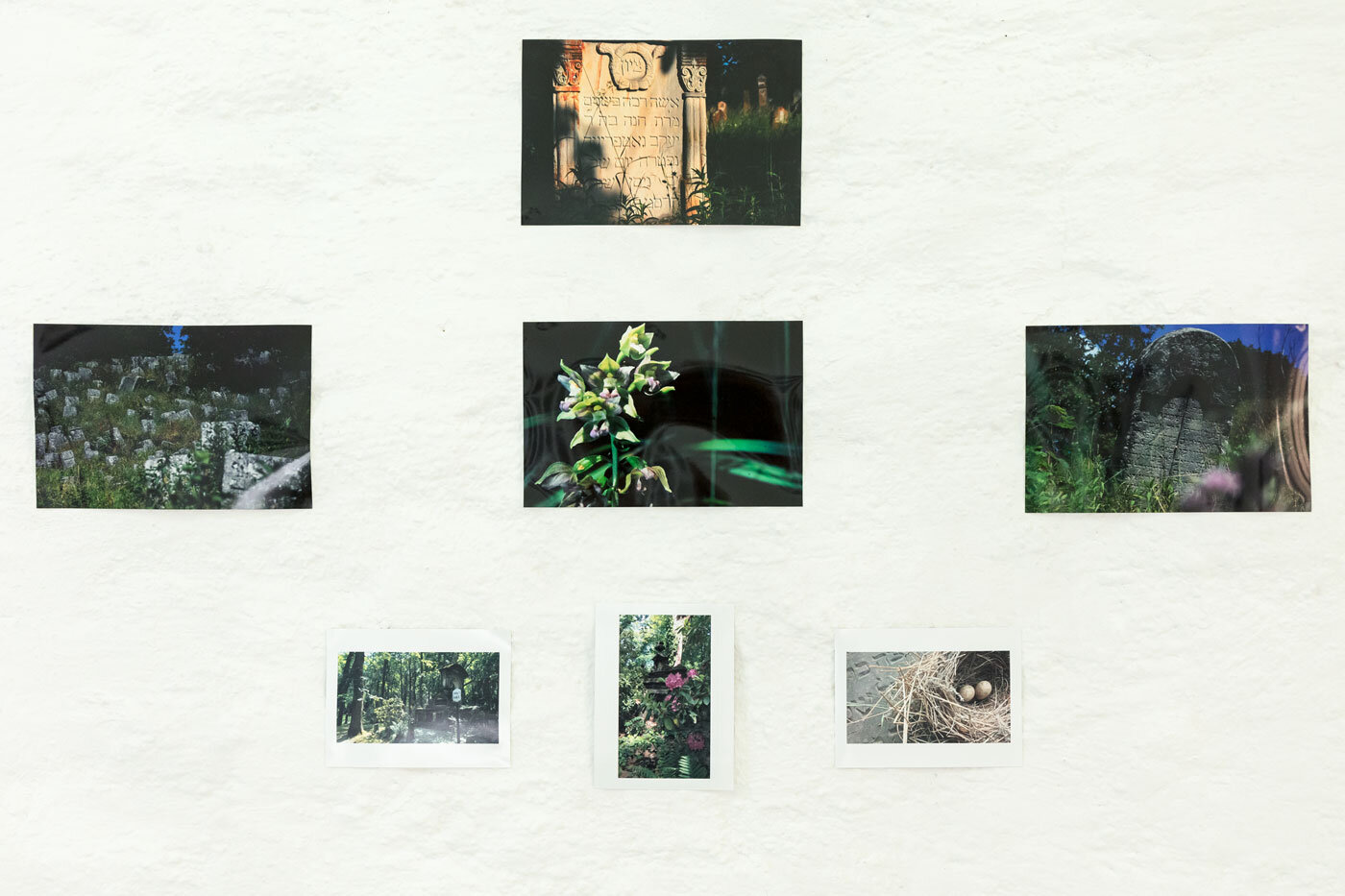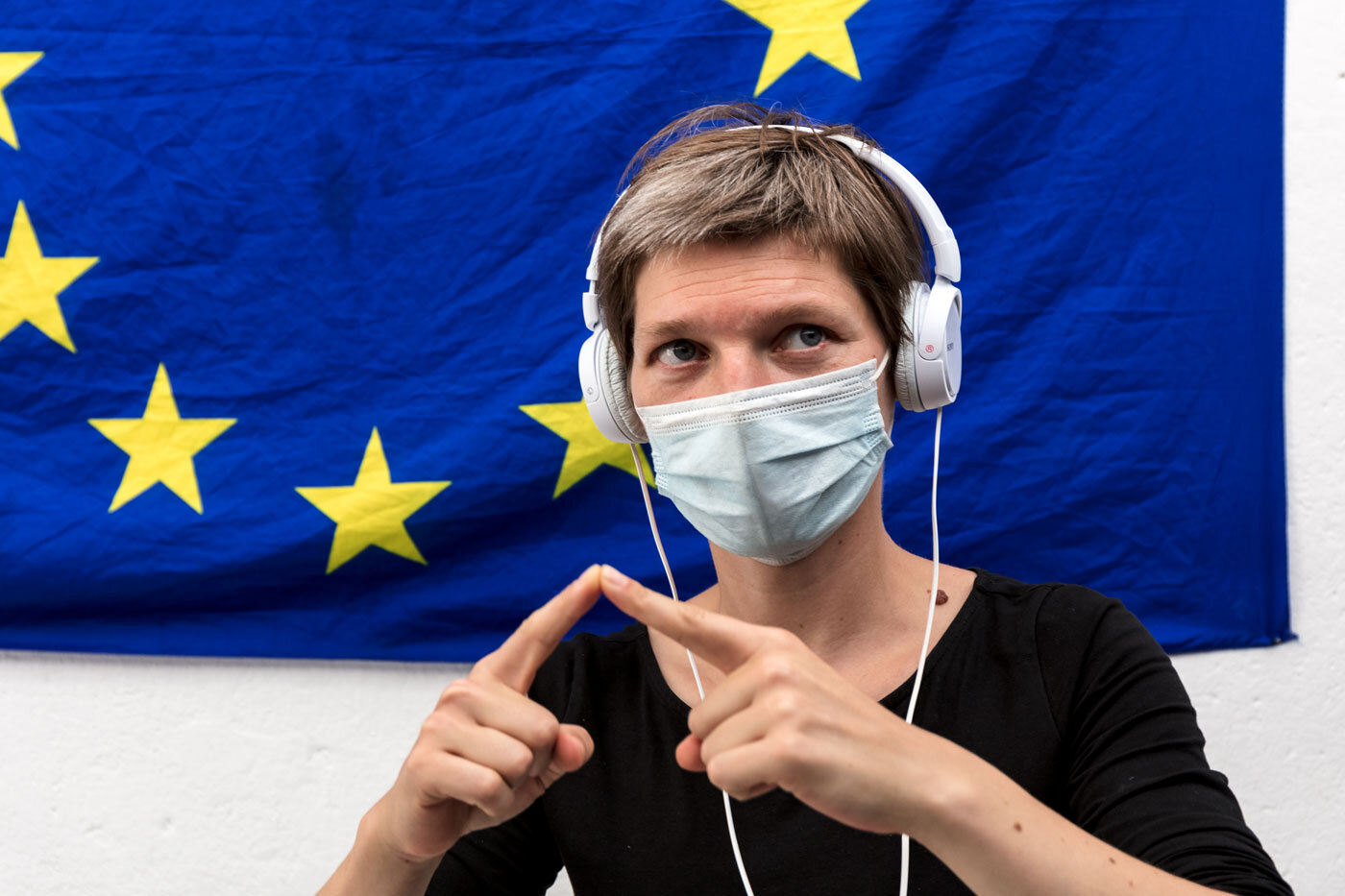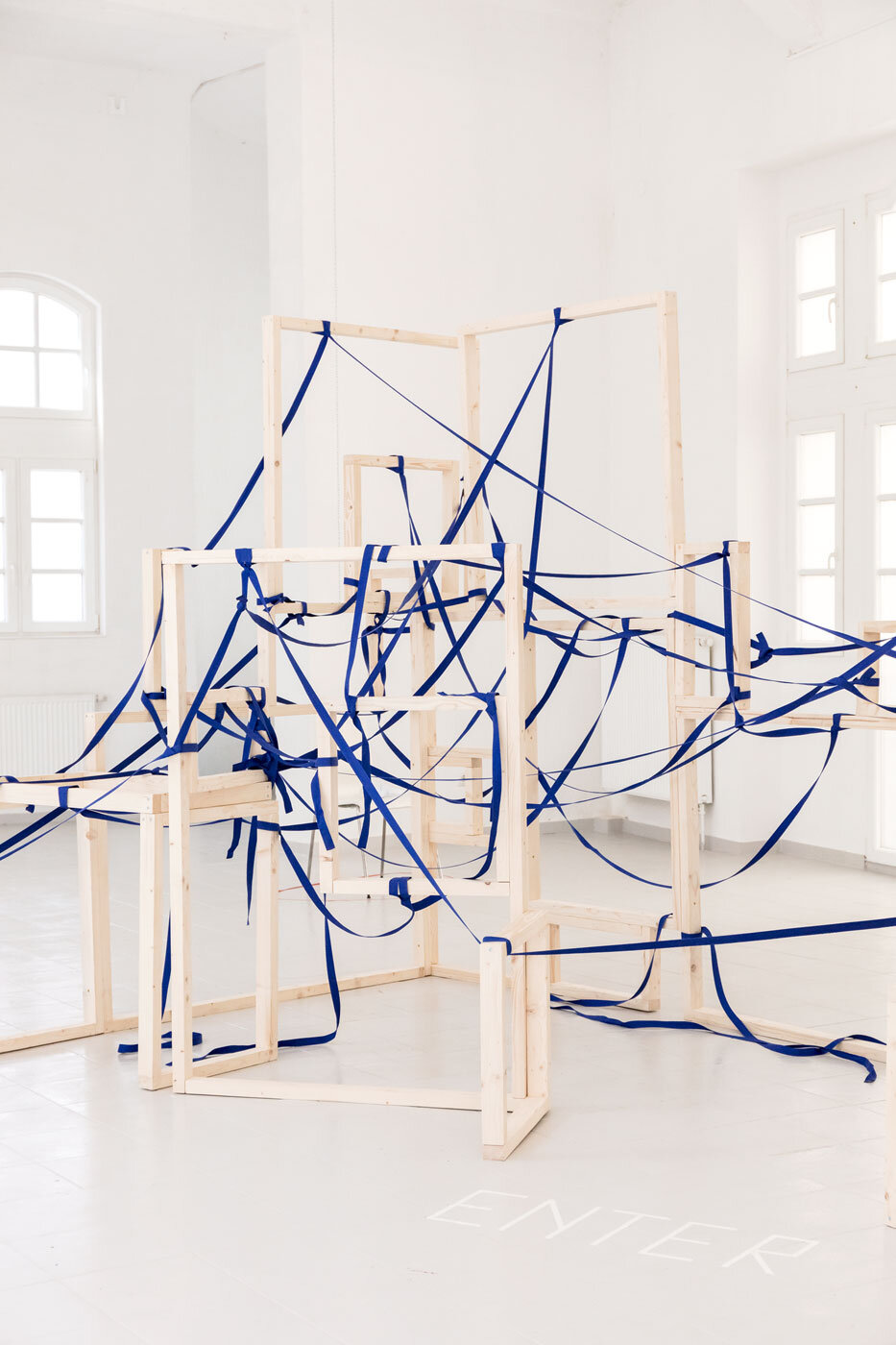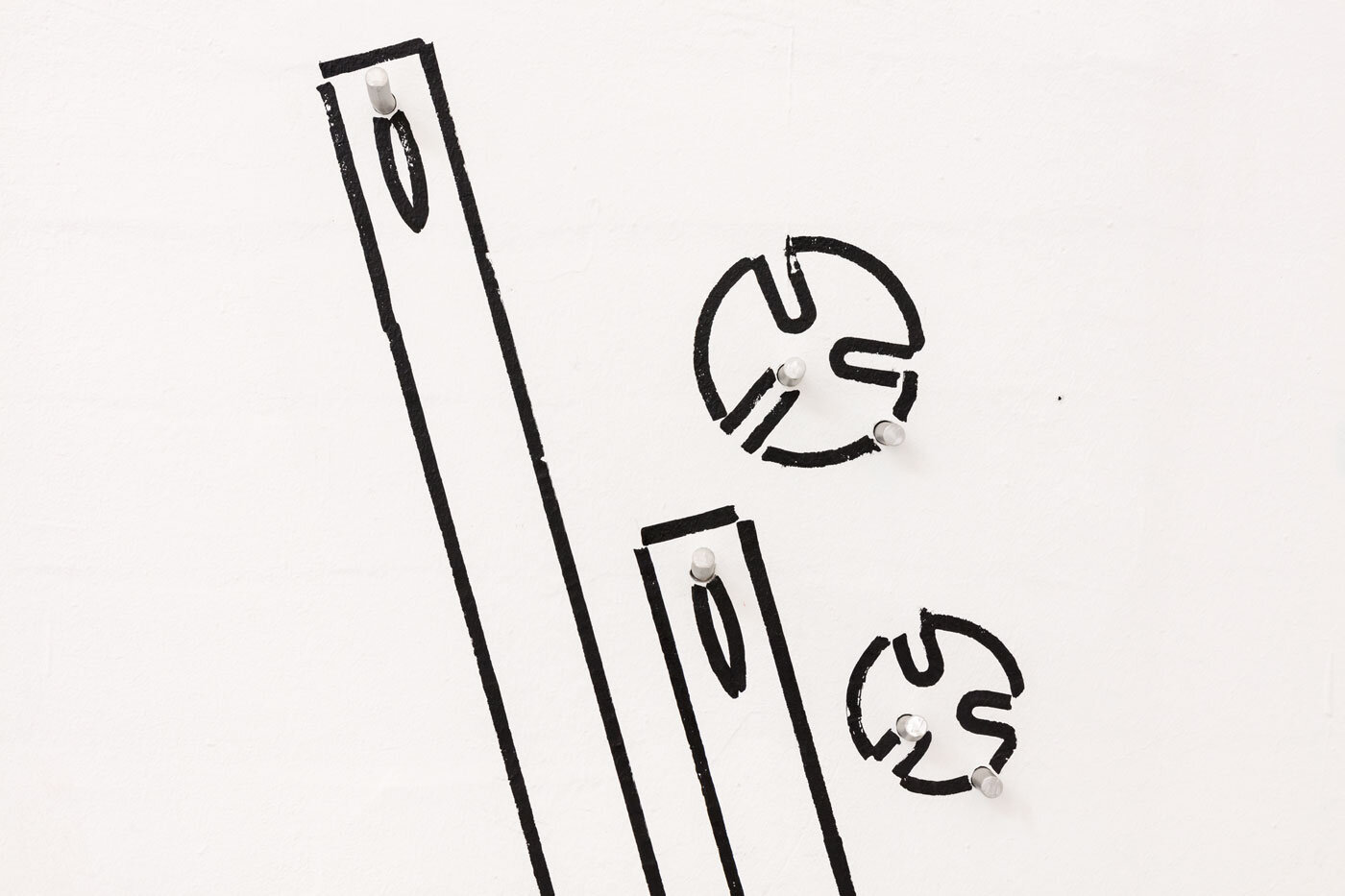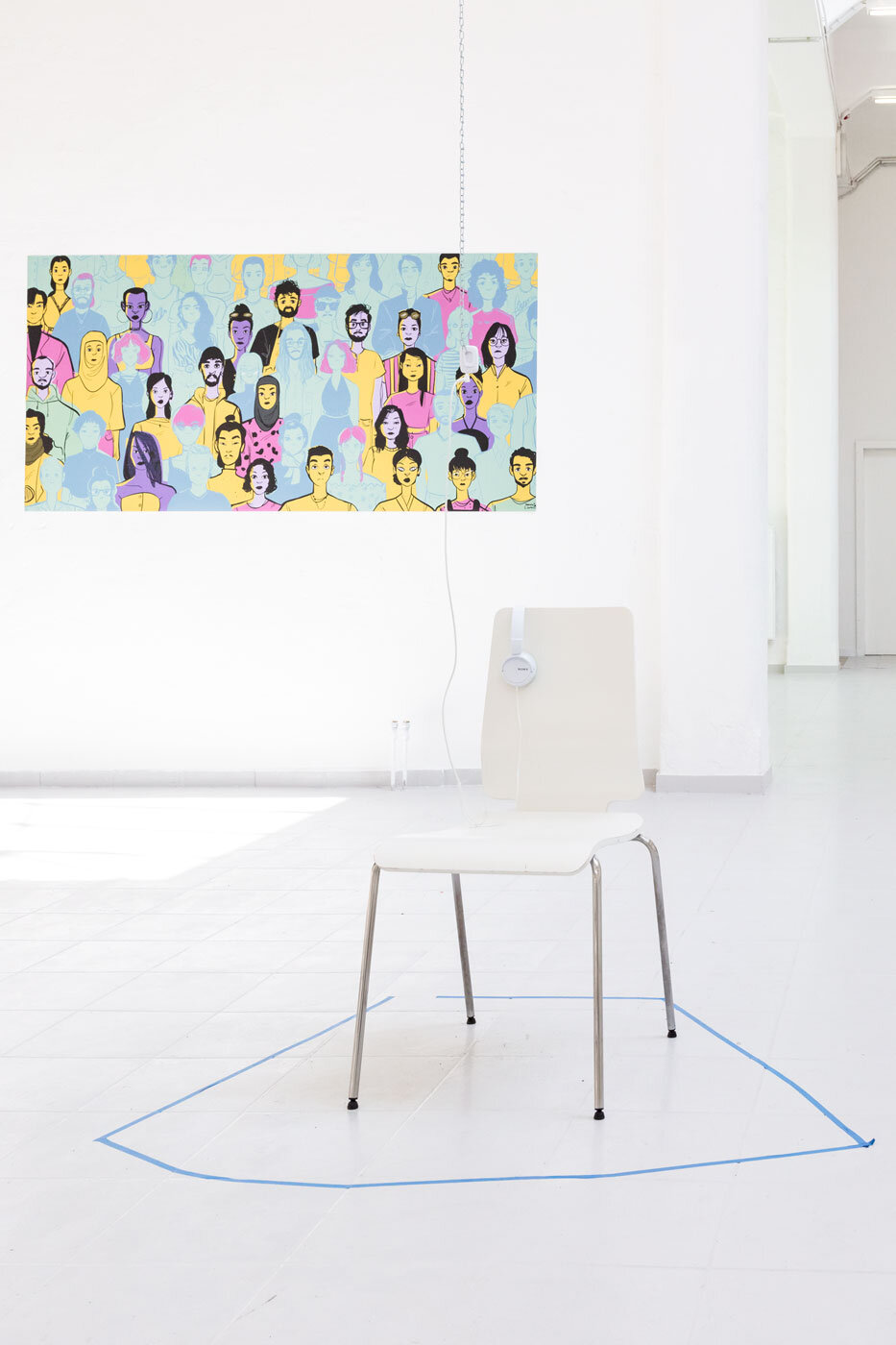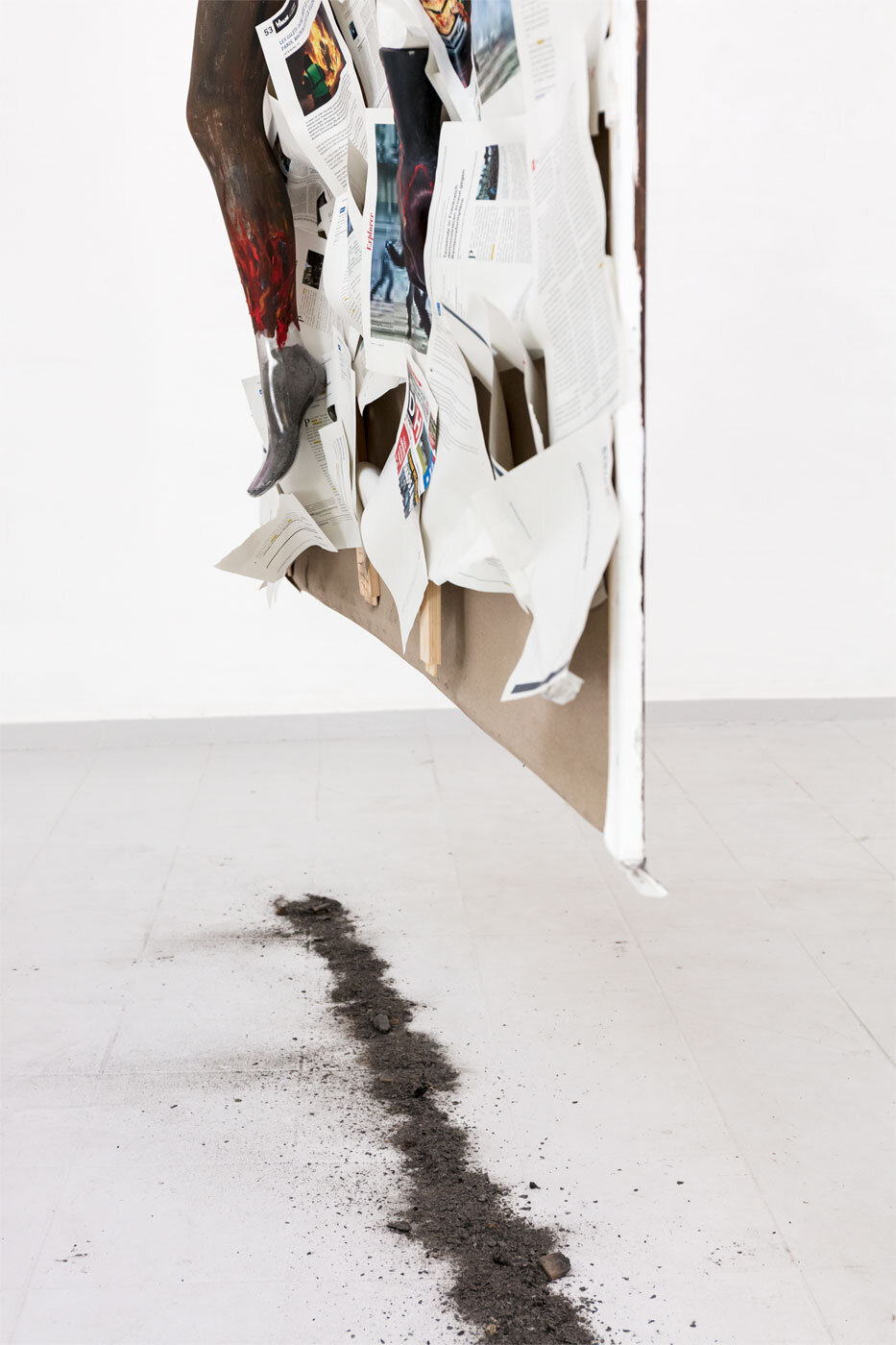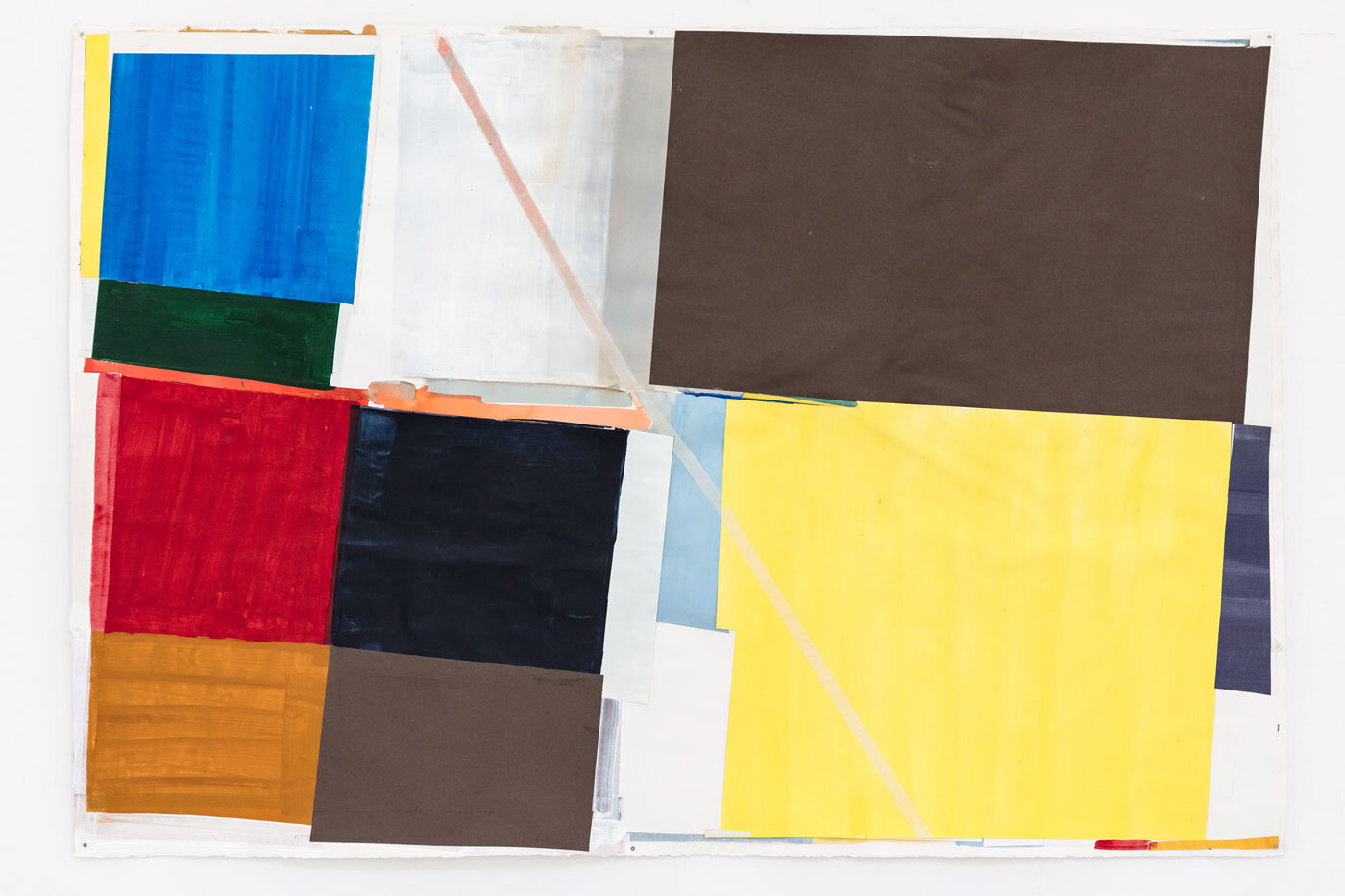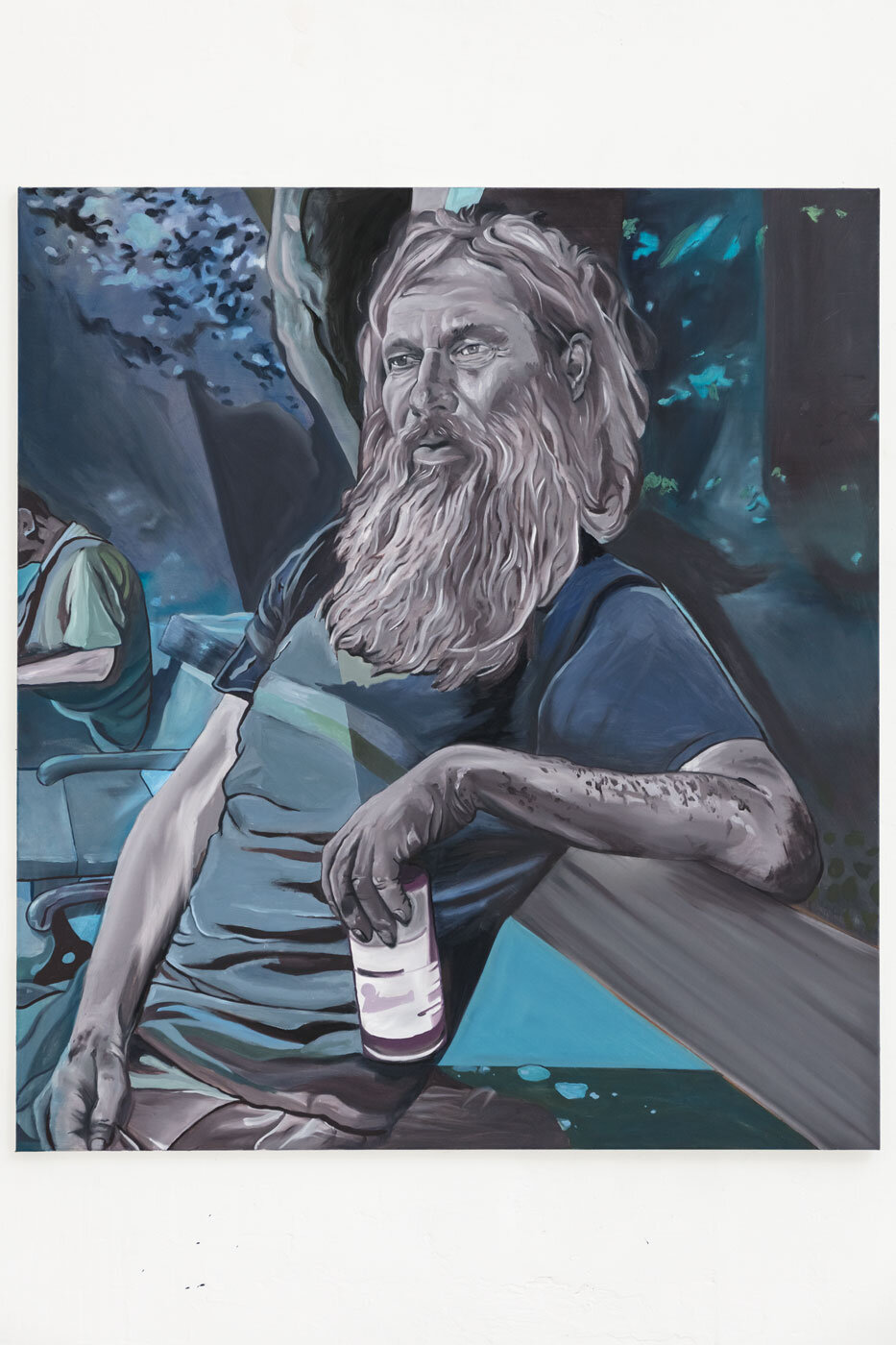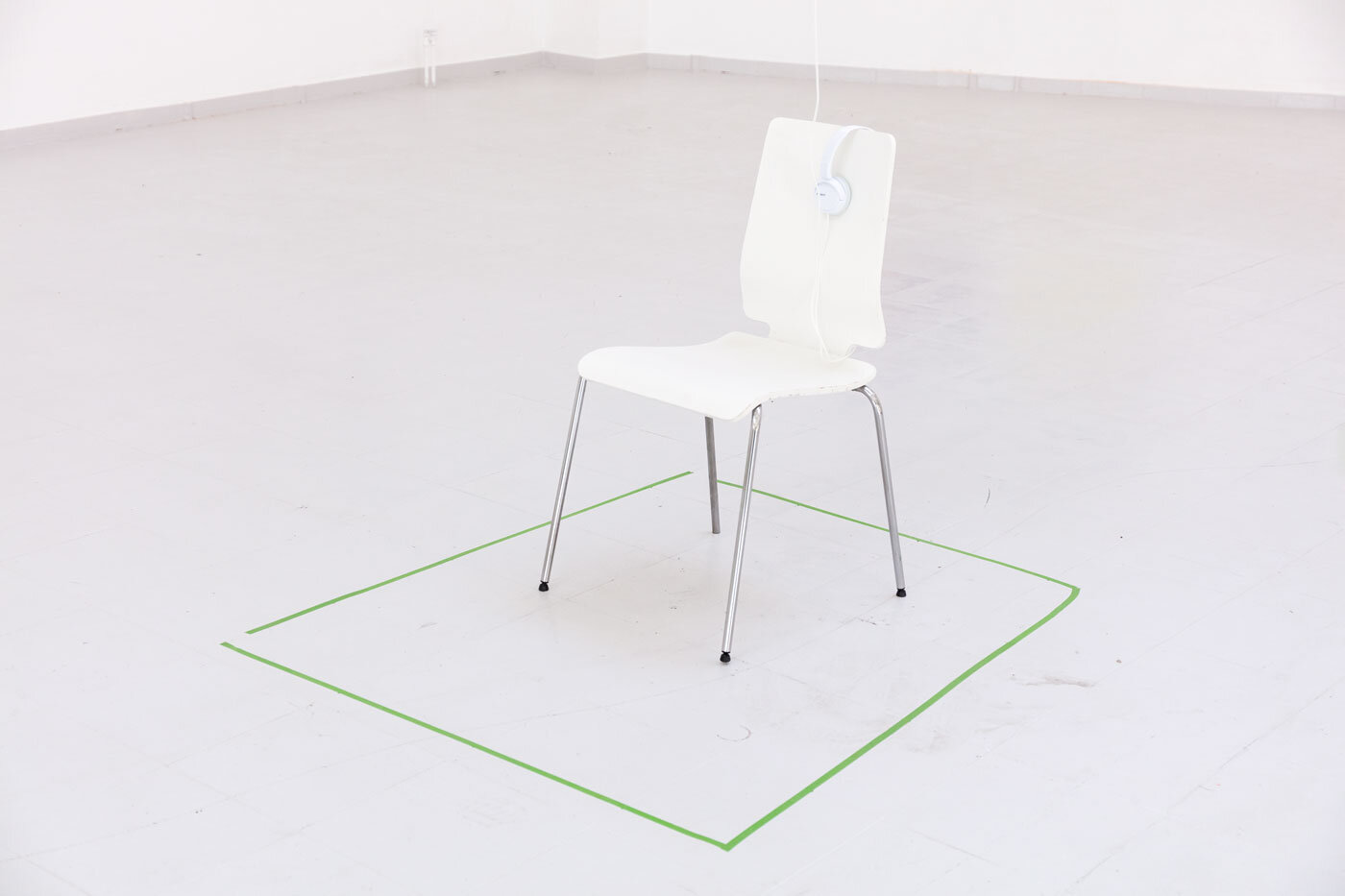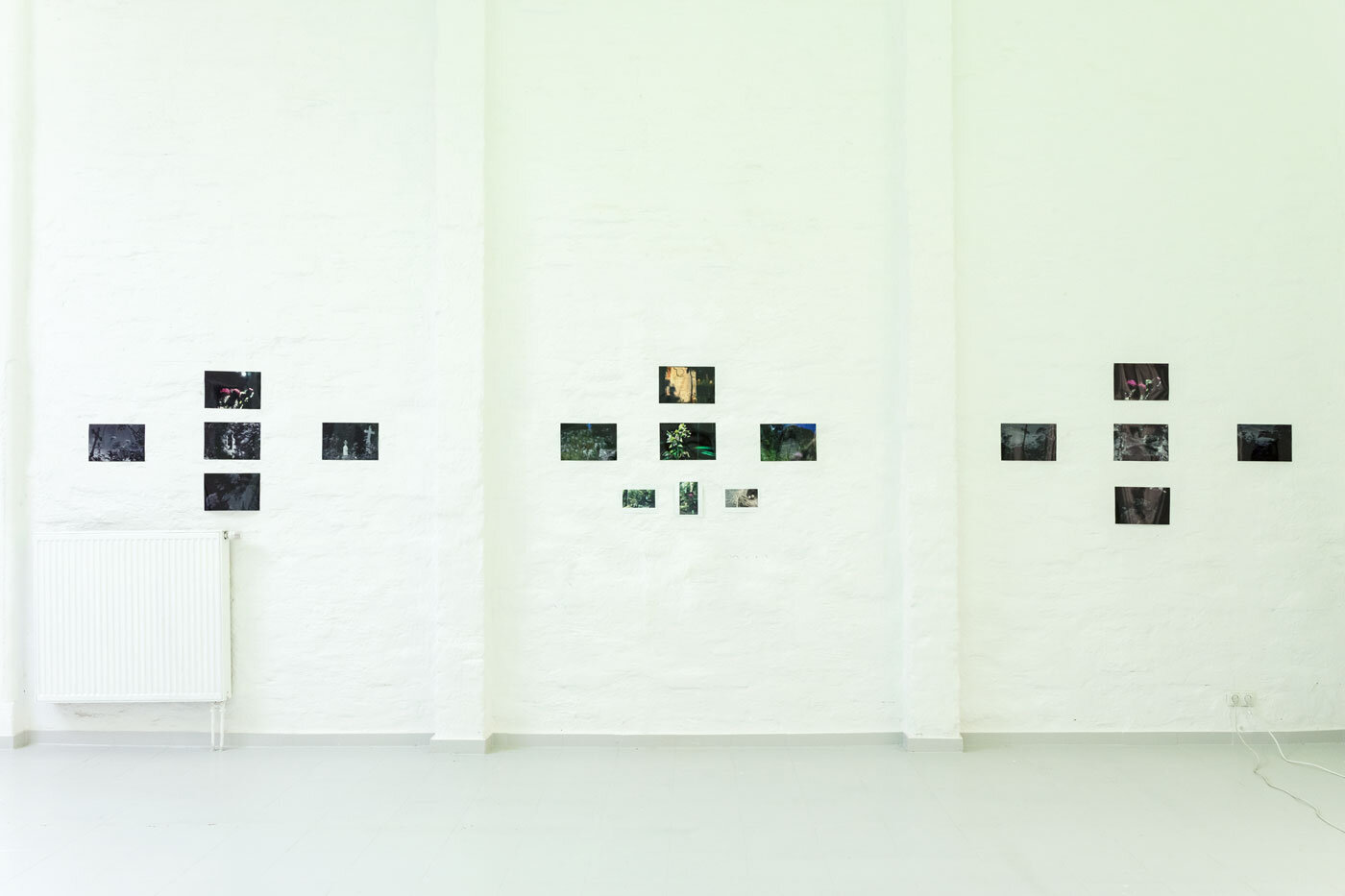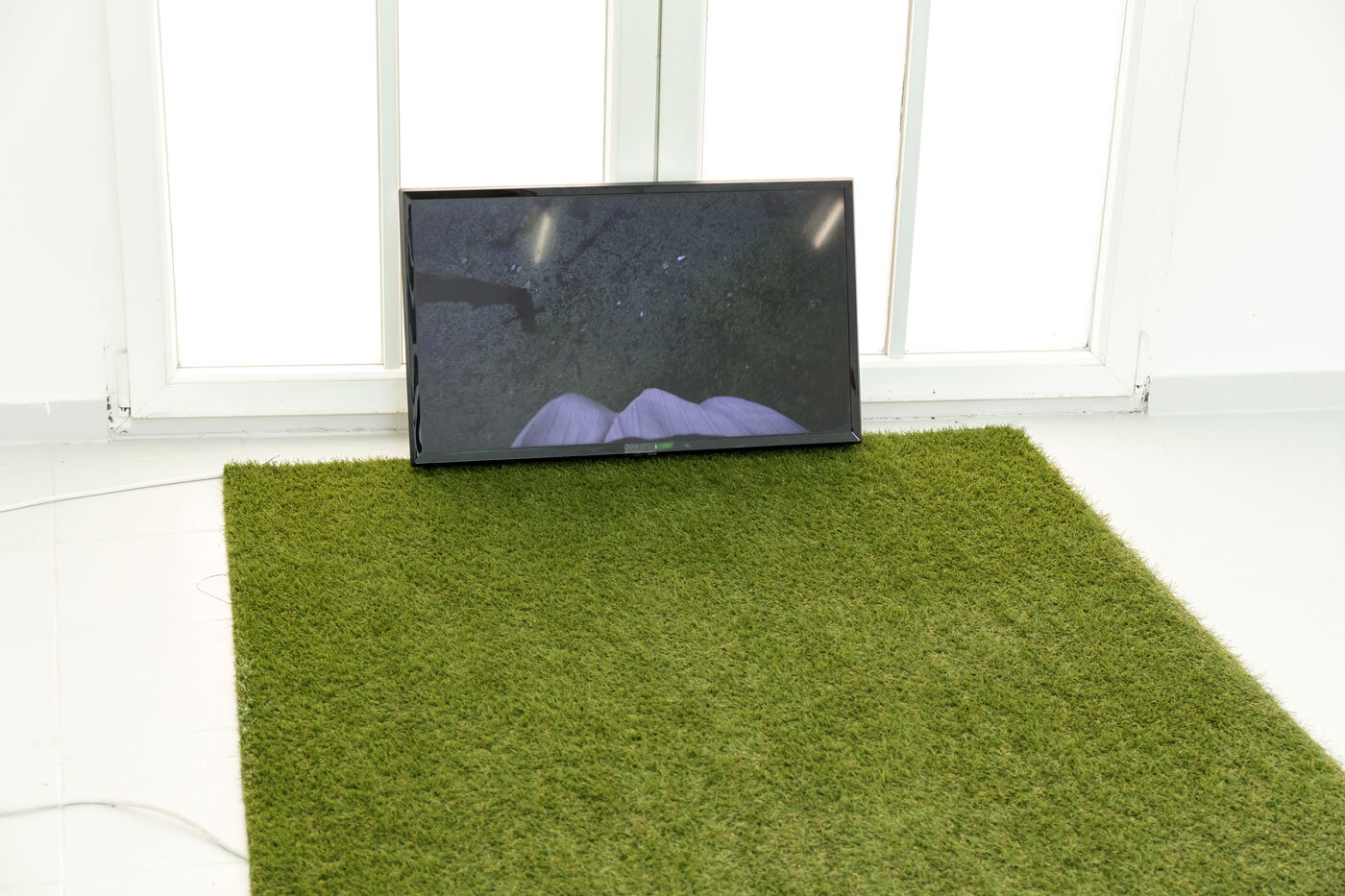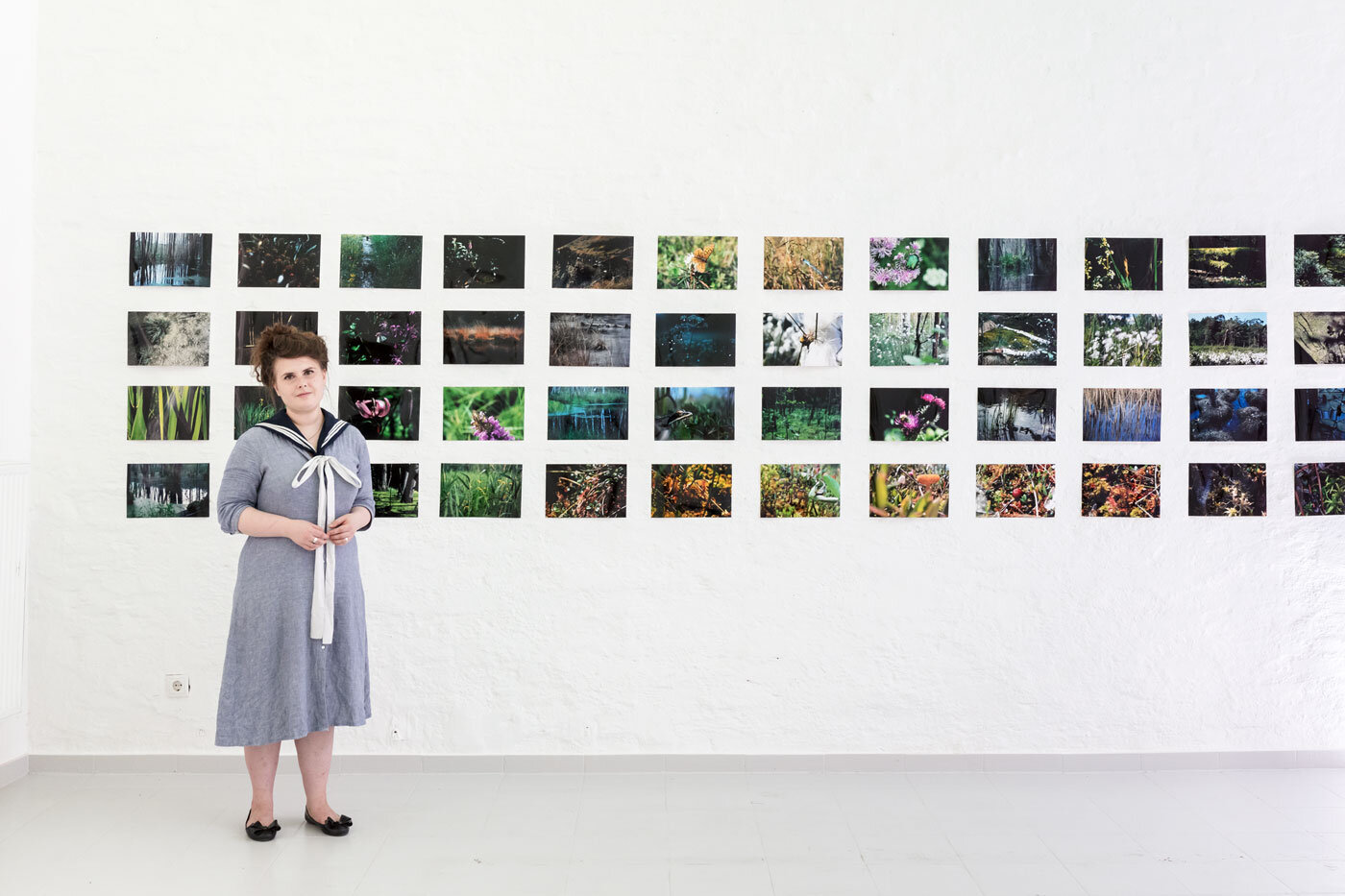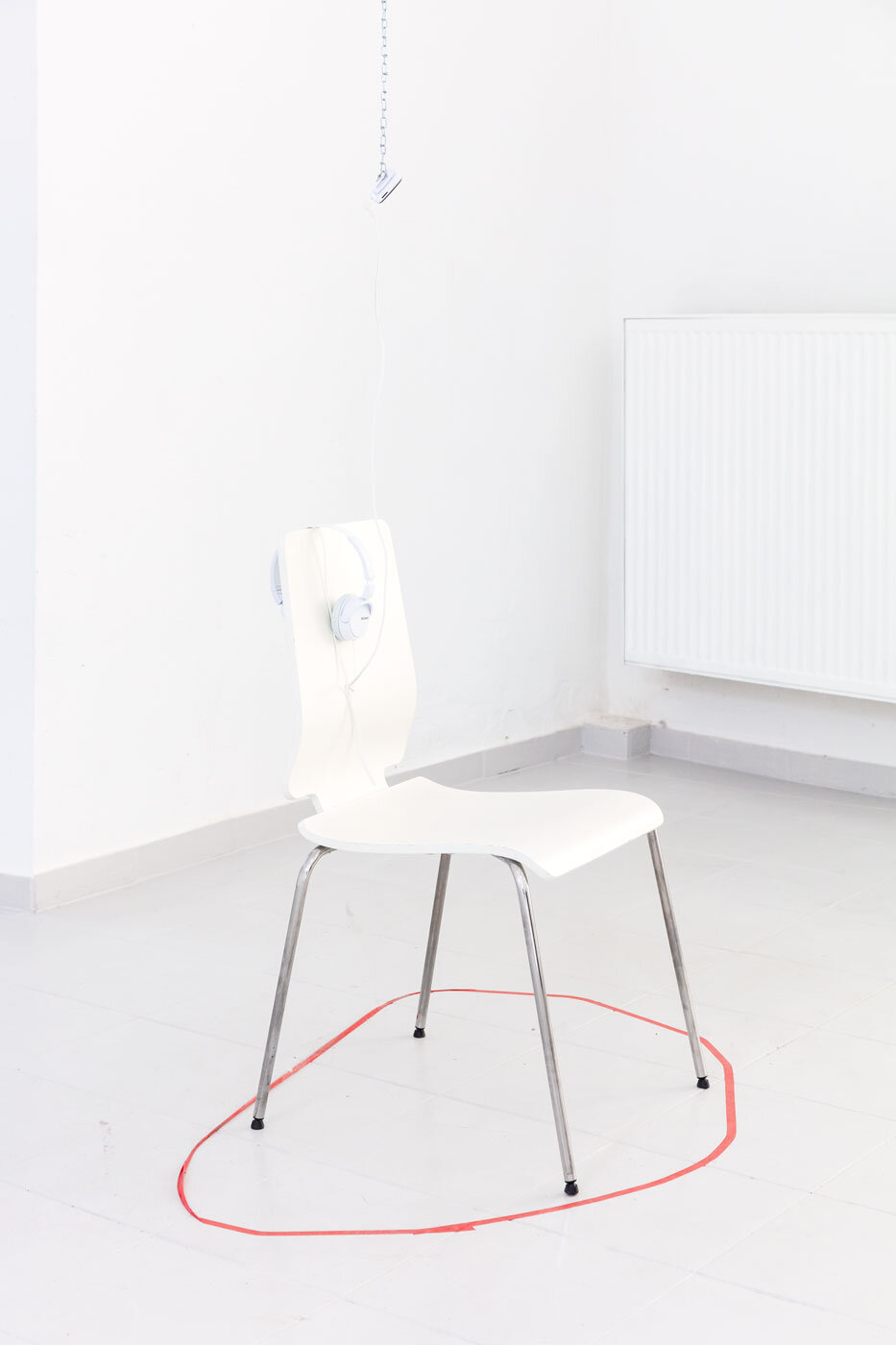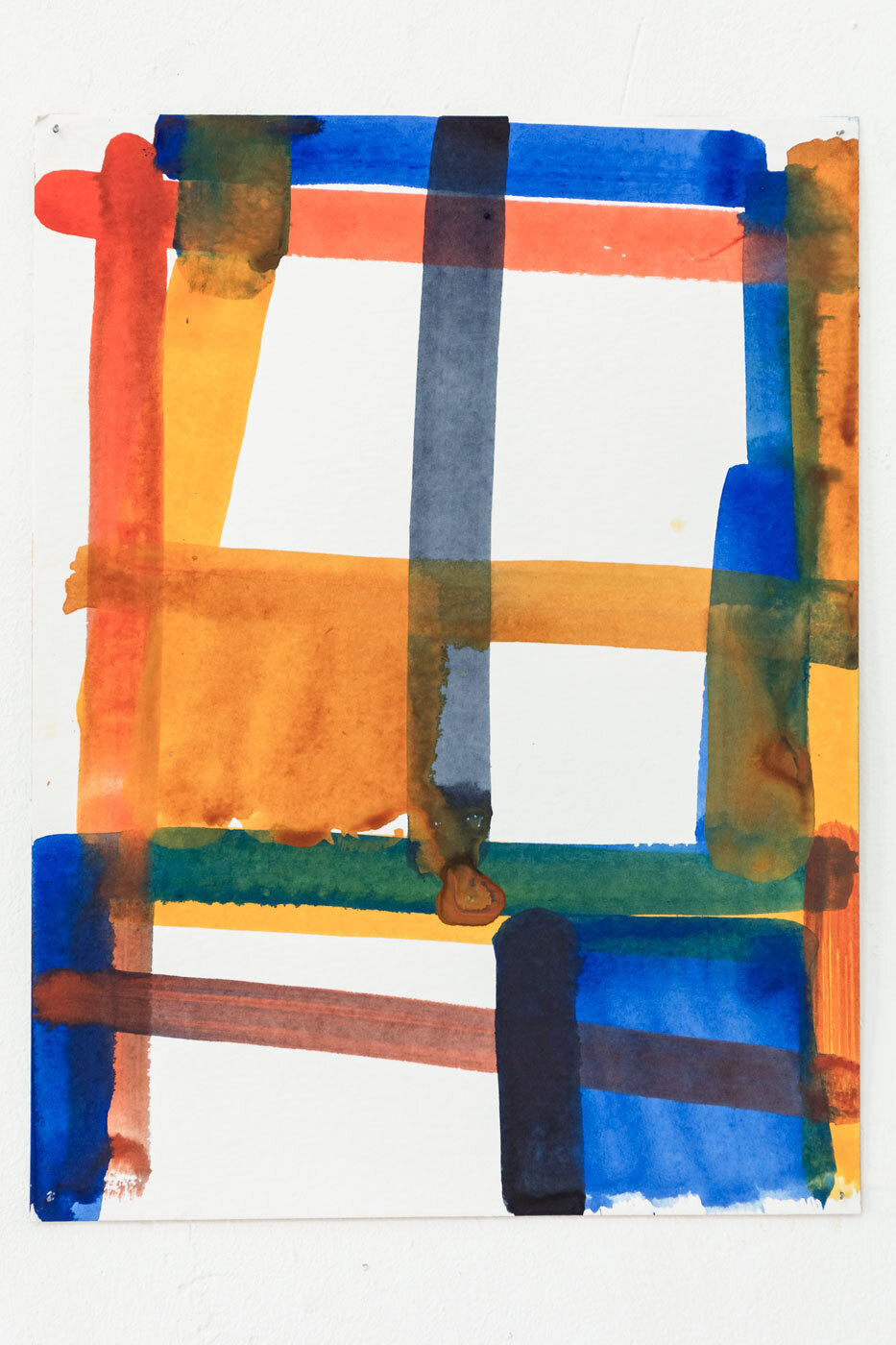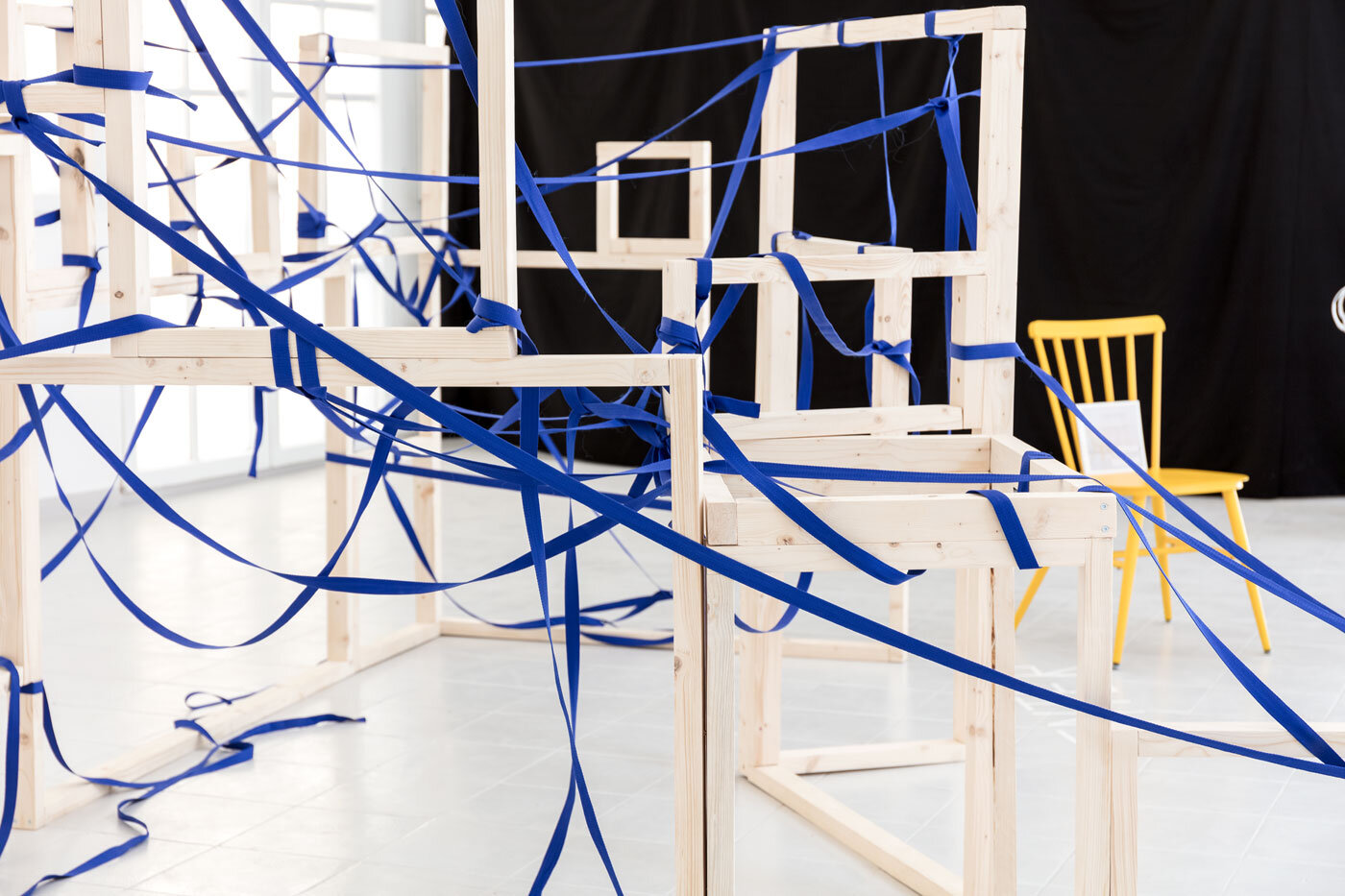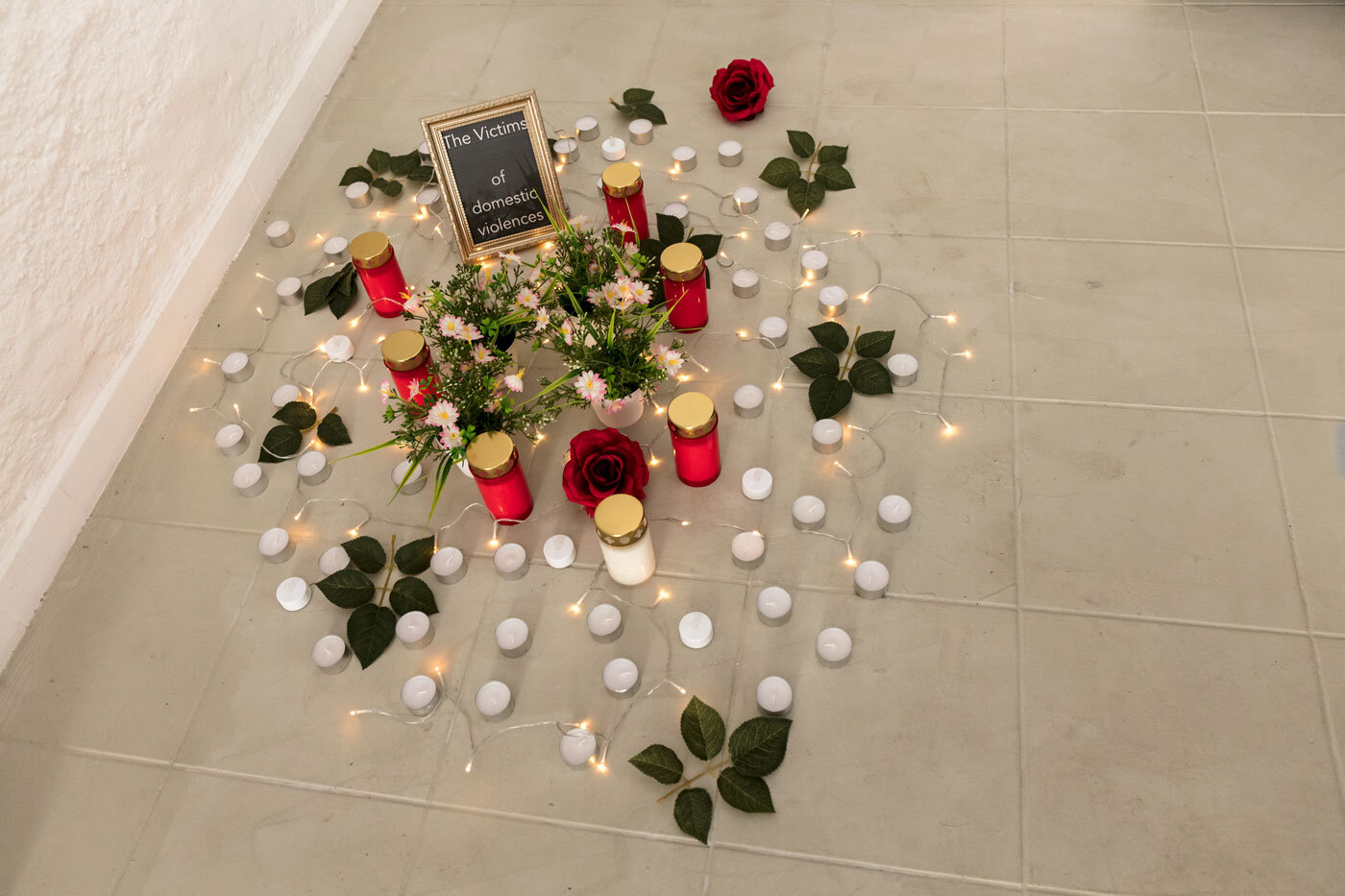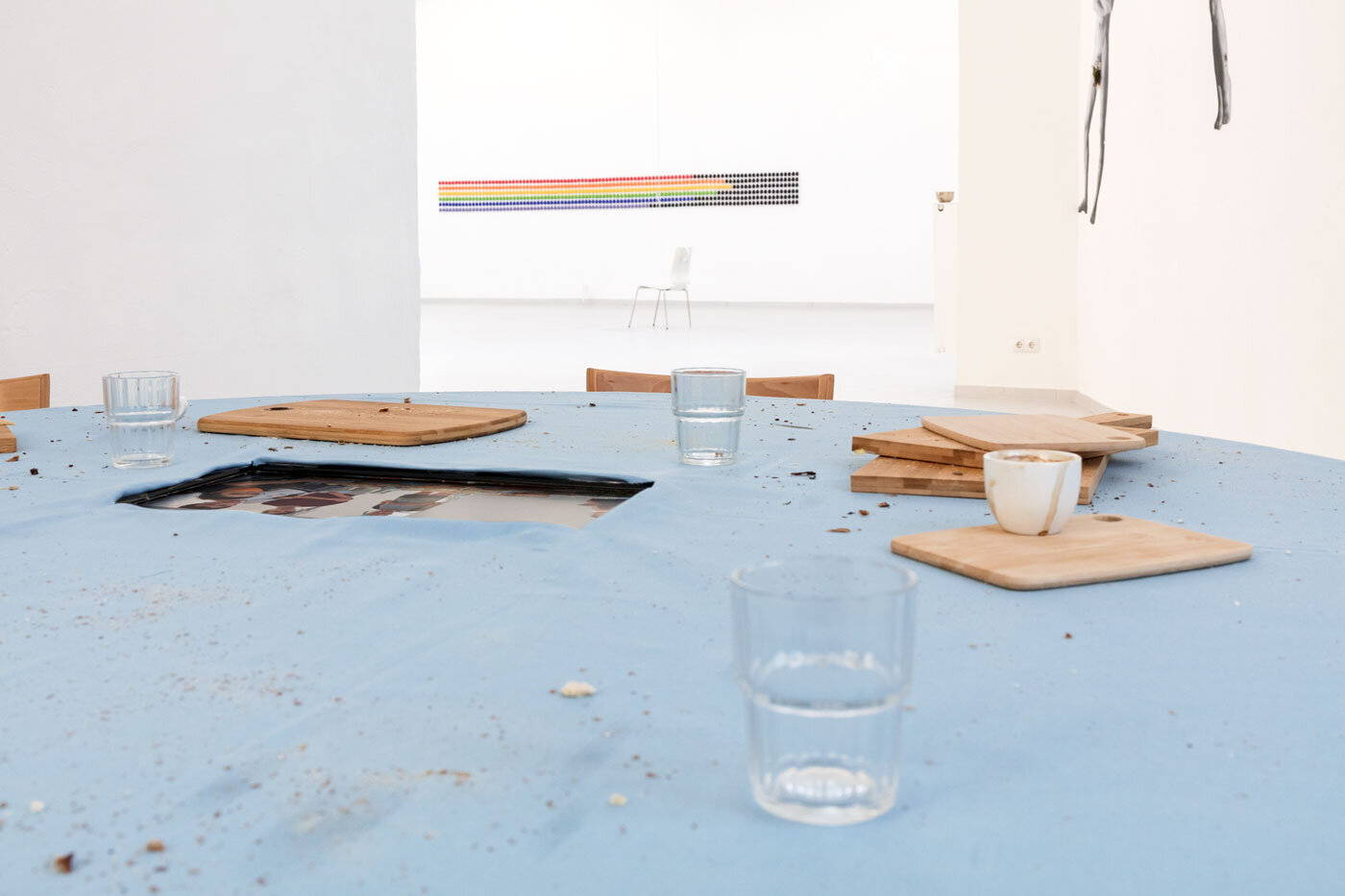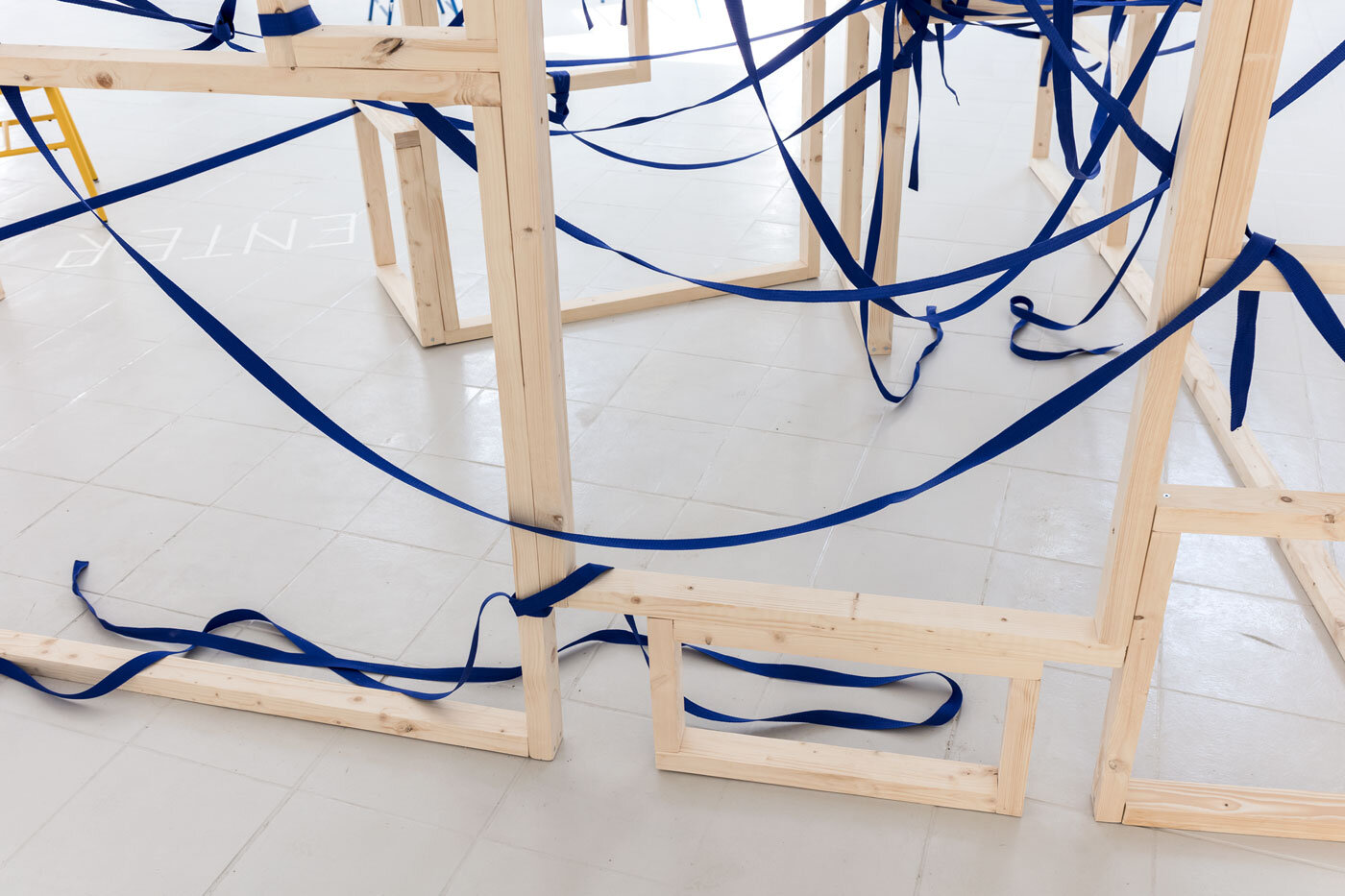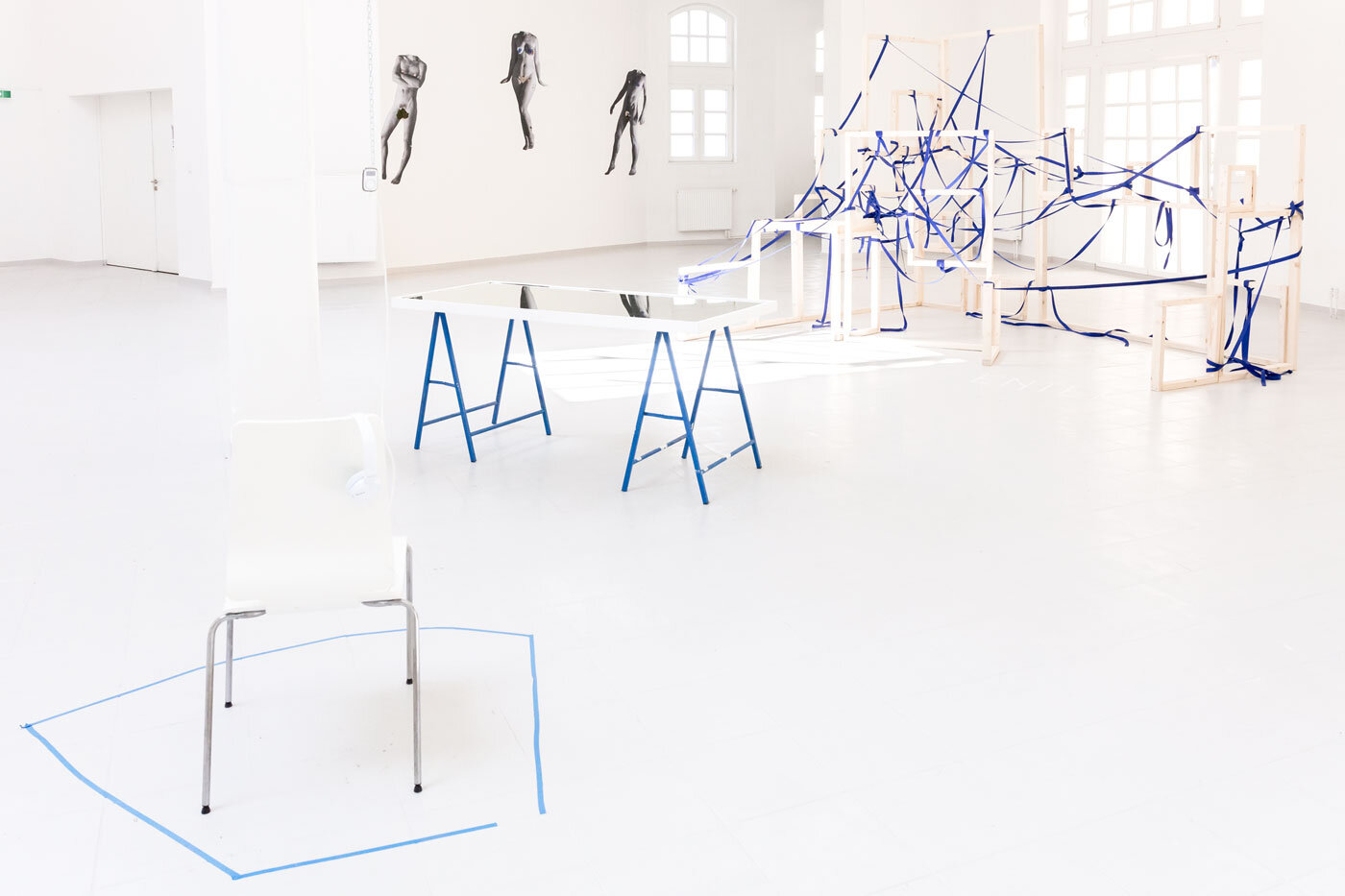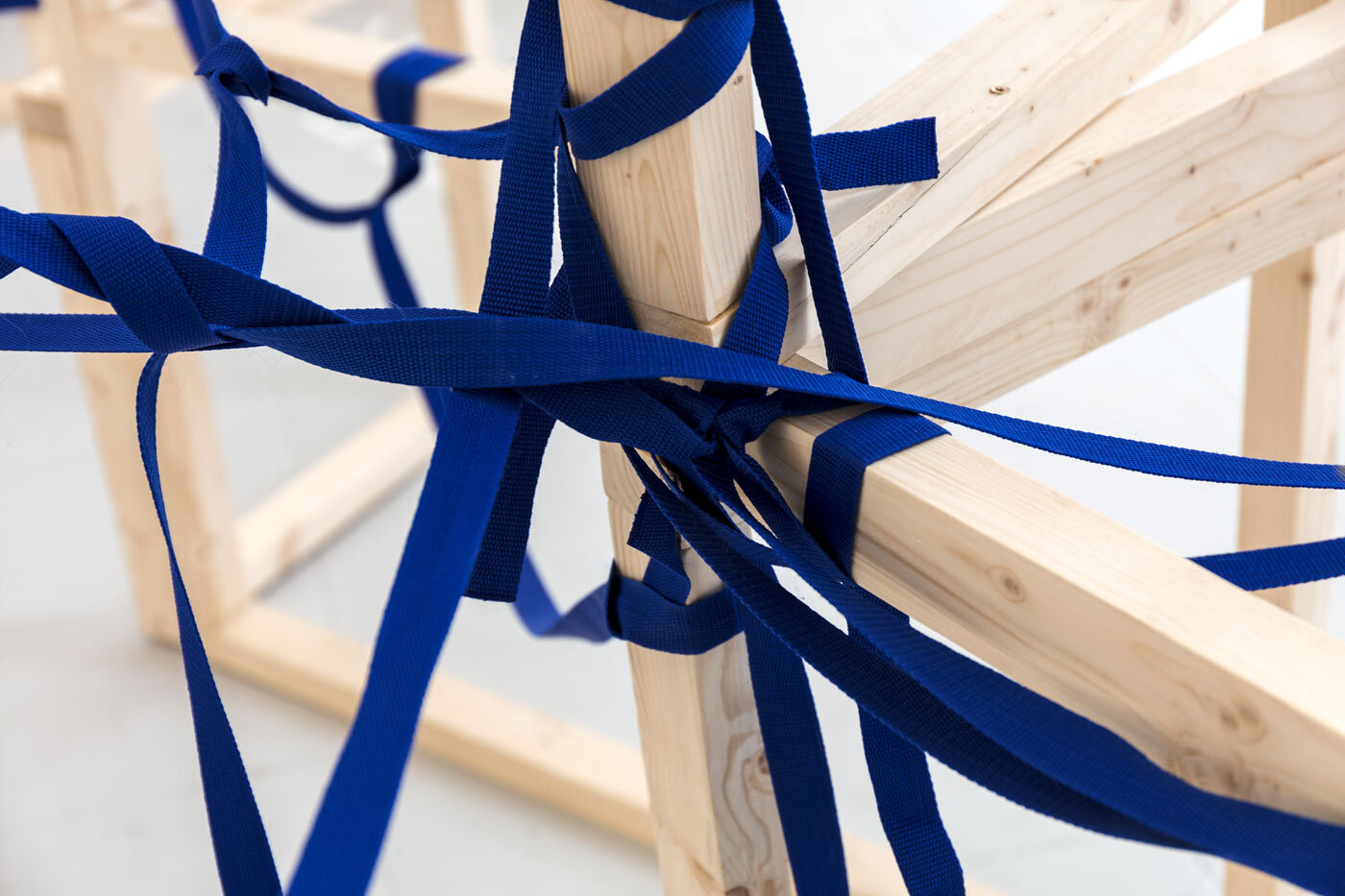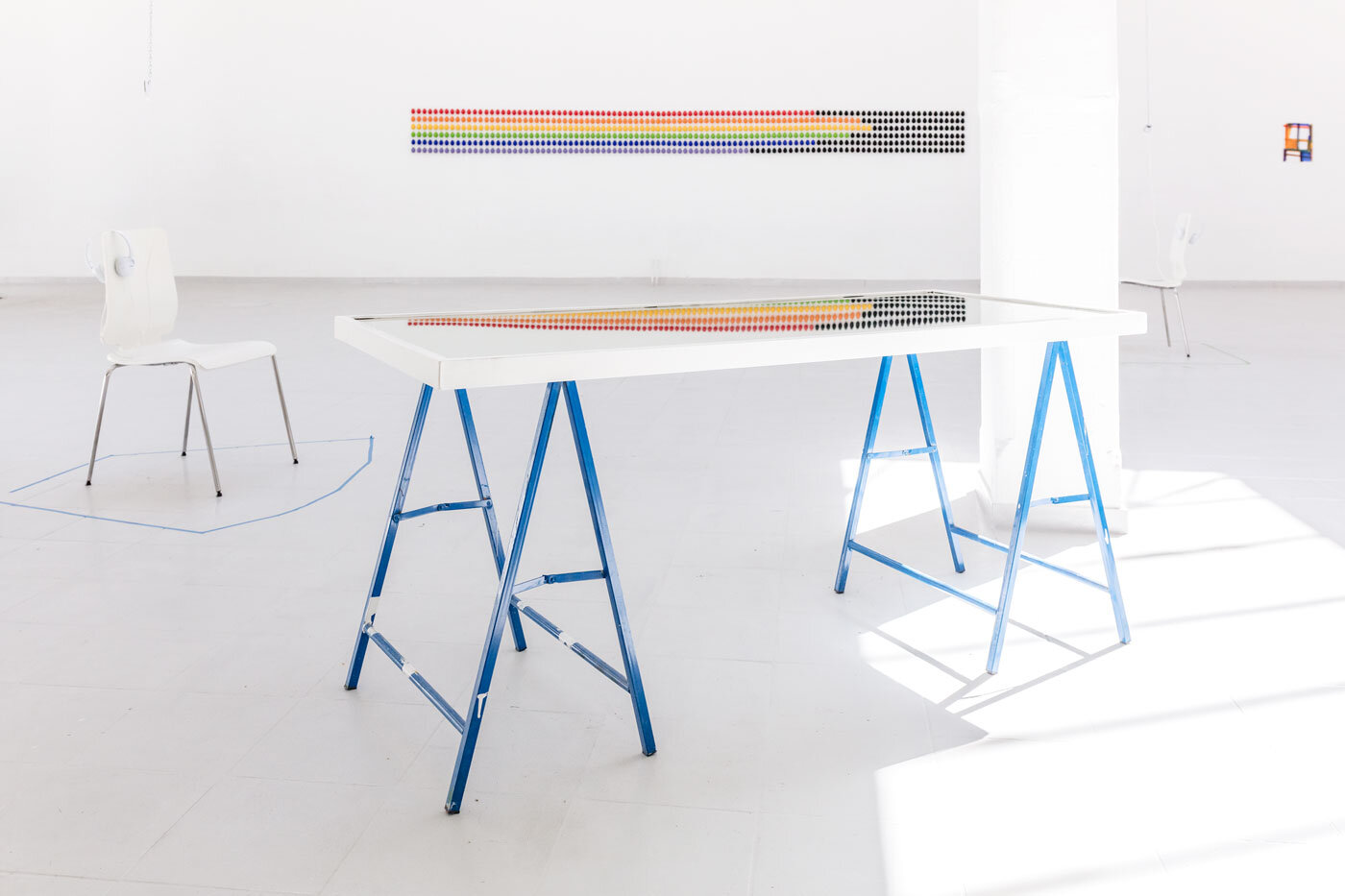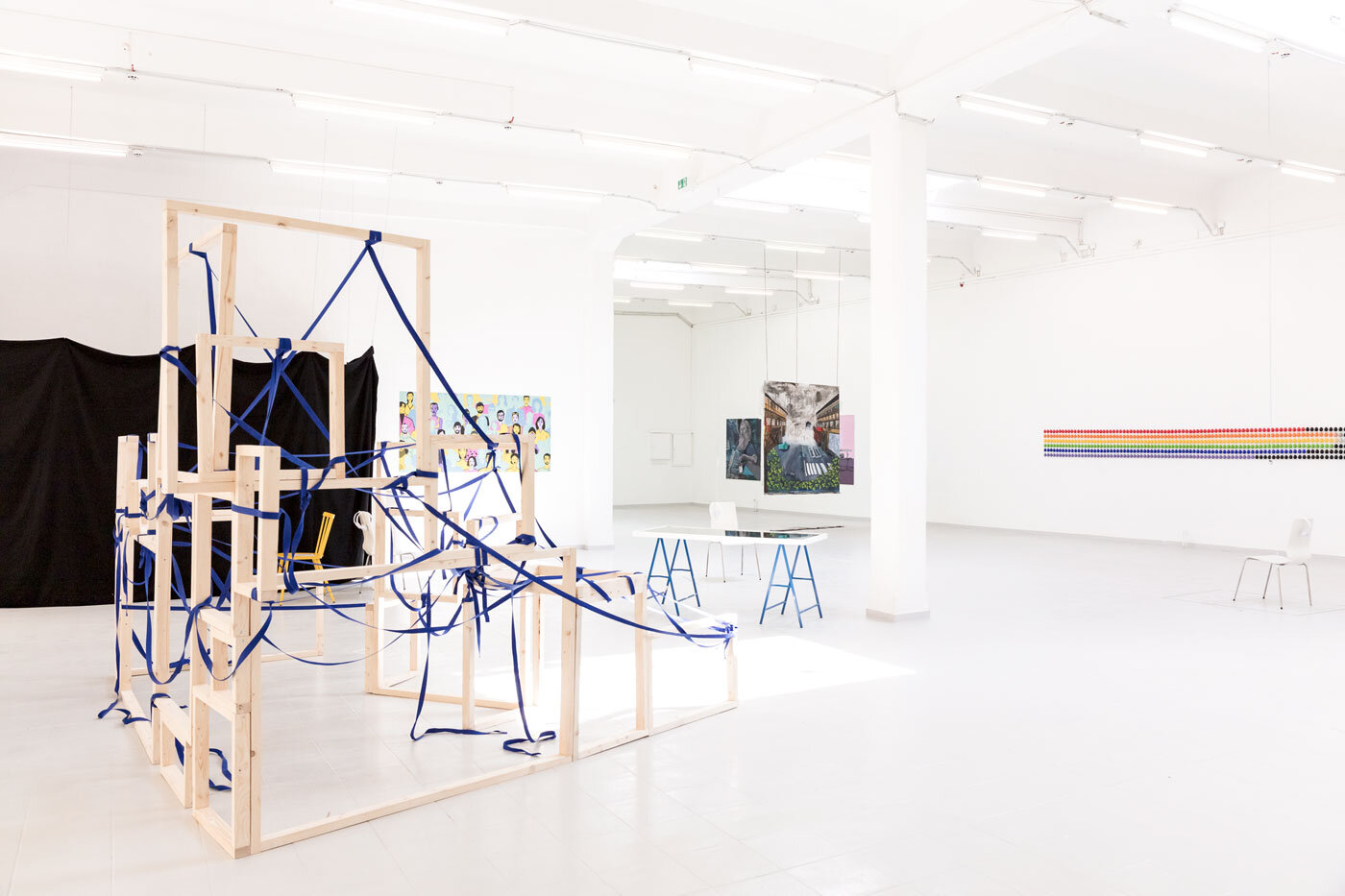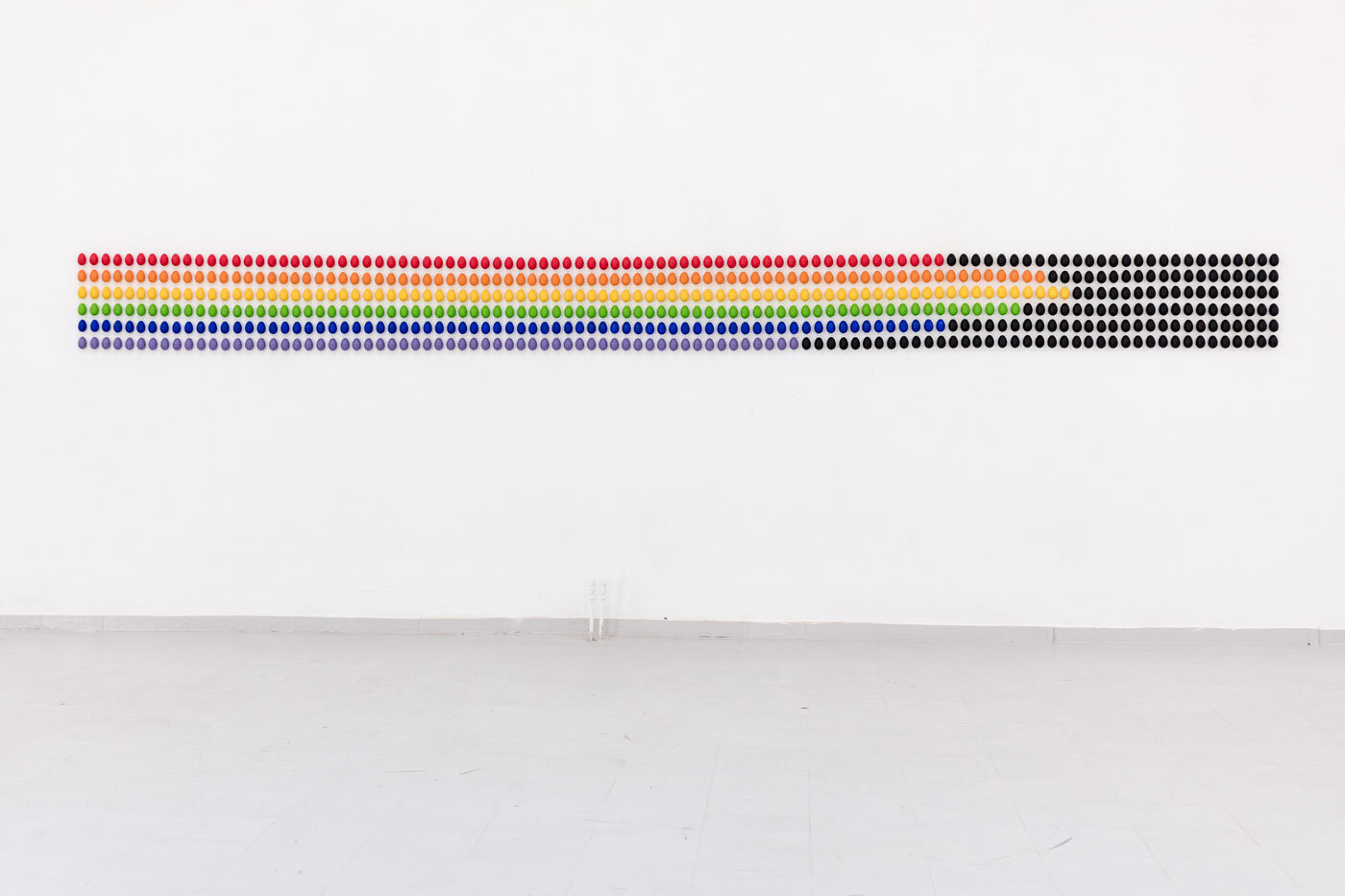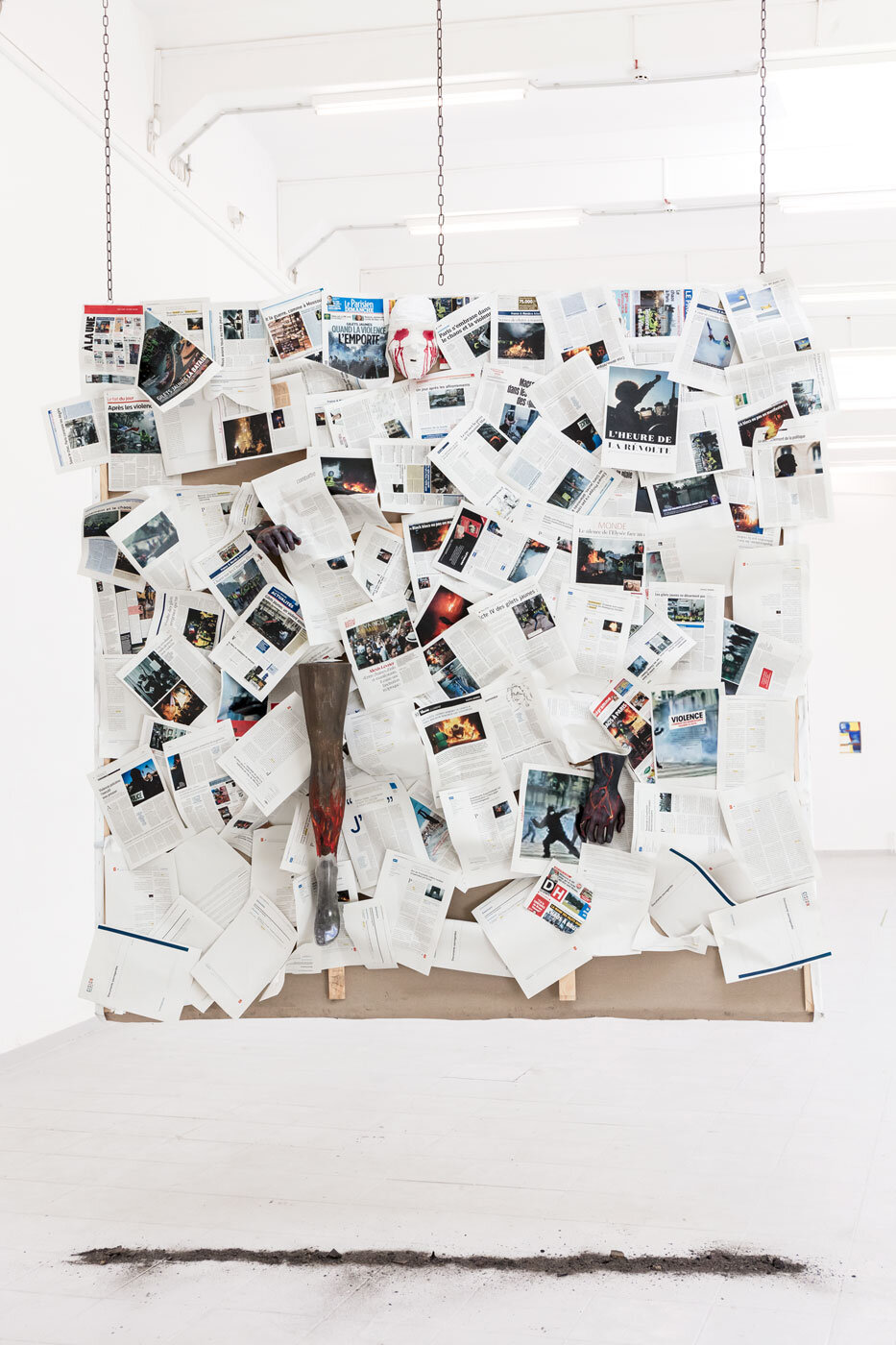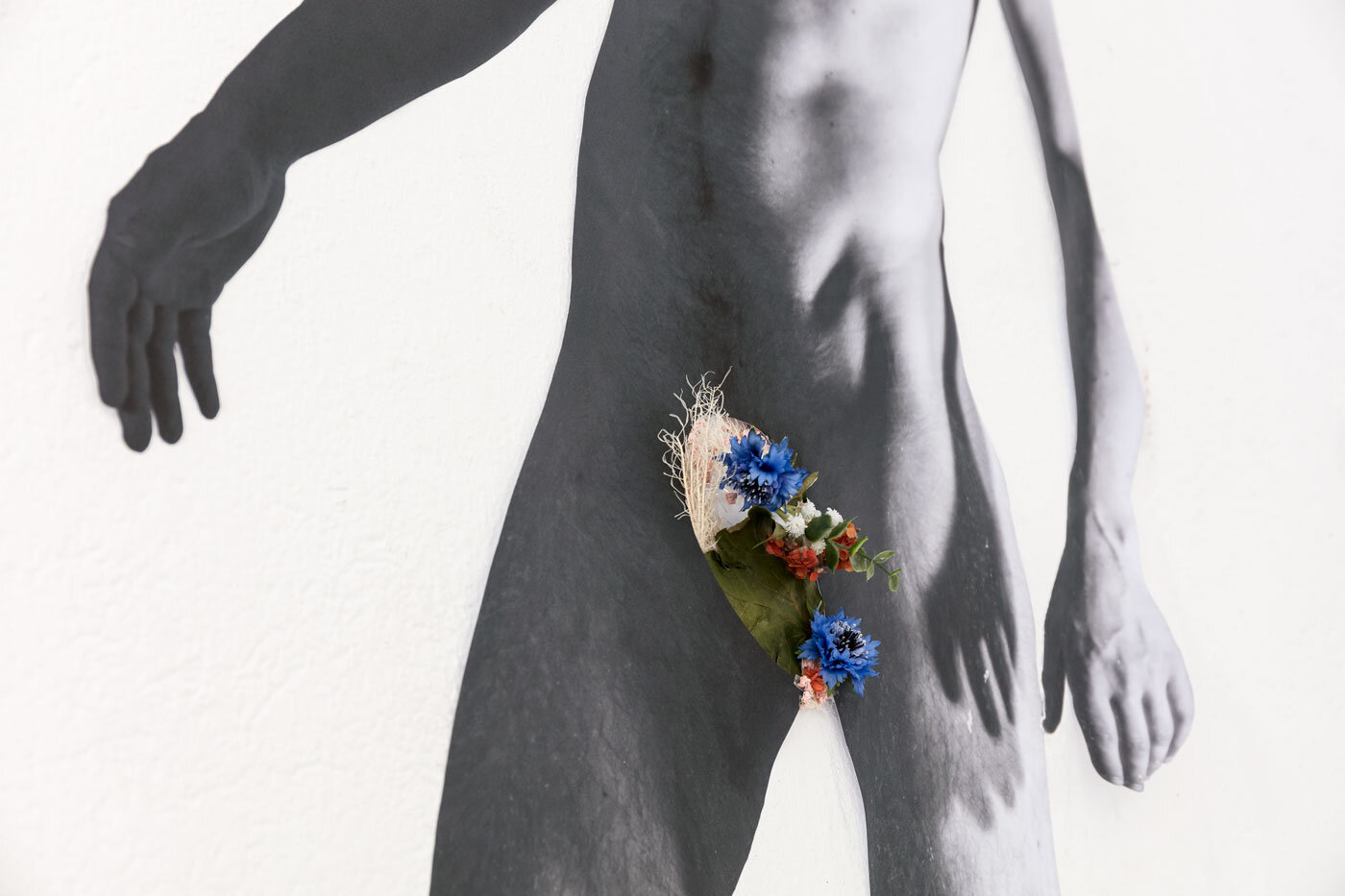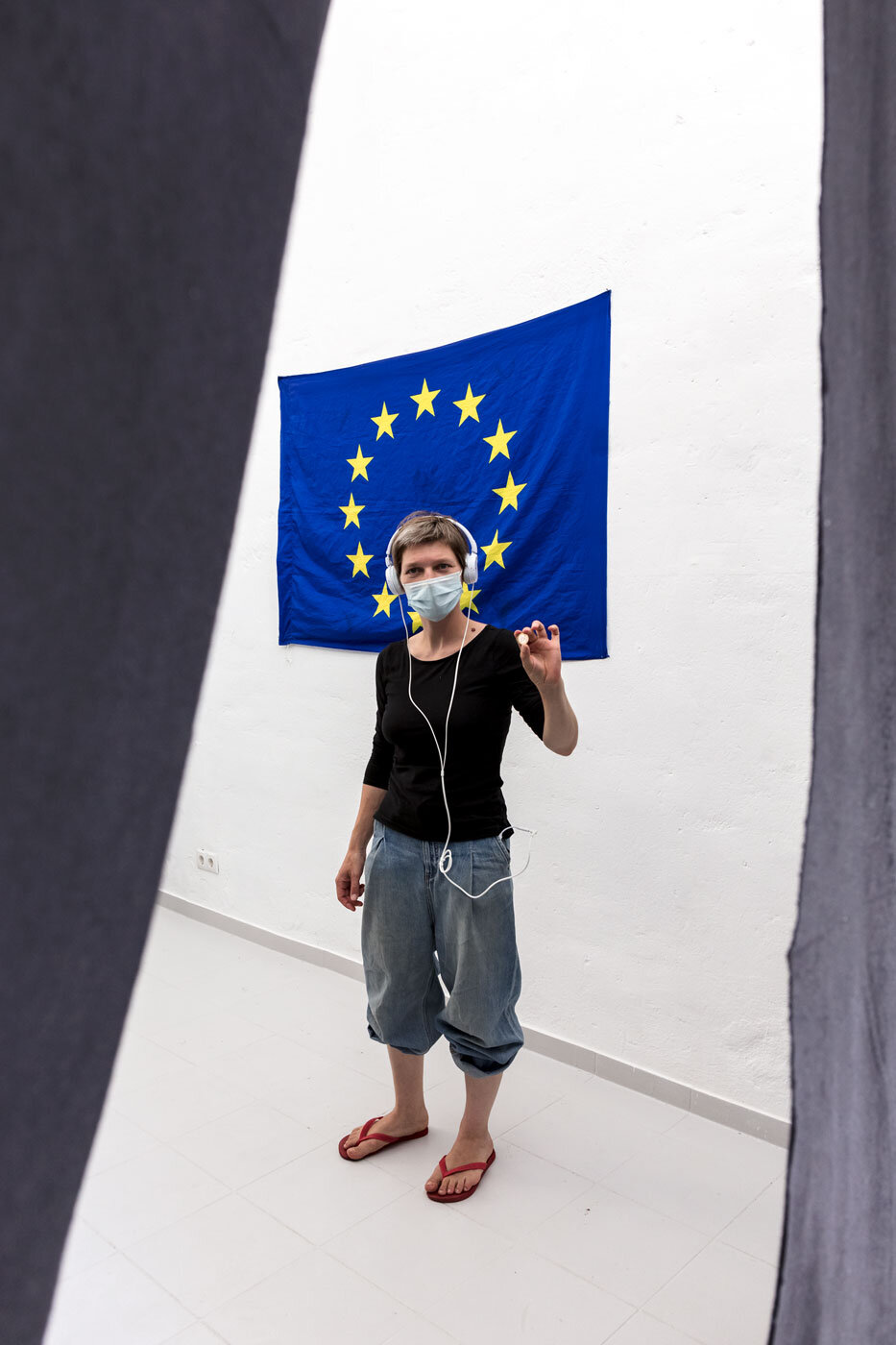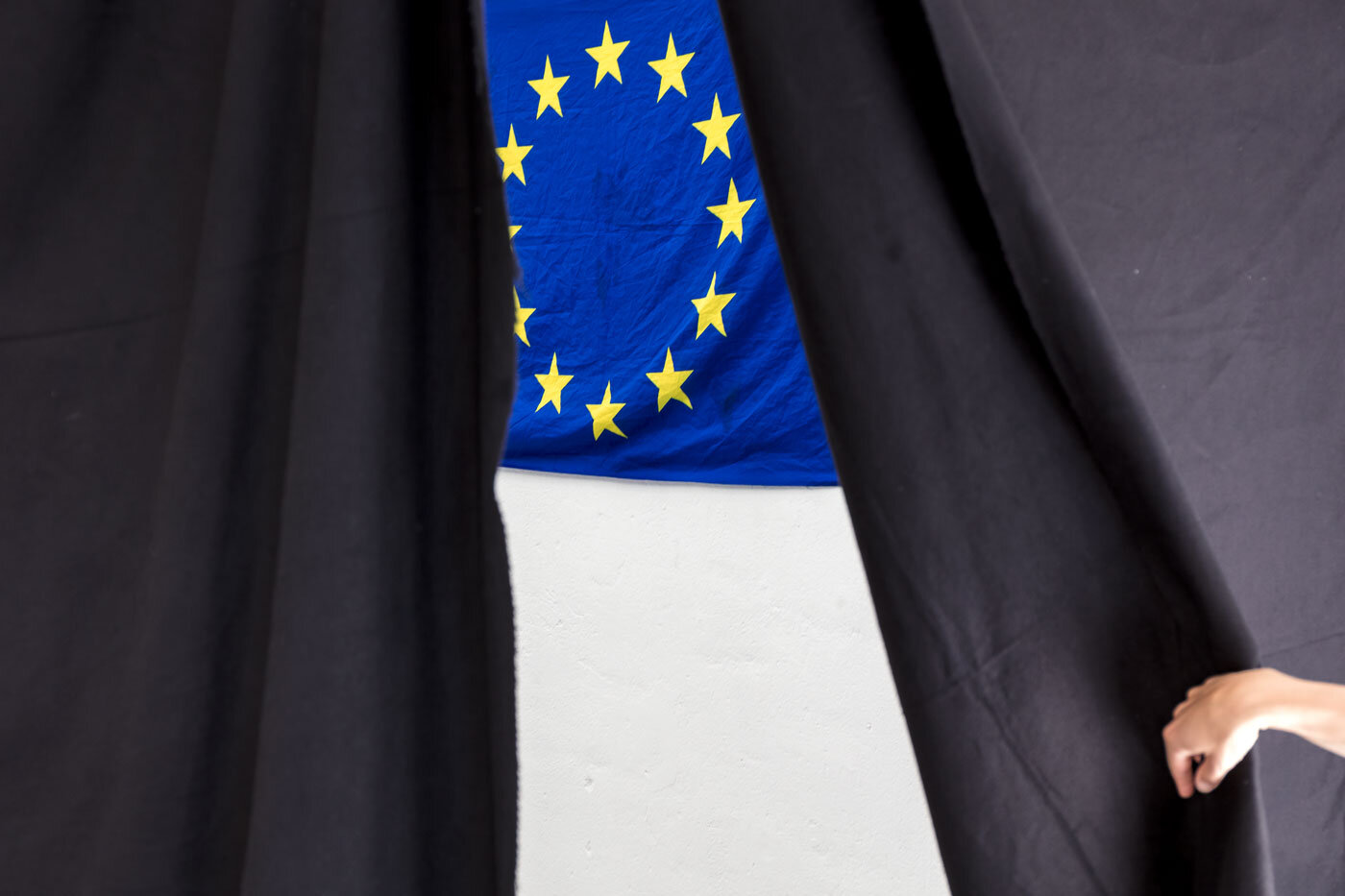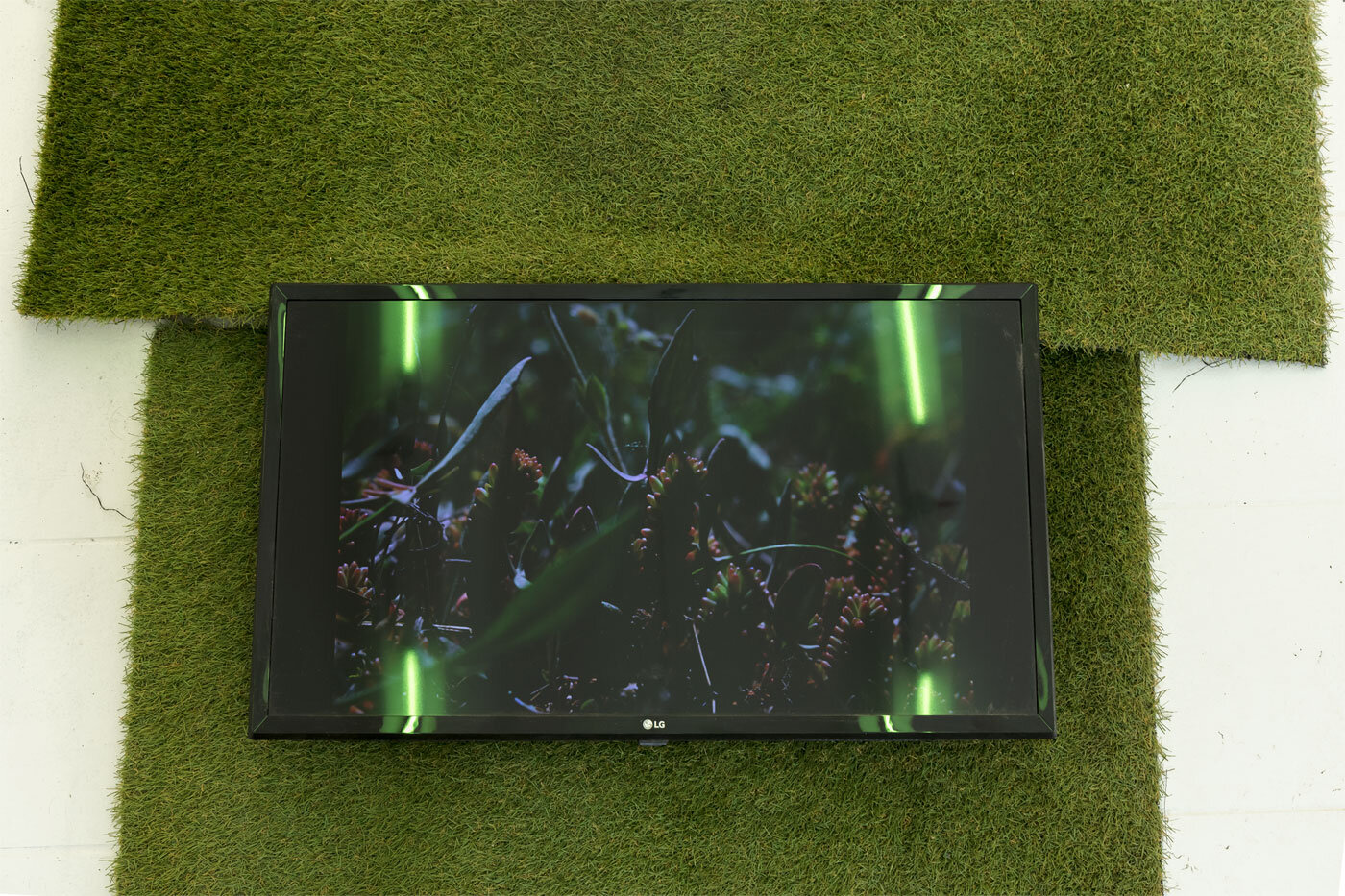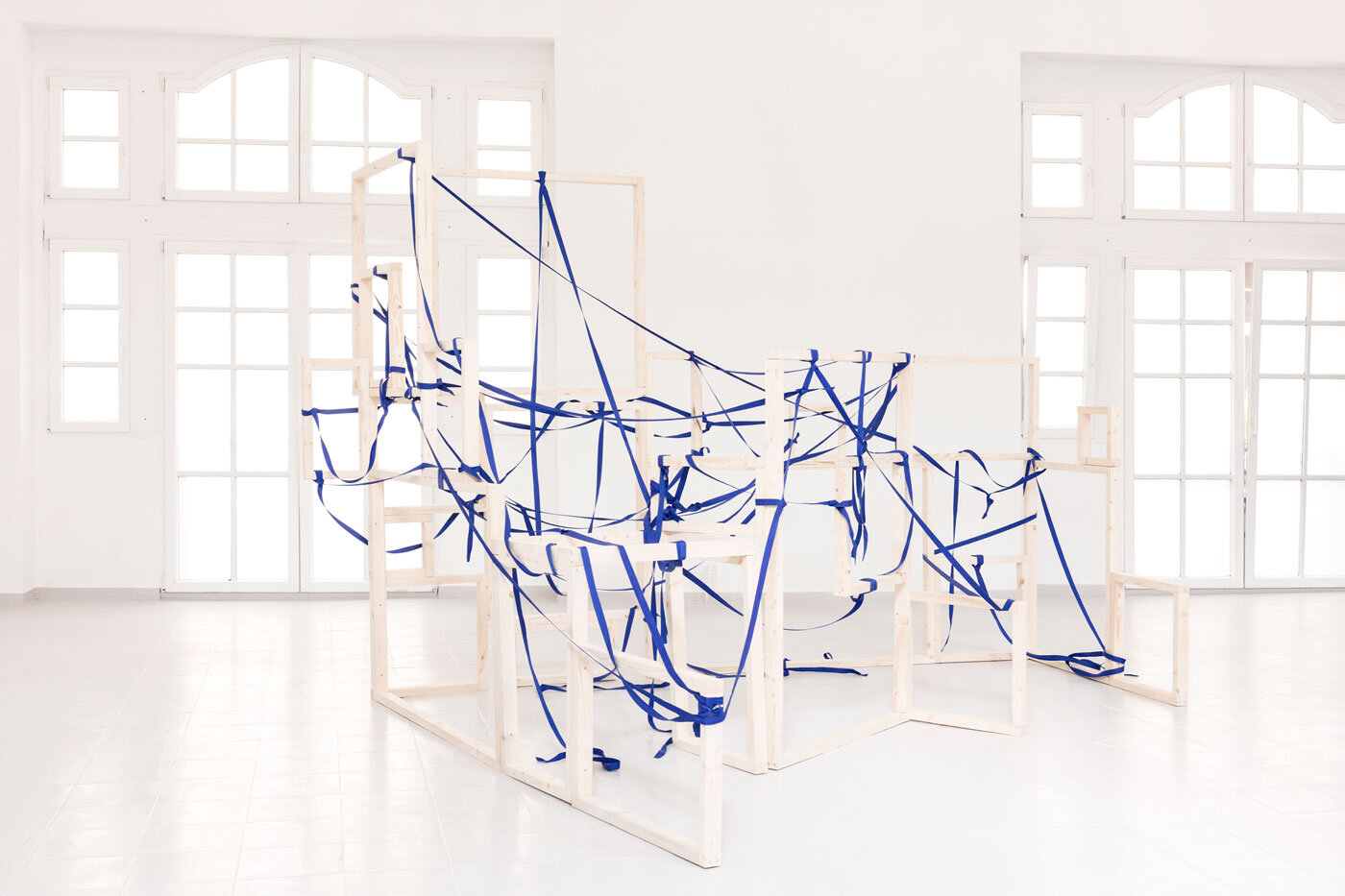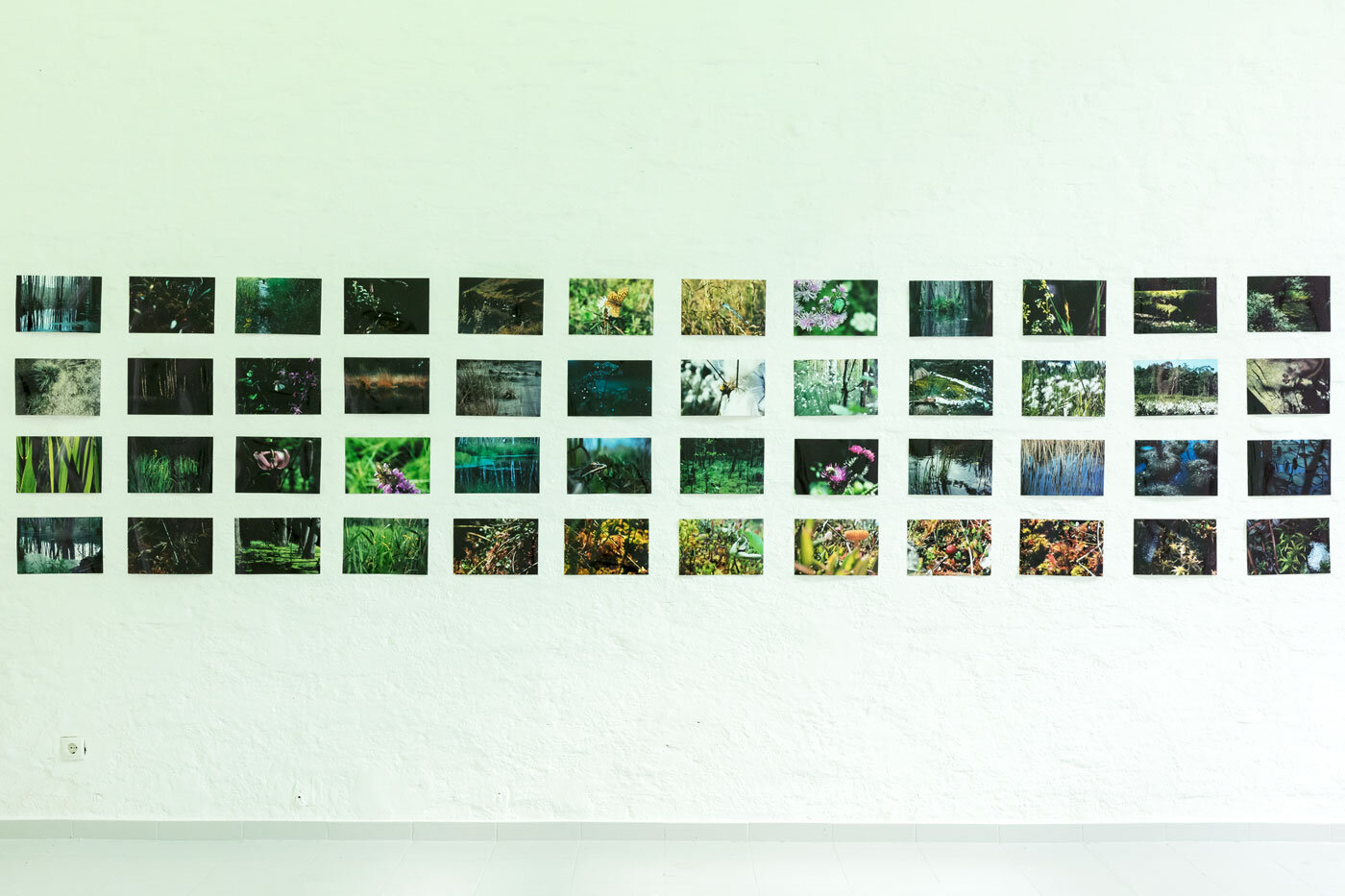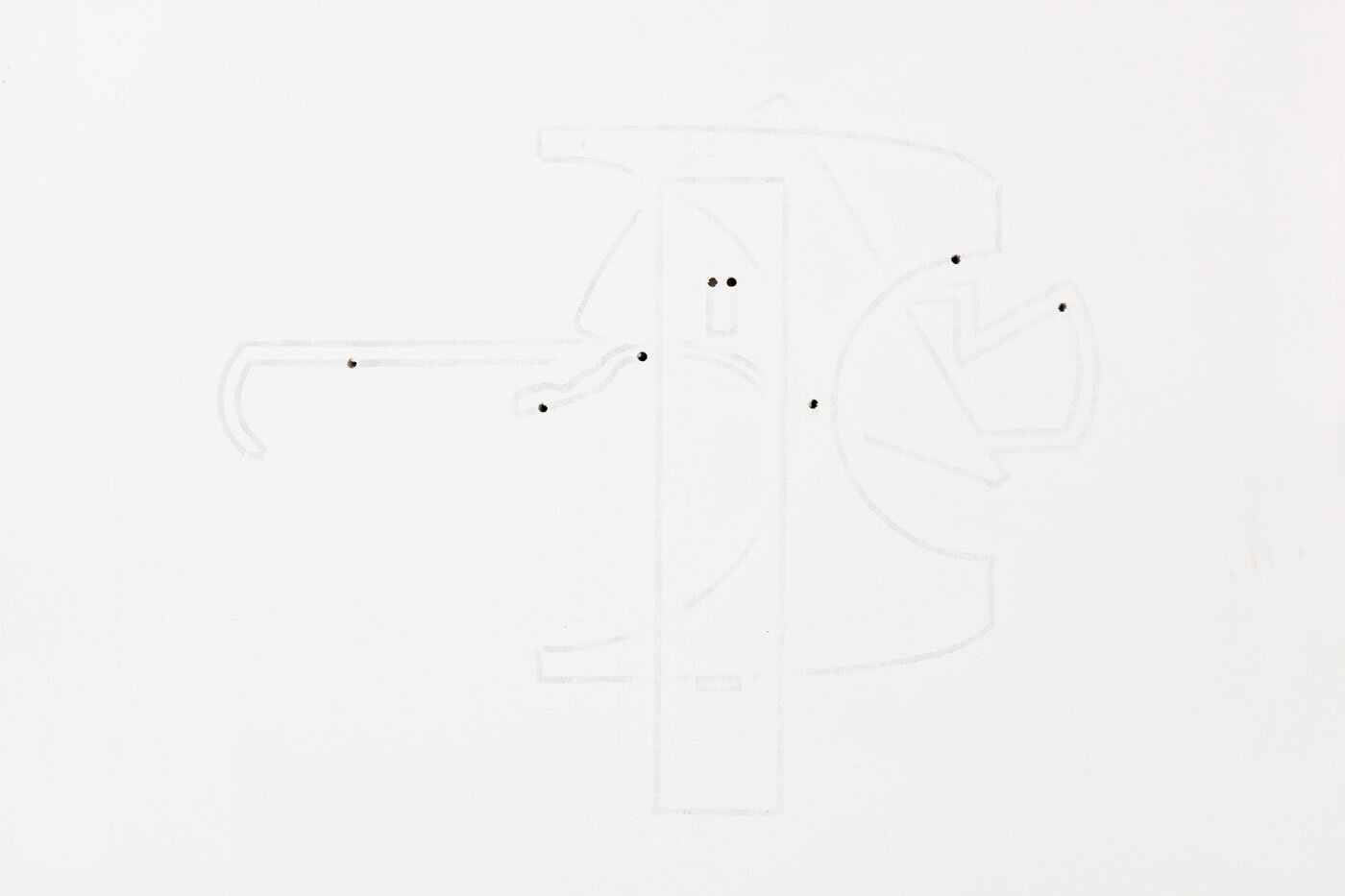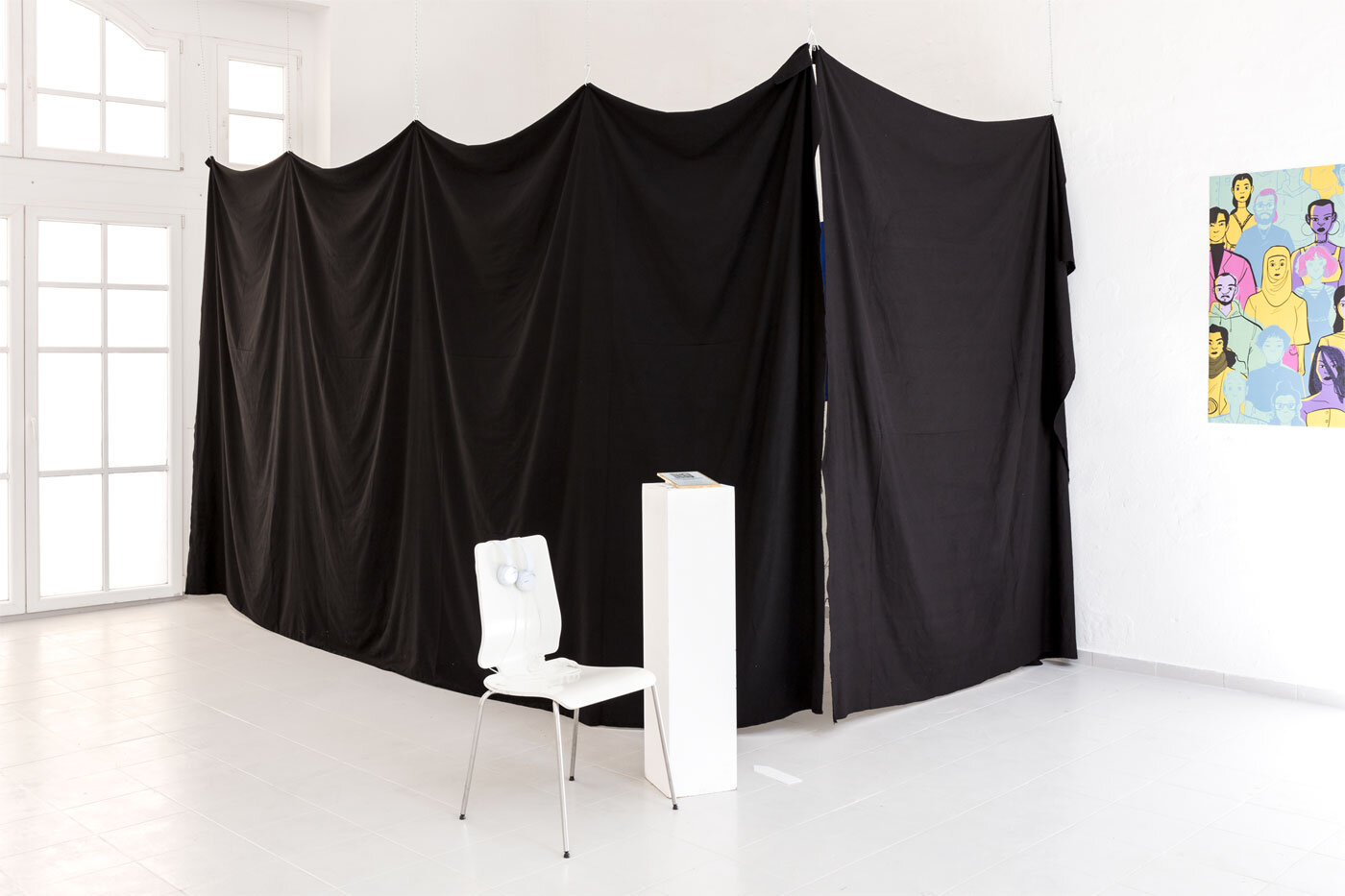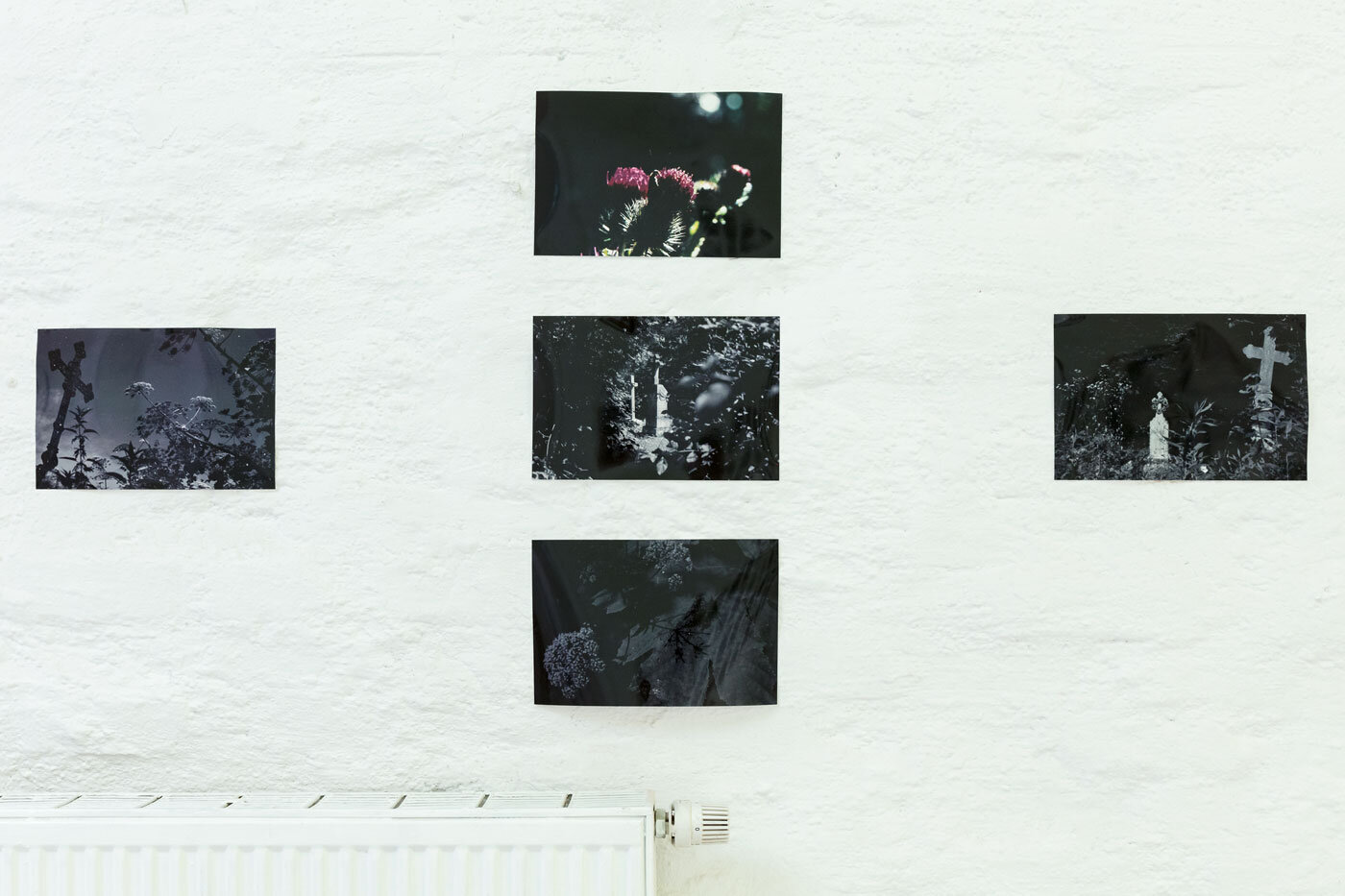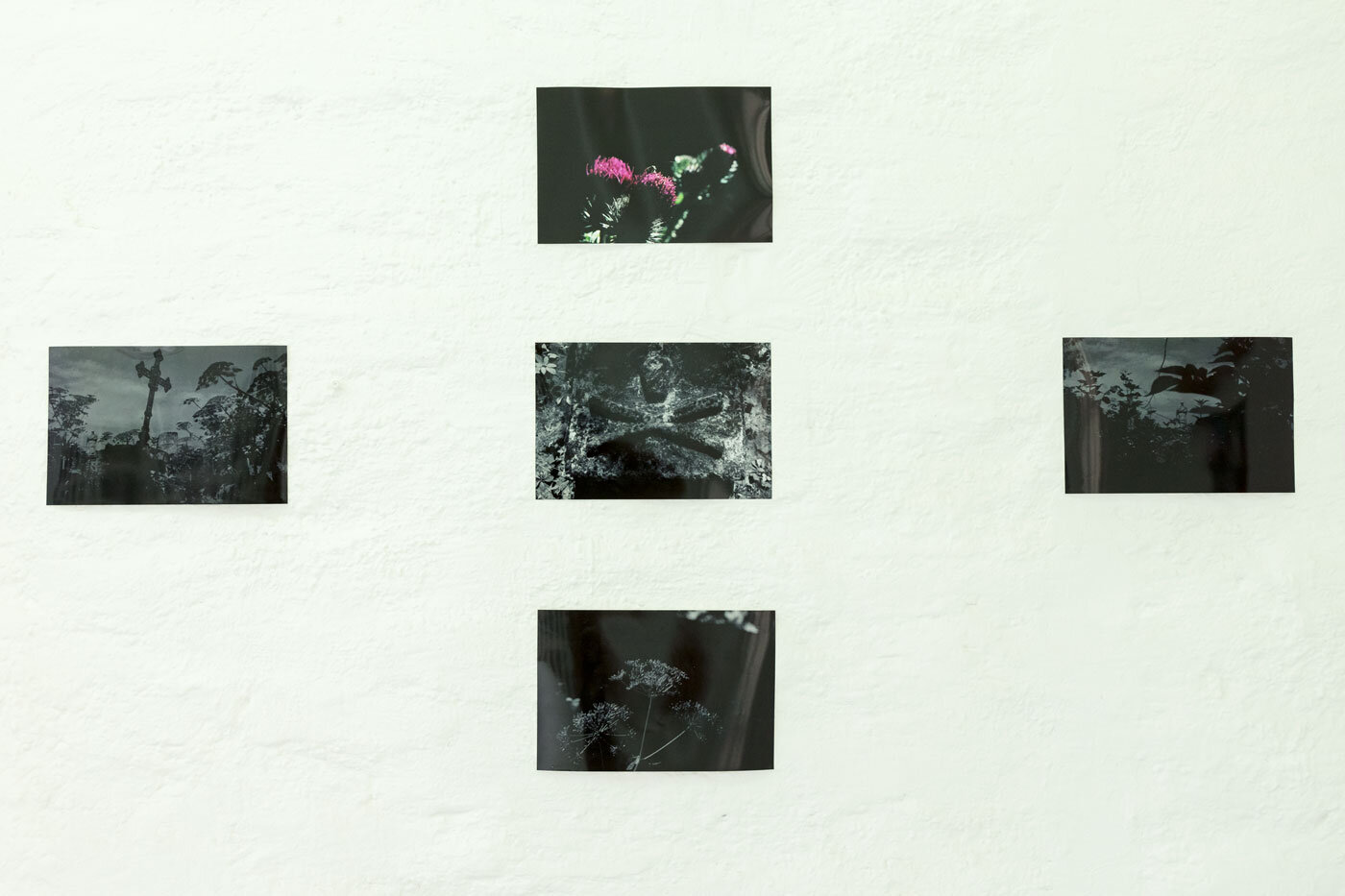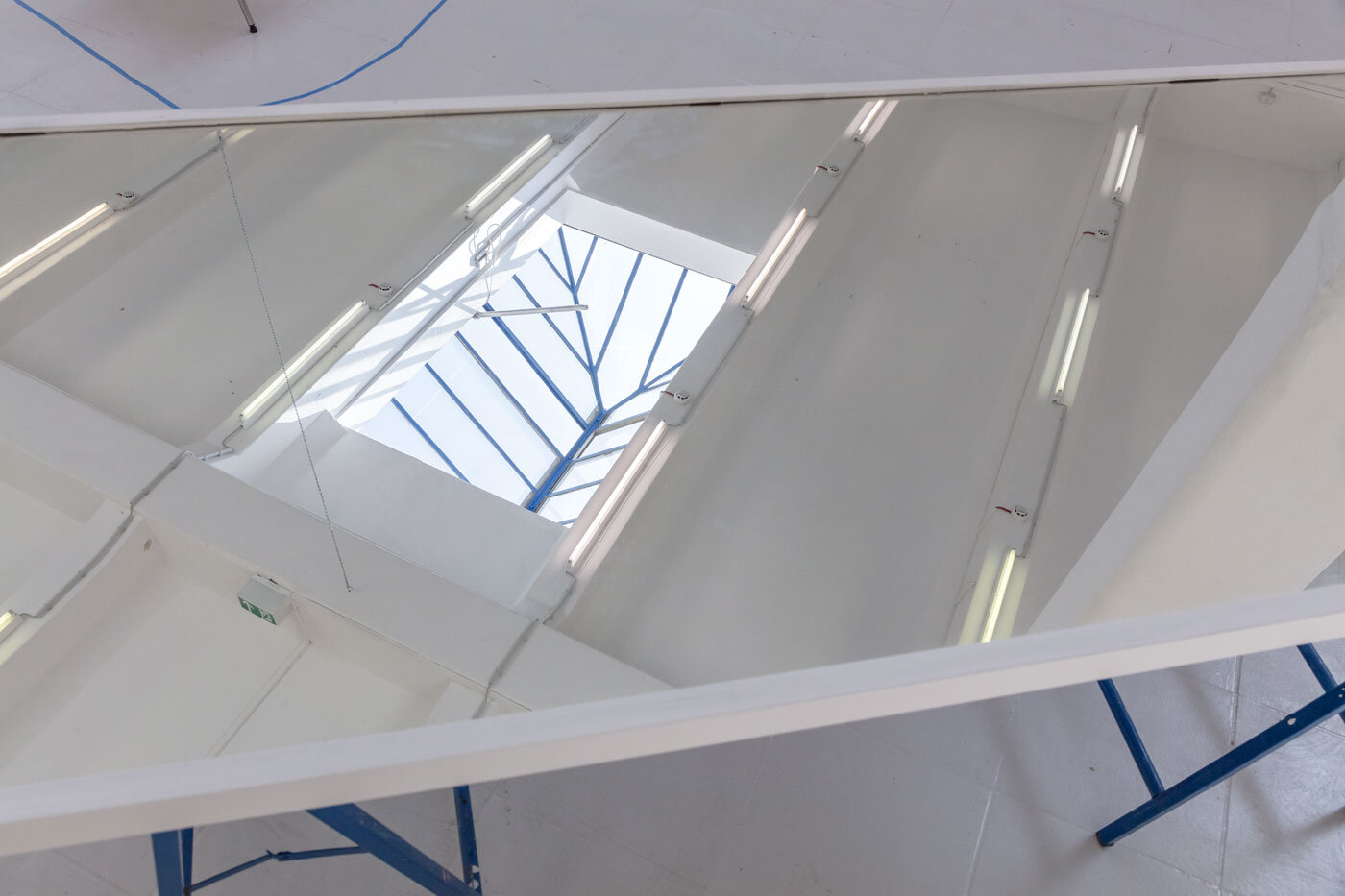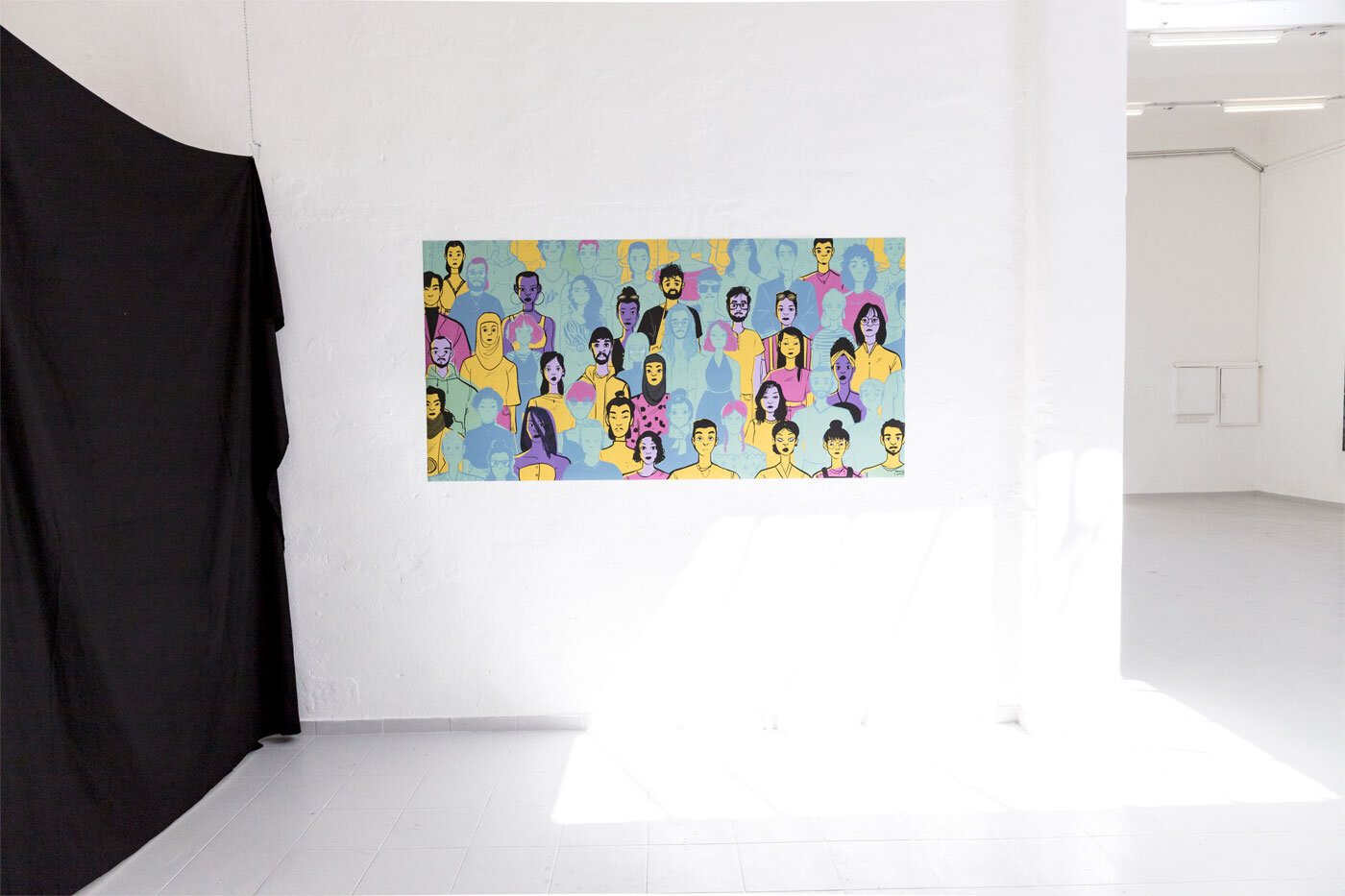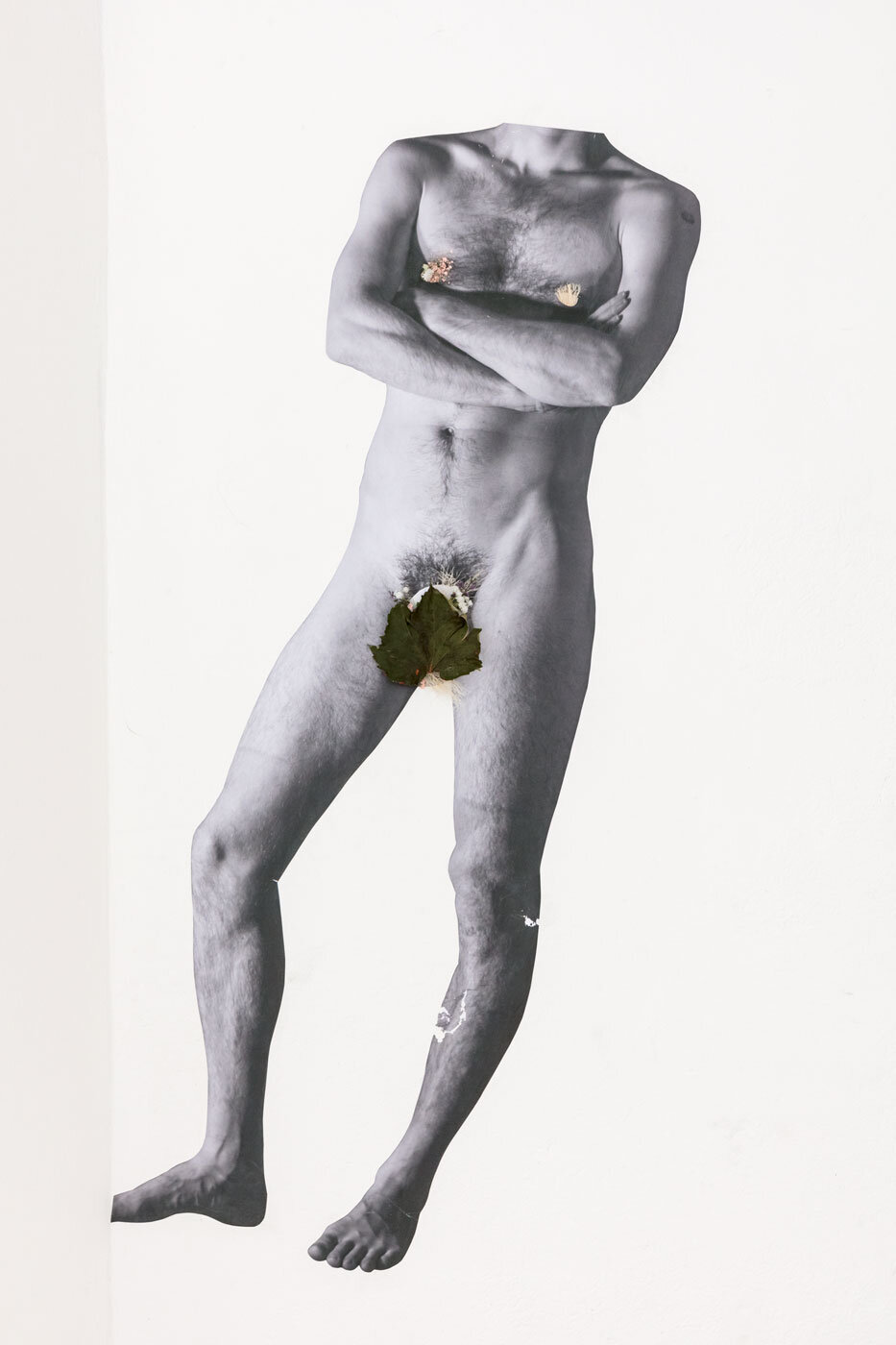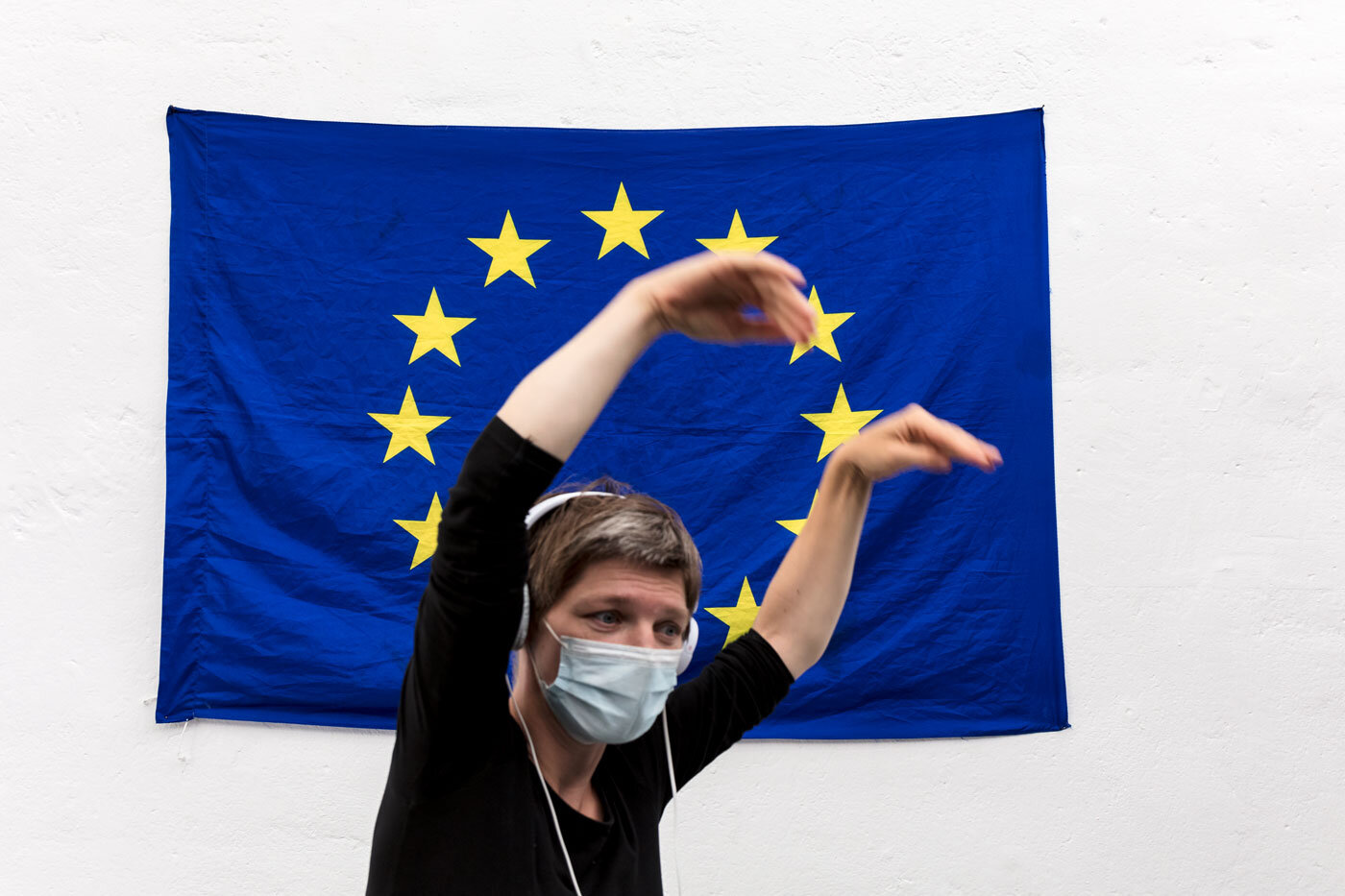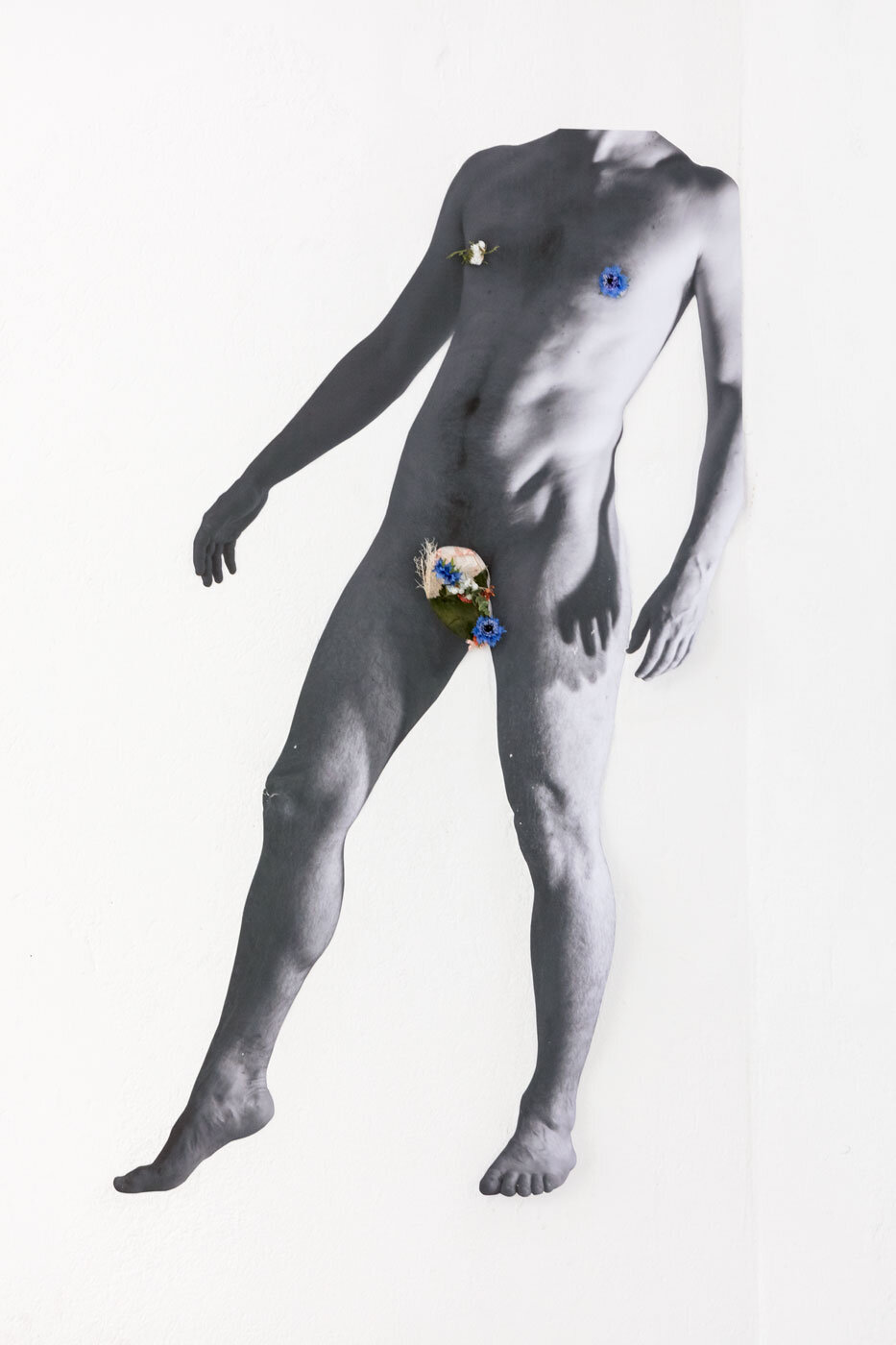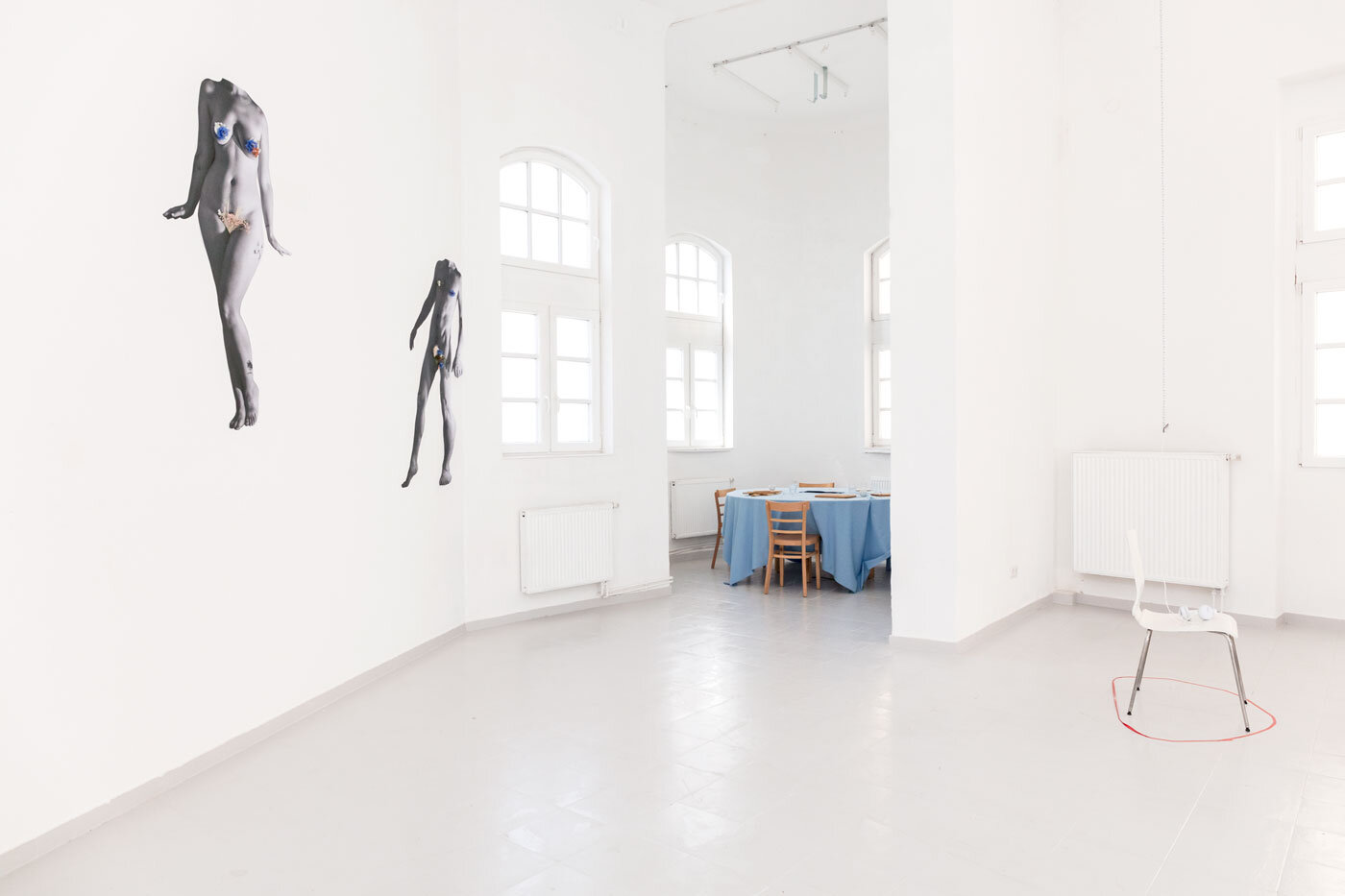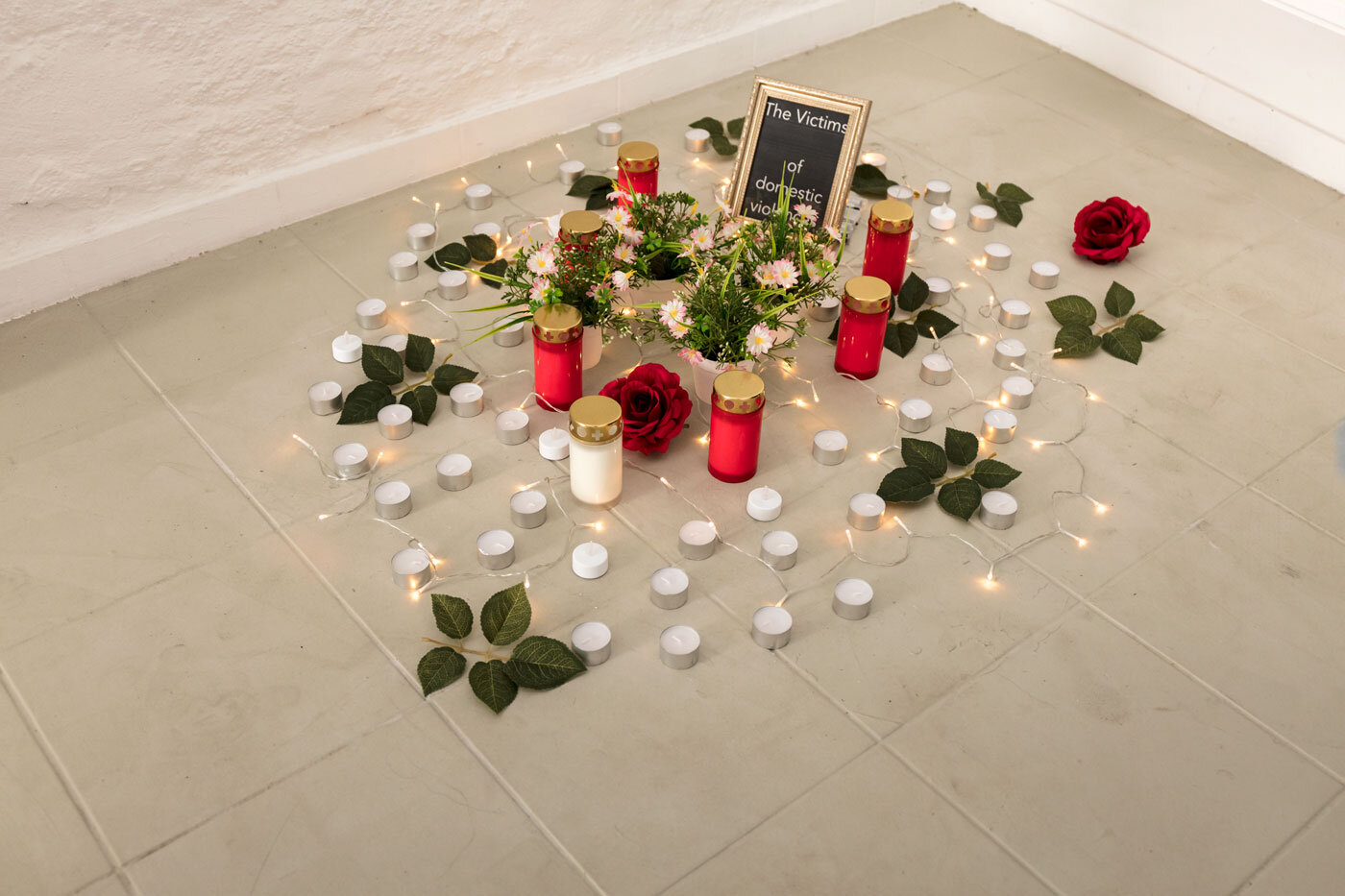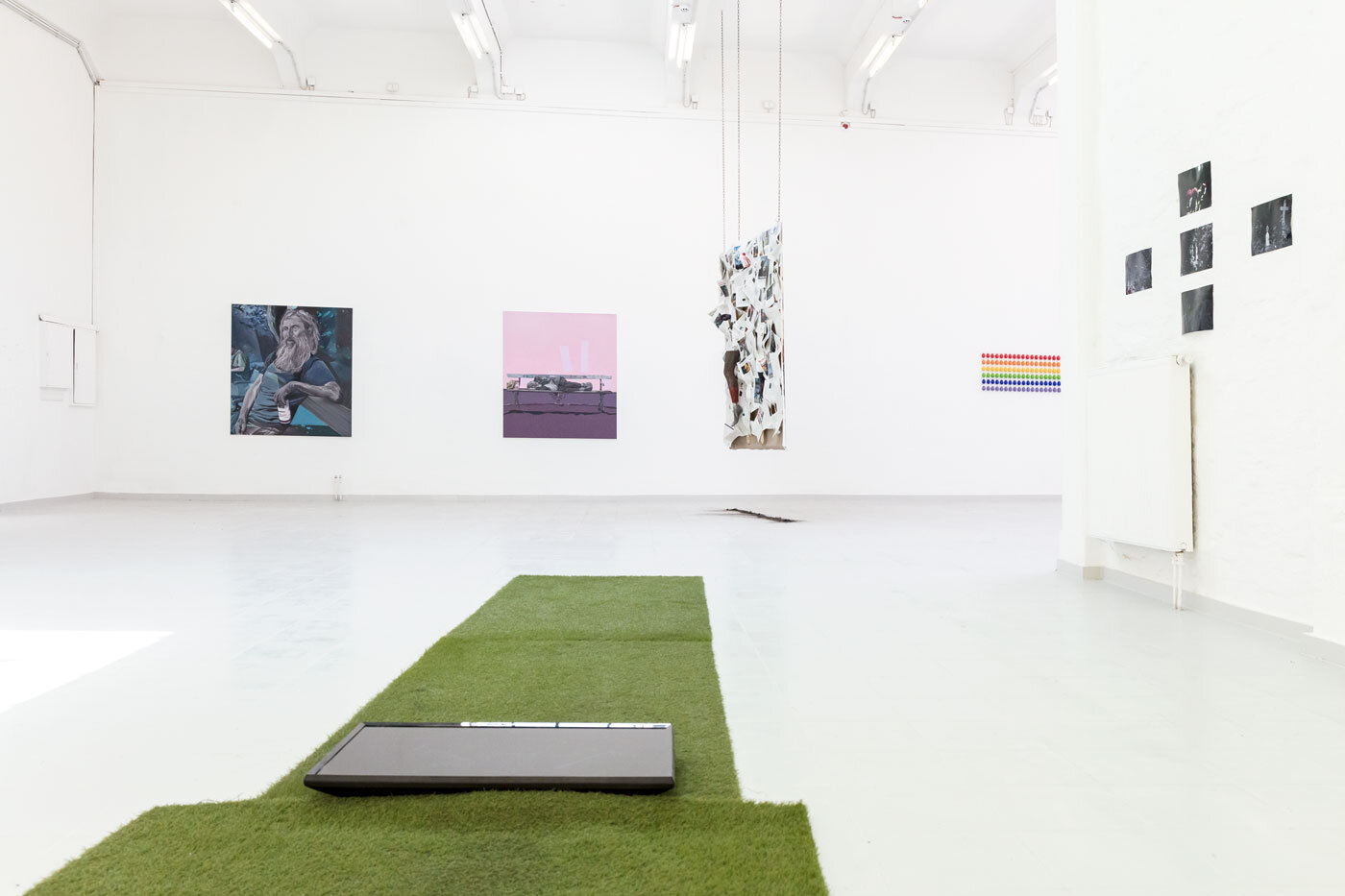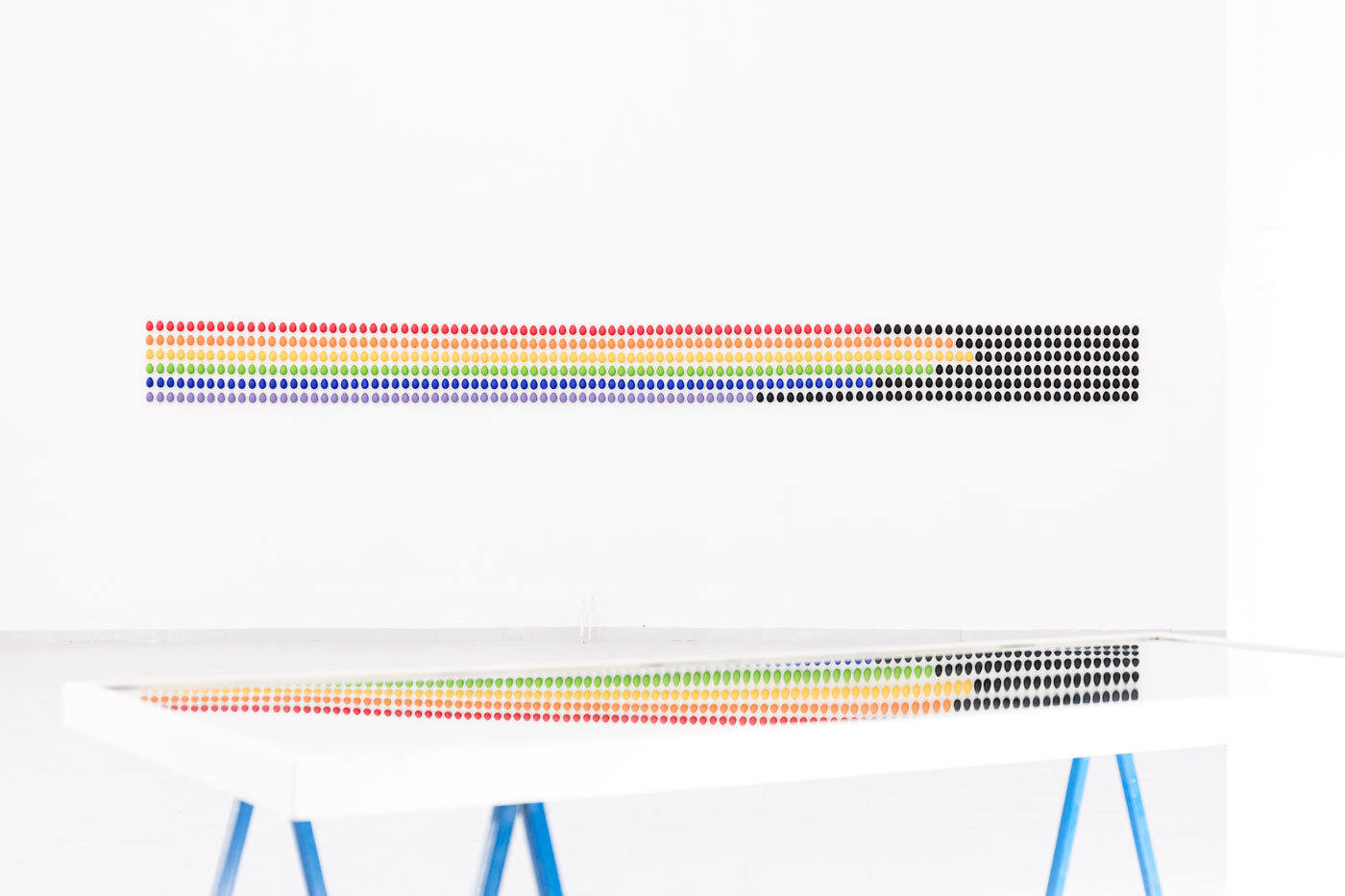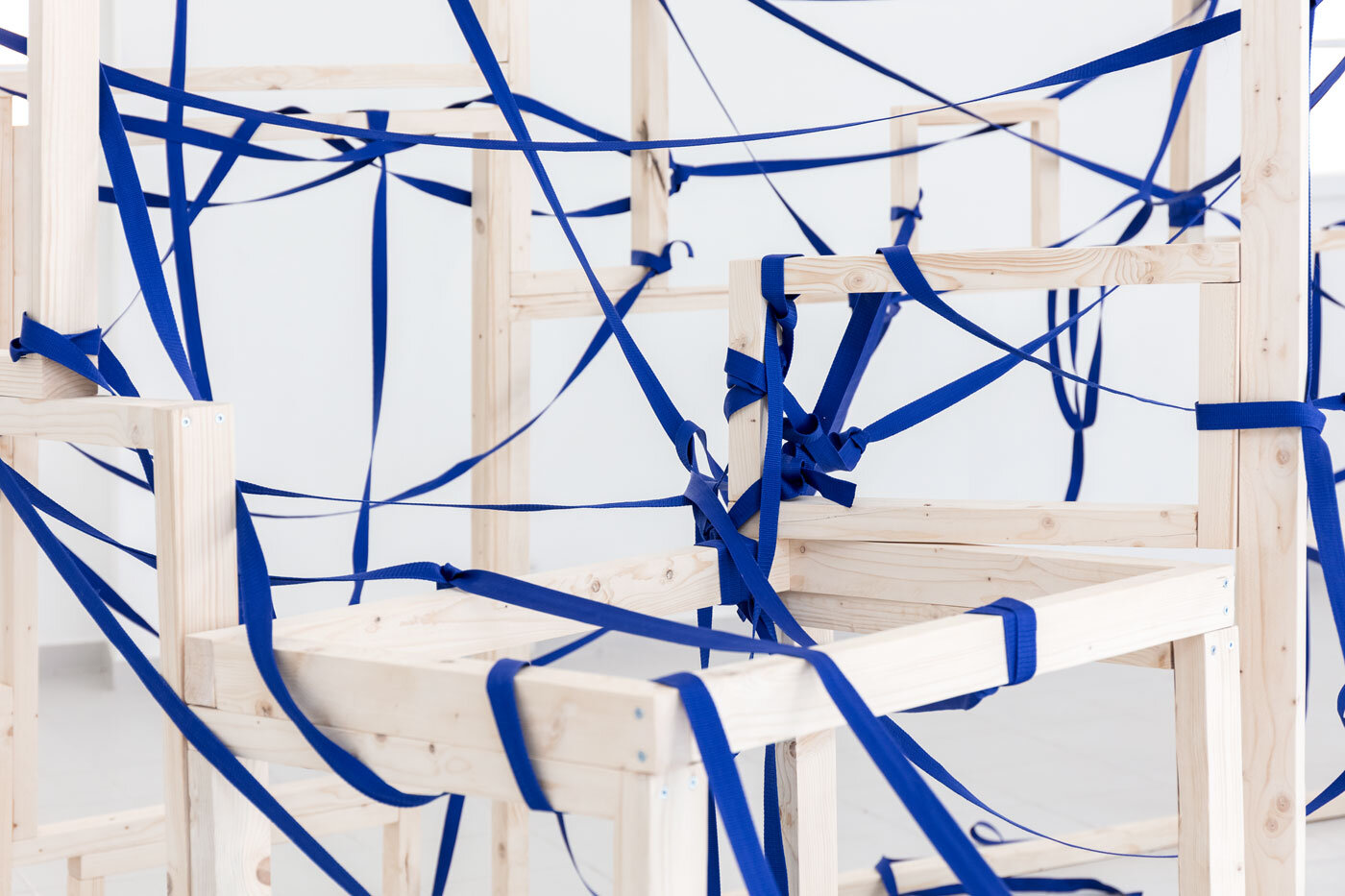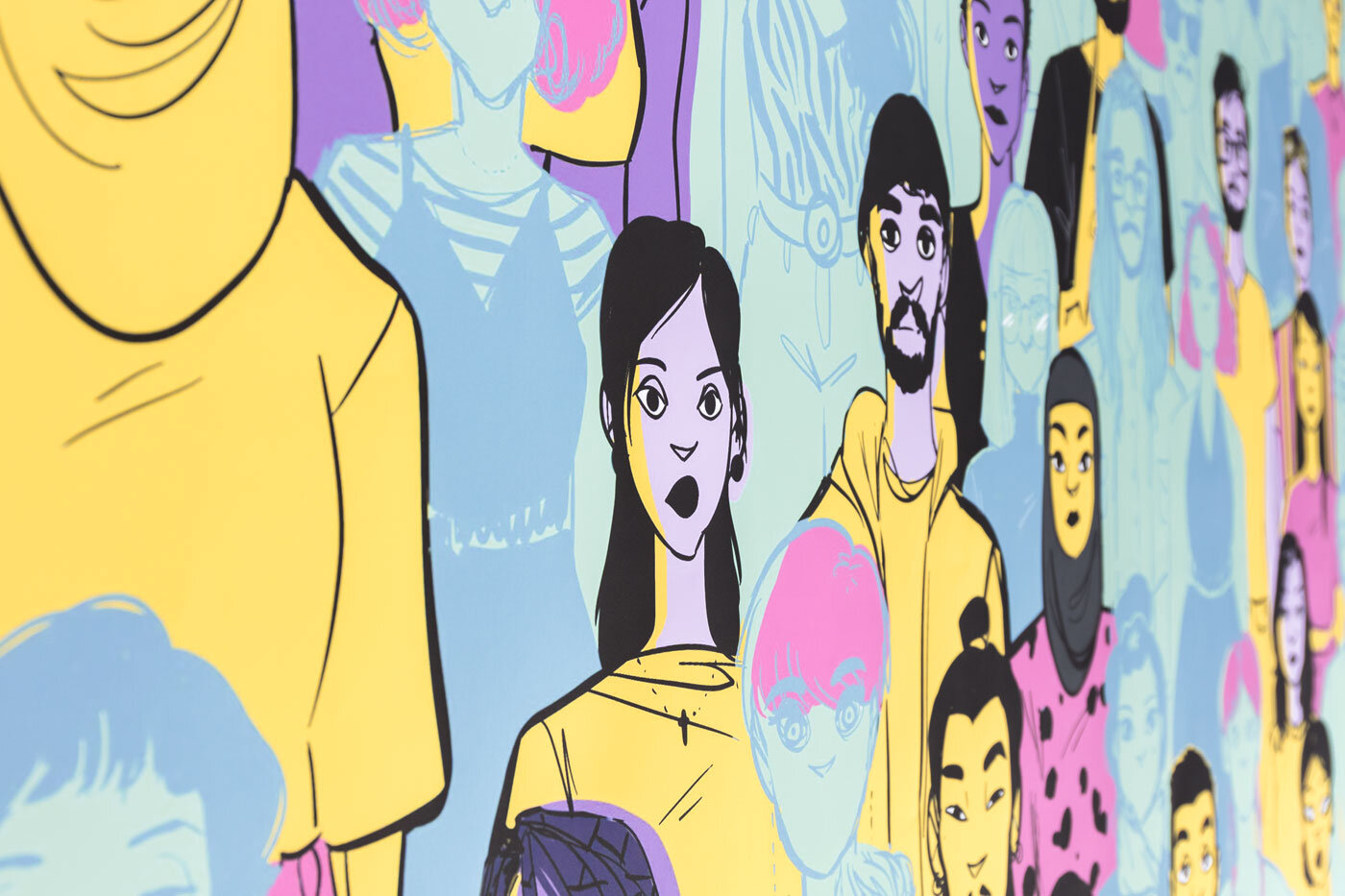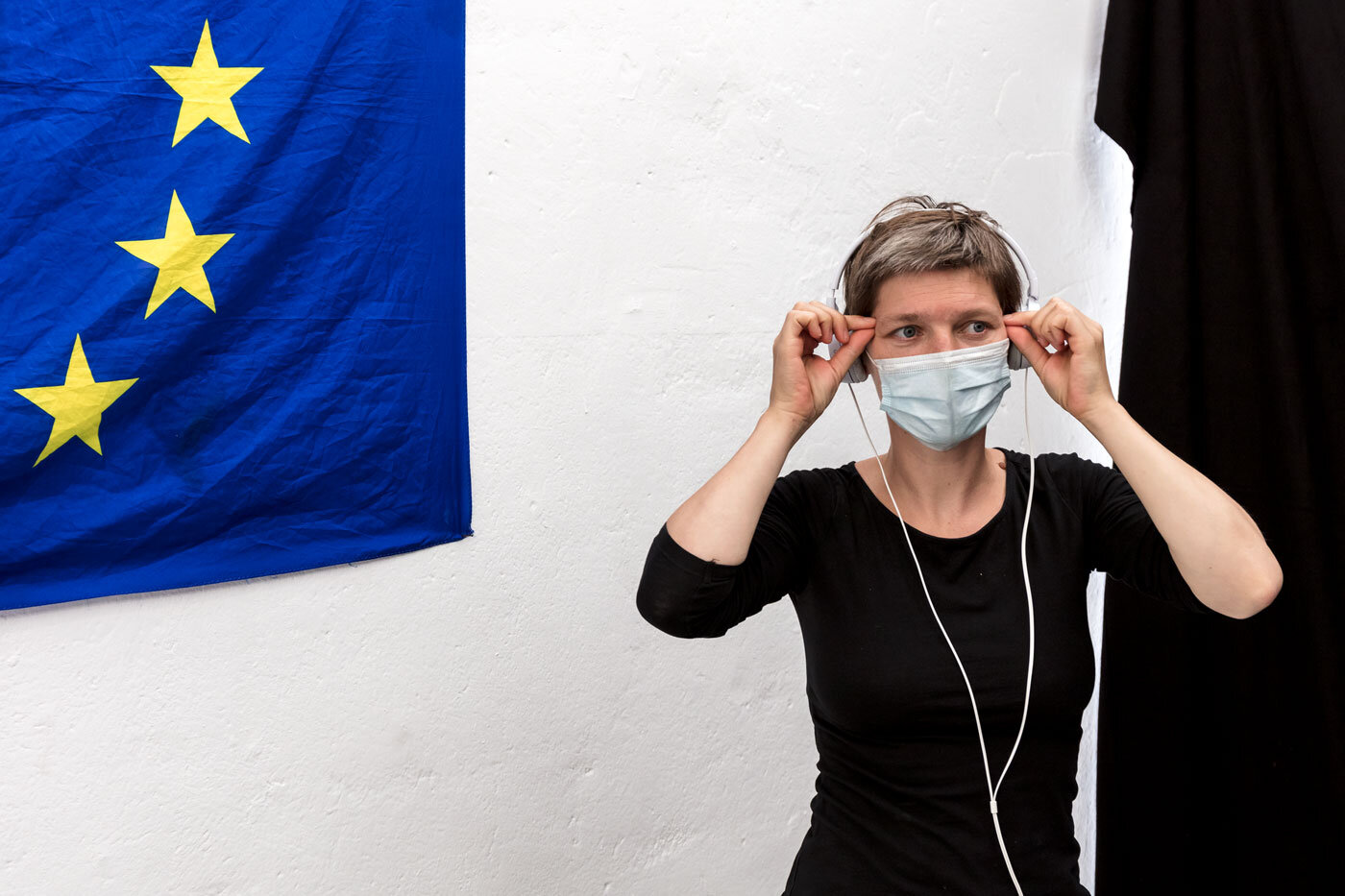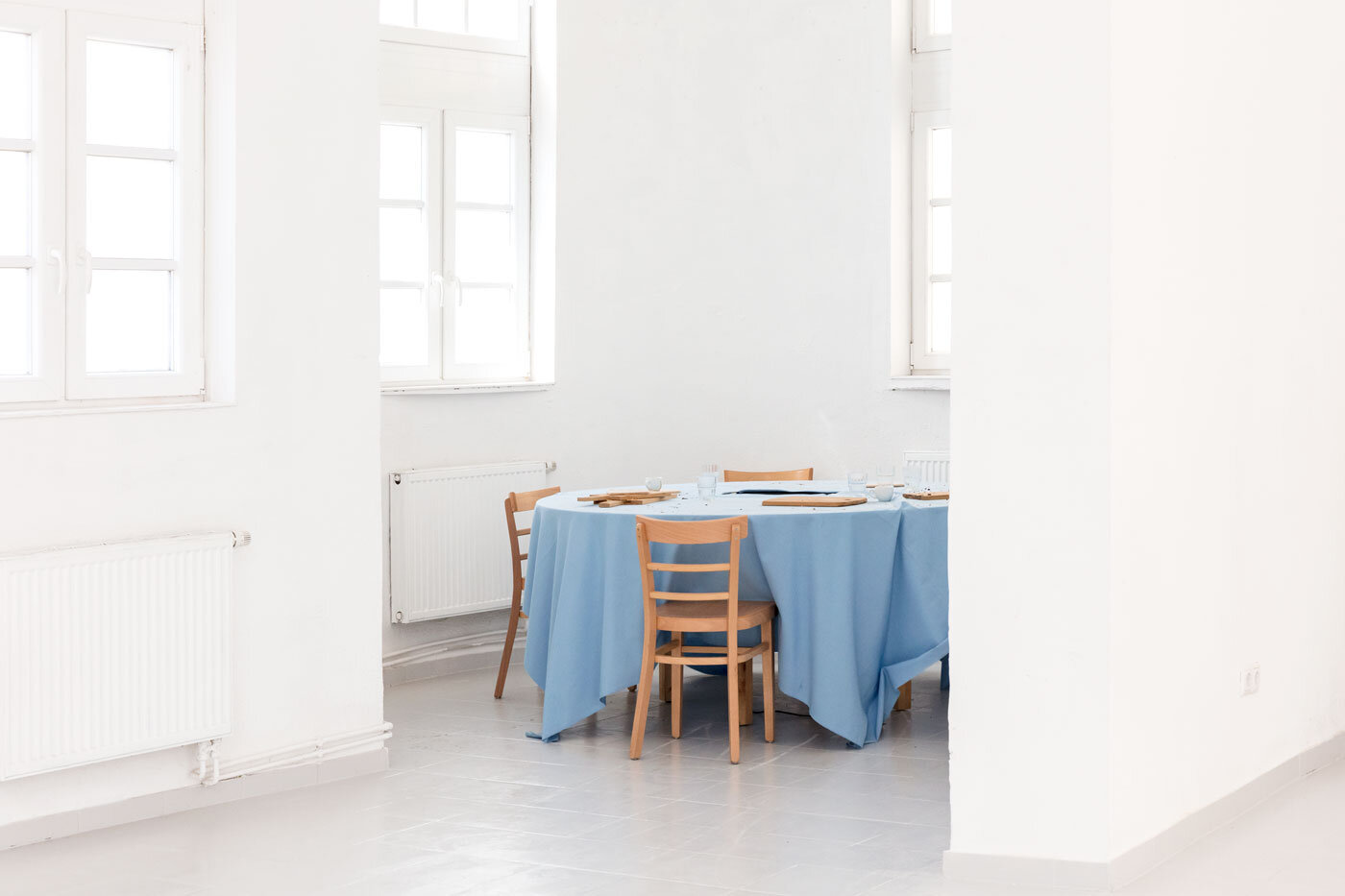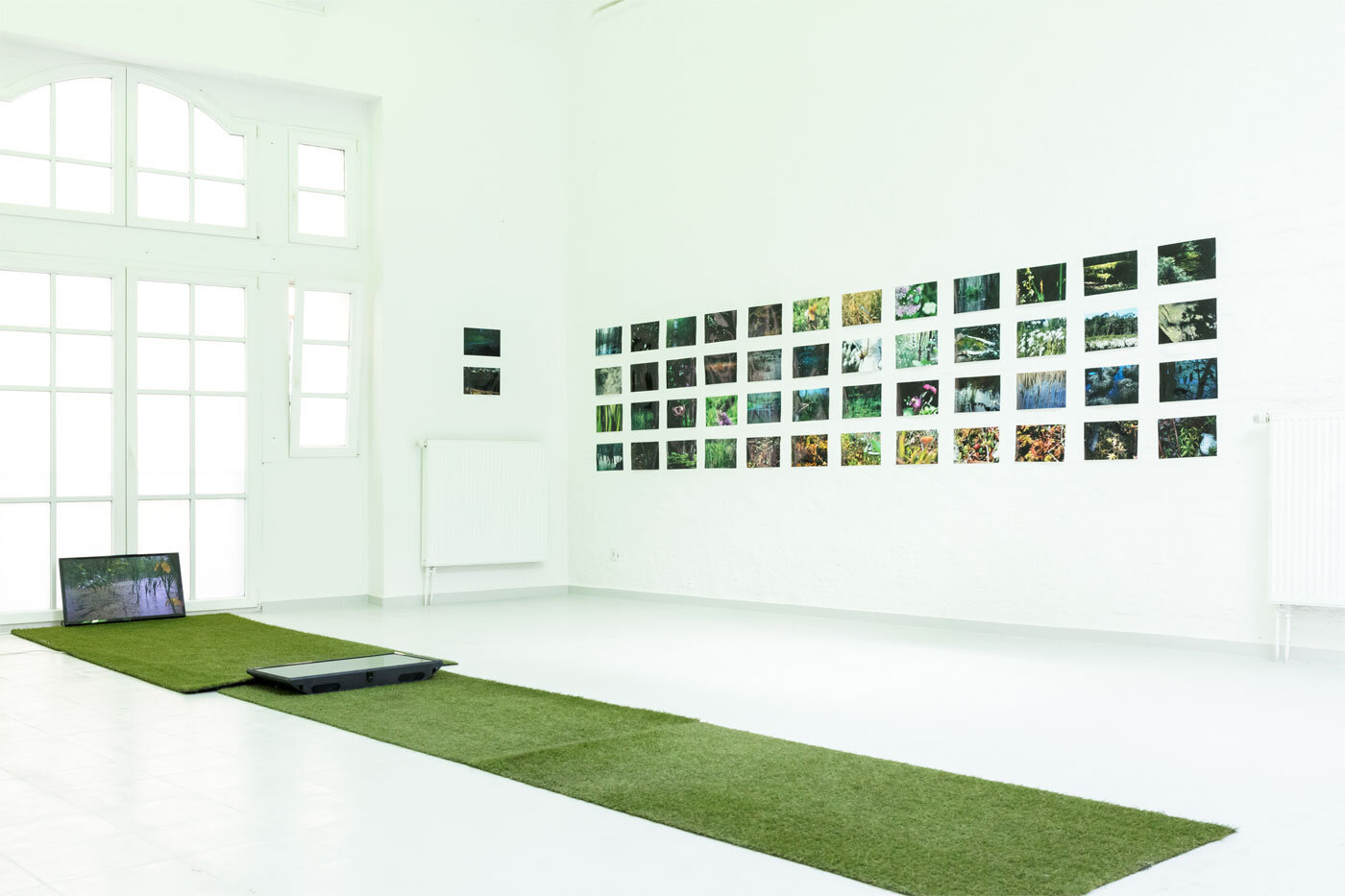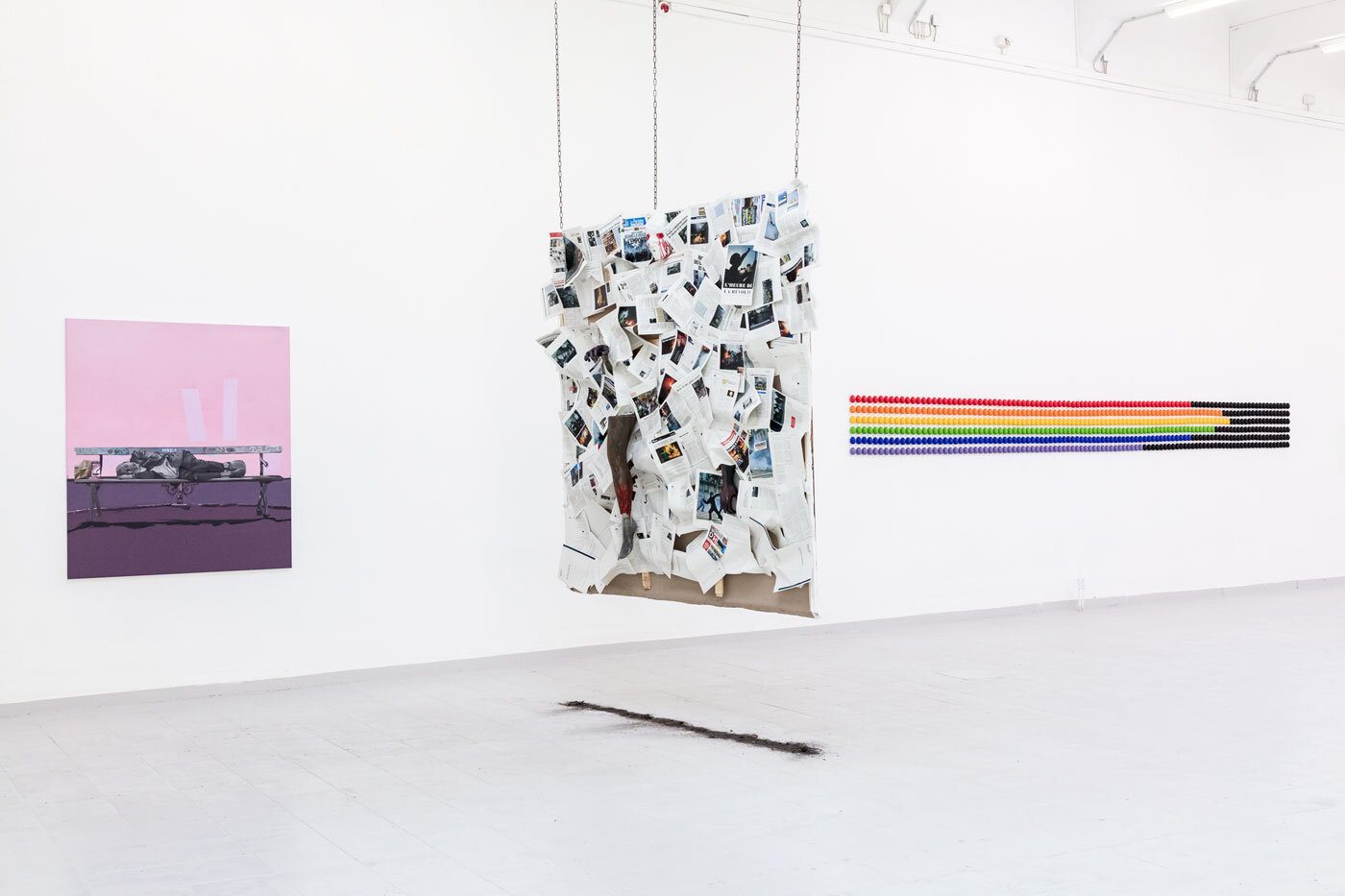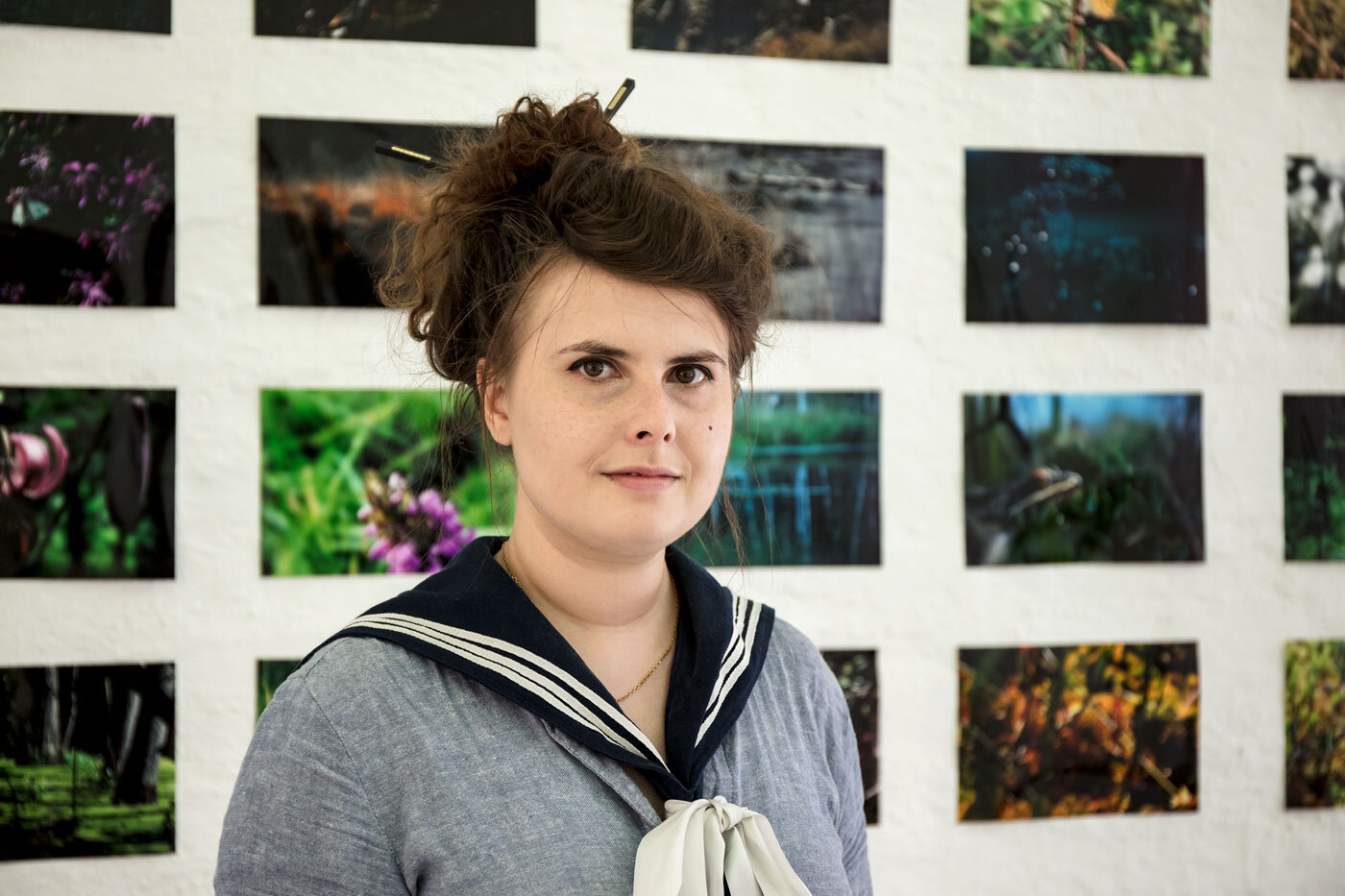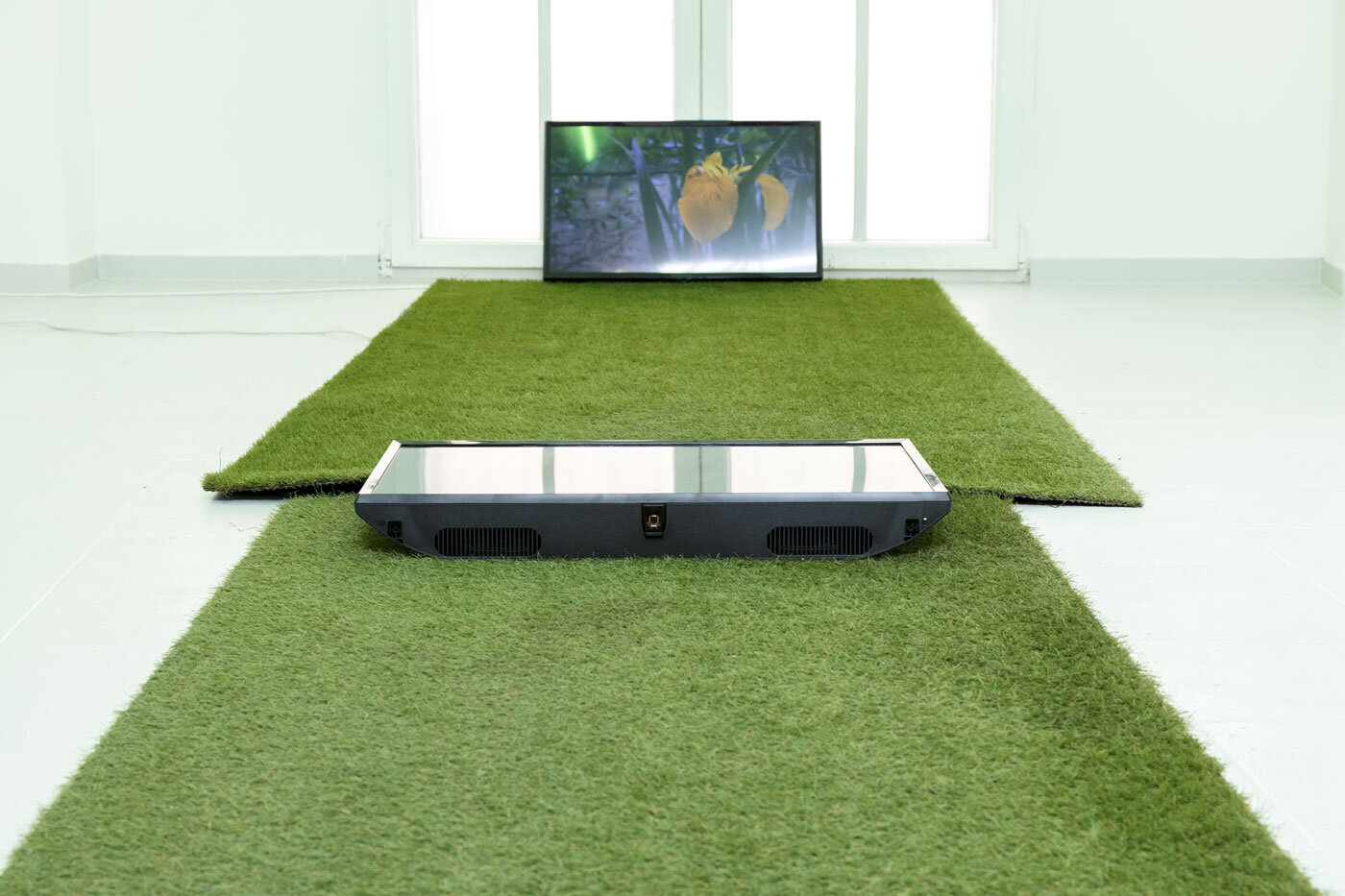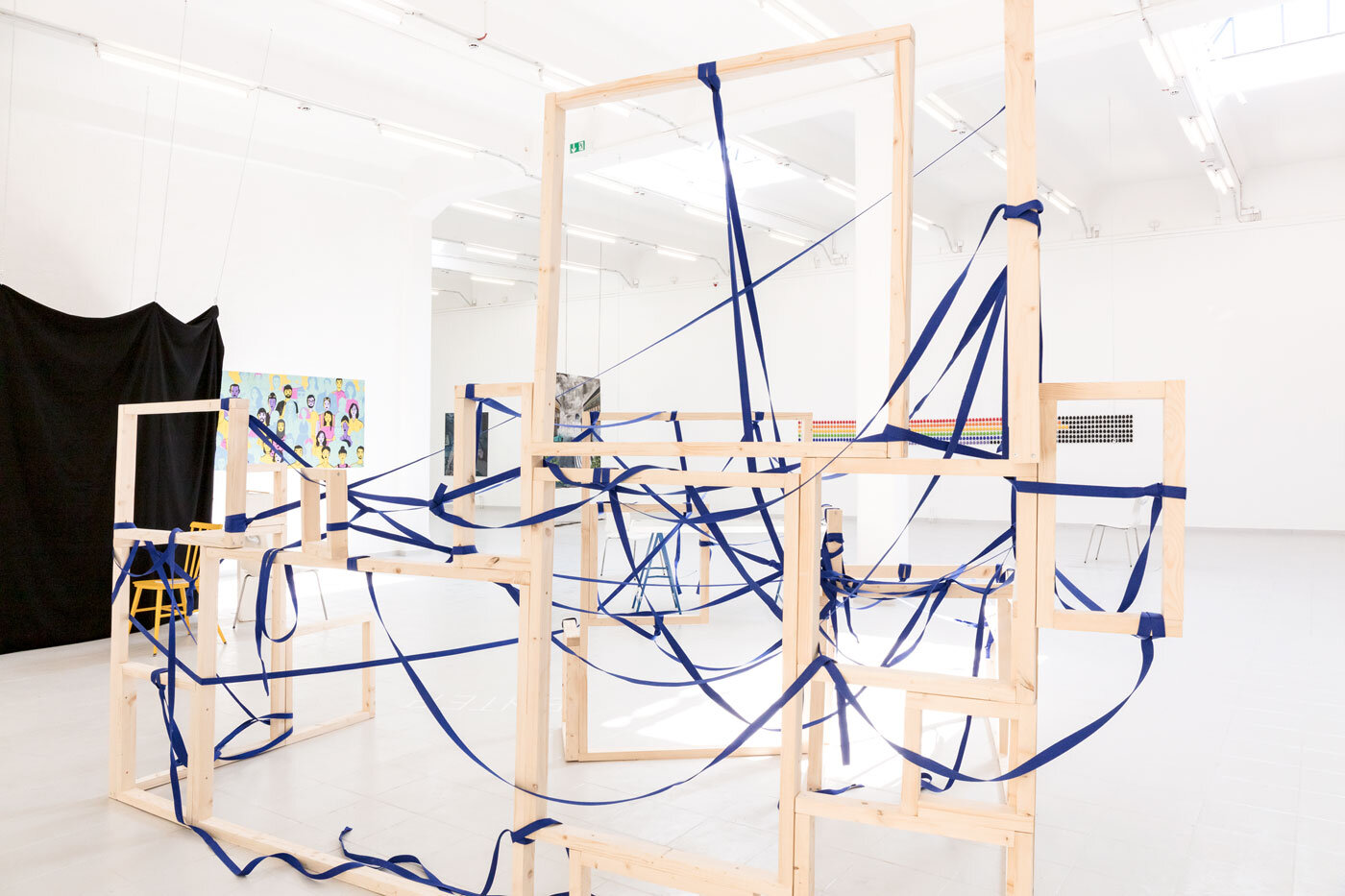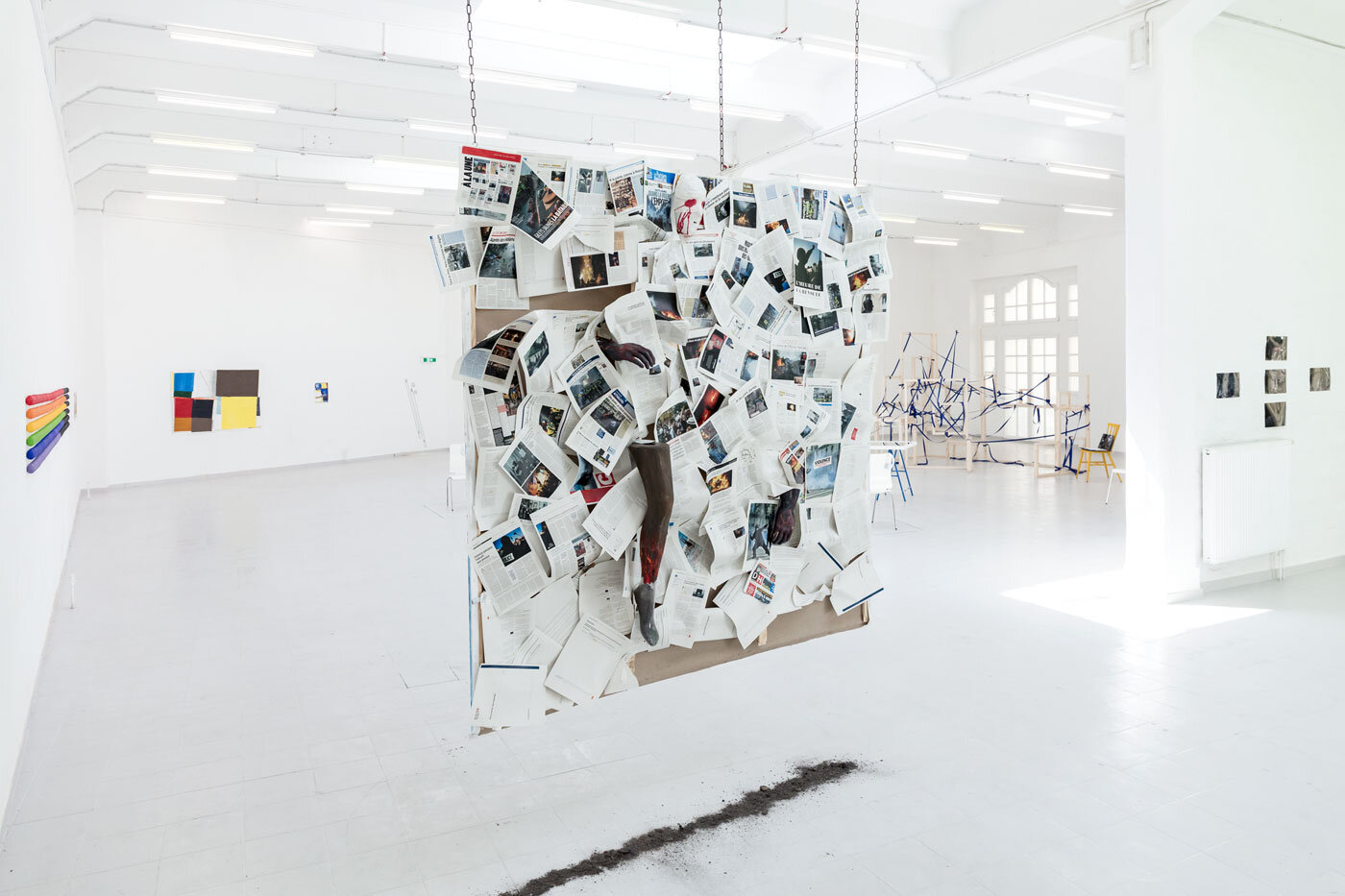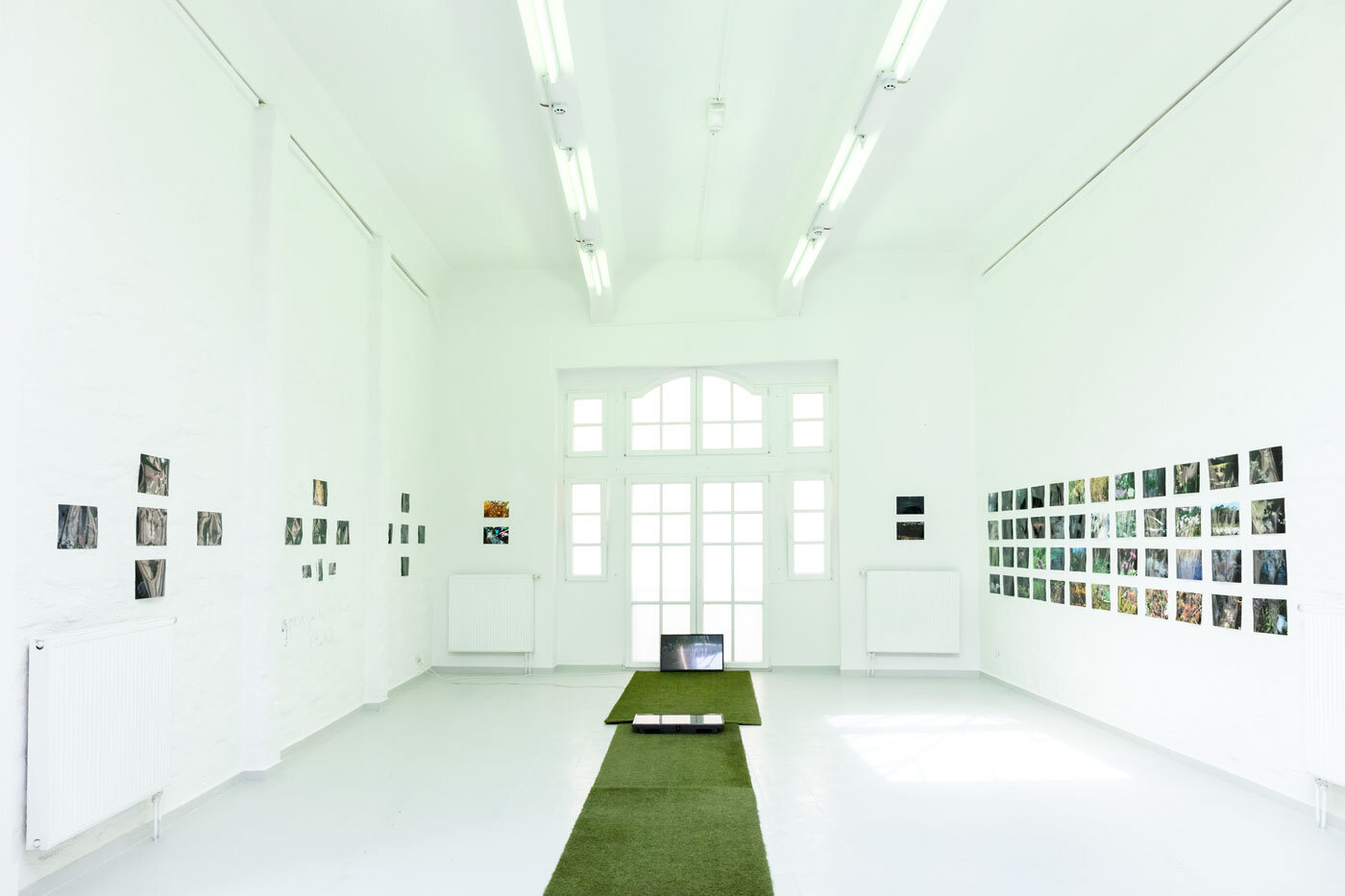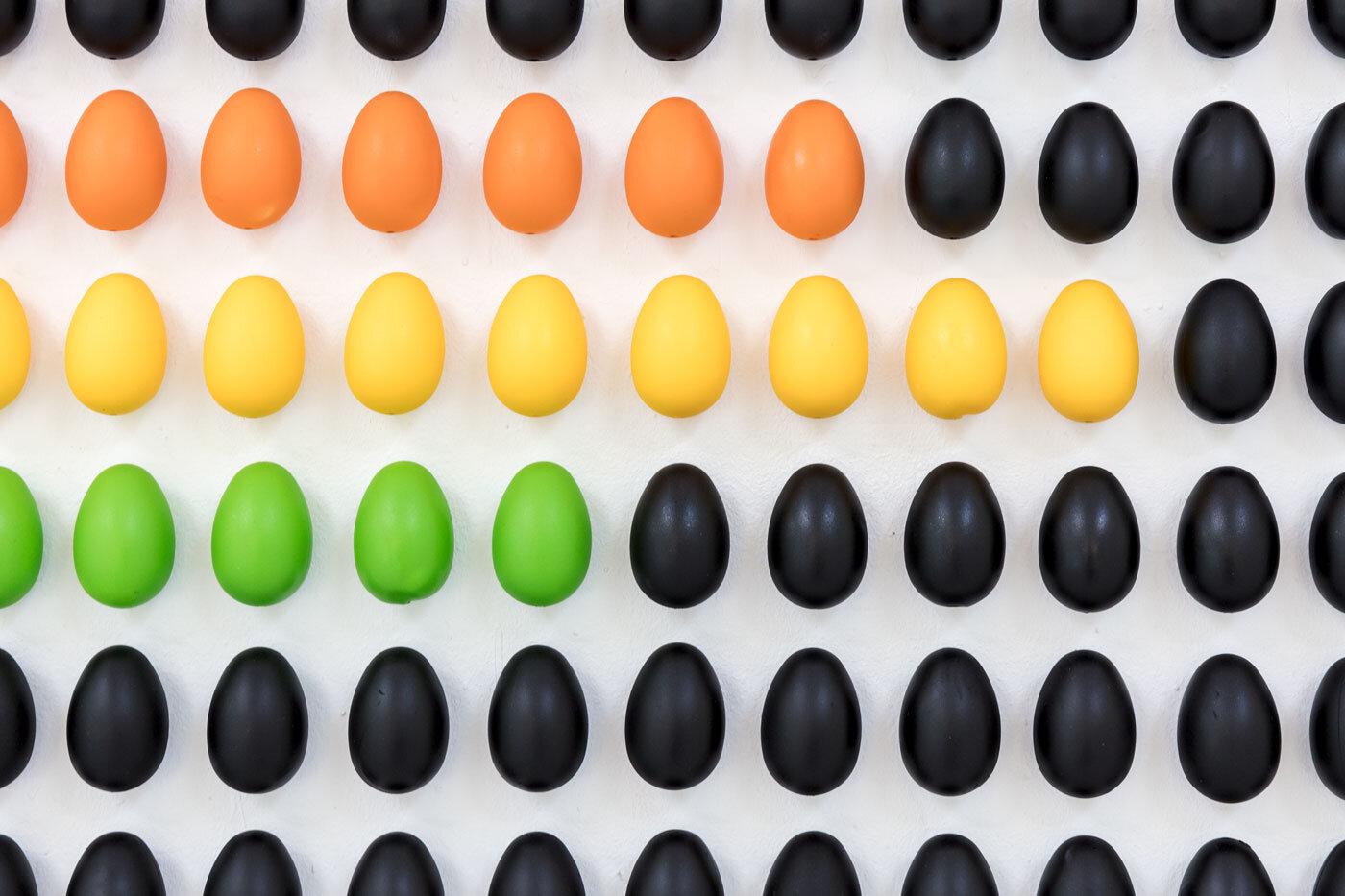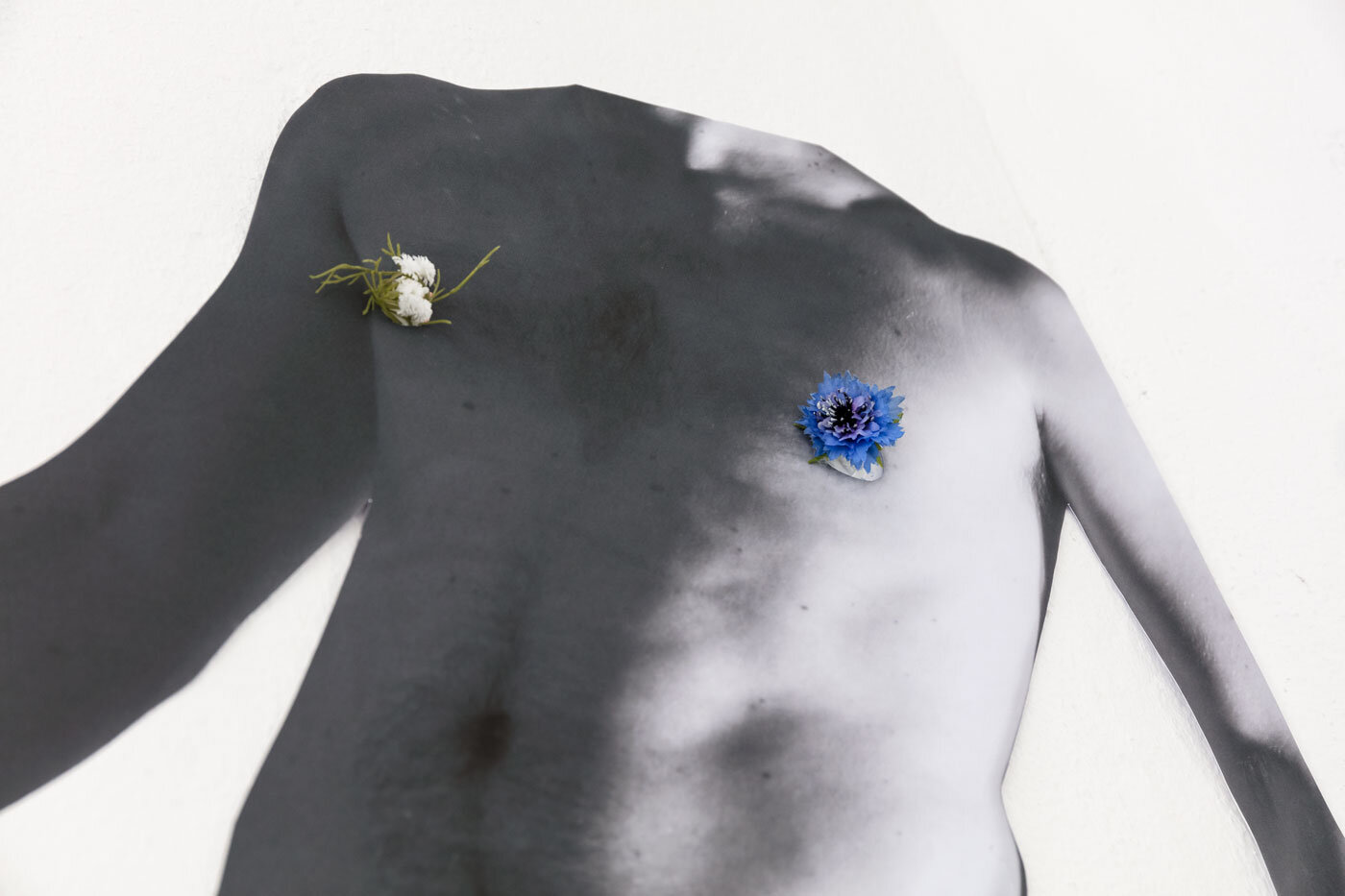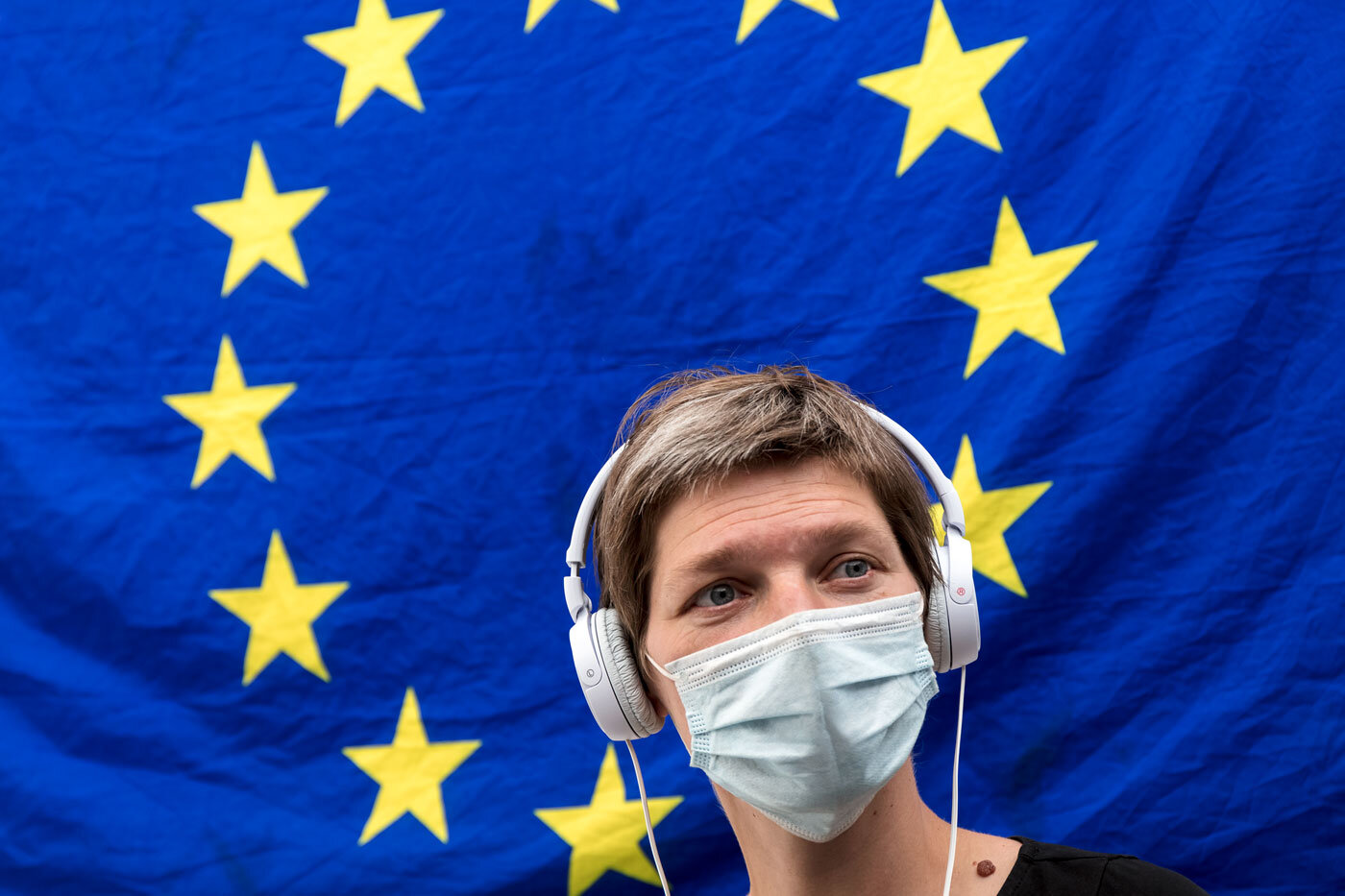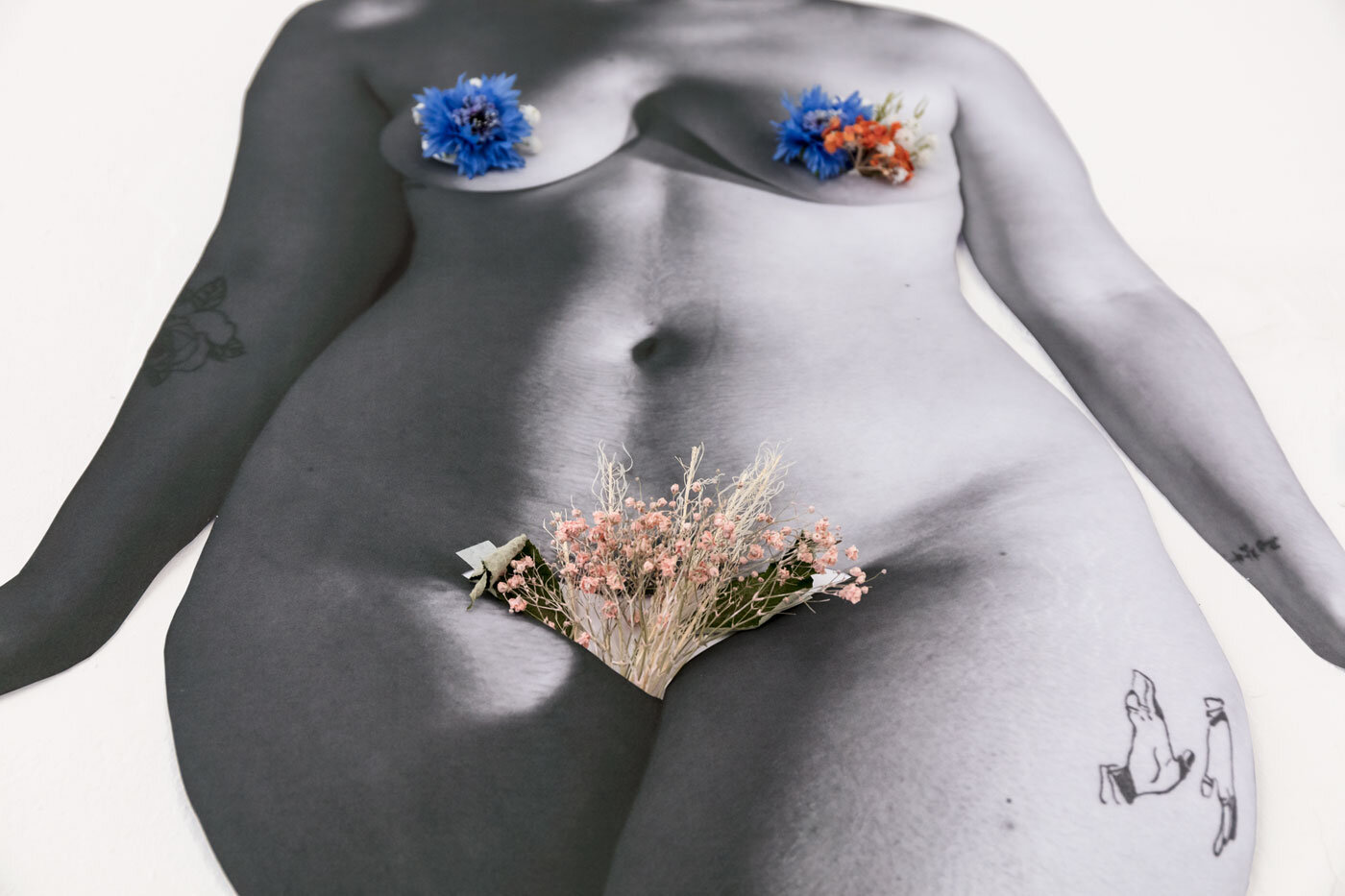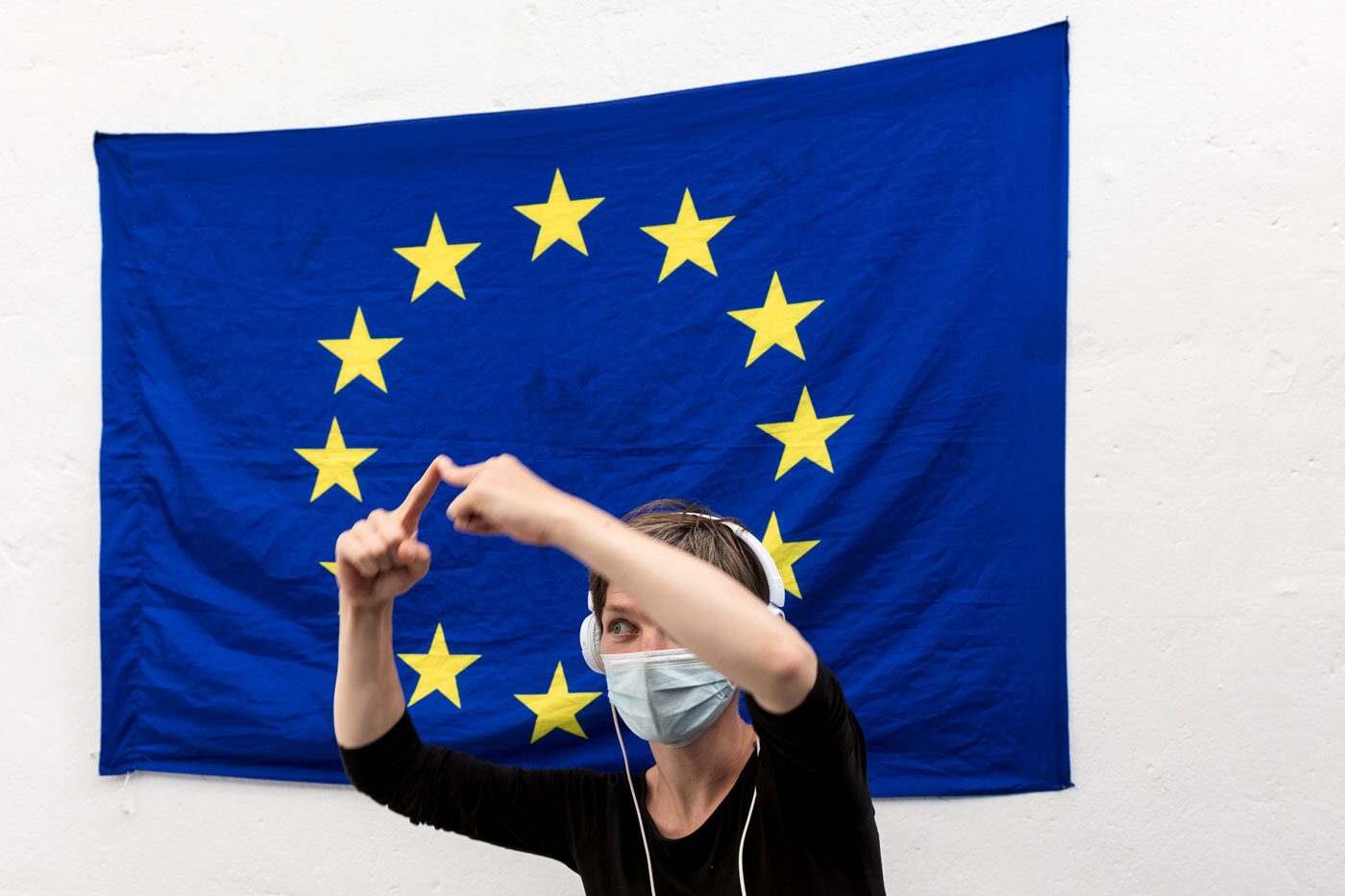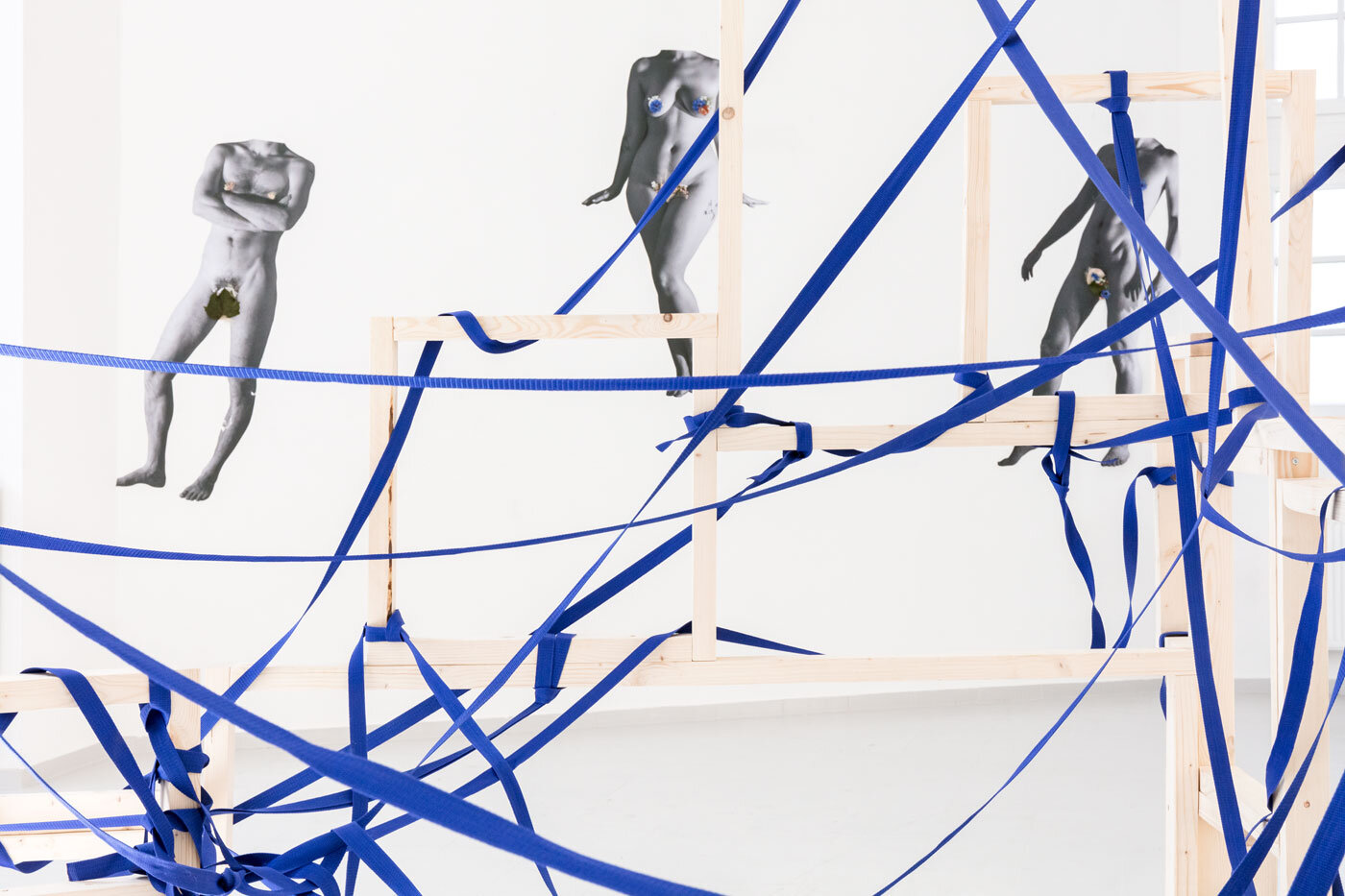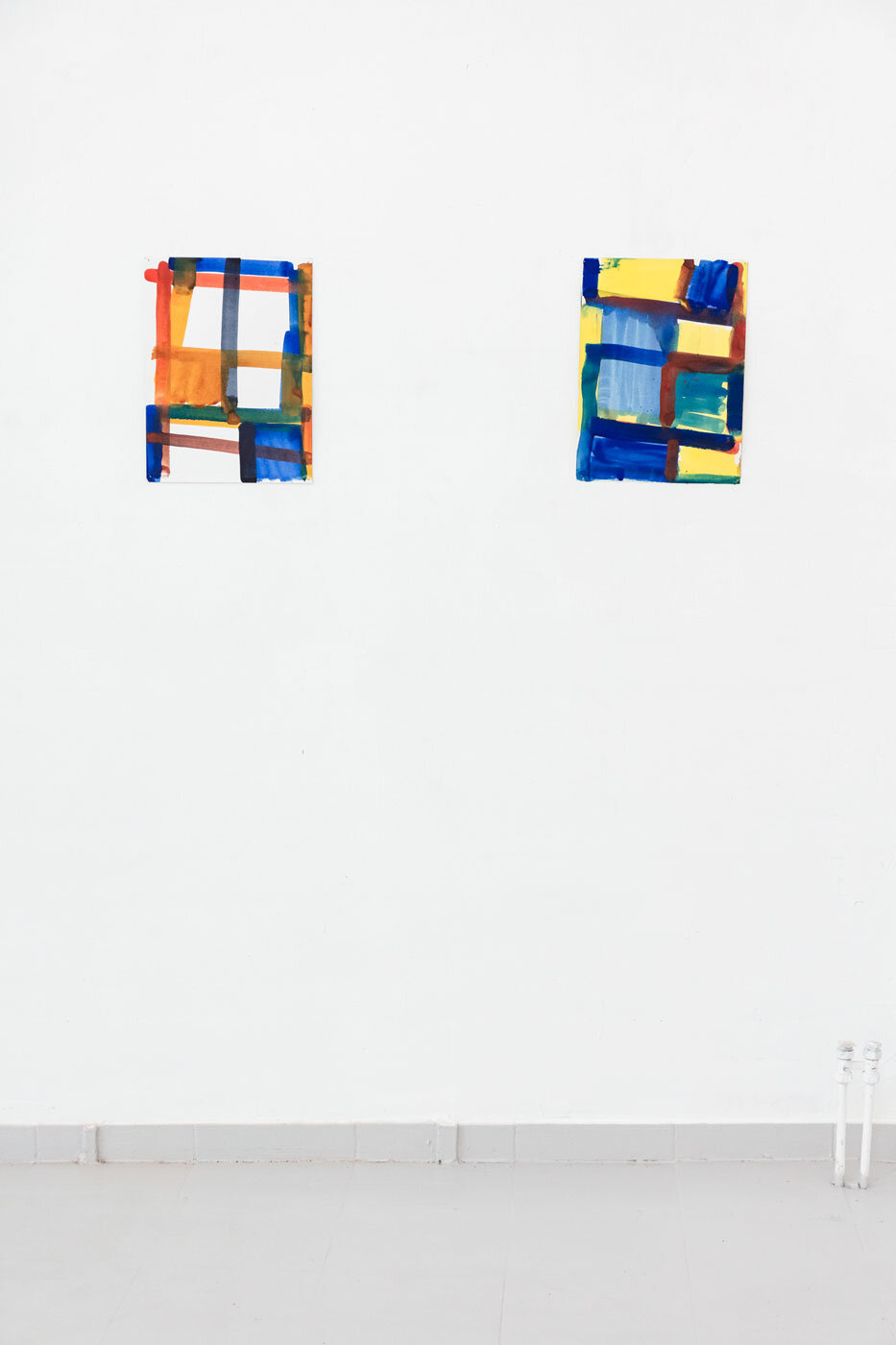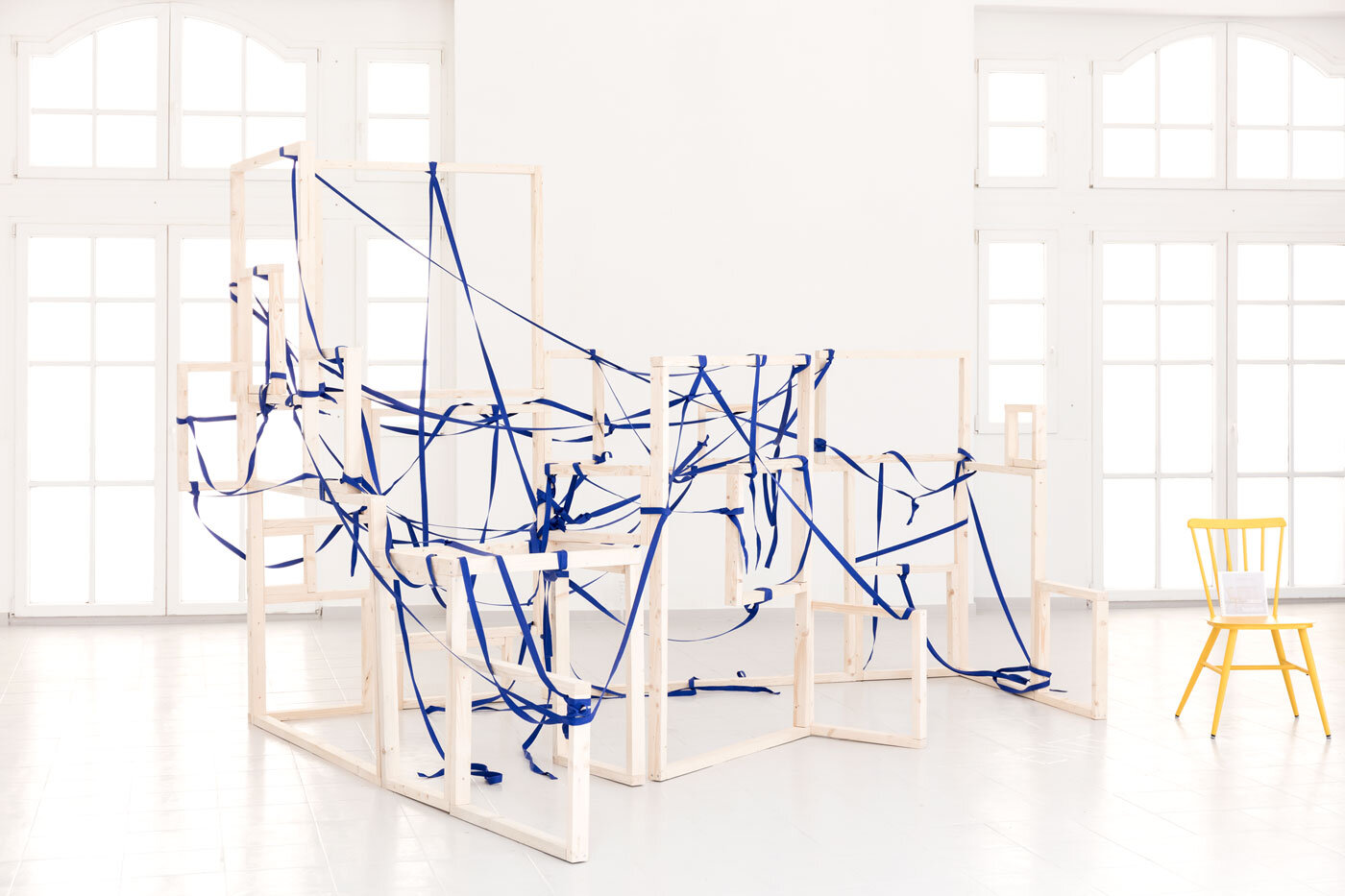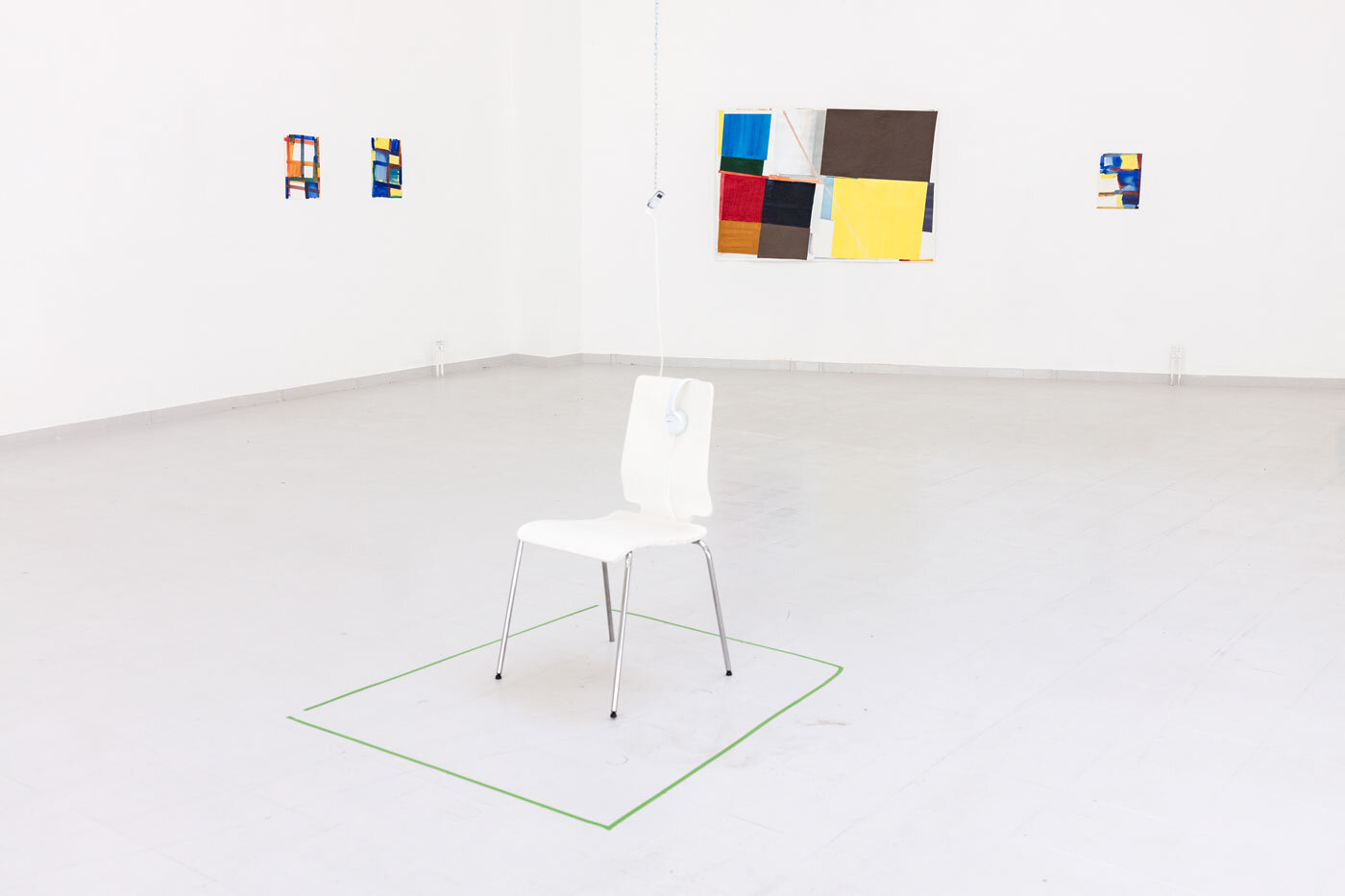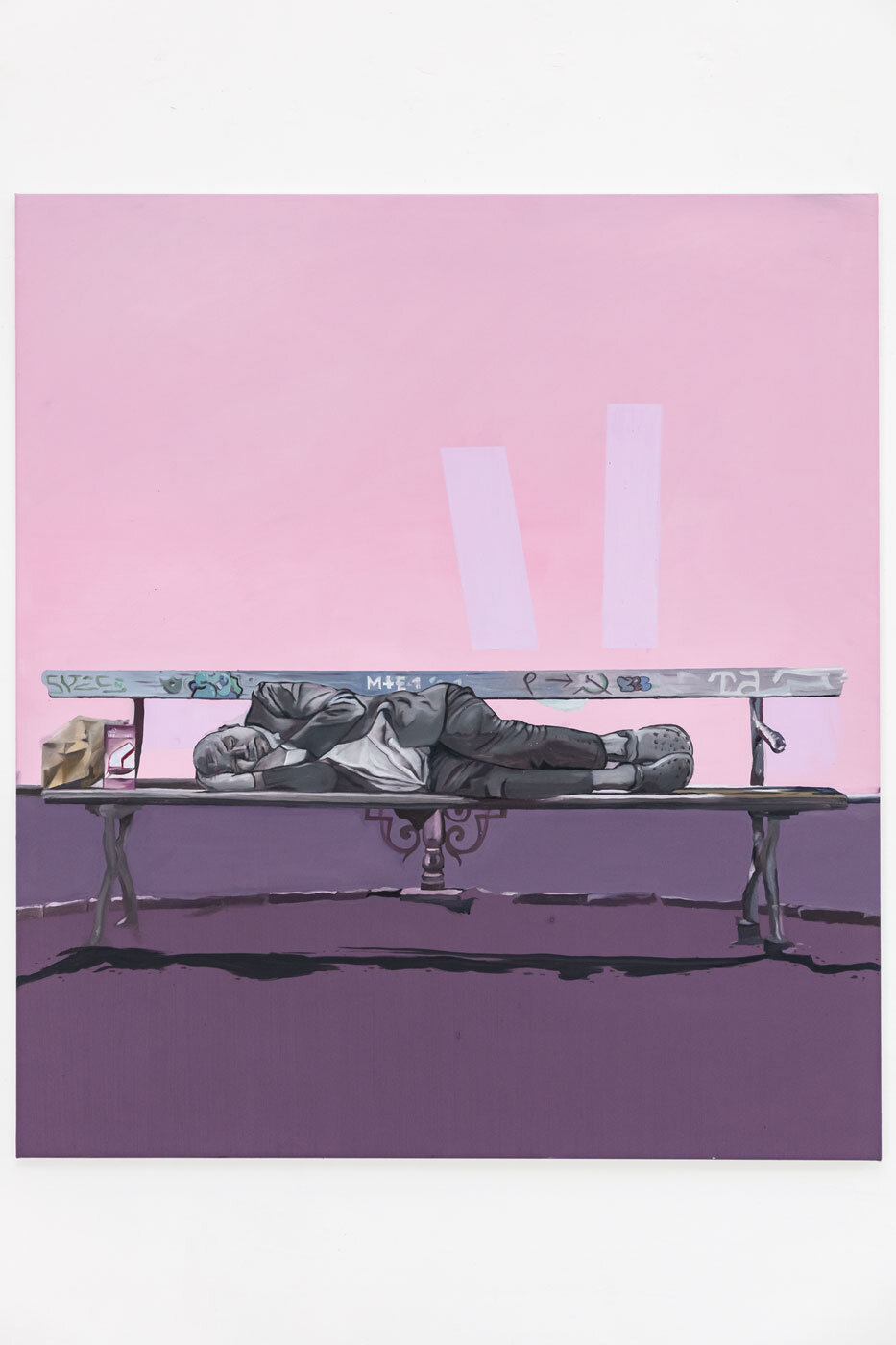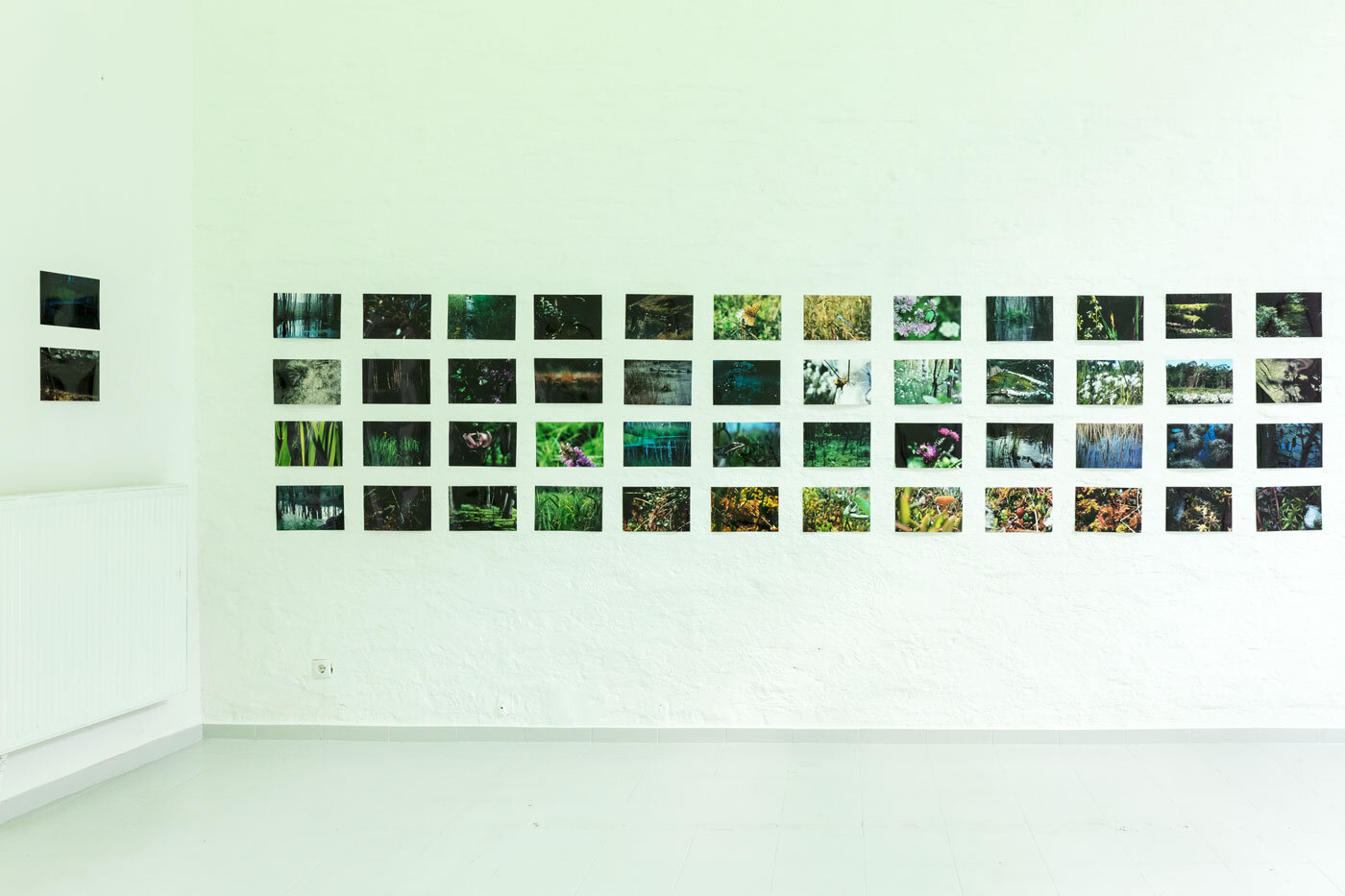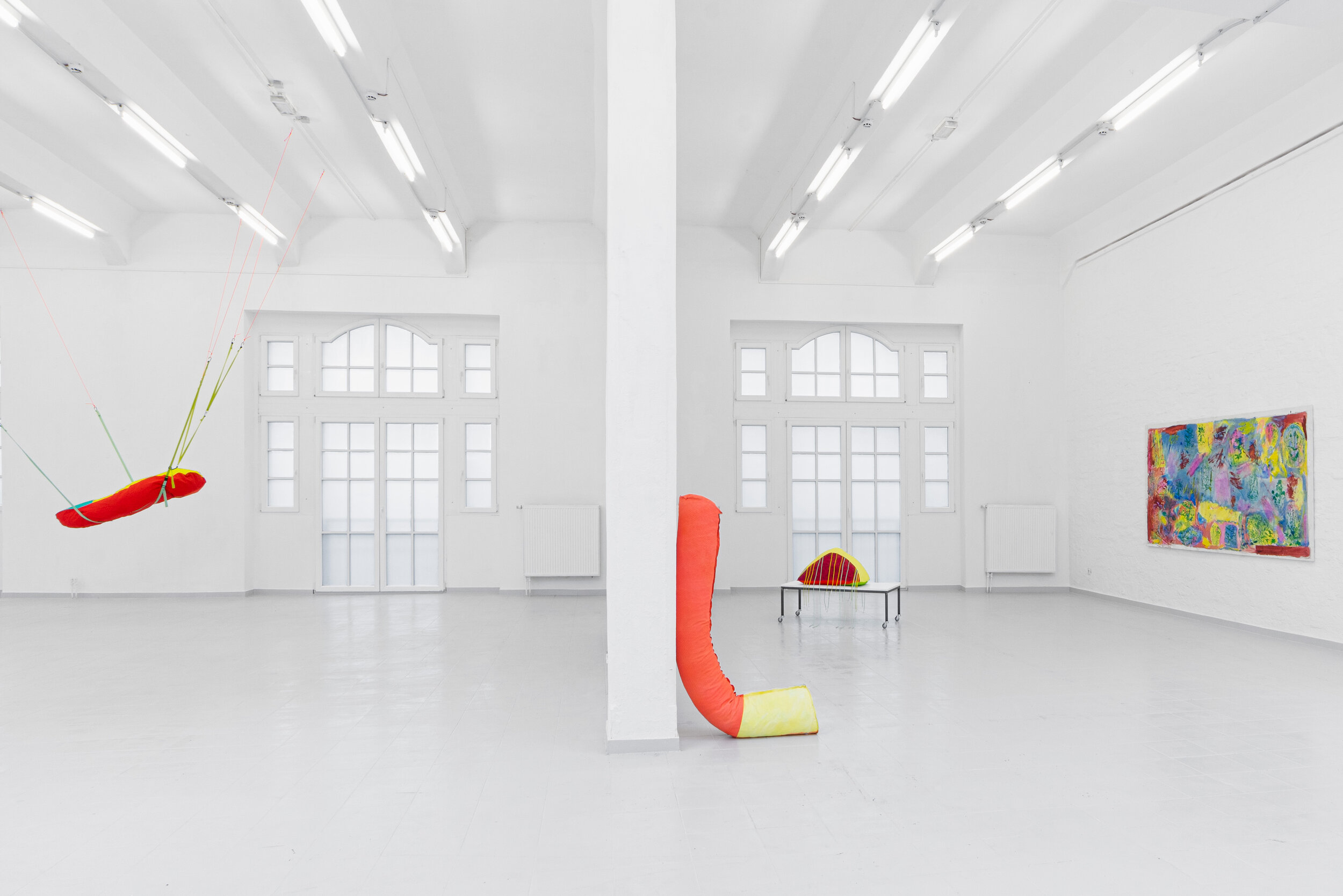upcoming events

Abstract Rhythm
We are pleased to announce the opening of "Abstract Rhythm" with works by Ksenia Safina on 22 June in our Warsaw Studio. The solo exhibition plays with the dichotomy of abstract forms and realistic thoughts. Safinas main theme is Rhythm. She experiments with different visual tempi to explore her subject matters. The artist uses brushed shapes to poetically encircle passages of time: The times of day, the change of seasons, the tides of the oceans, the movement of planets, the heartbeat of our existence. She captures the rhythm of everyday objects and abstract phenomenons, measuring space and describing the emptiness. In Warsaw, Safinas paintings fill the exhibition space with their own rhythm, connecting with the particular architecture of the showroom and building a miniature version of the world around us. In the artist's version, objects and forms are not bound to one meaning. They have a life of their own, continuously creating new implications by reinventing themselves and reconnecting with one another. For the exhibition, Safina combines pieces from her oeuvre with recent works. For the last two weeks, the show turns into an open studio where Ksenia Safina will be using the exhibition as a foundation to create new work. The exhibition takes place from 22 June - 09 July 2023 in collaboration with Artist at Risk.
Vernissage 22.06.2023 18:00-21:00
Exhibition duration 23.06.-25.06.2023 12:00-18:00
Open Studio 26.06.- 09.07.2023
Curator: Nele Herbert
Visuals: Elisa Fleury

The Lobster Needs to Get Rid of Its Shell
The group exhibition ‘‘The Lobster Needs to Get Rid of Its Shell’’

Pursue the Sandy Tail
You find yourself in the lobby of the a&o hostel, surrounded by guests and staff going about their business. You go up to the first floor, turn left and see a flashing light bulb. Suddenly, you notice one of the many doors lining the walls. Something about it catches your attention, and you feel drawn to it. As you approach the door, it swings open of its own accord, revealing a small room beyond looks like a space capsule. What do you do?
Option 1: Step inside the capsule and see where it takes you.
Option 2: Leave the room and forget about the strange object.
Option 3: Investigate the capsule from a distance, but don't step inside.
If you choose option 1: You step inside the capsule and find yourself hurtling through space. After what feels like an eternity, you land on a planet made entirely of sand. In the distance, you see a path leading towards several artifacts.
If you choose option 2: You turn away from the strange object and continue on your way through the hotel. But you can't shake the feeling that you're missing out on something important.
If you choose option 3: You approach the capsule cautiously, not wanting to take any unnecessary risks. As you examine it from a distance, you notice the sand path leading away from it. You decide to follow the path and see where it leads.
Participating artists:
Agata Konarska, Agata Lankamer , Barbara Żłobińska, Klaudia Skuza, Jagoda Dobecka, Mikołaj Szpaczyński, Jakub Kosecki, Anna Grochowska, Weronika Guenther, Kuba Stepien
Vernissage 22 April 2023 18:00 - 22:00
Finissage 27 April 2023 20:30 - 23:00

Ultimate View
Dip your ankles in a melting maze, see dragon scales rise to the surface, hear the prayers of the twin flames. The exhibition consists of works by artists Agata Lankamer and Agata Konarska.
Ultimate View is an exhibition of two collaborating artists. Agatas will present projects of master's diplomas (ASP Warsaw) dealing with the subject of apocalypse and utopia in reference to biblical representations and futuristic visions of the future.
Agata Lankamer's Twin Flames is about the search for alternative and speculative visions of the future, possible social utopias or the individual concept of paradise. It refers to issues oscillating and balancing between utopia and dystopia. It is a creation of a cosmic paradise, a desert island where clone angels - karmic twins, end up. Esoteric Twin Flames in previous incarnations were one soul that was divided into parts embodying egalitarianism on the one hand and strange loneliness on the other. The work is referring to the paradise scenes of the first humans - Adam and Eve - here reversed, shows the life of the latter, evoking a post-apocalyptic vision of a climate catastrophe. The glacier here is a deity, a fuse, a reservoir. Angels are an alternative figure, as Umberto Eco says, someone "a kind of animal and solitary Adam who does not yet know what sexual intercourse, the pleasure of conversation, the love of children, the pain of losing someone loved is" […]
“And as Aristotle observed already two and a half thousand years ago, only angels and animals can survive outside the polis - that is, outside the circle of intercourse with other people. Man is not an angel, and he will not agree to be an animal. To be human without the company of other human beings is, to put it bluntly, a self-contradiction.” Zygmunt Bauman, Retrotopia
Agata Konarska's Thronus Gratiae is an interactive virtual experience that in its form refers to maze and fighting game computer games. The person participating in the experience moves through a virtual labyrinth, meeting mythical animals absorbing their own genesis and those dreamed up, materializing in our unconscious. At the end of the game, he becomes part of the eternal feud between the Extinction Priest and the Anti-Human. The combatants' bodies are covered with artificial intelligence tattoos that, as trophies or healing marks, represent animals that have played a significant role in the hegemonic spectacle of humanistic madness. The sound narration is constantly coming from the lips of St. Margaret and St. Agata, taking the form of a prayer, creates an audible background for the oranta exploring virtual reality. The work touches upon the themes of biodiversity and the expansive relationship of man to nature.
About artits:
Agata Lankamer was born in 1994 in Poland. Graduate of painting at the Eugeniusz Geppert Academy of Fine Arts in Wrocław and media art at the Academy of Fine Arts in Warsaw. She creates using various media like video, performative actions, installations, objects or painting. She is interested in multiple motif of liquid reality: feminism and the manifestations of inequality and violence in mass culture. Currently, the artist is interested in types of utopias, speculative visions of the future and herself. She is a co-creator of artist-run Relax art space, JEST gallery and part of an artistic duo of Women Antennas.
Agata Konarska was born in 1995. A graduate of Intermedia Faculty at the University of Fine Art in Poznań (2018). Her artistic activities are based on the various media, such as video, sound and performance, with which she creates interactive situations and virtual realities. In her activities, she takes up the subject of religiosity, oscillating between the sacred and the profane. She explores the phenomenon of woman iconicity, looking for the anthropological origins of matriarchy and its references in the Anthropocene era. She often uses political, geological and animal themes. Furthermore, she is fascinated by modern myths and rituals, as well as the coming apocalypse.
Vernissage 10 March 2023 15:00 - 21:00
Finissage 11 March 2023 12:00 - 18:00

Fragile Landscapes
Fragile Landscapes - A project by Markus Heller (DE) in collaboration with Aleksandra Liput (PL). Participating artists: Marceli Adamczyk (PL) Johanna Blank (DE), Zuza Piekoszewska (PL), Ronny Szillo (DE), Kacper Tomaszewski (PL), Hannes Uhlenhaut (DE).
From a process of collecting and combining artefacts that Markus Heller finds during his explorations in and around Warsaw, the artist creates an installation that reflects his direct experience and the working methods he has already elaborated. Model landscapes and piles of bulky waste that merge together serve as a source of inspiration and starting point. The resulting "landscapes" are further occupied by small-format artworks by three Polish and three German artists, invited by Markus Heller in collaboration with Aleksandra Liput. In preparation for this residency and resulting from previous cooperation projects, Heller asks questions about the individual and the collective: Up to what point is a collective integration of the individual to be considered? Where does the group begin and where does the individual start? The individual never seems subsumable. Analogously, Heller's exhibition project raises questions about the relationship of the artwork to the environment of the exhibition display: When the plinth or the so-called display comes to the fore, what is the art? Or is an installation in which works by other artists are integrated "degraded" to a plinth?
Fragile Landscapes is a term borrowed from ecology and (self-explanatory) refers to ecosystems that are vulnerable. Here, the term is used ambiguously: on the one hand, it reflects the fragile construction of the expansive installation; on the other hand, consisting of found objects, it alludes to different cycles of decomposition: for example, dead wood from the forest that would have been swallowed by the soil with the help of fungi, or human waste taken from our human waste disposal cycle. Nevertheless, the separation of these cycles is only superficially possible. In the end, humans and nature are inseparably part of the same system.
Vernissage 19 Jan 2023 at 6 p.m.
Artist Talk at 21 Jan 23 at 4 p.m.

You'll never understand what I put you through
The group exhibition "You'll never understand what I put you through" can at best be described as an unspectacular collection of attempts to question the human-object relationship.

THE RAG: Independent or what? Renata Rara Kaminska in conversation with Pablo Larios and Tanja Heuchele
THE RAG: Independent or what? Renata Rara Kaminska in conversation with Pablo Larios and Tanja Heuchele


Die Heiligkeit der Handlung. Re-Konstruktionen des Gemeinsamen
Installation view: Die Heiligkeit der Handlung - Leipzig - 2022 - (c) Brigita Kasperaitė
Die Heiligkeit der Handlung. Re-Konstruktionen des Gemeinsamen
The exhibition Der Heiligkeit der Handlung. Re-Konstruktionen des Gemeinsamen is initiated by the Leipzig artist Mandy Kunze and deals with the appreciation of the creative process. In particular, it is not about an exhibition of finished works, but rather about the process to completion, which is recorded in documentary form and displayed accompanying. Through various insights into the creation of artworks from different disciplines and accompanying workshops, broadly diversified possibilities of experience are to be created at the Zentrum-Ost location. Thereby the individual experiences himself not only as a consumer in the sense of a picture viewer, but inspires at the same time the own creative forces. The exhibition is planned from 25.08. – 24.09.22 in the a&o Kunsthalle Leipzig.
Participating artists:
Henriette Aichinger (Nebo Klak)
Stephanie Dost
Gustav Franz (Nebo Klak)
Robert Frenzel
Rico Graupner
Julienne Jattiot
Philipp Kummer
Maria Meyer
Claudia Rößger
Migiwa Shimizu
Thomas Siemon
Stephan Spreer
Irene Wellm




WHO'S AFRAID OF__ROSA
Exhibition view | WHO'S AFRAID OF__ROSA | Photo: Brigita Kasperaitė


IN ESCALATION
.
Do you feel it rising? more and more and more. is it enough? is it too much? can we handle it? will it ease up?
artists from the PILOTENKUECHE Online Residency join to give a worldwide perspective
Nara Rosetto (BR)
Silvia Gentili (IT)
Eitan Ritz (AU)
Ilir Tsouko (GR)
Nadja Shkirat (DE,IL)
Marc VanDermeer (US)
Sotiria Bramou (GR)
Kana Maeda (JP)
Franziska Ostermann (DE)
Therese Lippold (DE)
Catherin Schöberl (DE)
Emily Wisniewski (US)
A. Morgan McKendry (US)
Dalia Kiaupaite (LT)
a&o Kunsthalle
Brandenburger Str 2
04103 Leipzig
vernissage:
Fri 10 Sept
18.00 until
open:
11 - 25 Sept
Thur - Sat
16.00 - 19.00

X & Beyond
Artists:
Elisa Ripoll, Mathijs van Sark, Naiara F. Cantero, Riccardo Cogliati, Róża M. Walazczyk, Sytze Woudsma, Ombeline Defrance, Aphra de Nucingen, Qafar Rsayev, Vanessa Flesch, Lisa Albrecht, Jonas Liesaus, Inga Bobrowska
X&BEYOND is the culmination of border-crossing work created in two weeks by artists from six European countries.
The collaboration with the socio-cultural centre Die VILLA Leipzig is funded by the European Solidarity Corps and the stART Foundation.
The intersection between community and borders was intensively explored. What does it mean to overcome borders together by connecting towards a valuable future? The reflection of this tension is the focus of this exhibition.
The relationship between different artistic positions and considerations were elaborated in a connecting decision-making and discovery process. Major themes such as intersectional feminism, inclusion, solidarity were discussed and explored from different perspectives. Street life, sustainability, display and activism – and the critical illumination coupled with the diverse cultural backgrounds led to some exciting discussions. Following the exchanges, the artists continued, developed or discarded their work for a new form of expression. Collaborations across the individual positions and the joint development of ideas were an important source of inspiration.
We want to thank our partners of the Art Camp / Residence for giving workshops, tours and plenty of input: Glenn Plaisier (Chemnitz University of Technology), Offene Kunstwerkstatt Leipzig, Fridays for Future Leipzig, Grassimuseum, Galerie für Zeitgenössische Kunst and Pilotenküche.
From August 13th to September 4th, the works in the form of paintings, performances, photographs, video pieces and installations will be displayed at the a&o Kunsthalle.
Design by Naiara F. Cantero
© Gustav Franz

Das ist der Regen. Der Regen regnet.
It's the rain. The rain rains. Where it falls is not random - but with the amount of drops that fall from the sky, it is difficult to construct meaning in the distribution of the rain. This distinction between chance and human incomprehension of the huge but finite amount of what is possible is to be made observable in the exhibition by Silke Berg, Christane Bergelt, Jasmin Schmidt and Lydia Wahrig and the accompanying publication with contributions by Benedikt Kuhn, Johannes Listewnik and Florian Lohse.
The parallel publication can be purchased from the beginning of the exhibition at www.marian-arnd.de.
Opening: 3 June at 5 p.m.
Open to the public: Thu - Sat: 16:00 - 19:00 and on request
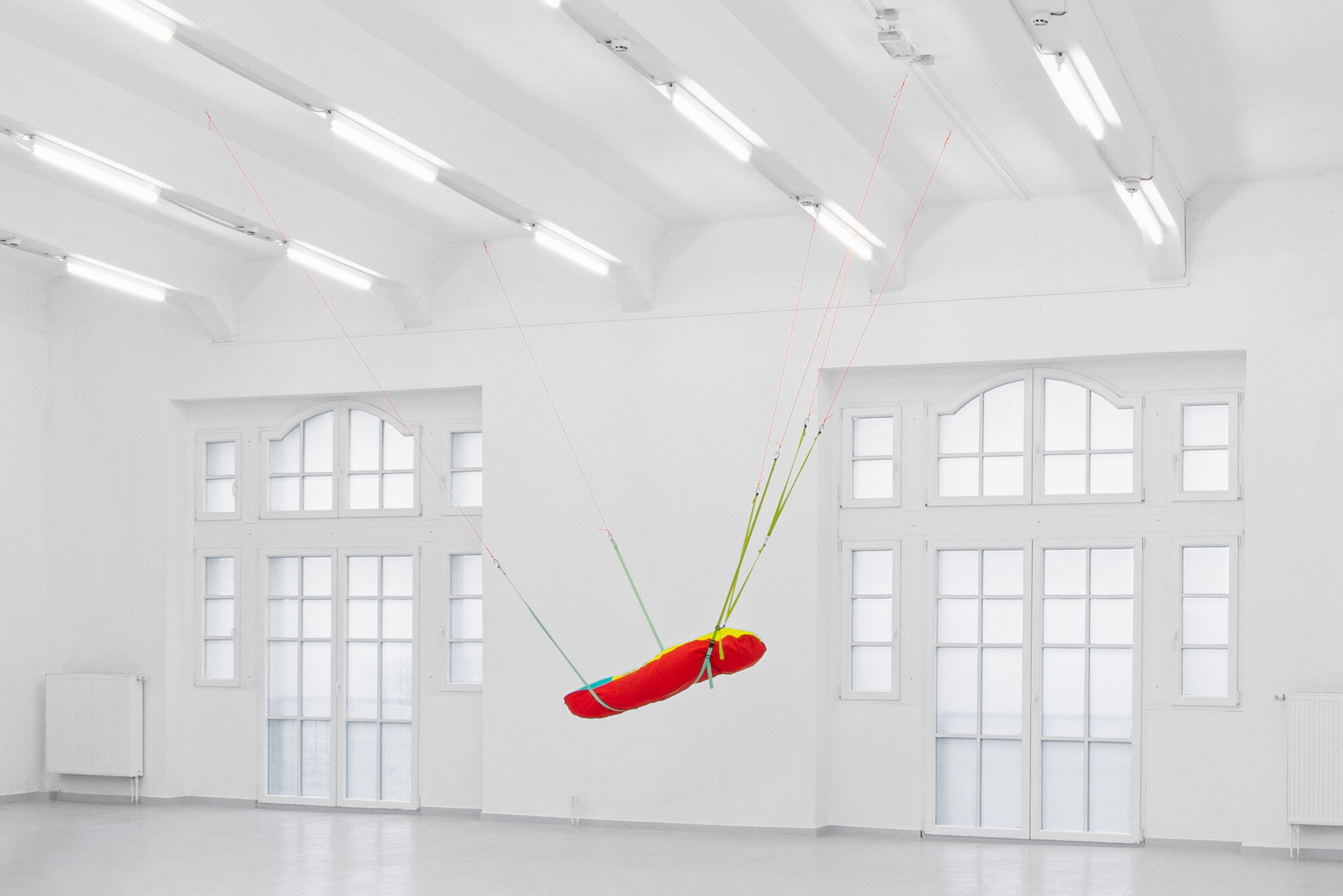
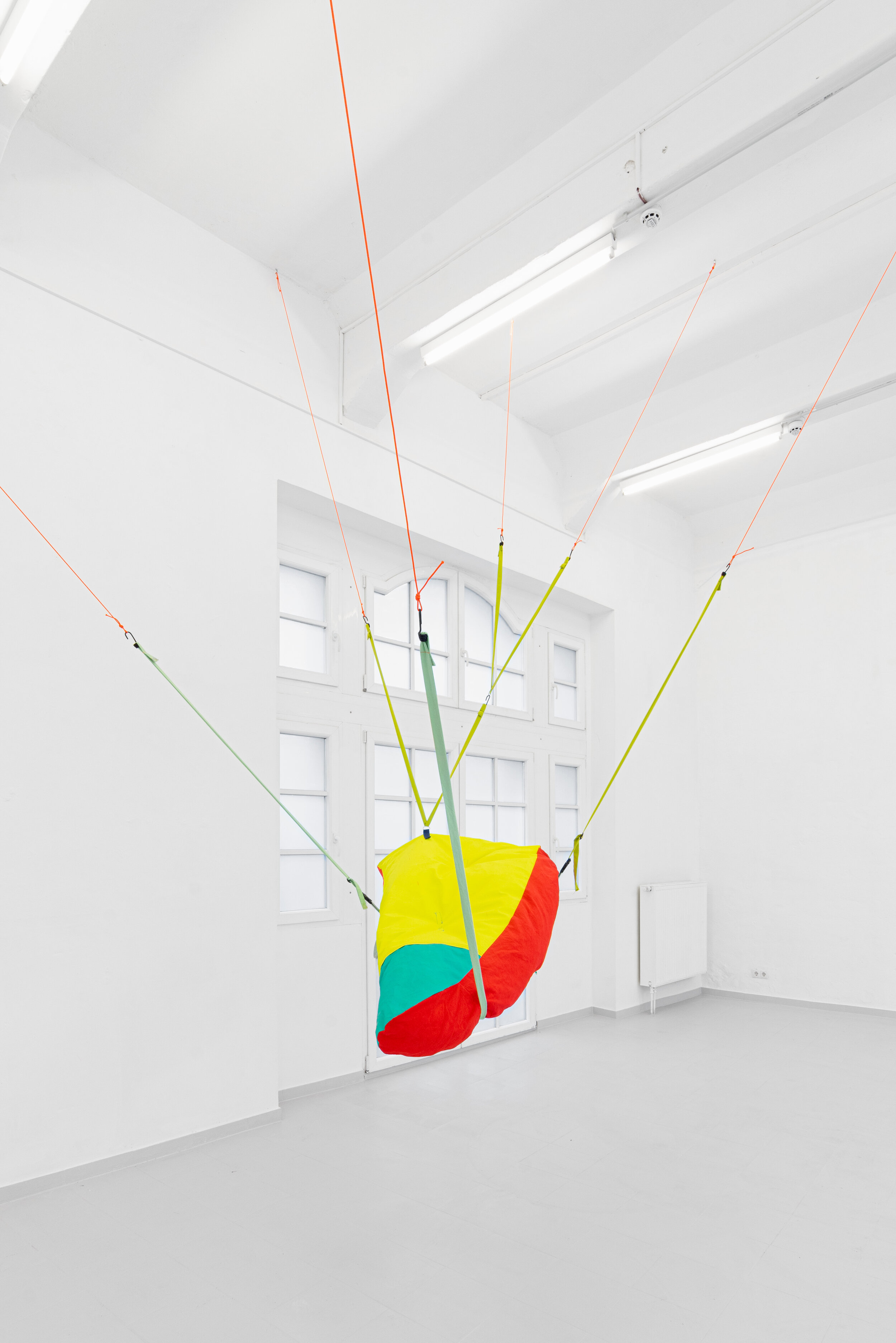
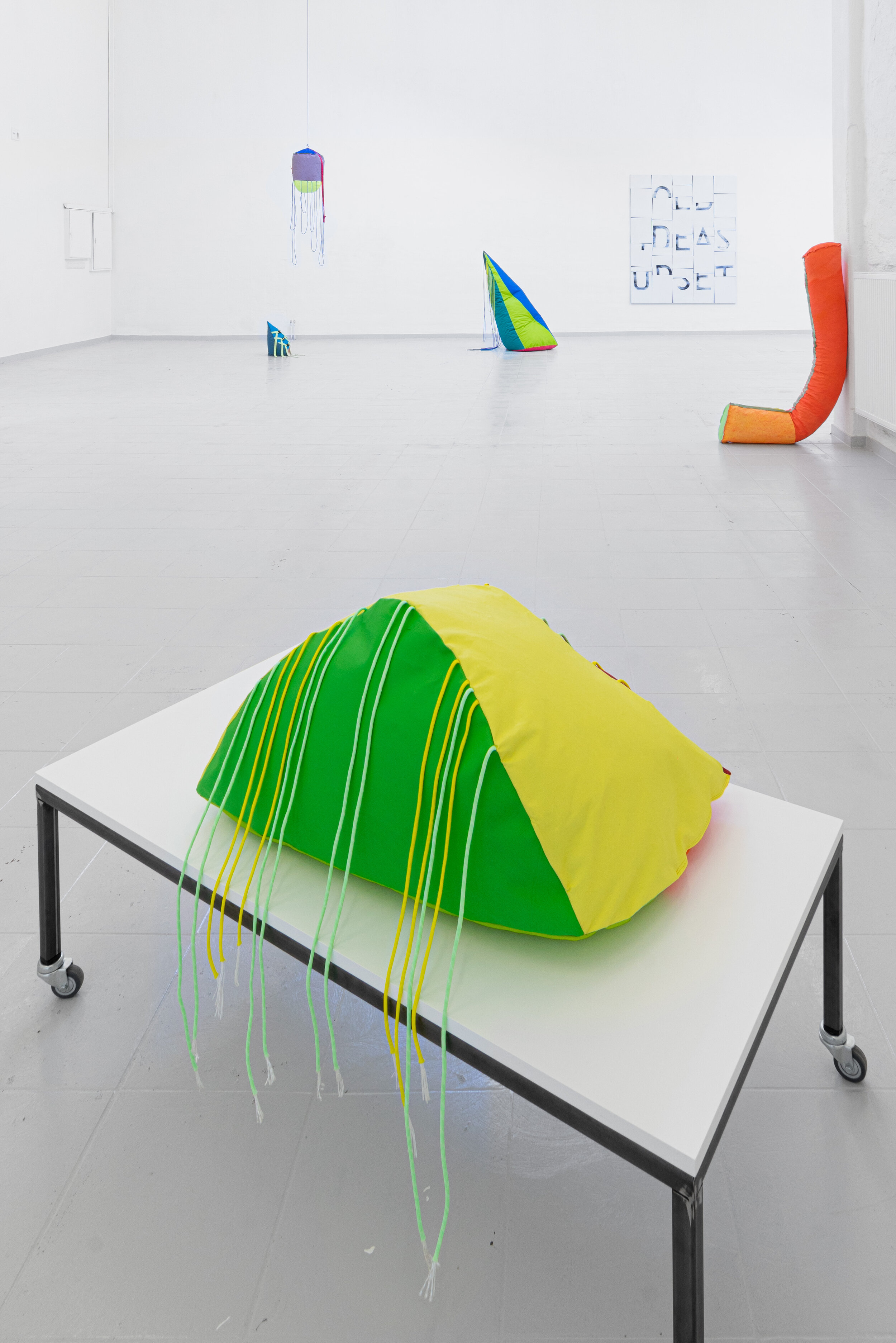
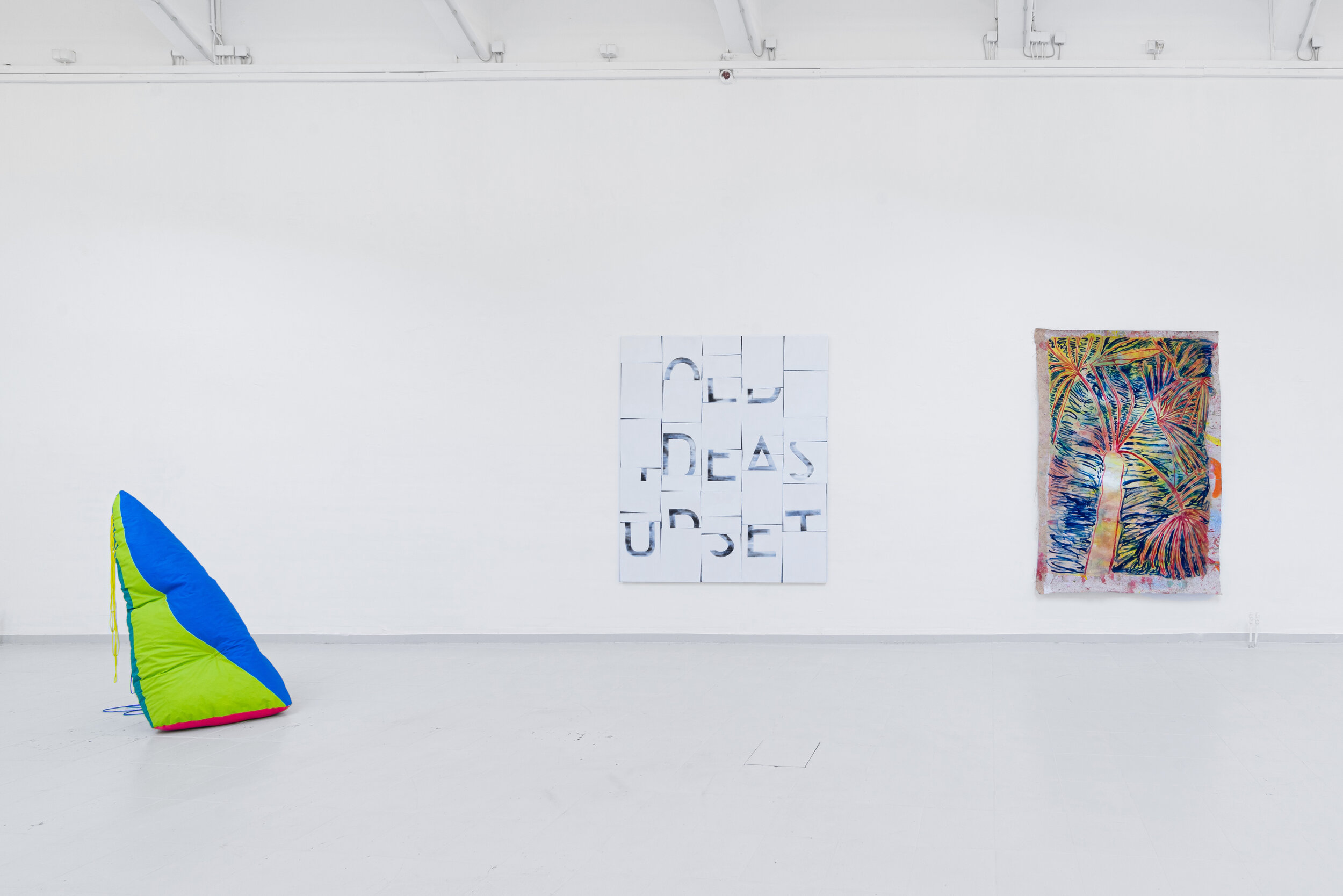

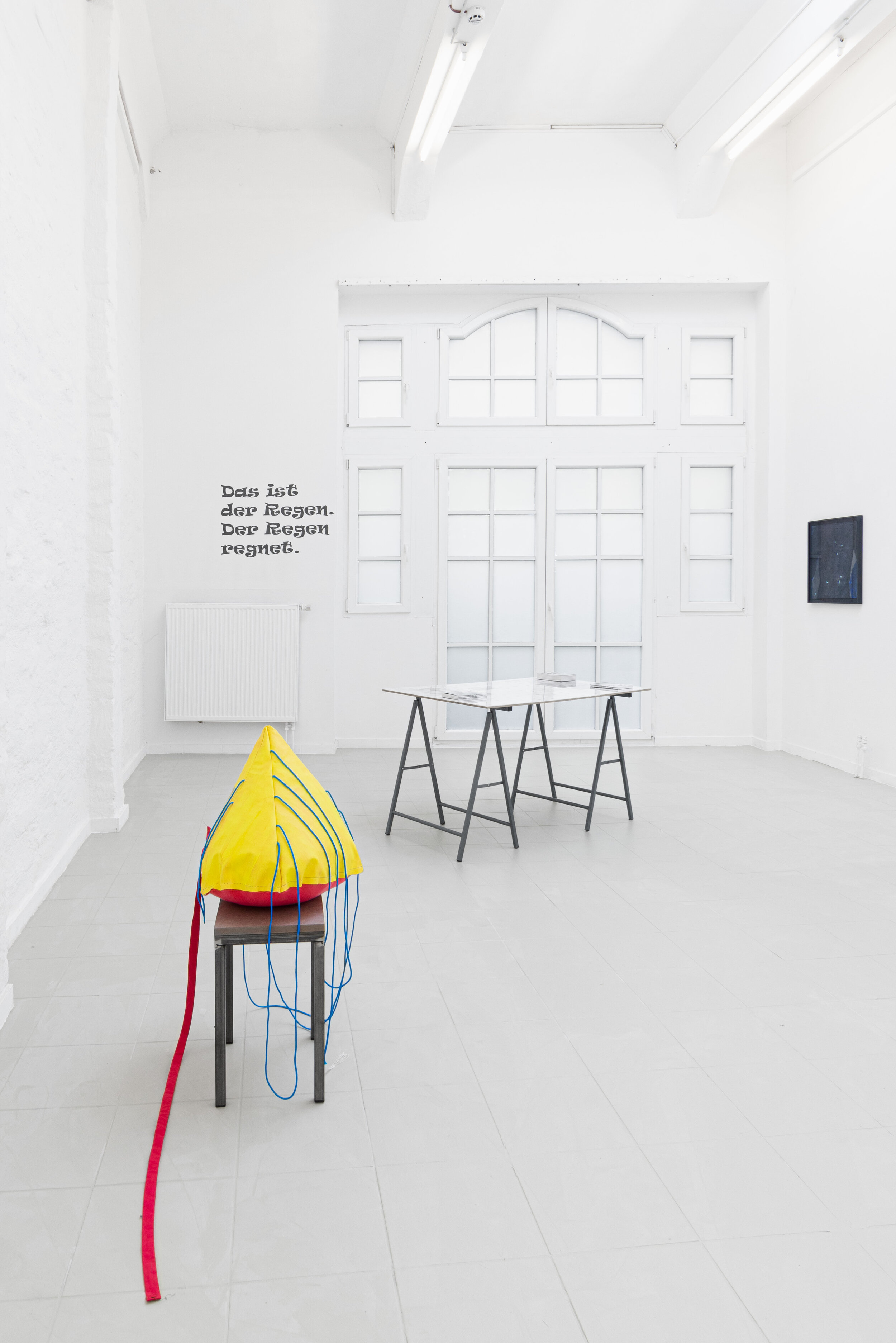
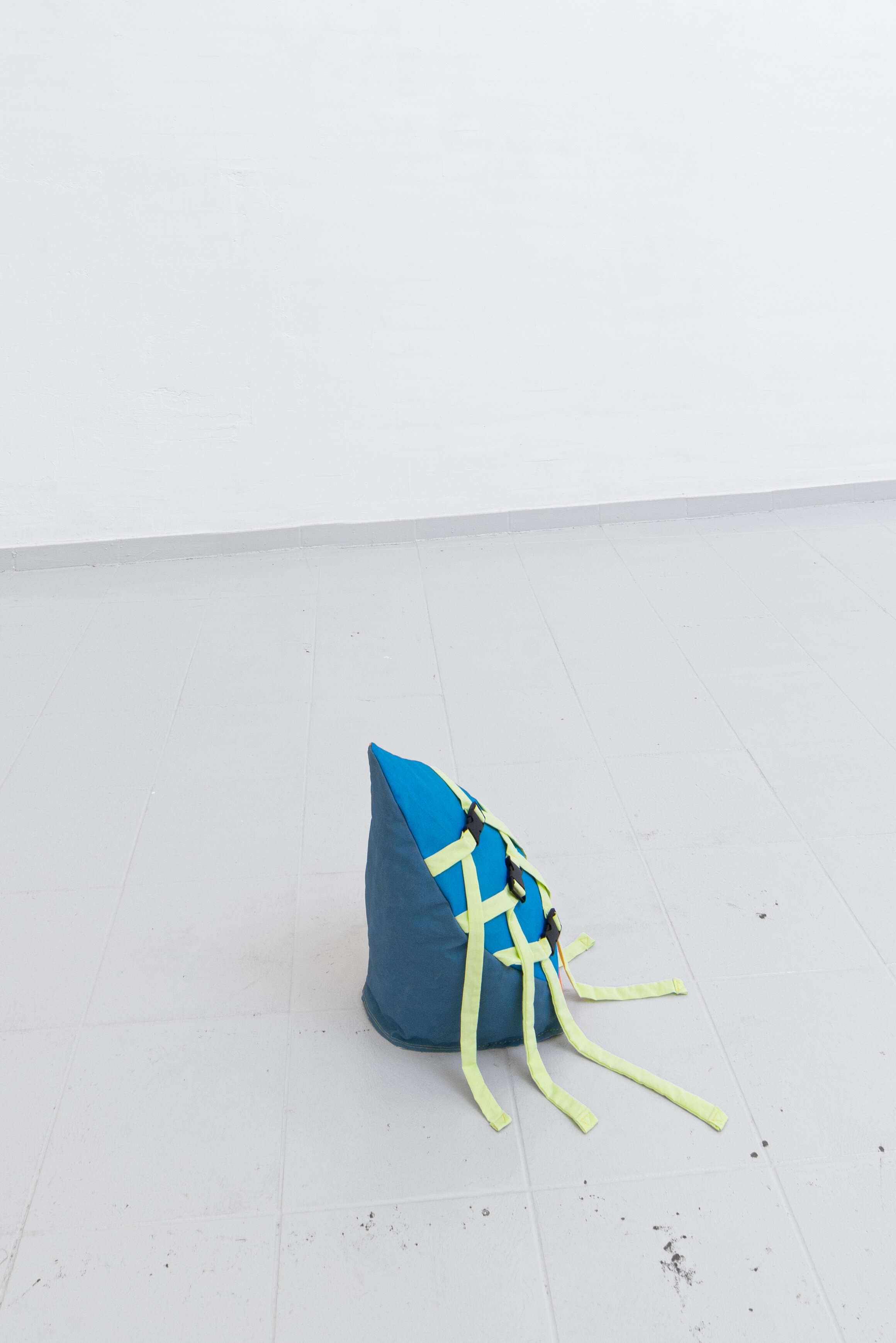
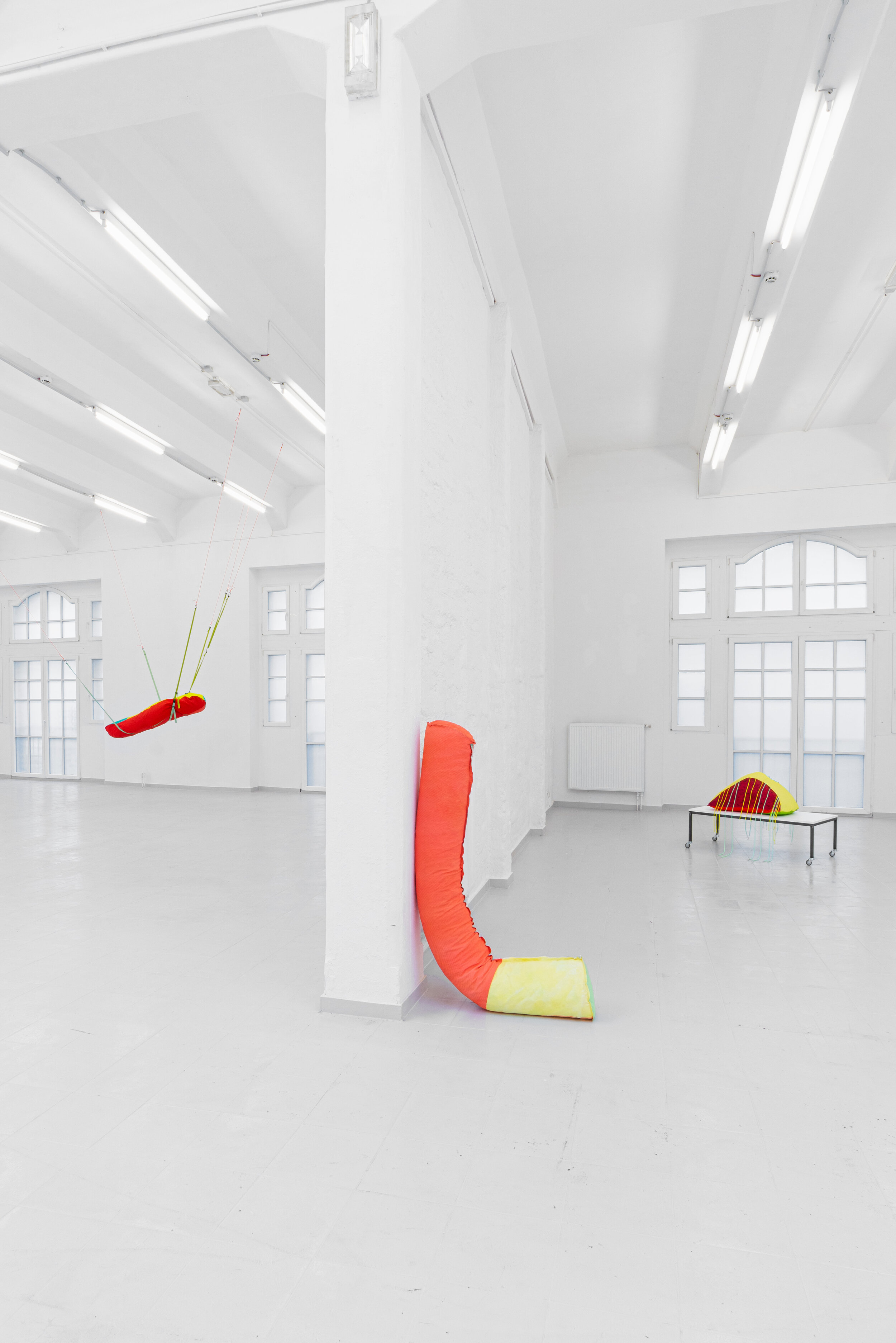
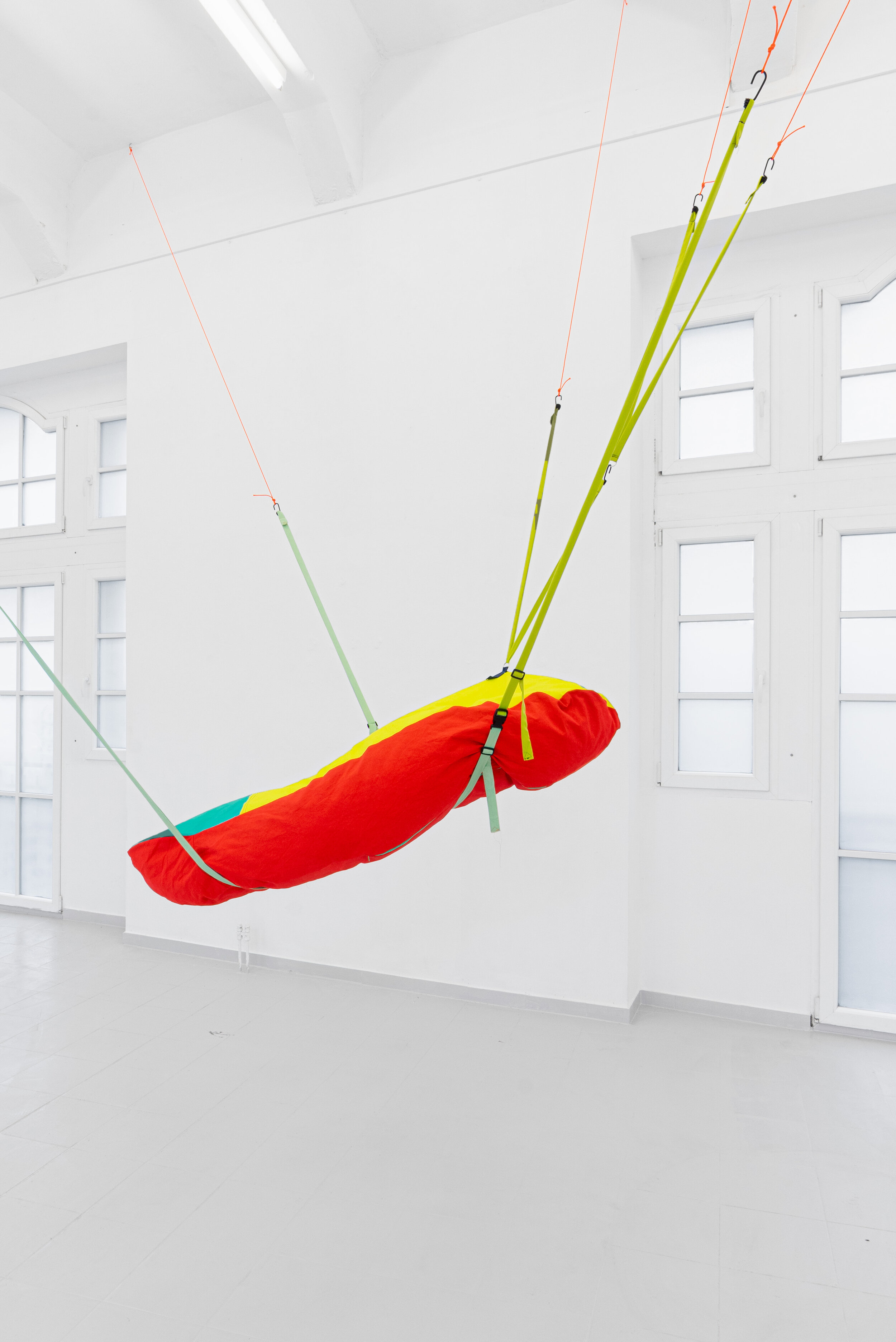
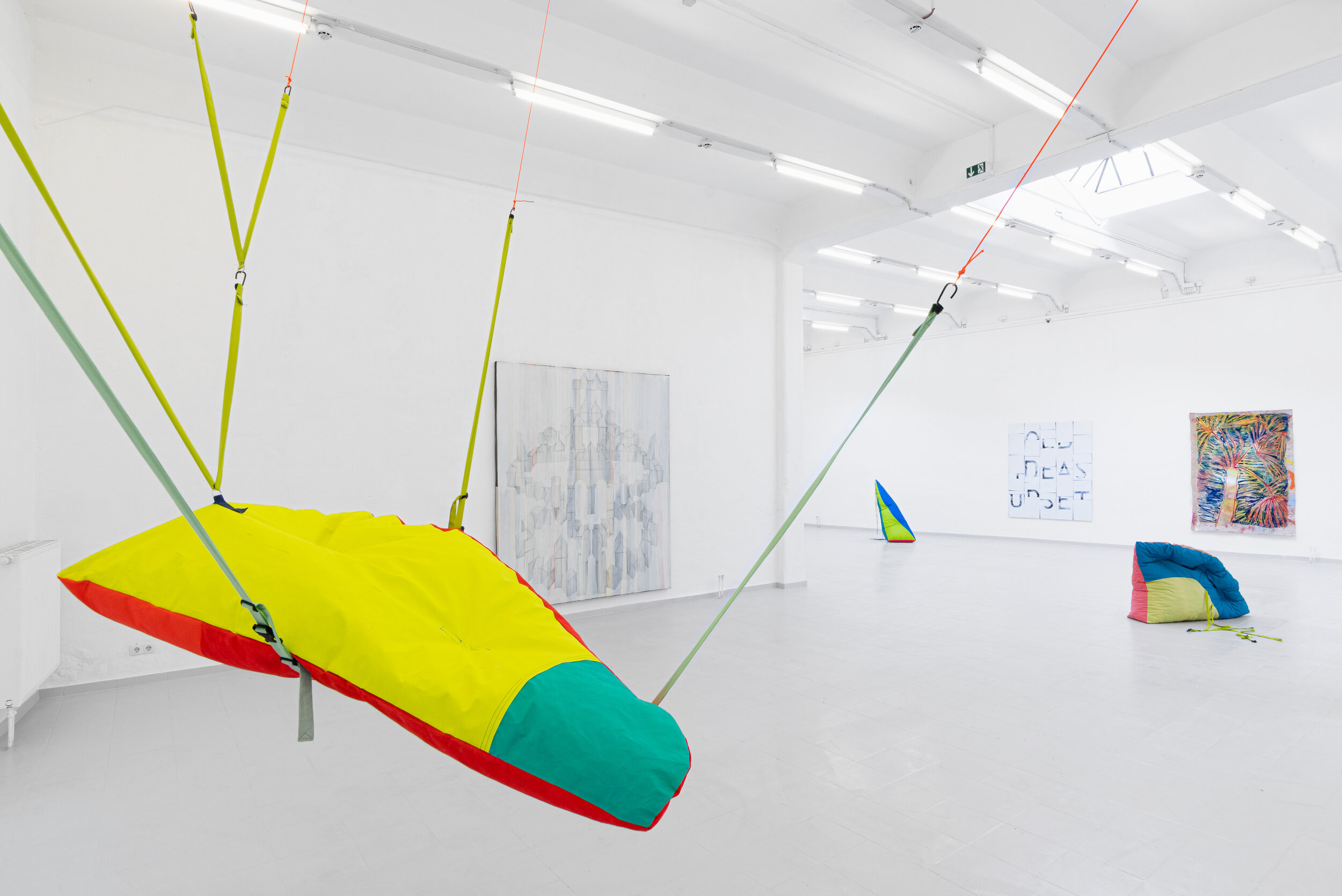
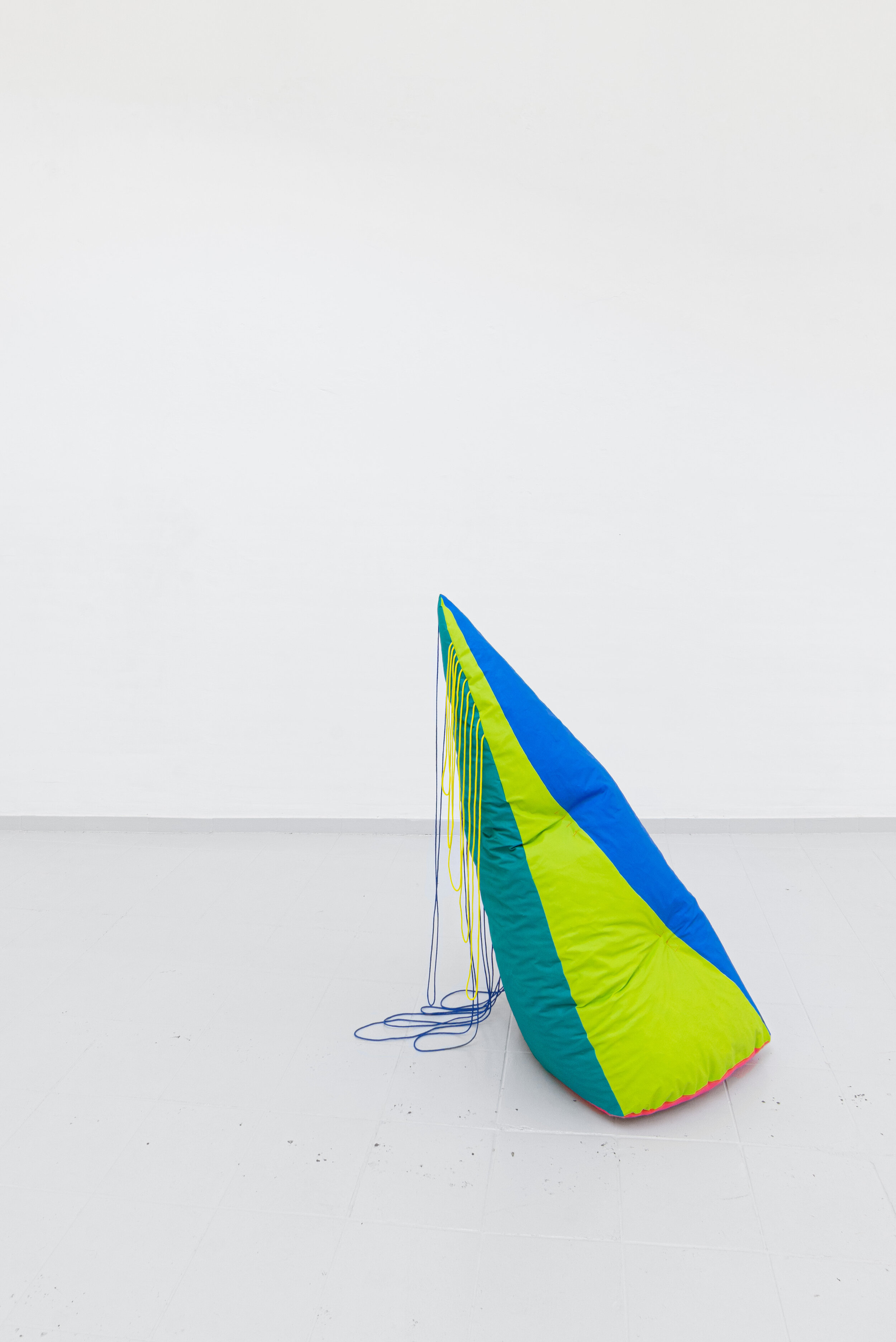
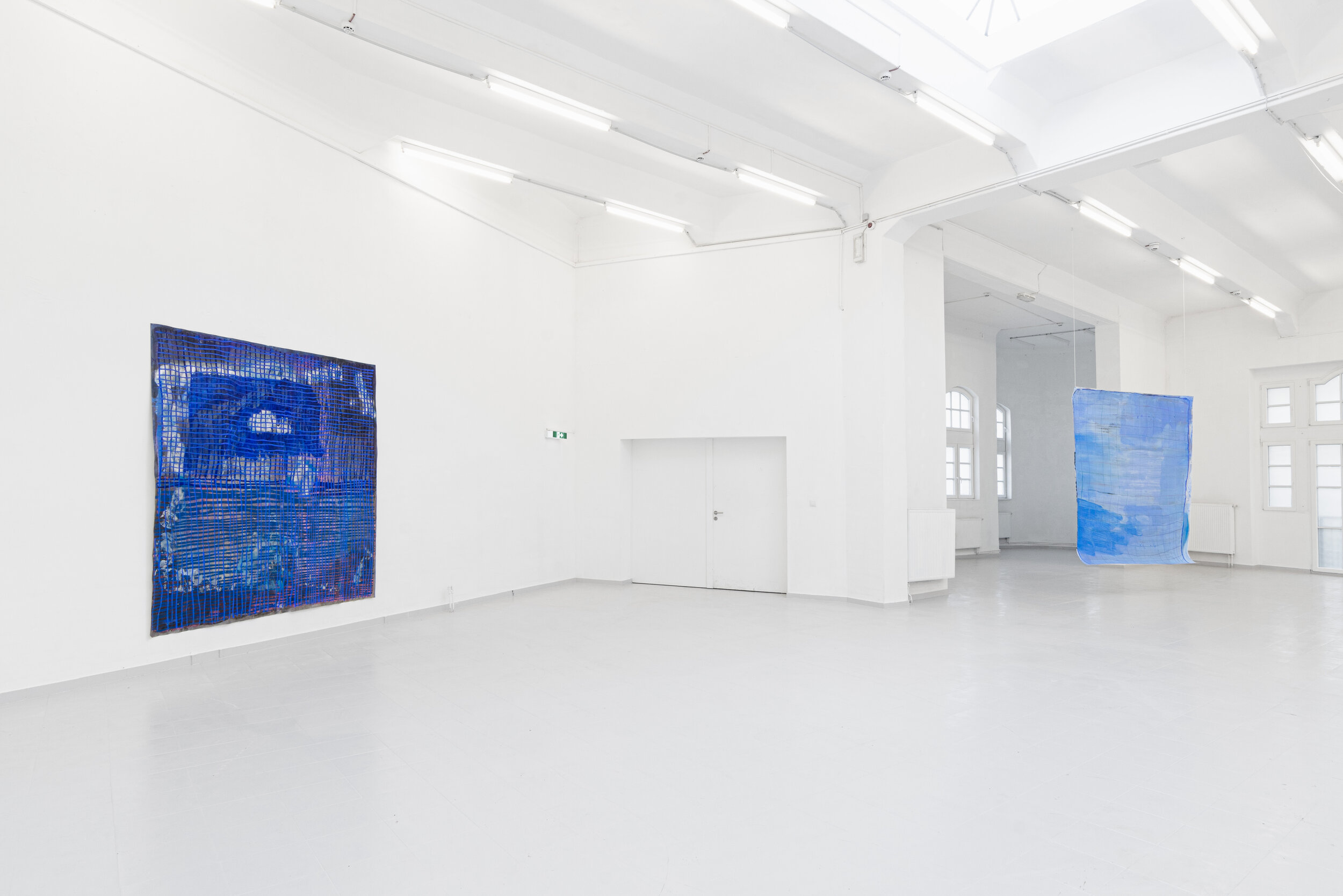
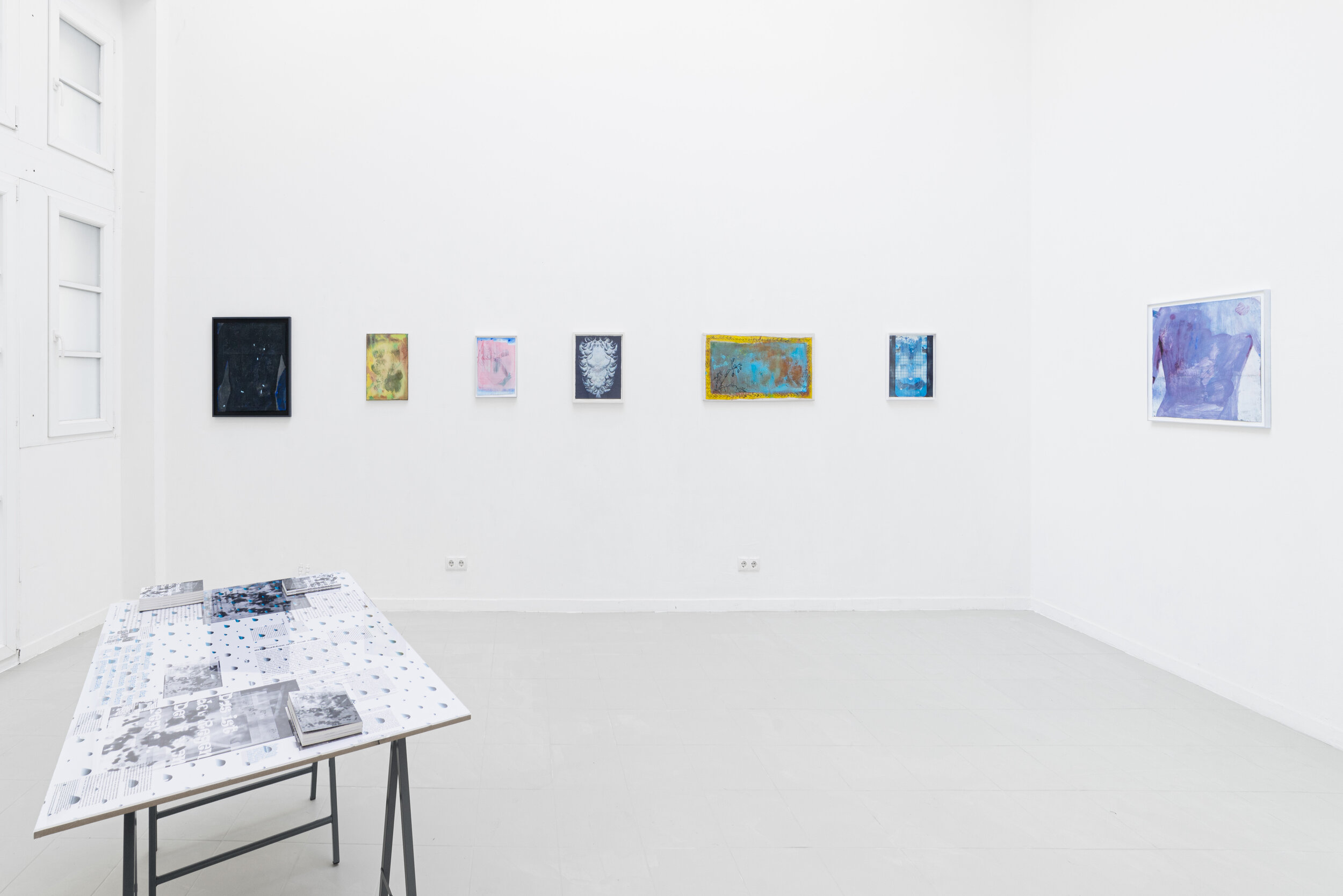
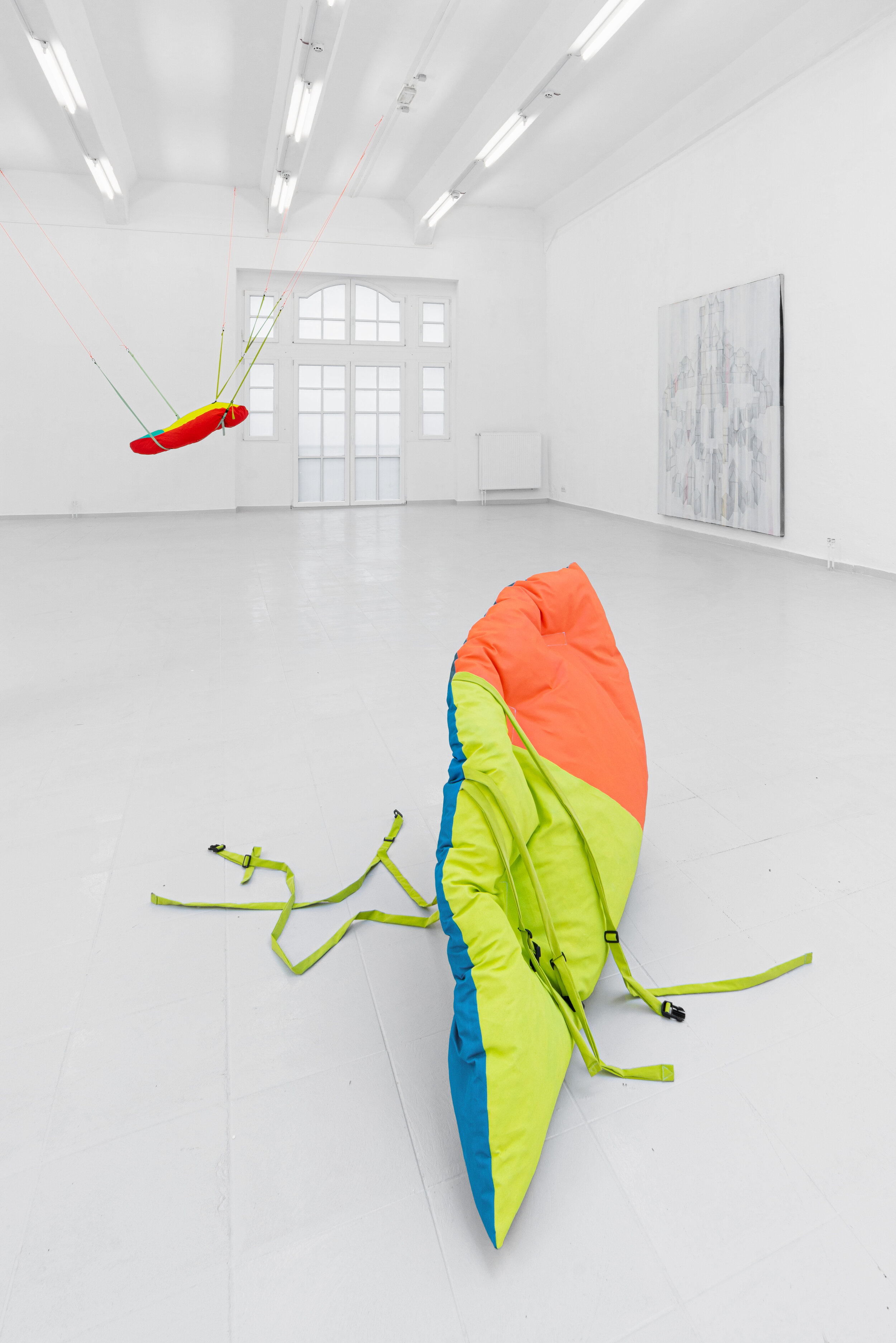
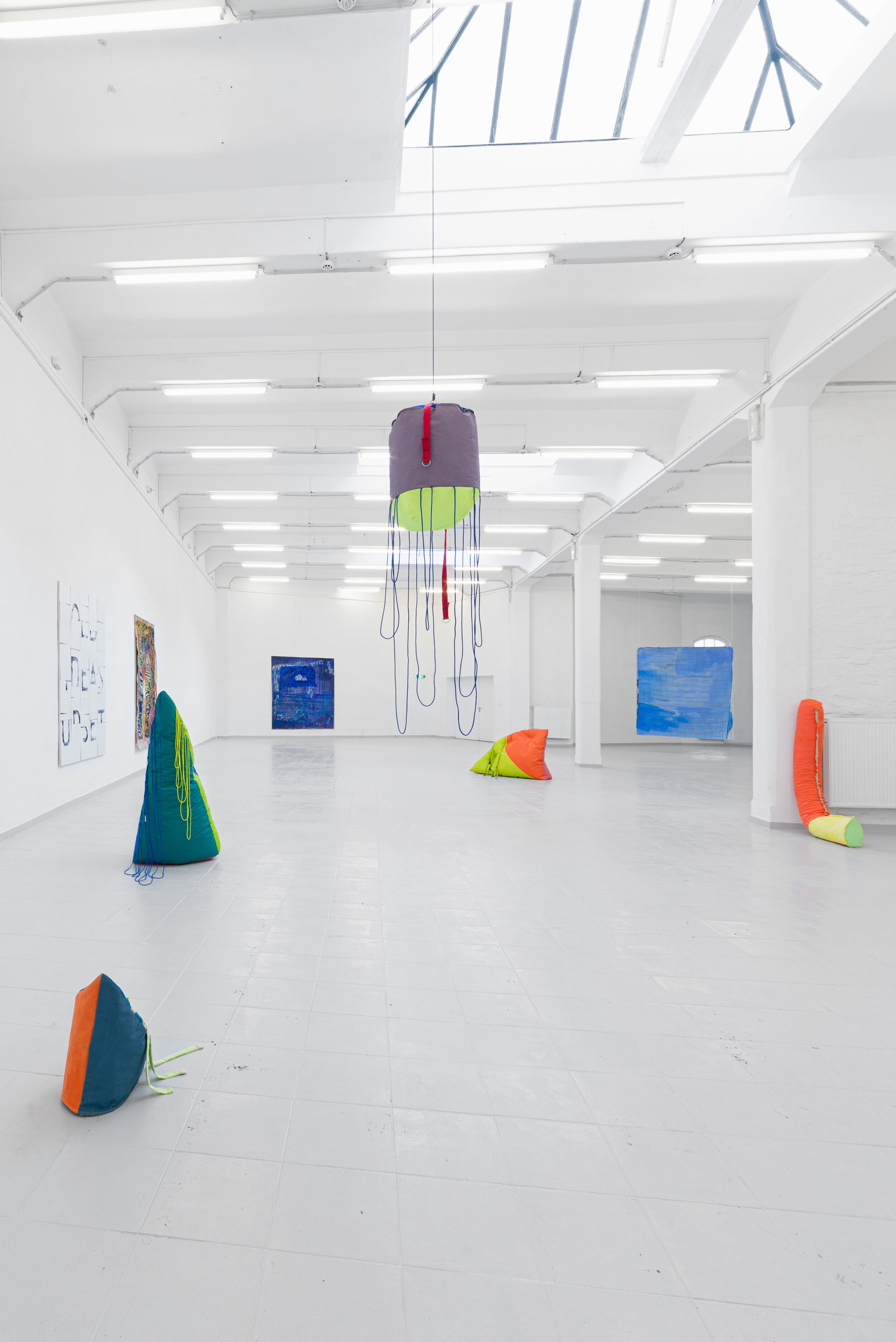
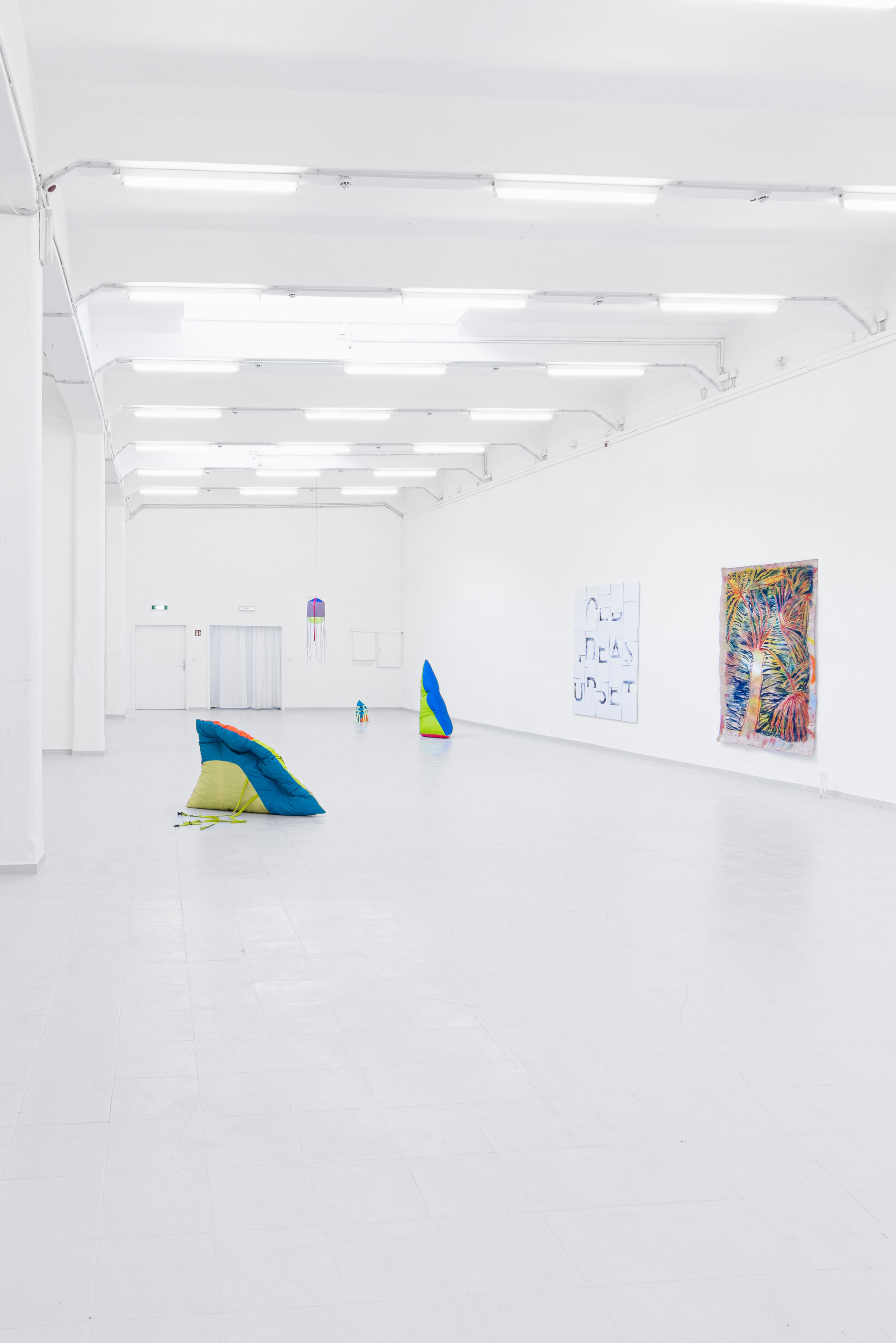
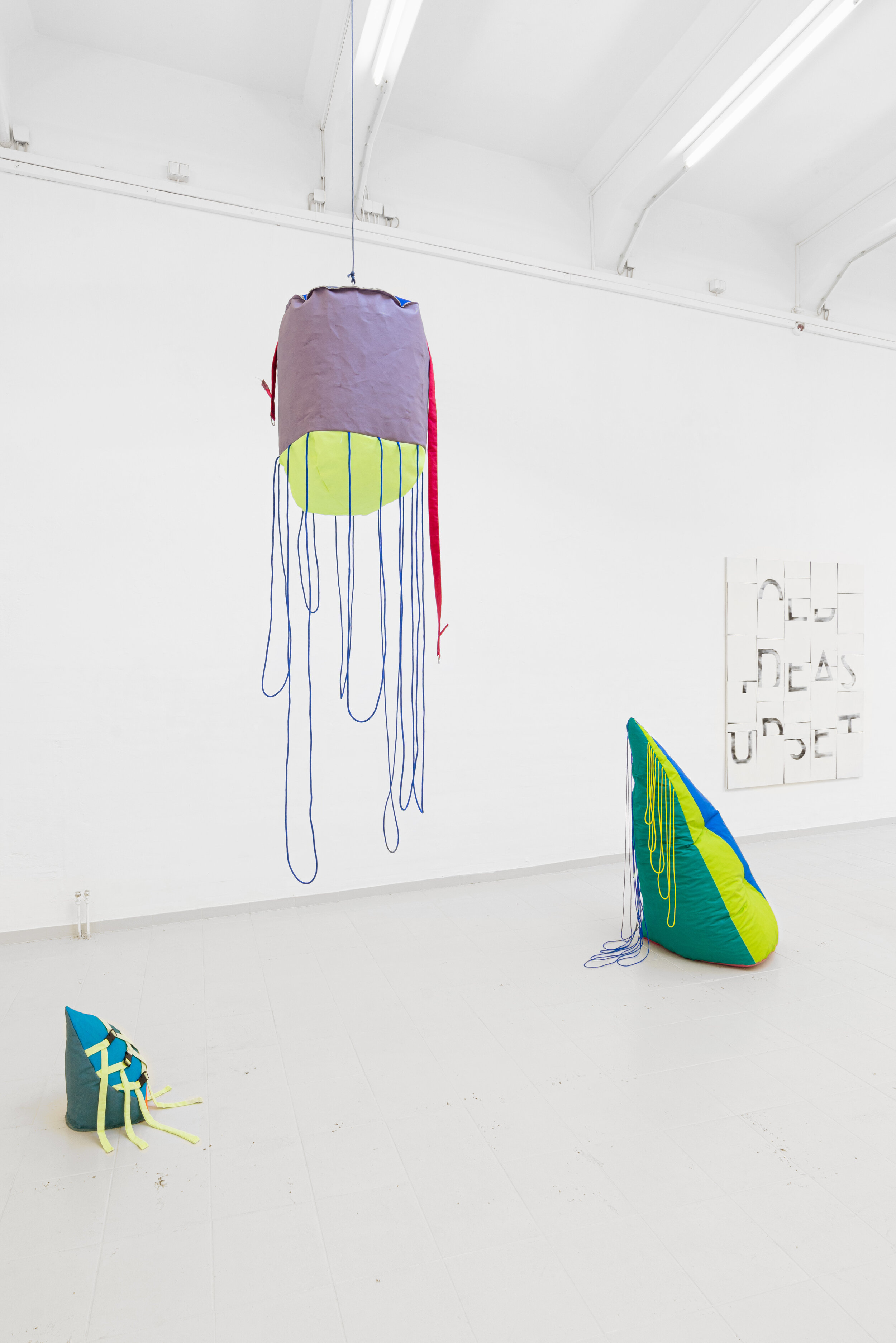
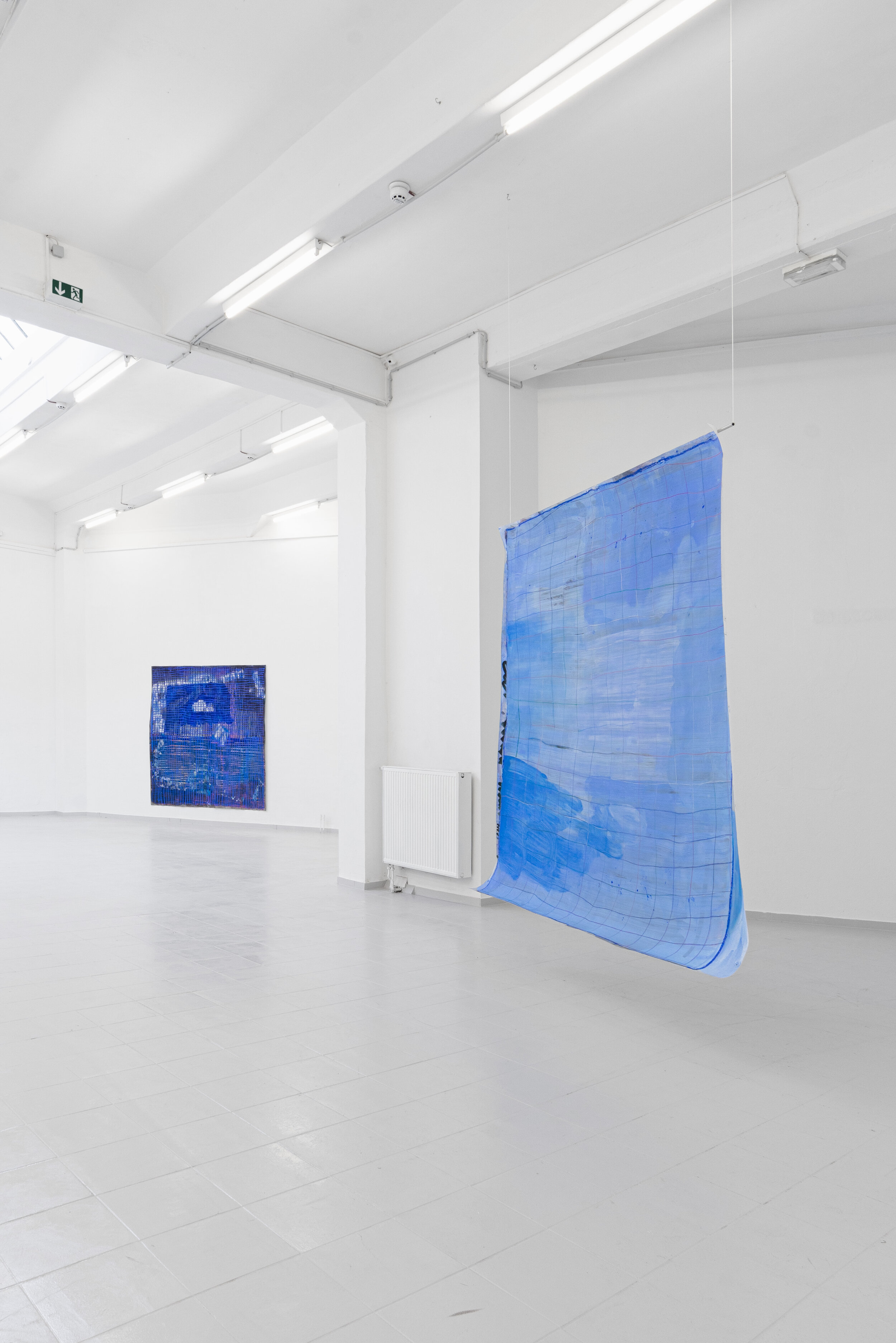
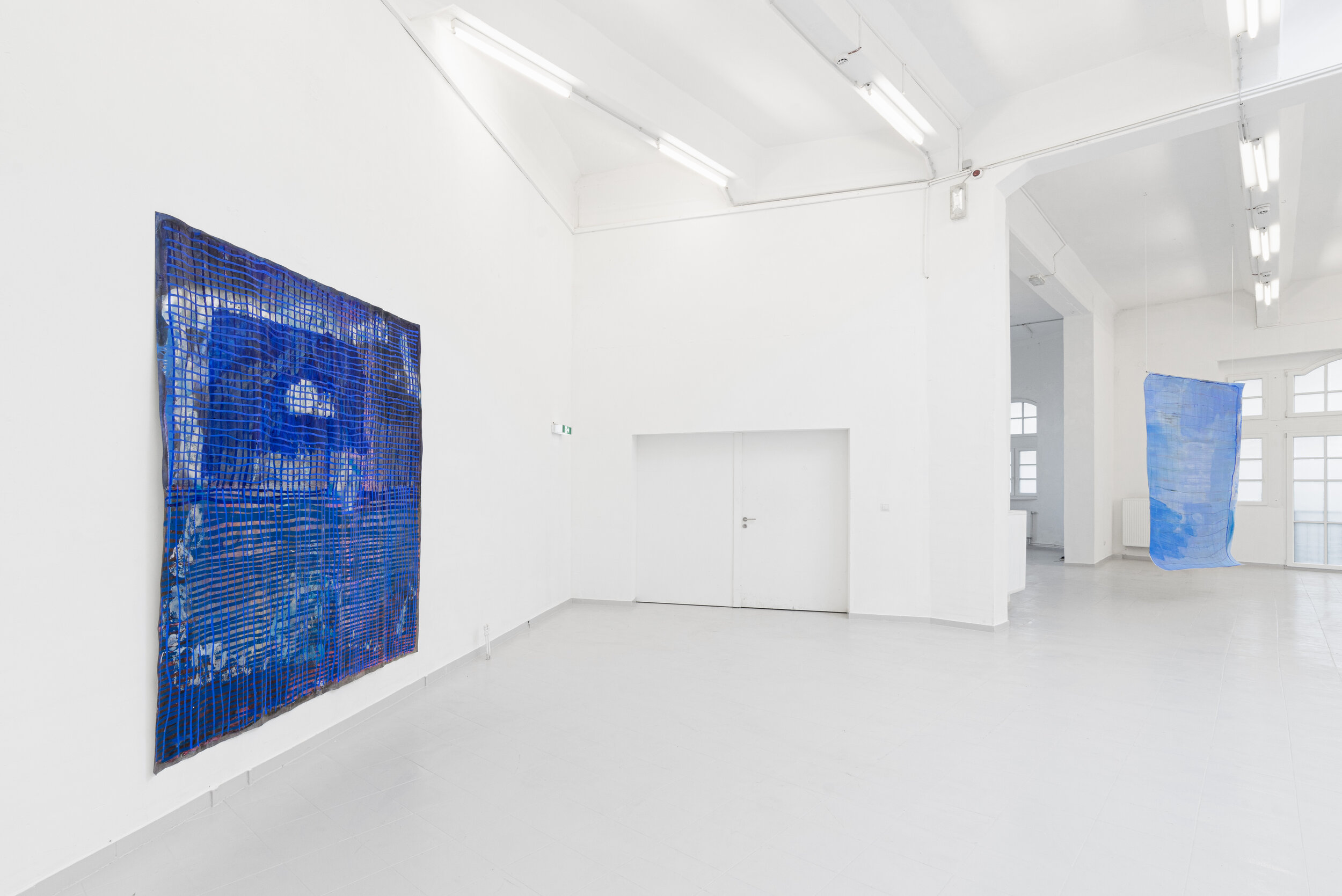
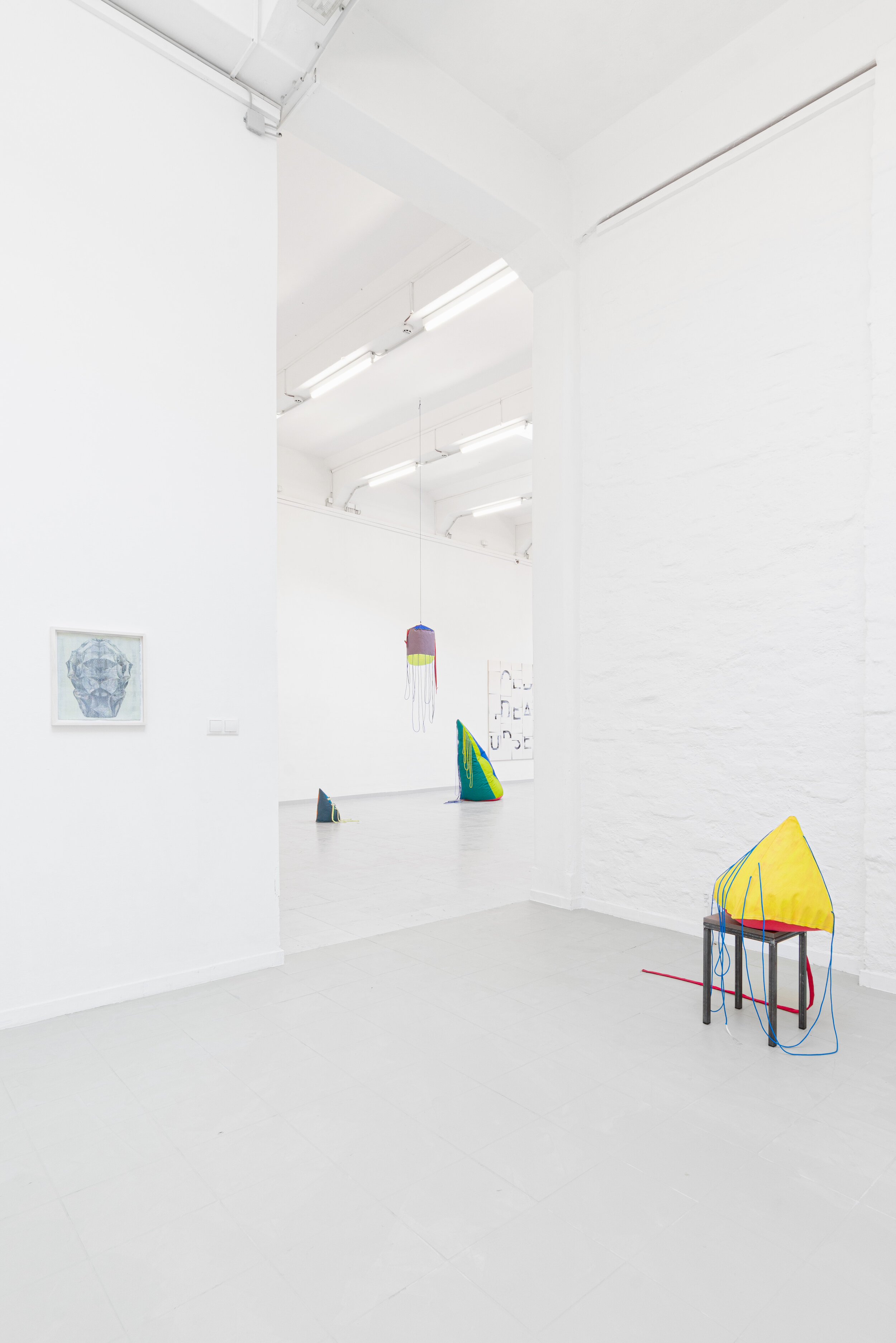
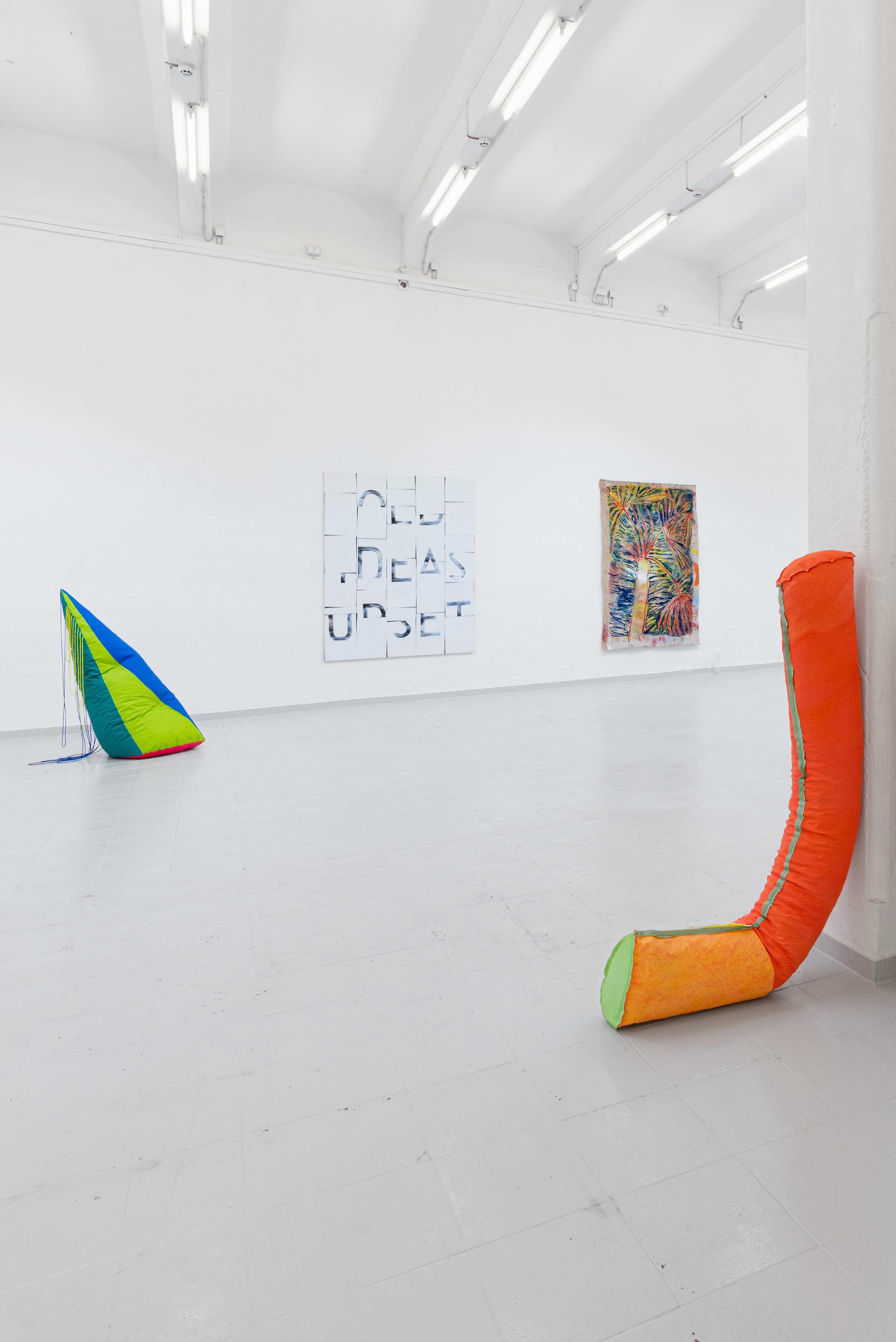
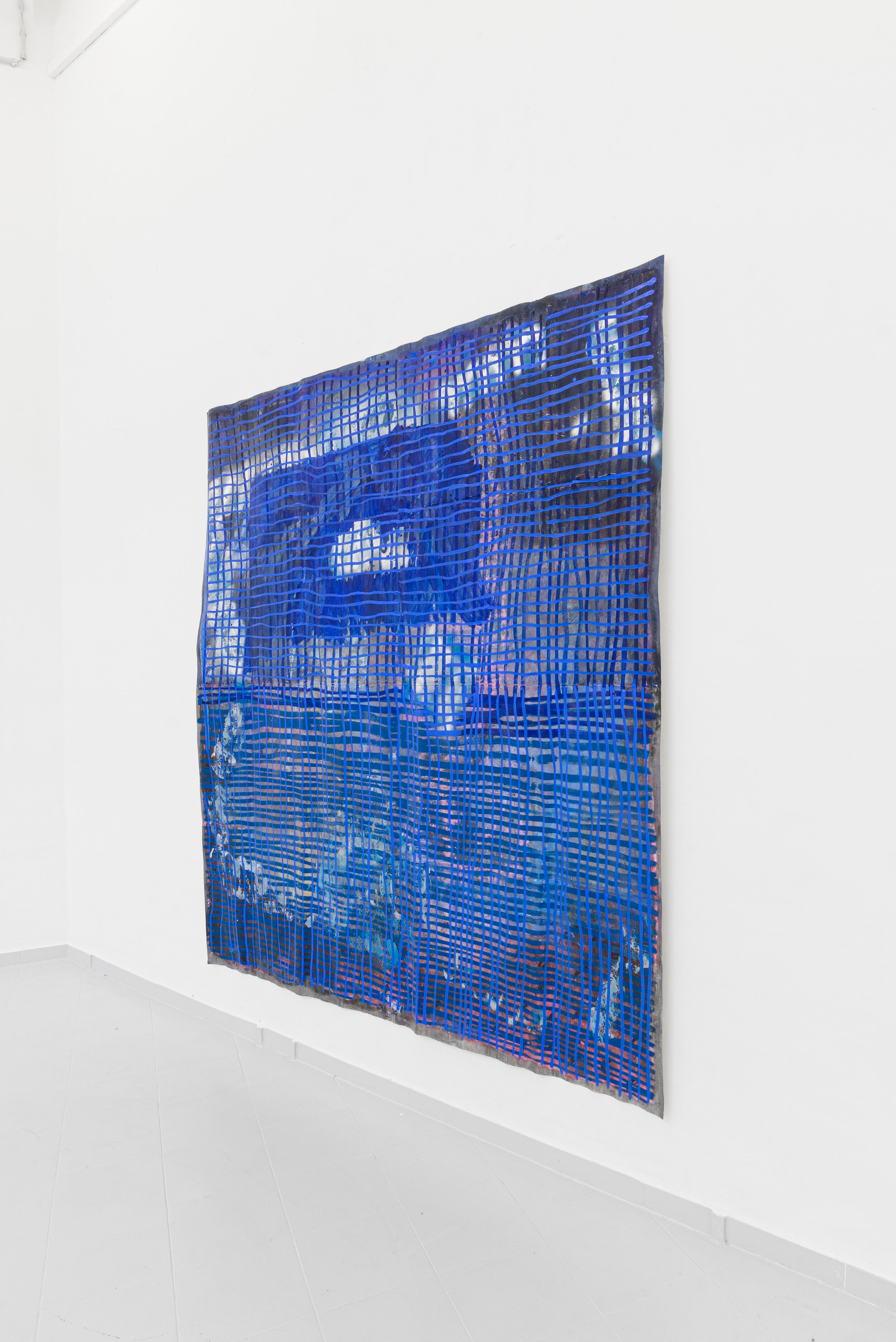

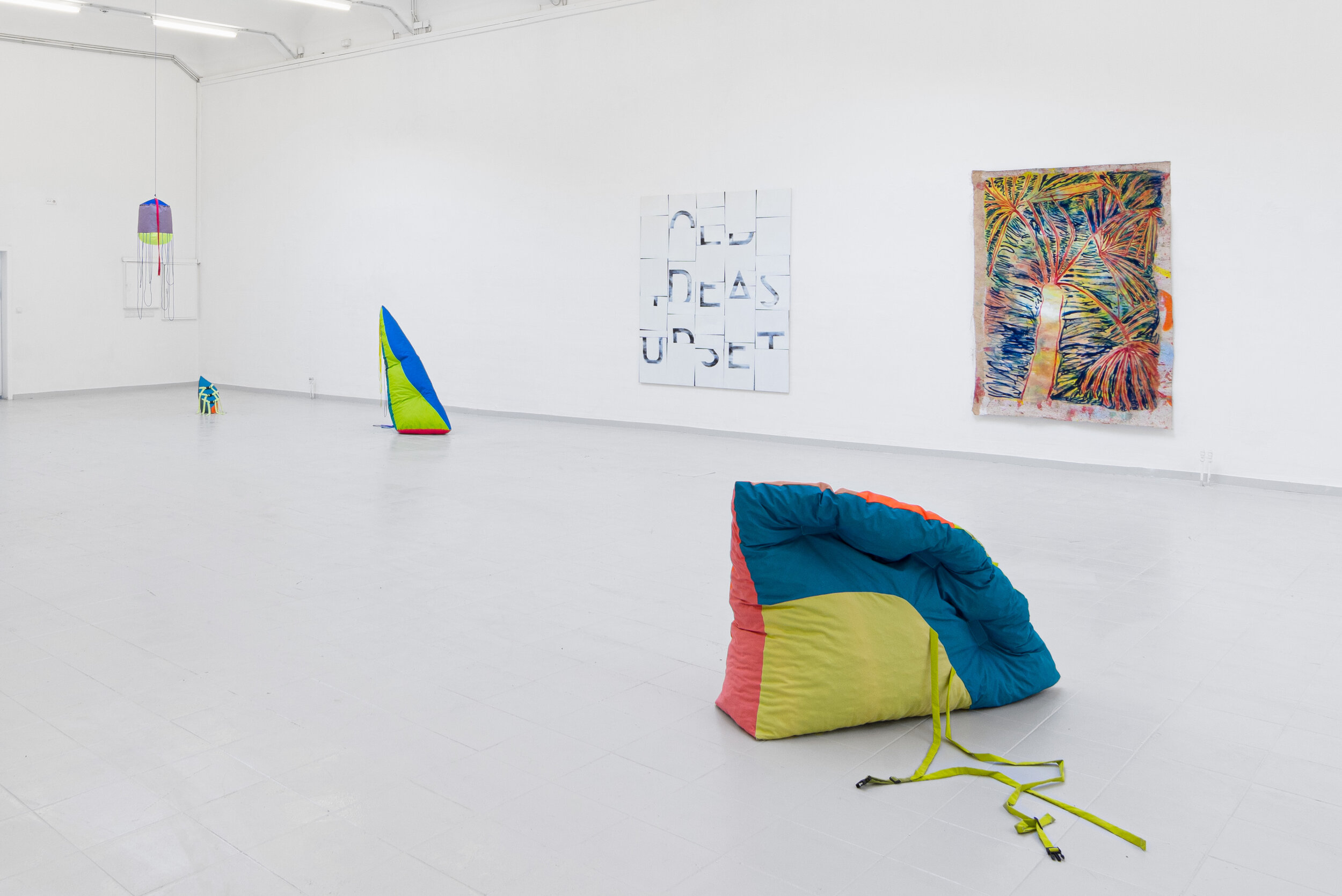
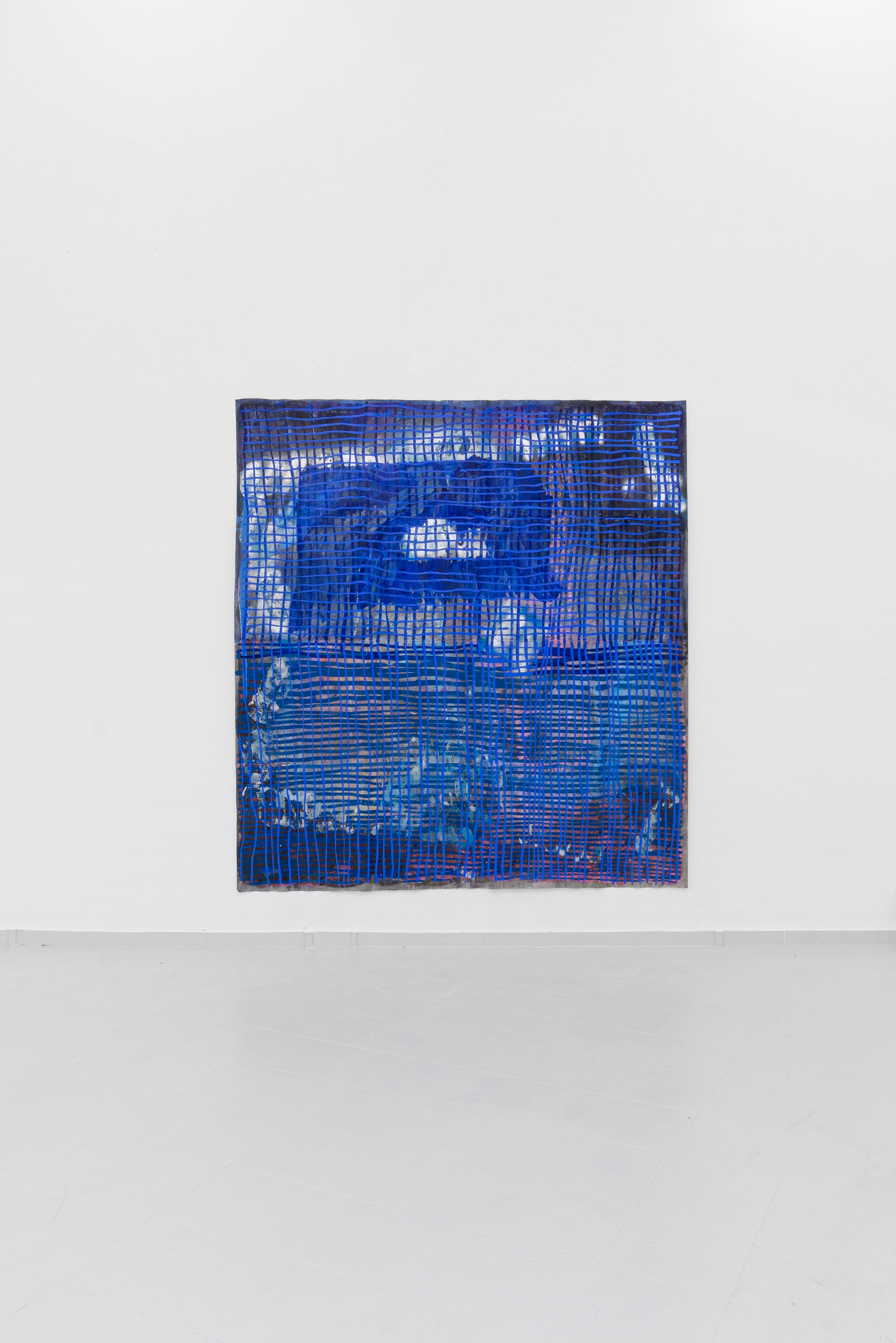
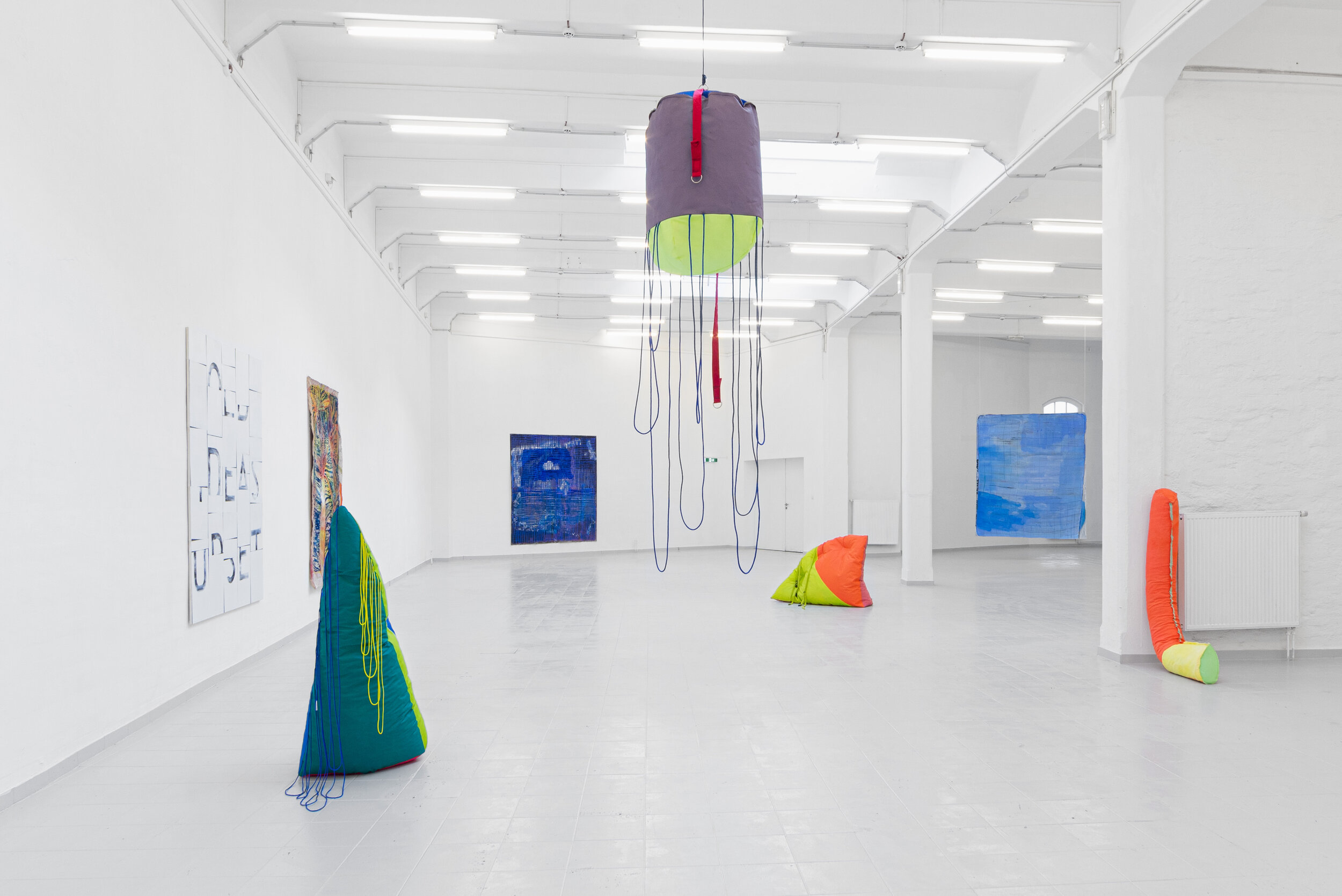
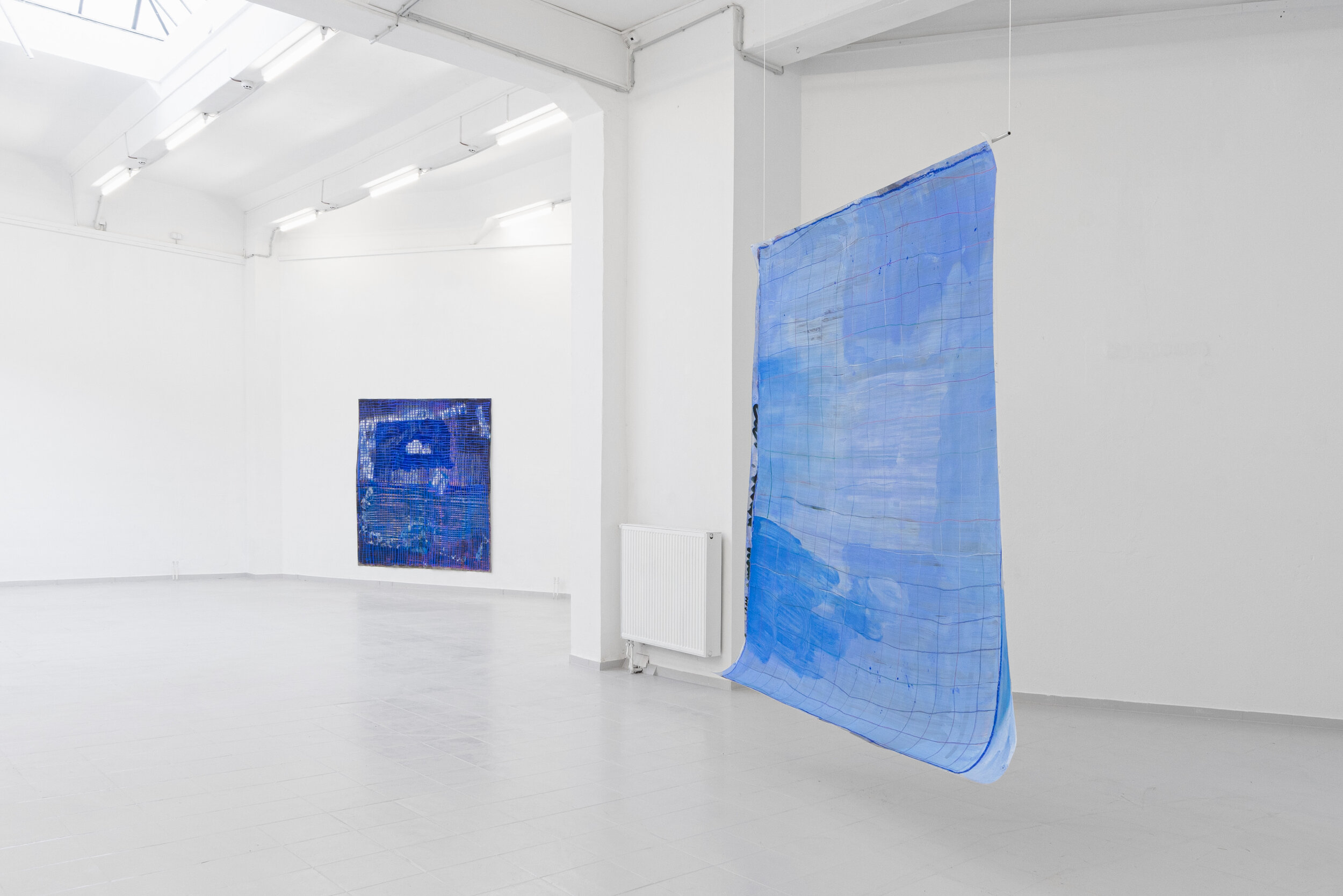
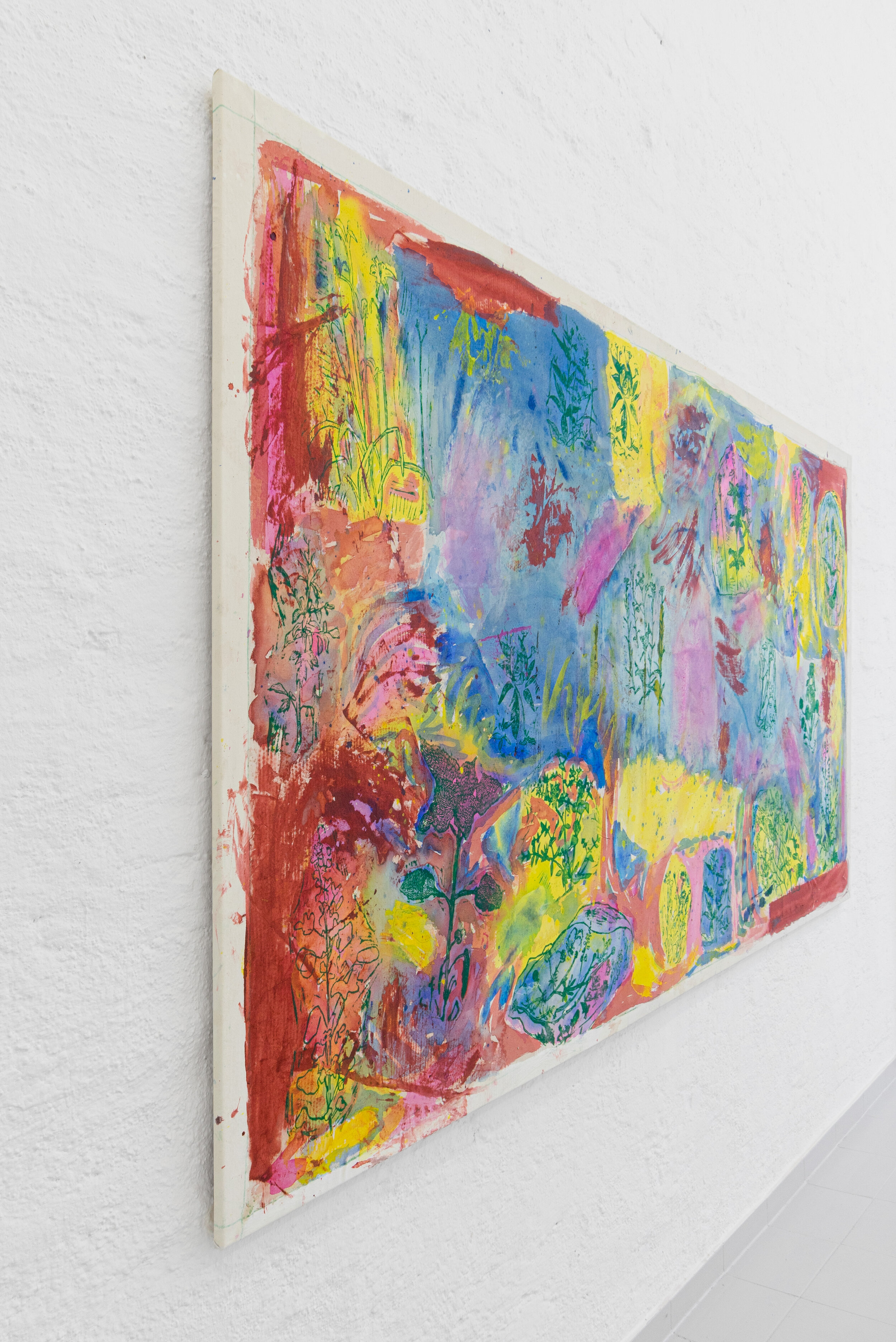
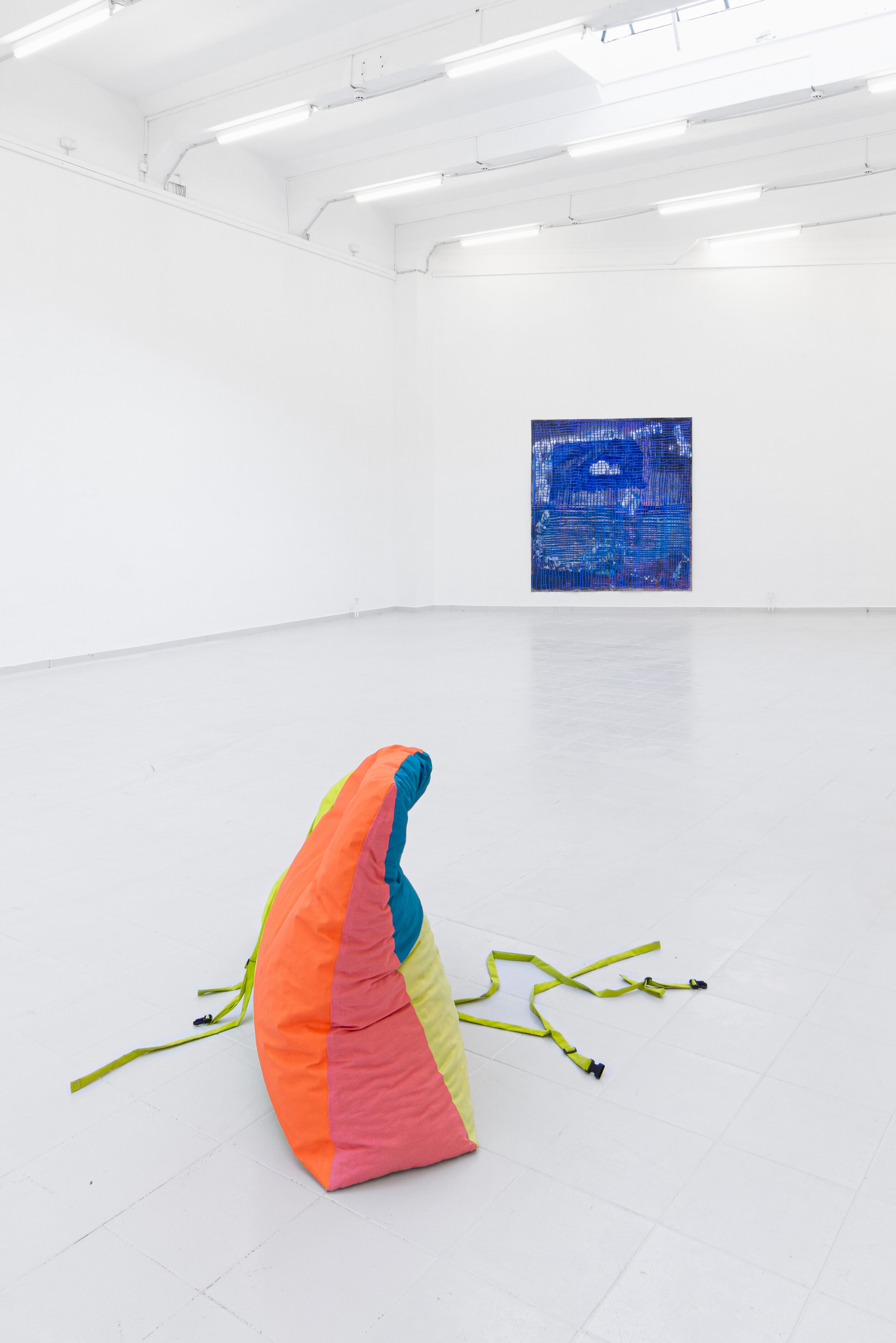
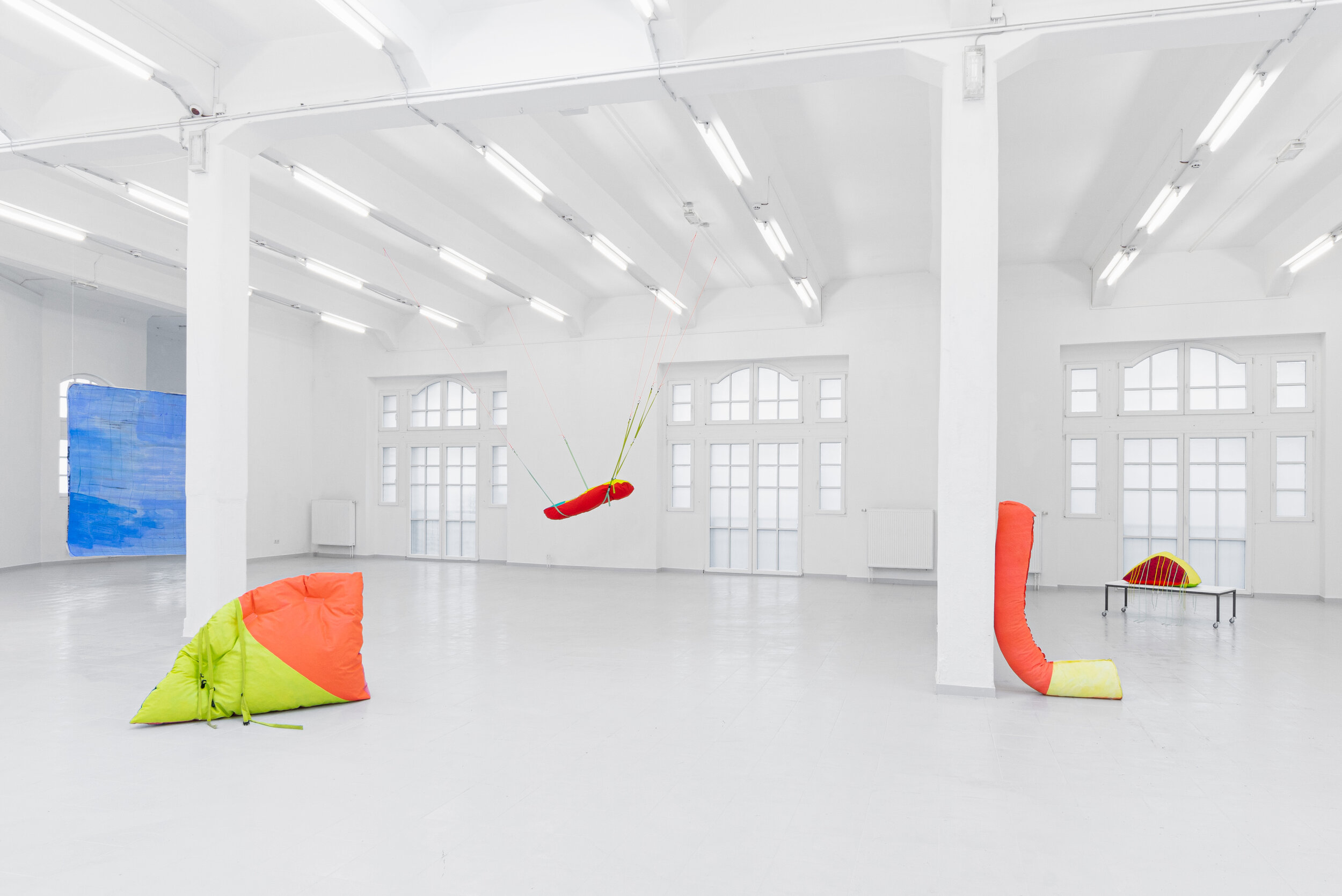
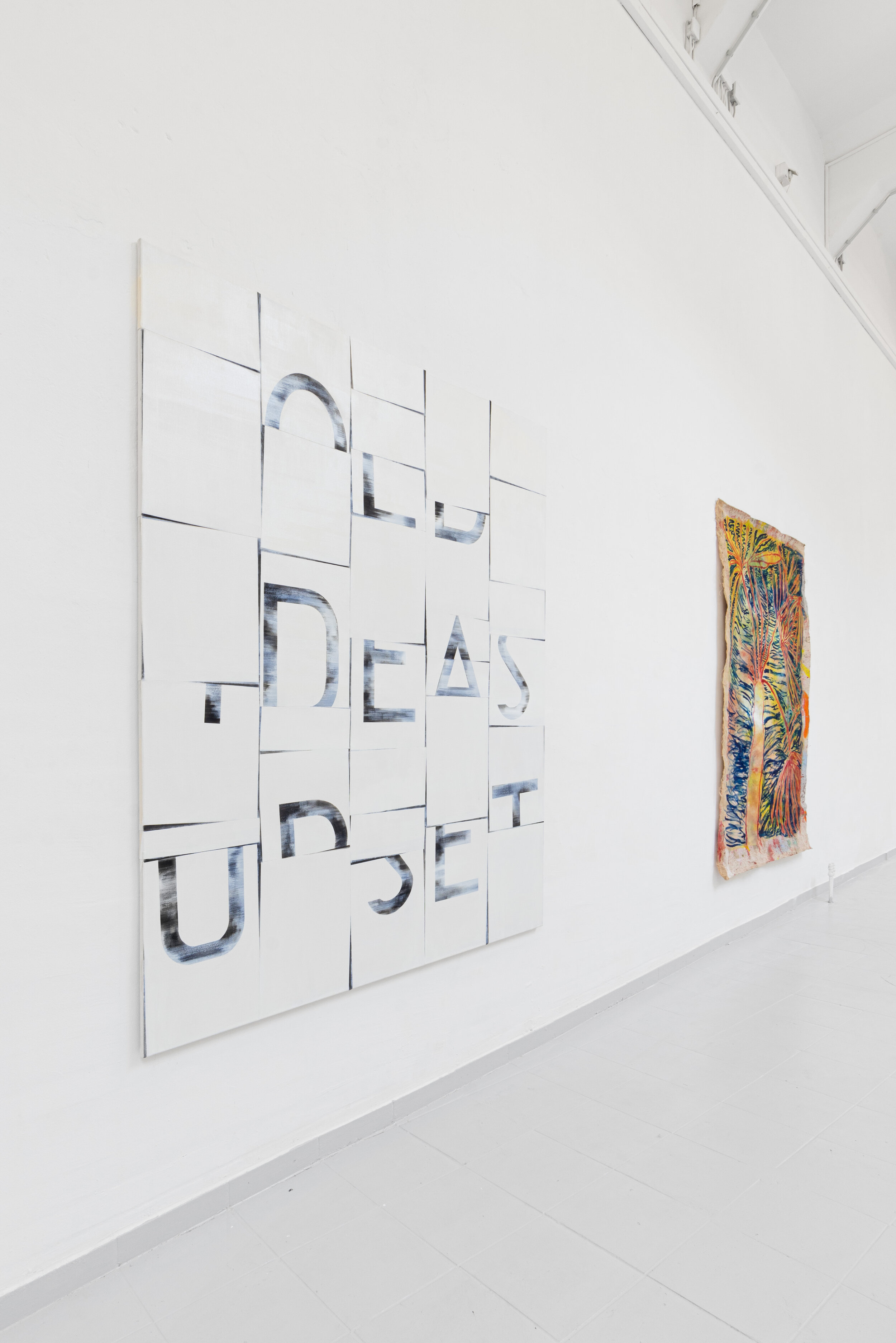
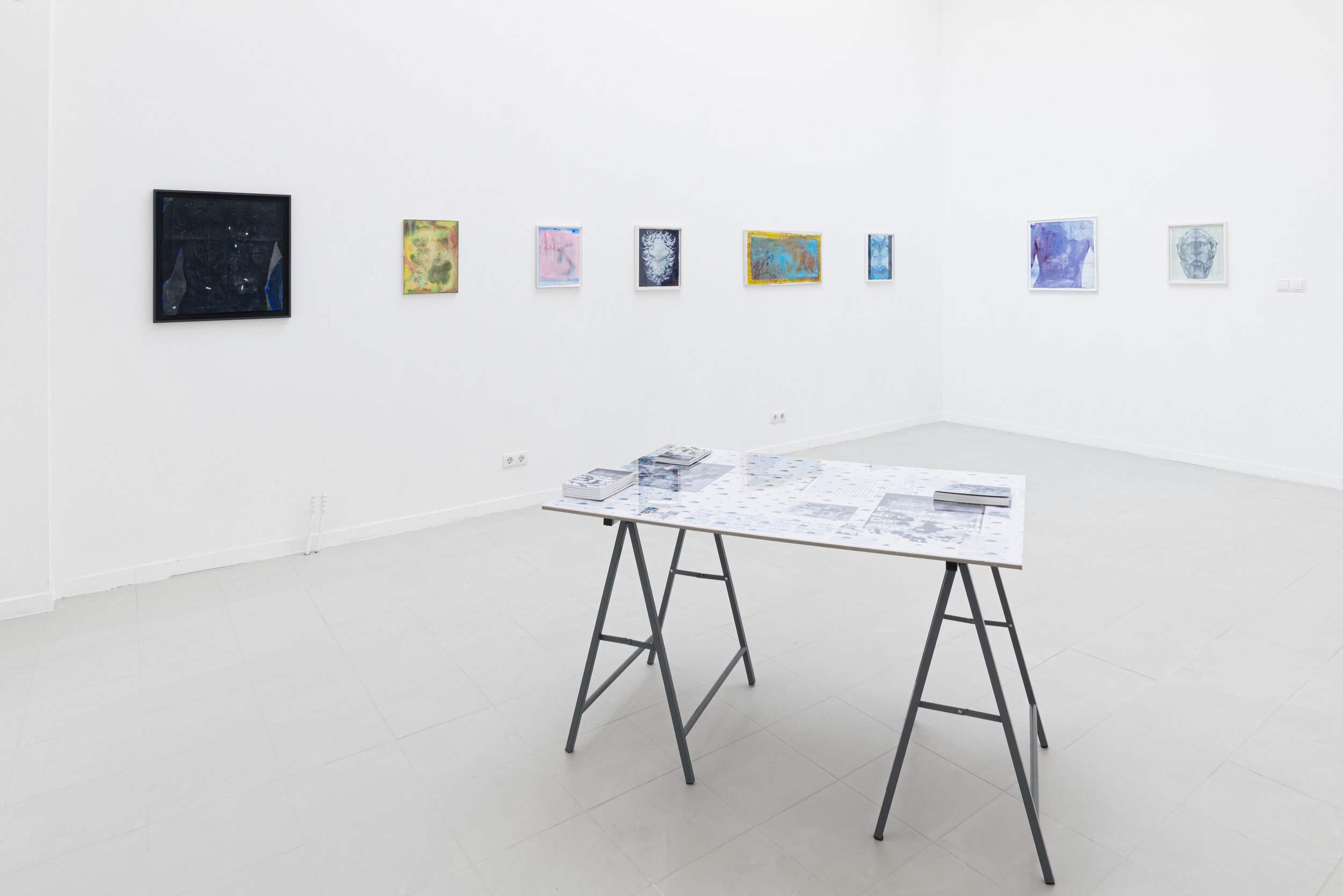
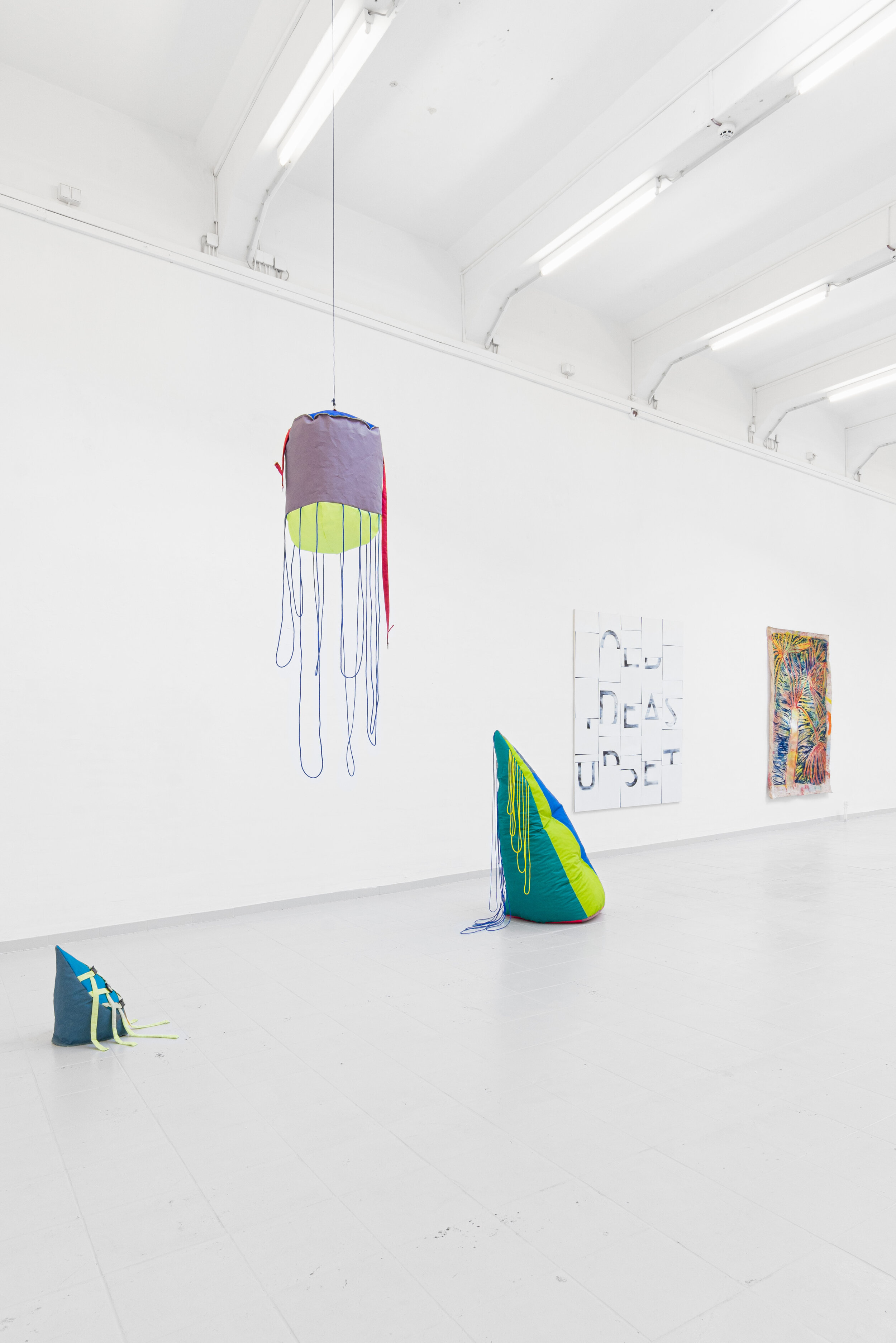
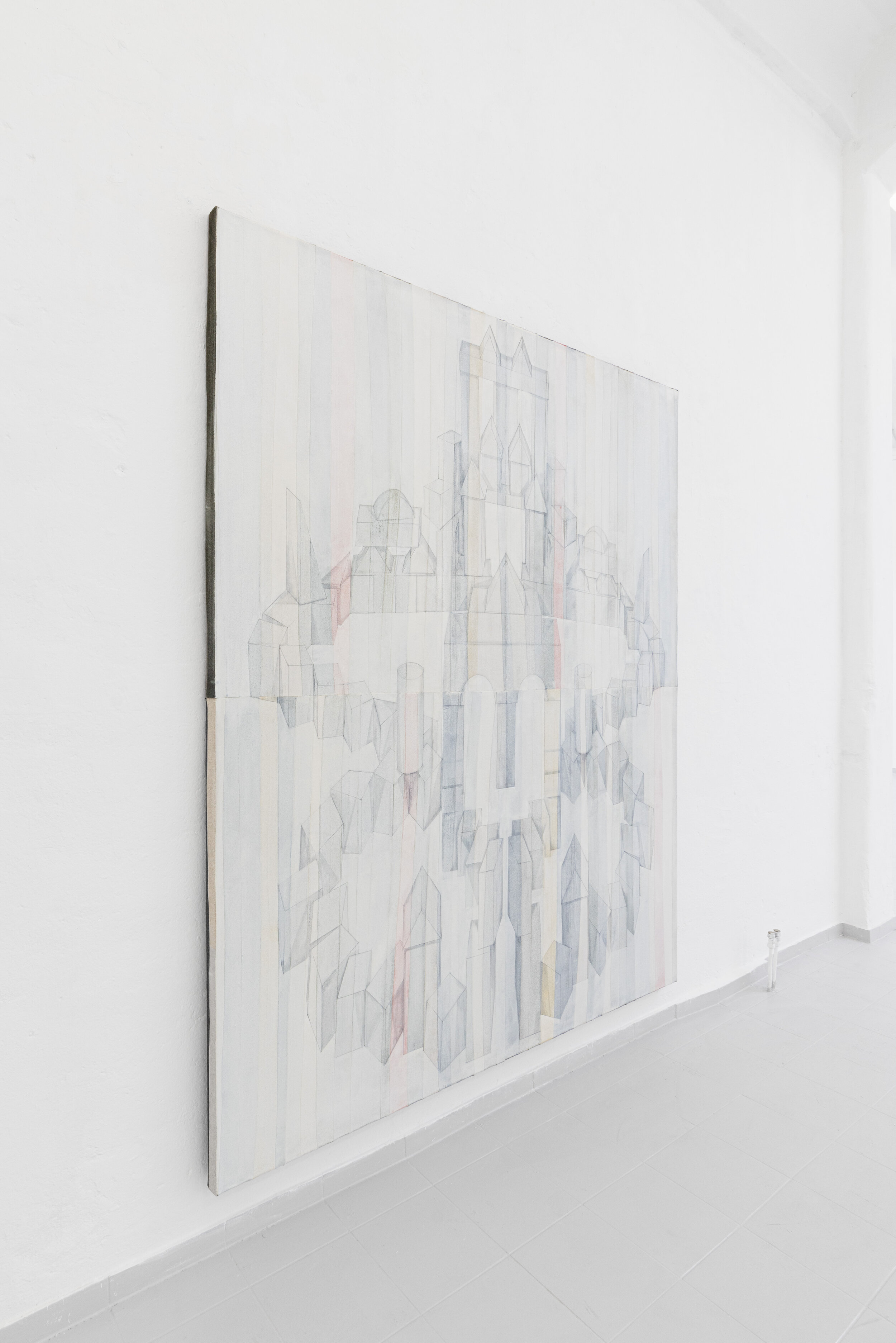
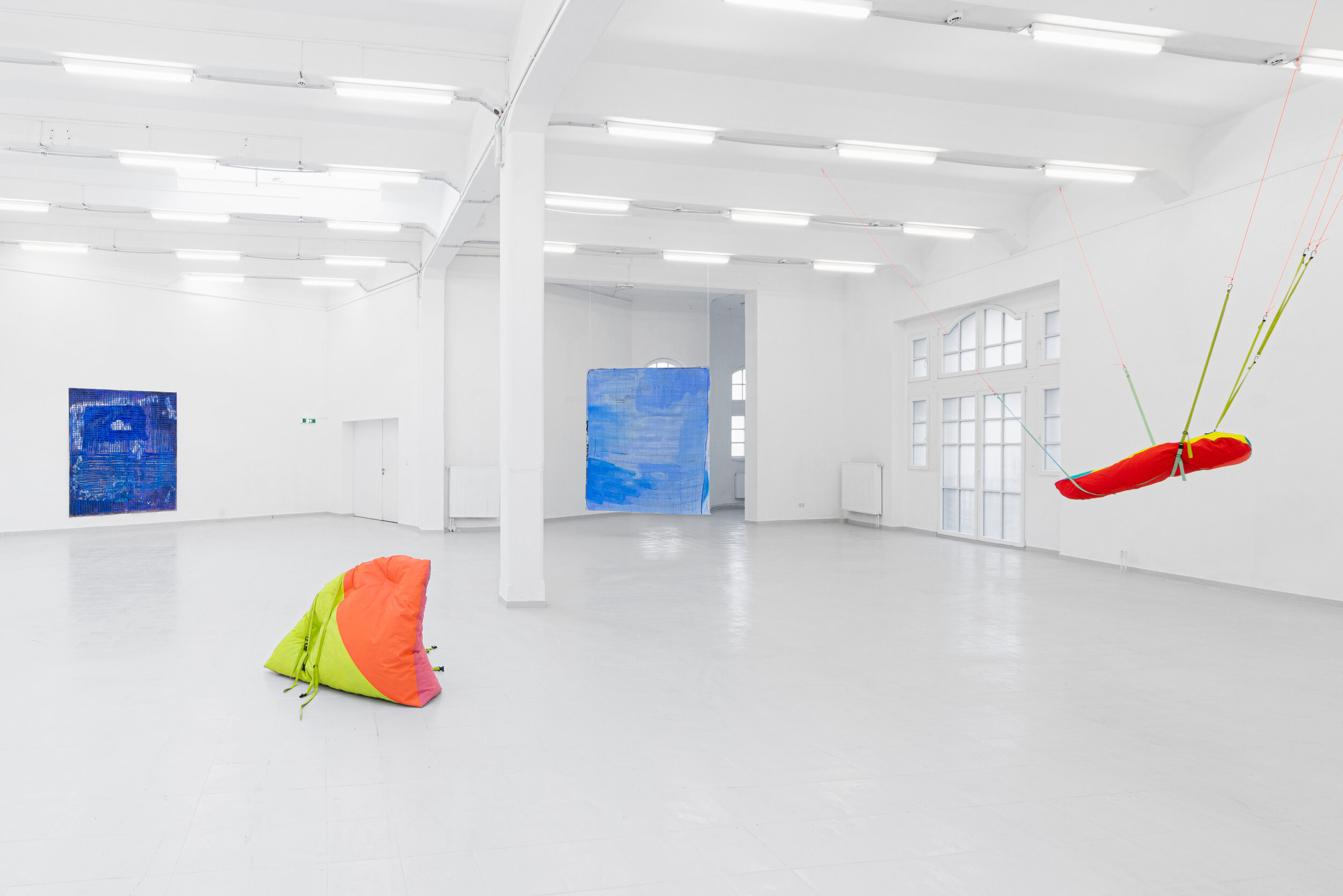

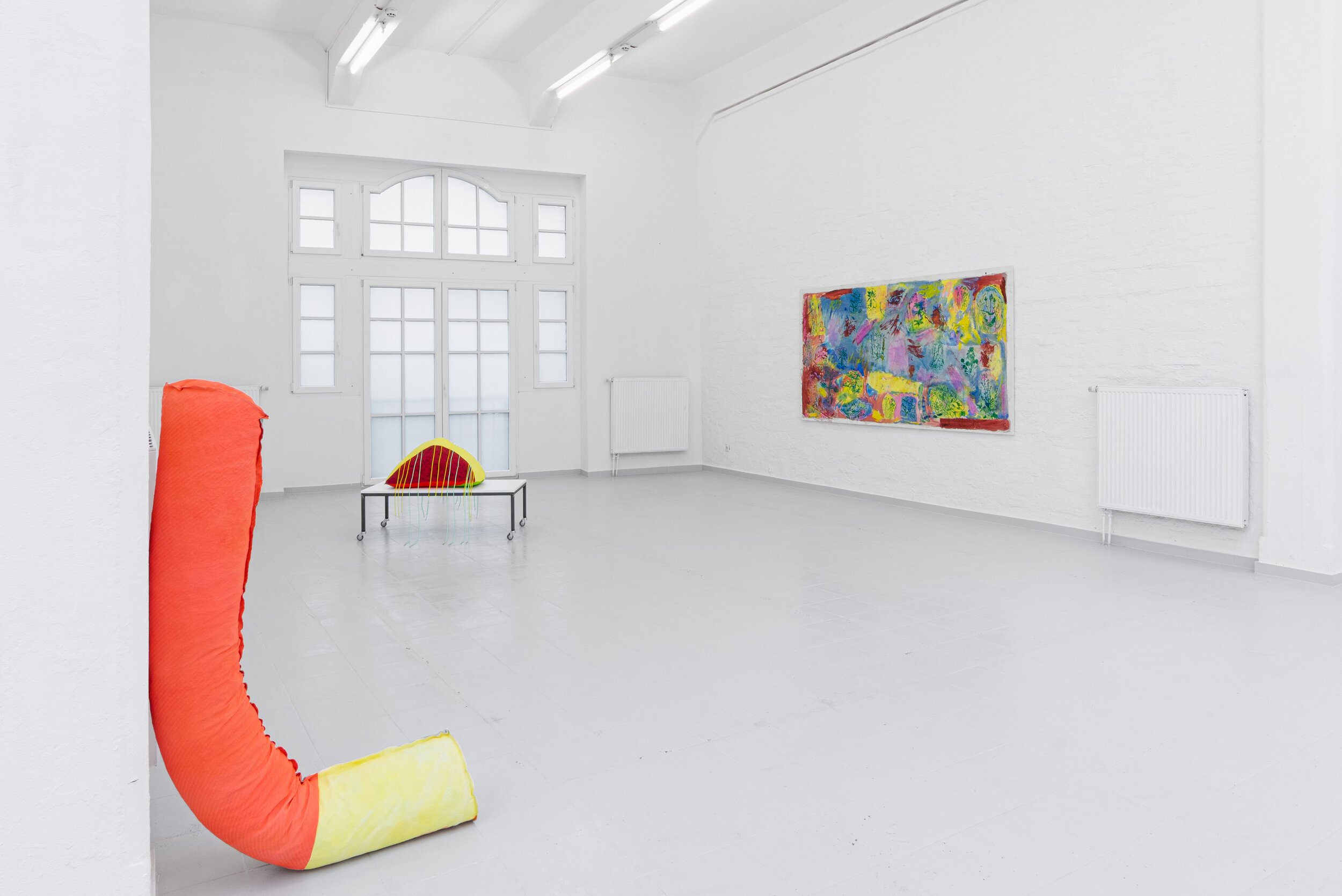
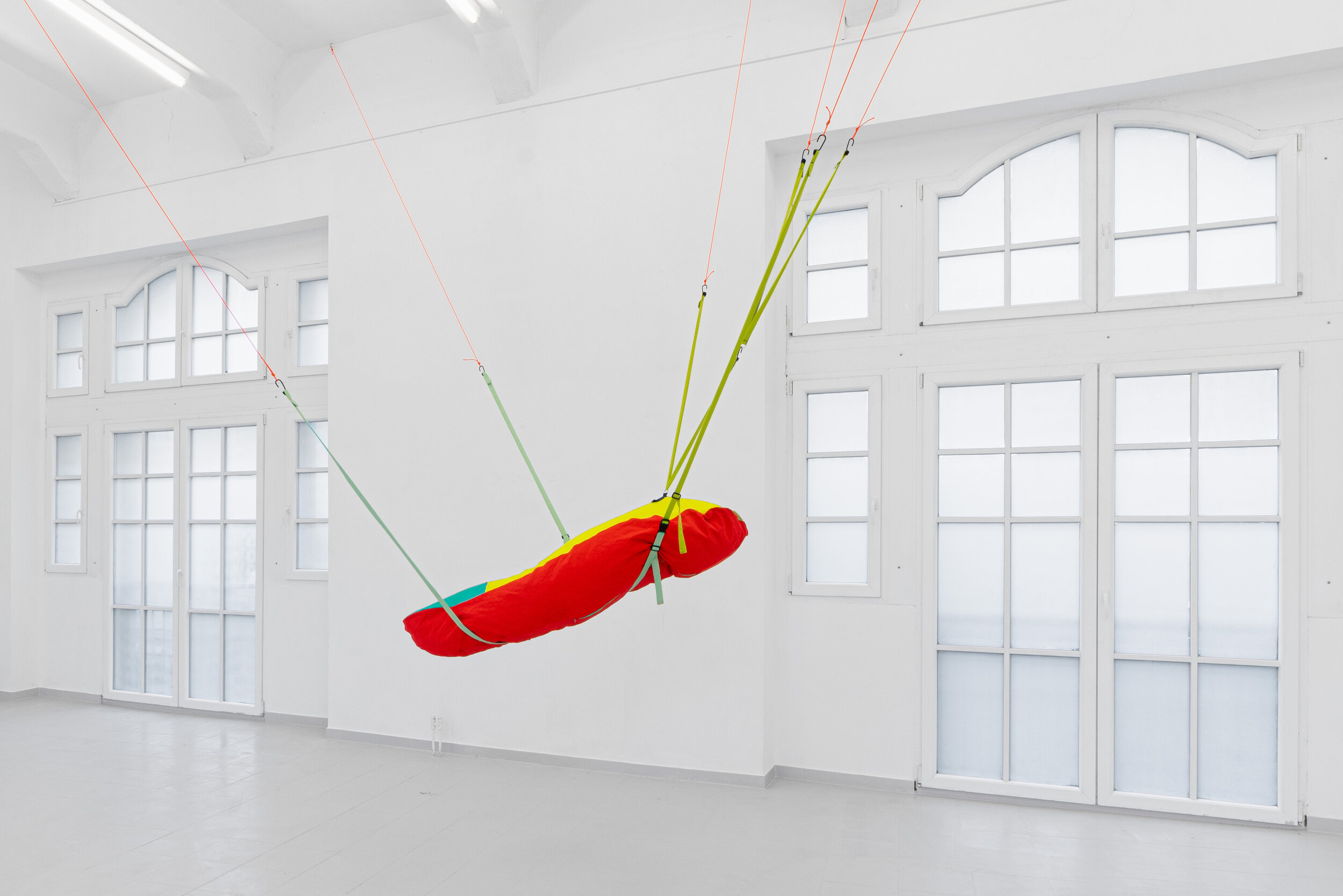
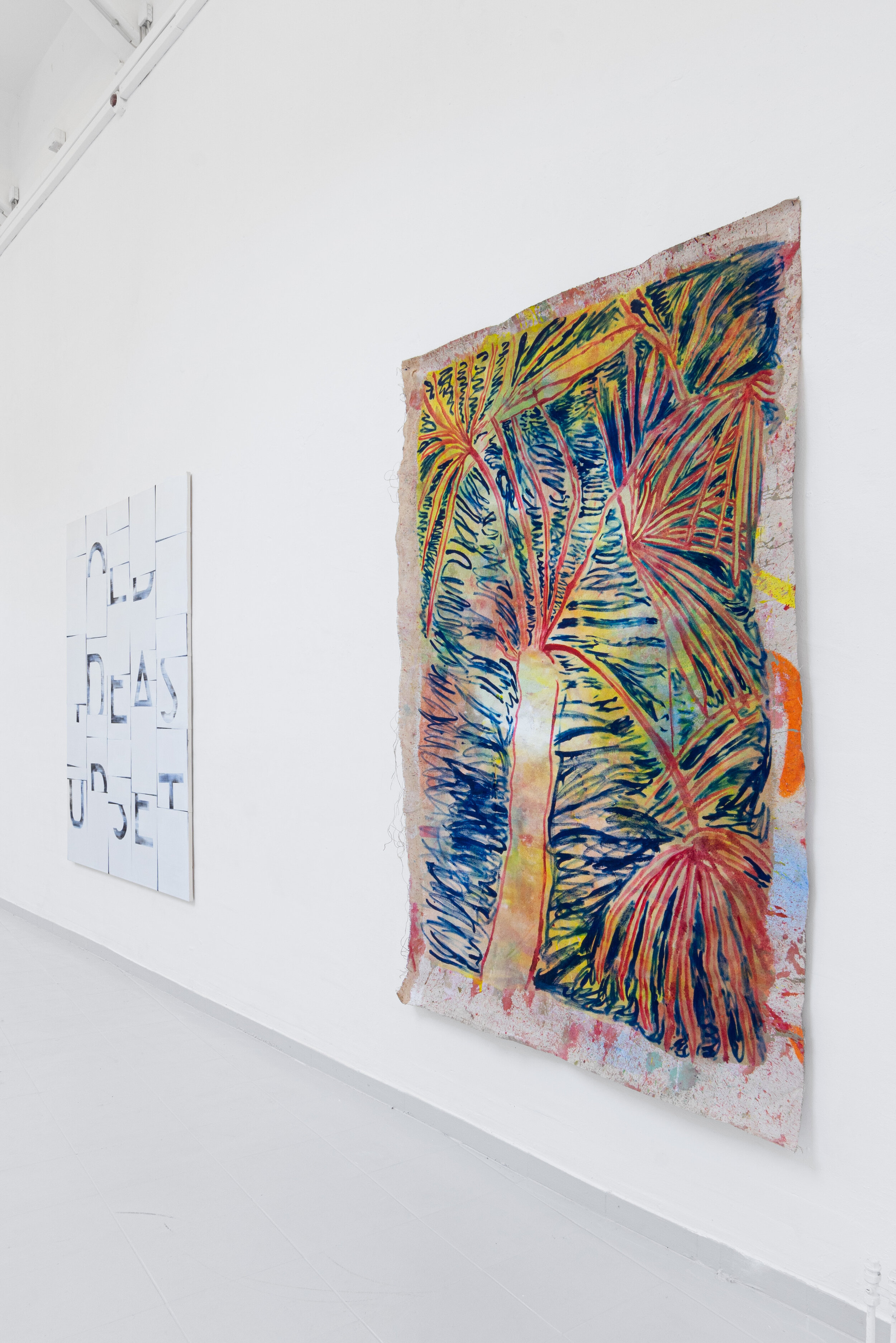
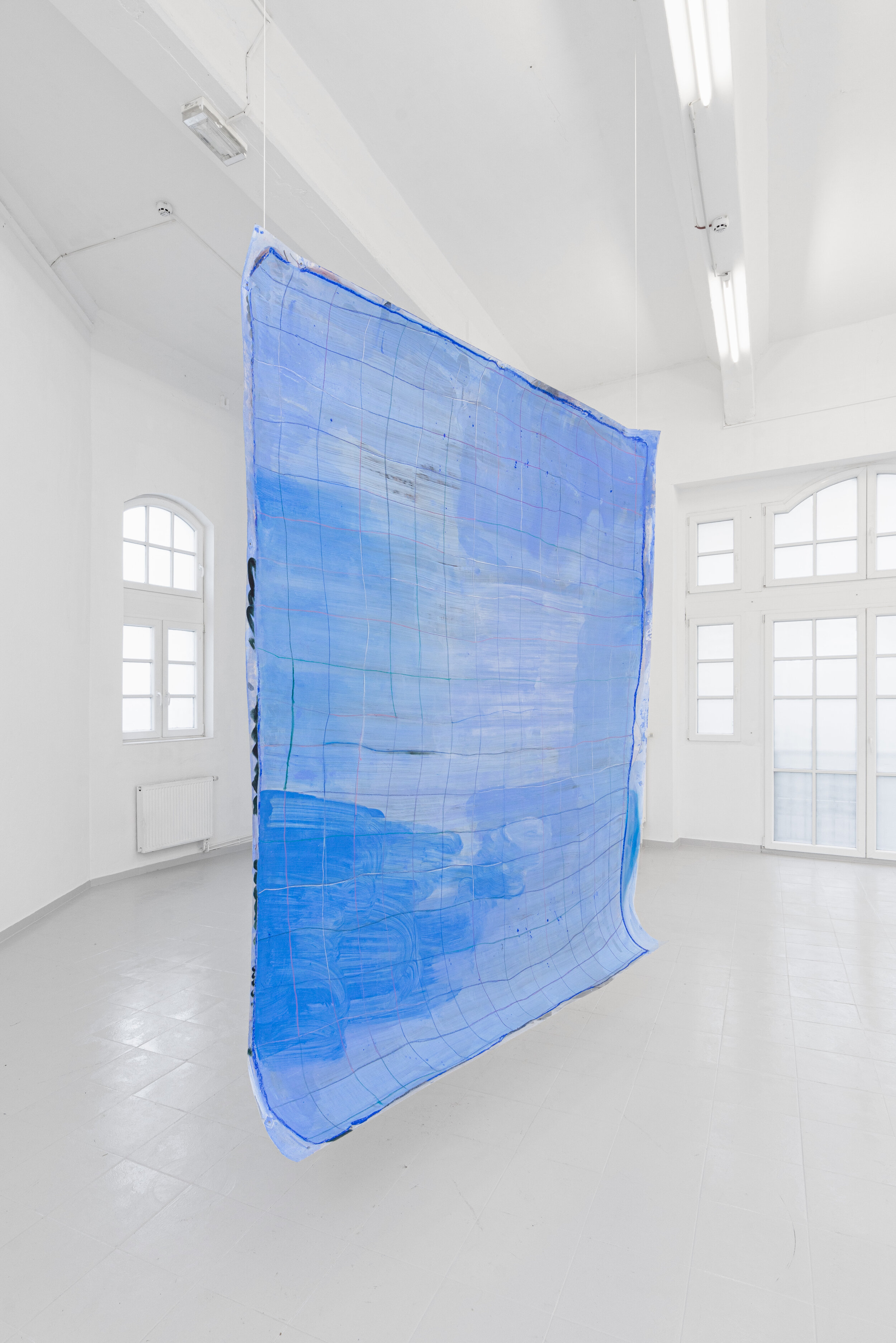
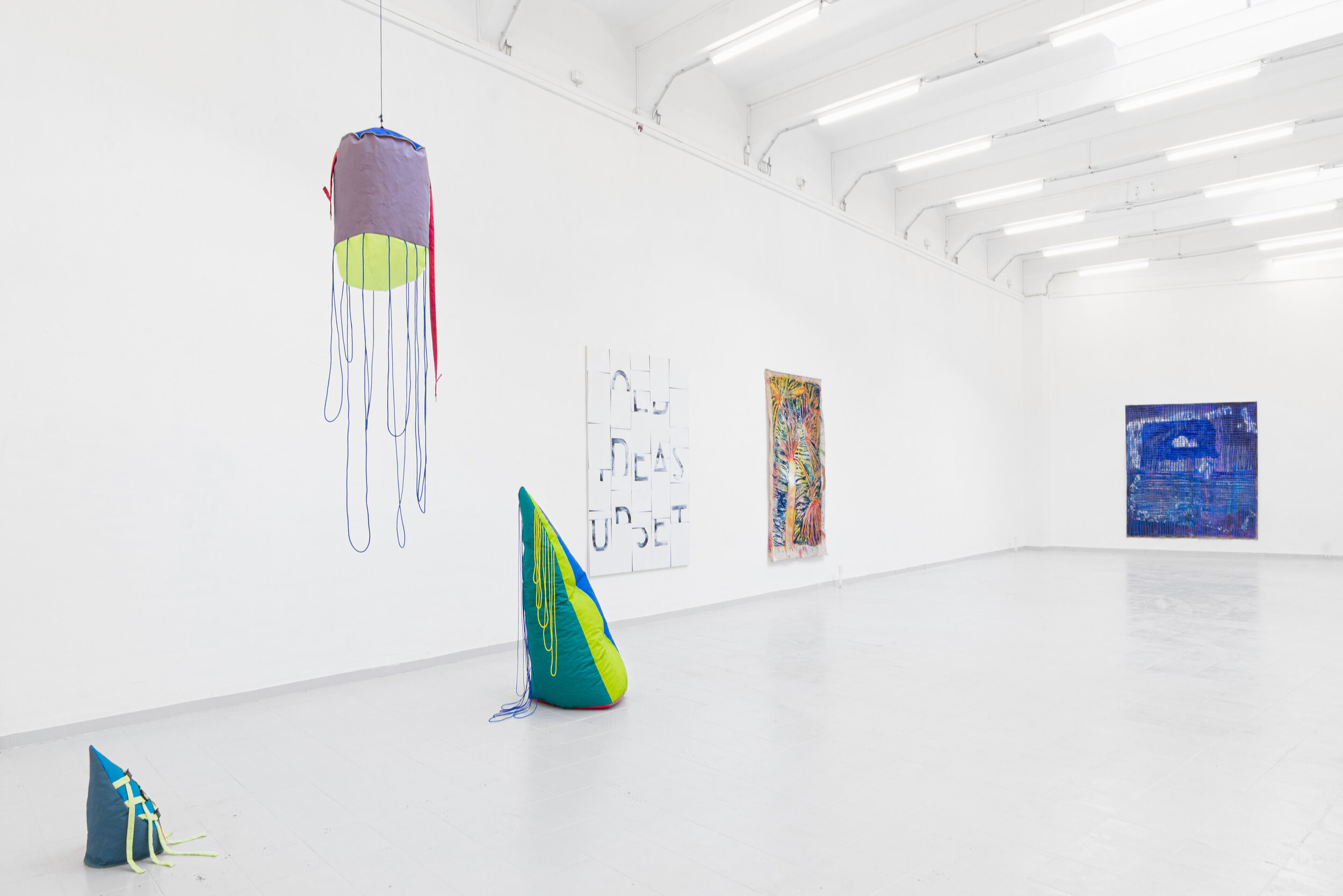
© Georg Brückmann
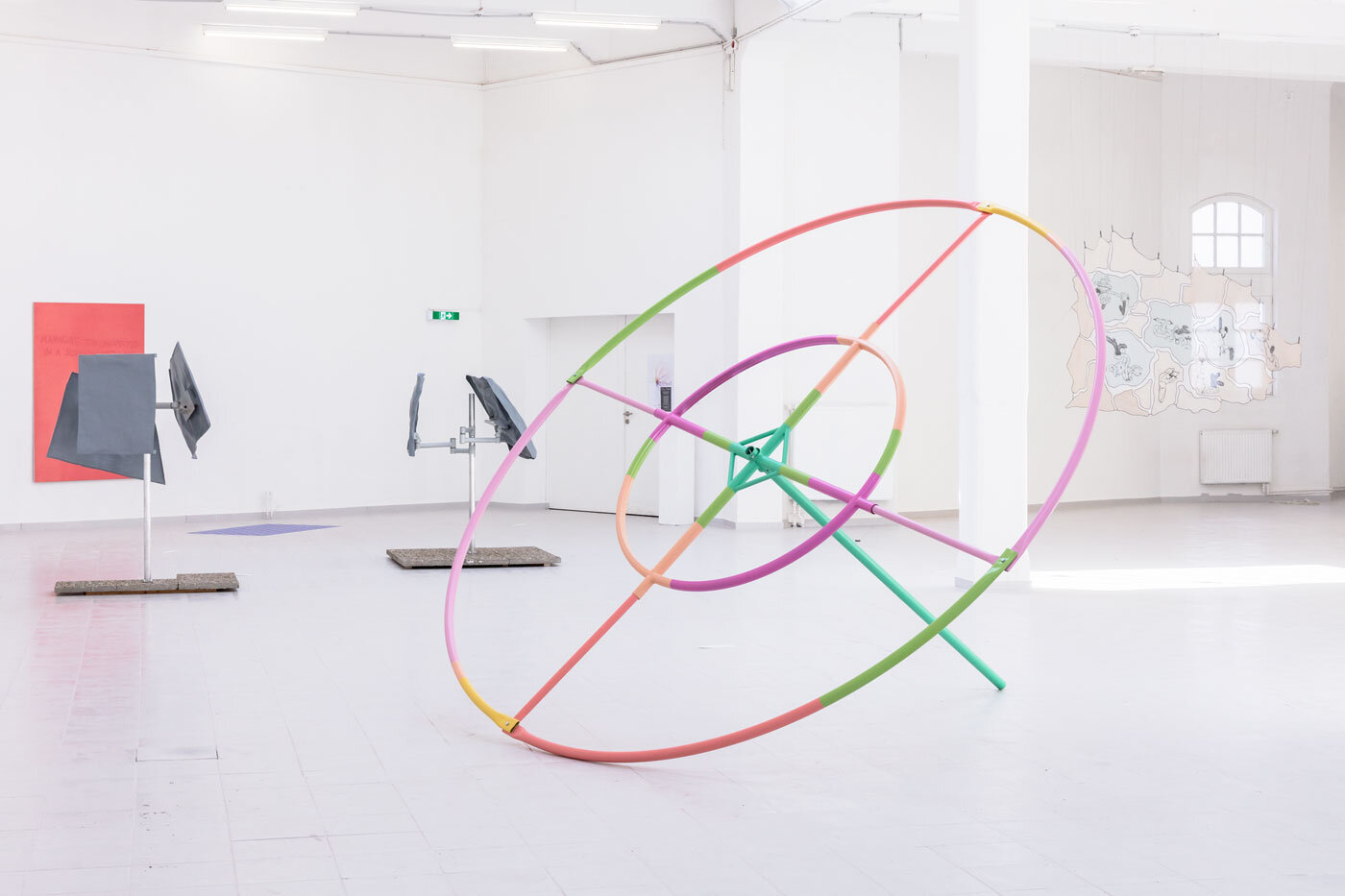
Informal City Park
Participating artists:
Mrs. Heba Mohamed (Cairo) Mrs. Rana Samir (Cairo)
Mrs. Sanabel Gabr (Cairo) Mr. Omar Abd El-Baky (Cairo) Mrs. Grit Aulitzky (Dresden) Mrs. Layla Nabi (Dresden) Mrs. Gabriela Kobus (Leipzig) Mr. Konrad Hanke (Leipzig)
Curators: Team StudioKhana:
Mrs. Iman Nabil (Cairo) Mrs. Huda Zikry (Cairo) Mr. Amr Amer (Cairo)
Exhibition views photographed by Gustav Franz.
StudioKhana for Contemporary Art is an Egyptian artist collective founded in 2012 with the aim of filling the gaps in the infrastructure of the contemporary art scene, promoting critical and educational needs, and providing various archival and educational materials for Arabic speakers. Over the past five years, the group has been committed to providing an open space for an independent program of study to support and facilitate cultural production and artistic practices across a range of disciplines and media. The focus is primarily on strengthening the conceptual and cognitive aspects of young artists and art students. In addition to organising and curating collective art exhibitions in collaboration with locally and internationally known and established artists, discussions are encouraged on issues that affect us in the contemporary world.
In her artistic work, project initiator and artist Gabriela Kobus moves between architectural, urban planning and sociological concerns, using different media.
Her focus is on the urban structures of megacities, especially the unplanned growth of informal settlements, shanty towns and slums that can be found in all urban centres worldwide. The formal aspects of a megacity as a huge, sprawling structure beyond human measure interest her just as much as the city as a foundation of social life, closely linked to the needs of its inhabitants.
With the term "amusement park", she picks up on the human need for distraction, escape from everyday life and pleasure - independent of individual circumstances.
Amusement park refers to an artificially created world of experience that forms a contrast to everyday life, while slum stands for everyday life under very specific circumstances. She sees the combination of "amusement park in slum" as an unwieldy field that raises questions about absurdity, pathos and dubious ideas of charity. In this way, she wants to open up an experimental thinking space in which contradictions and questions are to be illuminated and both thematic fields are to be explored.
What artistic considerations can be linked to this?
What focal points will the participants develop for themselves in their artistic contributions?
INFORMAL CITY PARK aims to develop into a project of many artists, bringing together participants from different backgrounds, countries of origin and age groups. After a solo exhibition in which she showed her first approach in the form of installation sketches at Lindenow #13 in Leipzig, she would like to continue the project in a next step with the now planned collaboration.
Both slums and the large-scale theme parks can be seen as systems in which large crowds of people move around in a limited space. In the informal settlements, the spatial and economic manifestations appear structureless and the people left to their own devices. In theme parks, the space is in some cases regulated down to the smallest detail in terms of design and economy, and the crowds are carefully controlled.
Often these systems are located in the periphery outside the urban infrastructure. Demarcation plays a more or less obvious role.
A look at amusement parks in different neighbourhoods within cities can also be interesting. With changes in the structure of a city, questions emerge about changes in existing amusement parks, for example from formal to informal. How does this affect the structure of the space and the psychology of the people who interact with it? What changes in function follow the change in form and to what extent does a hybrid space with new functions emerge at the edge of these amusement parks?
Cairo
For her artistic work, Cairo represents a highly interesting city. Overall, all facets between luxury and slum are present in Cairo. The rapid growth of the megacity manifests itself in diverse processes. In the city centre, countless building projects are being implemented, while at the same time entire neighbourhoods are becoming orphaned or decaying, including the centrally located "Old Cairo". It can be observed how informal settlements and slums are being demolished on a large scale; as a result, new slums are growing and existing ones are becoming denser. Some resettlement program are being implemented. In the outskirts, there are huge housing estates in various stages of construction, shell buildings dominate the picture. The largest new construction project in the Cairo metropolitan region is "New Cairo" and is to be understood literally: A new planned city. Many of the neighbourhoods with villa-style houses are already occupied, commercial complexes and shopping malls have opened.
During her last stay in Cairo, she met with the invited Cairo artists and the StudioKhana team. She presented the venture and initial thoughts on the subject were exchanged. Sympathy and curiosity moved them to further meetings, they talked about personal and cultural issues.
Further information can be found here.
© Gustav Franz
